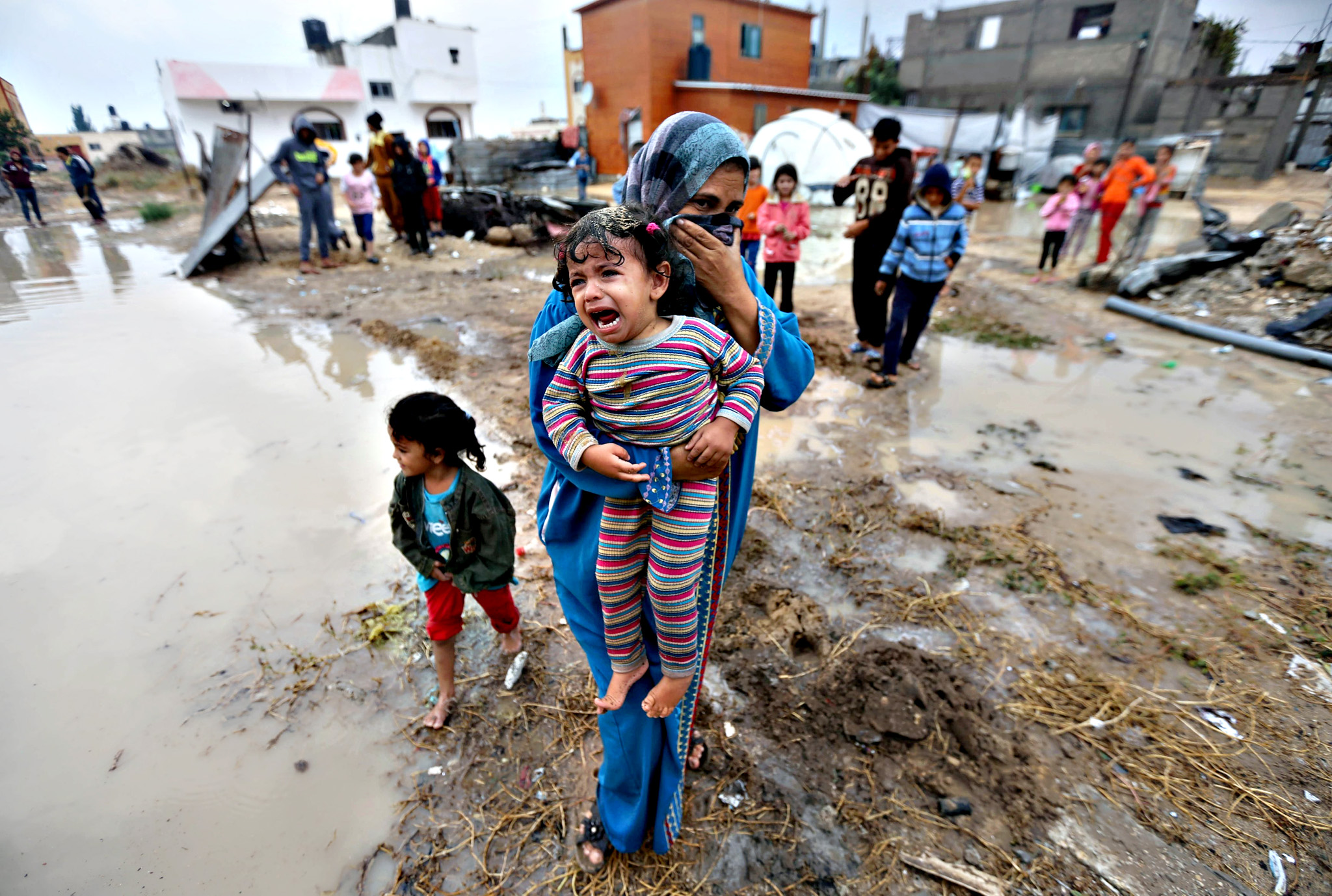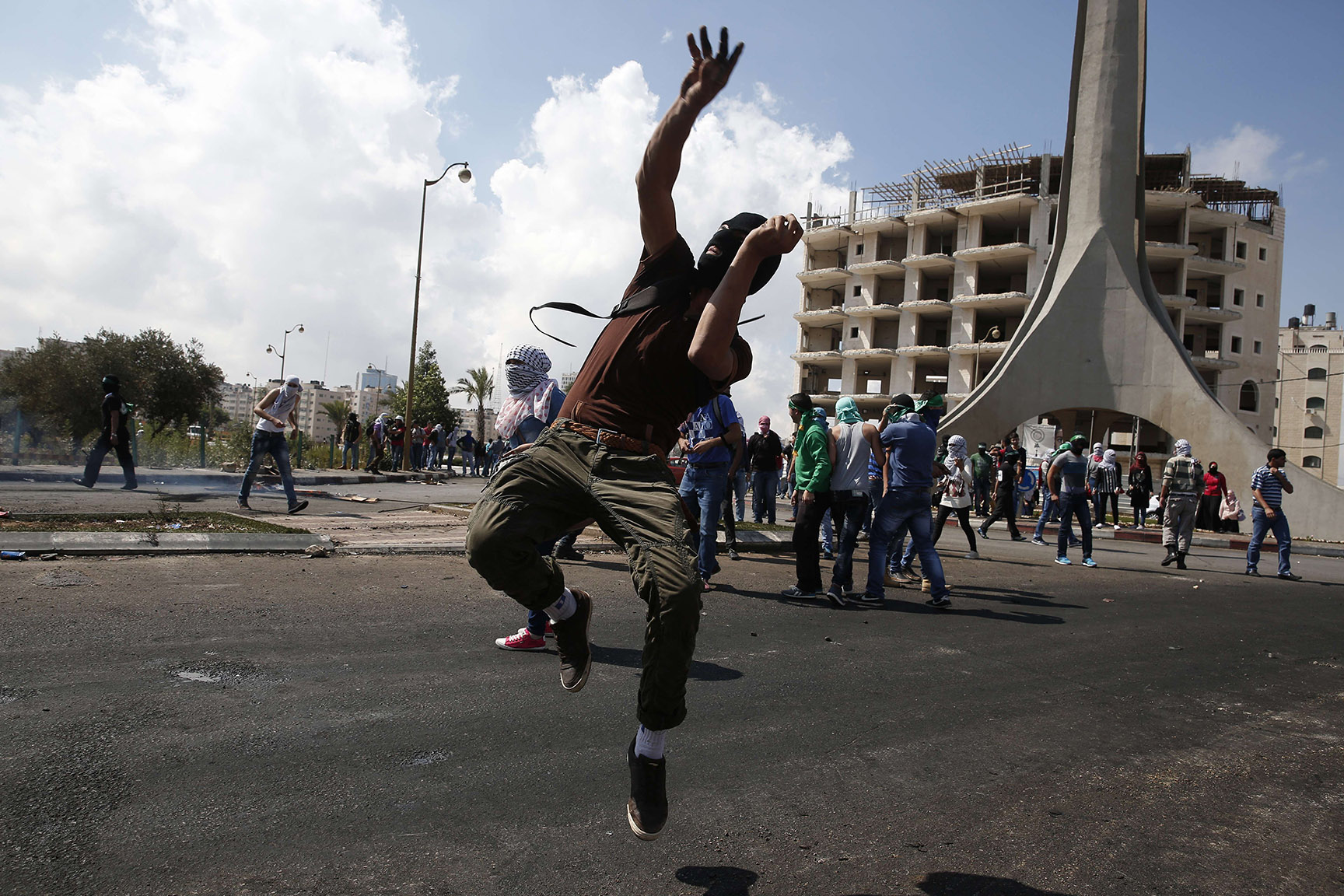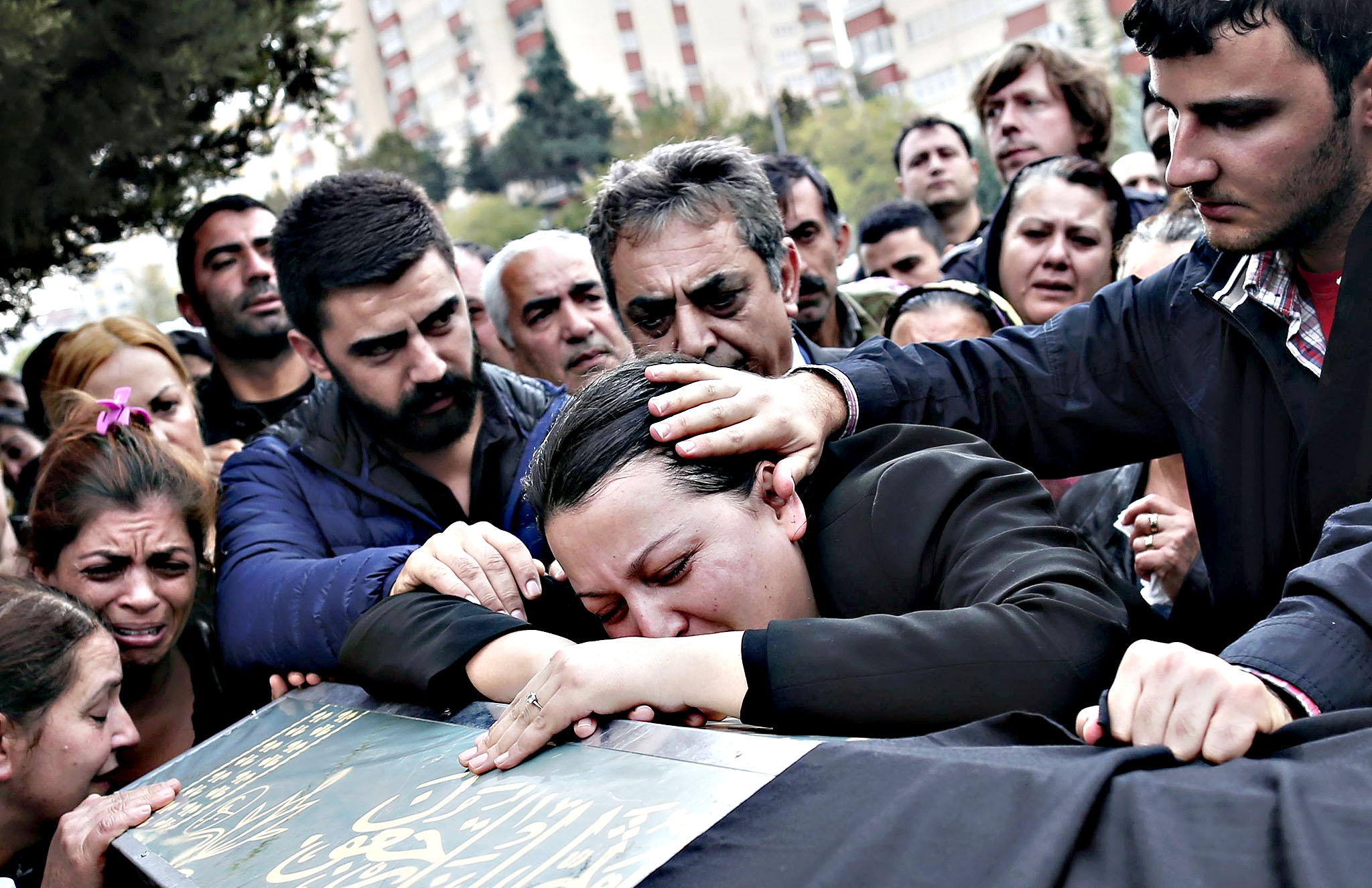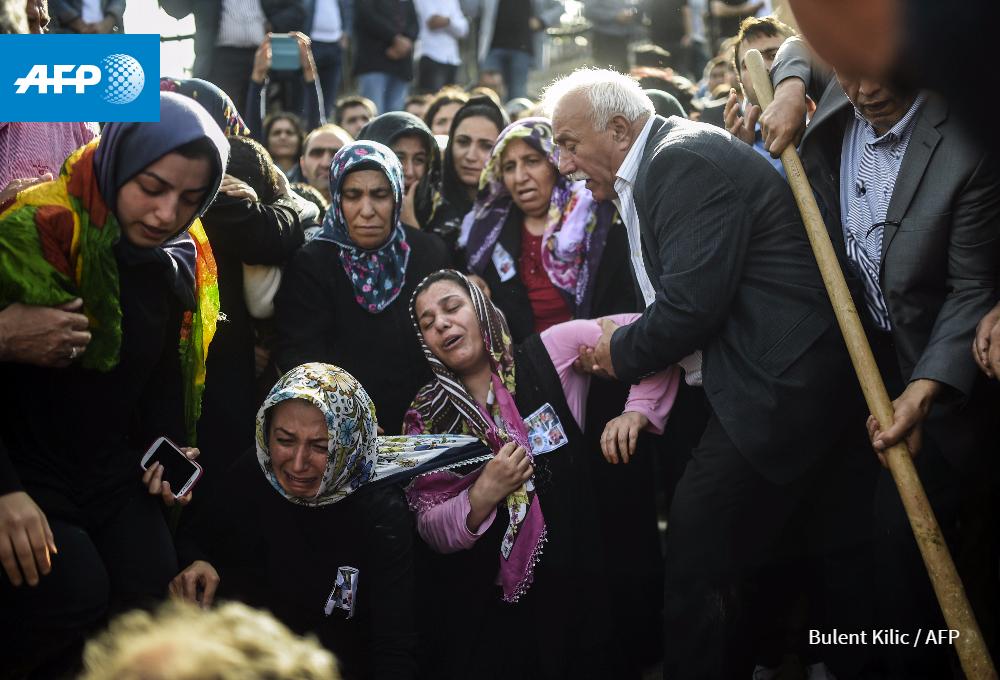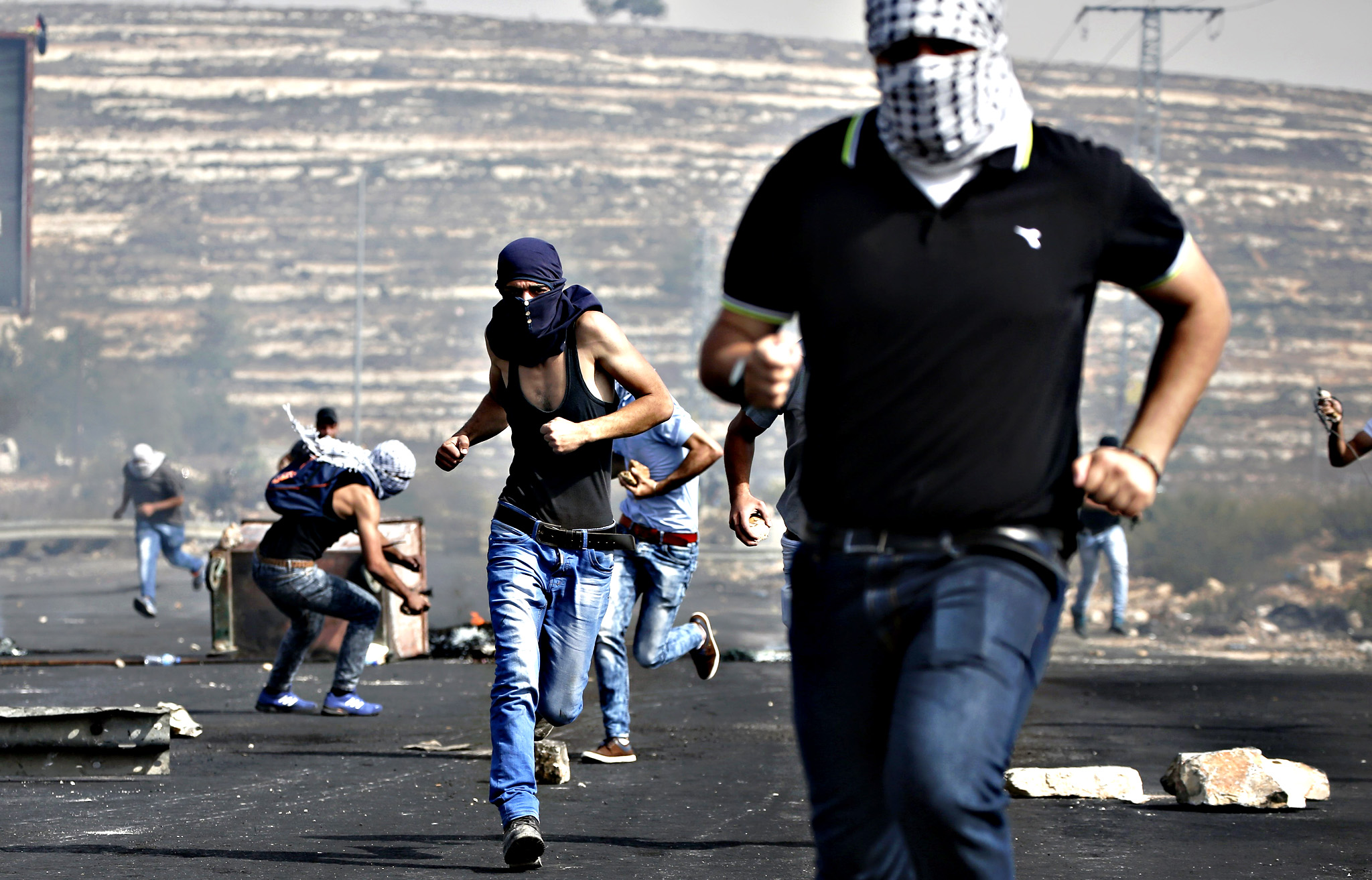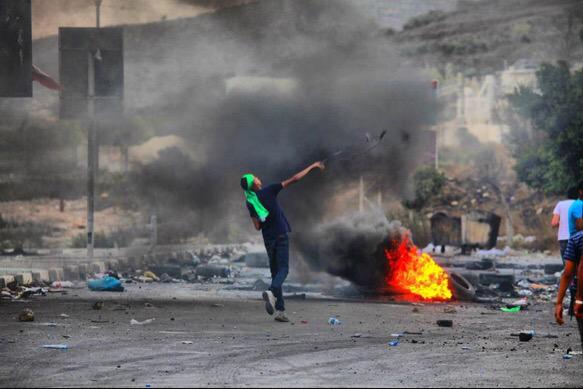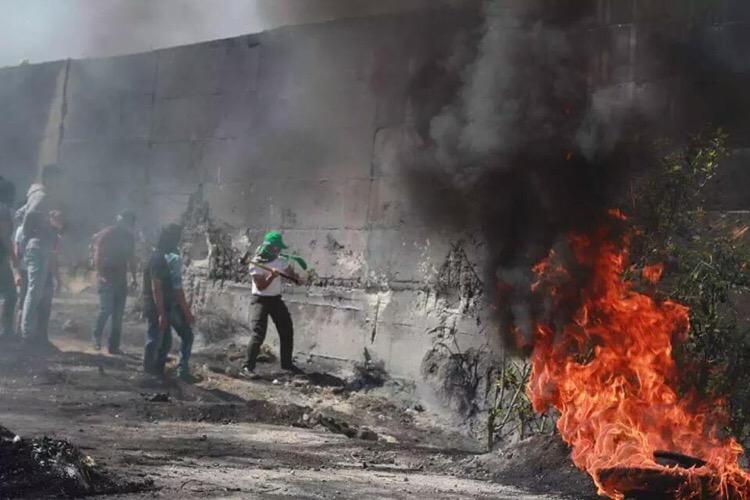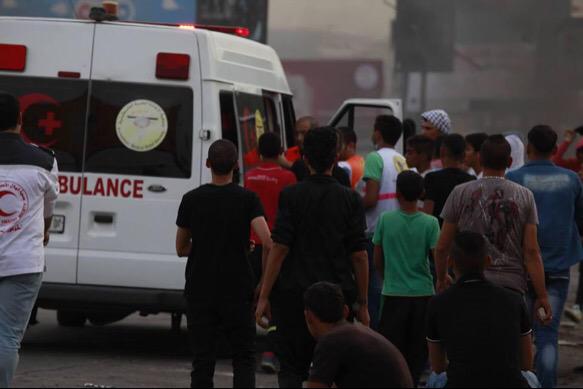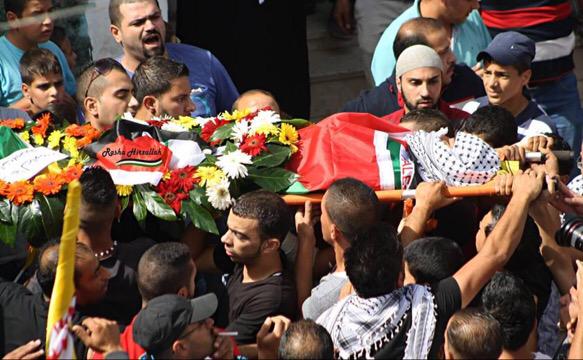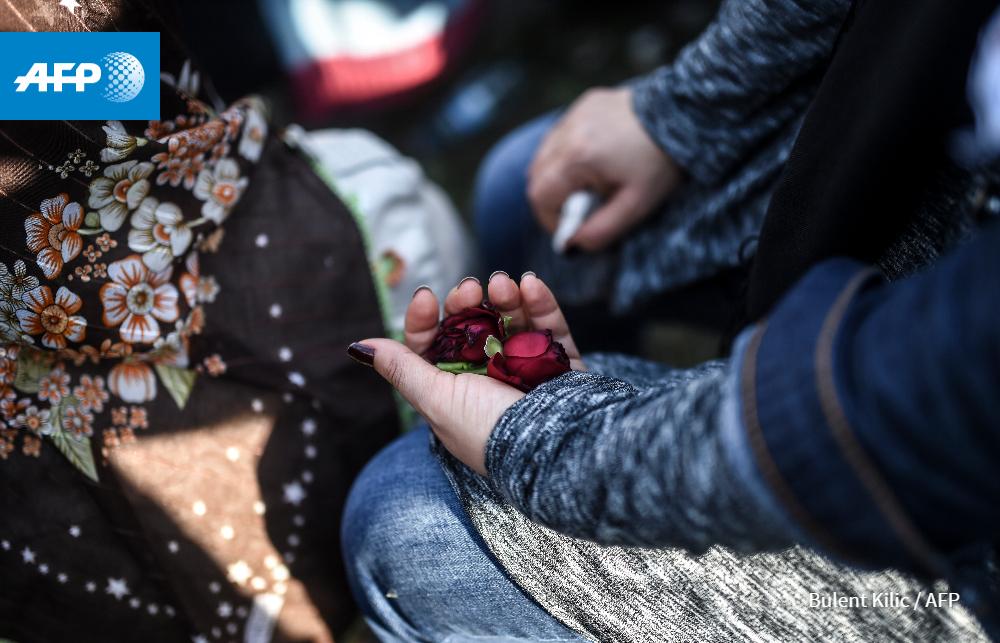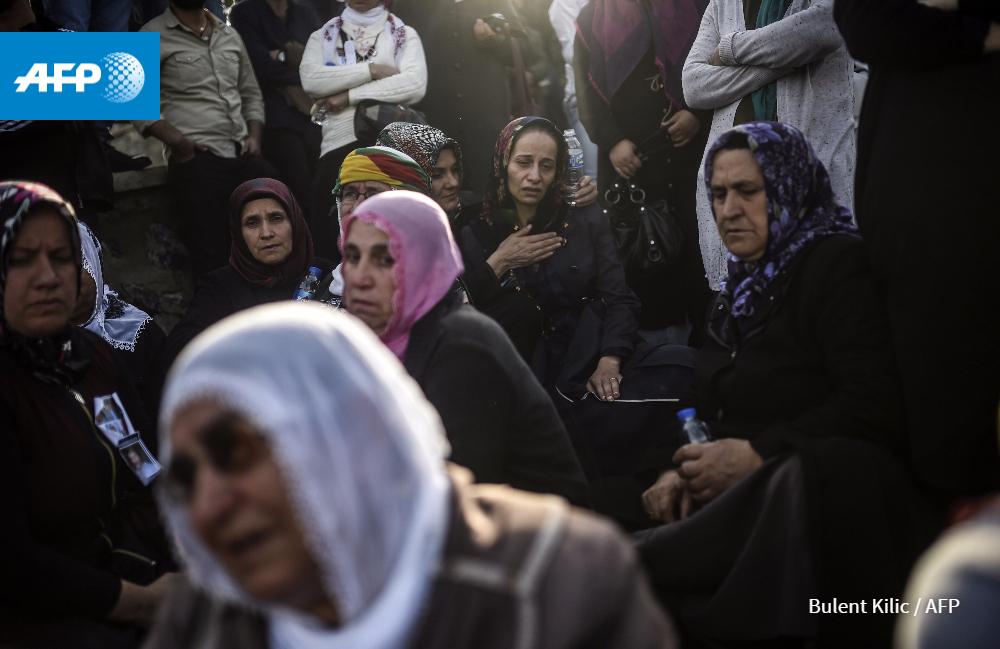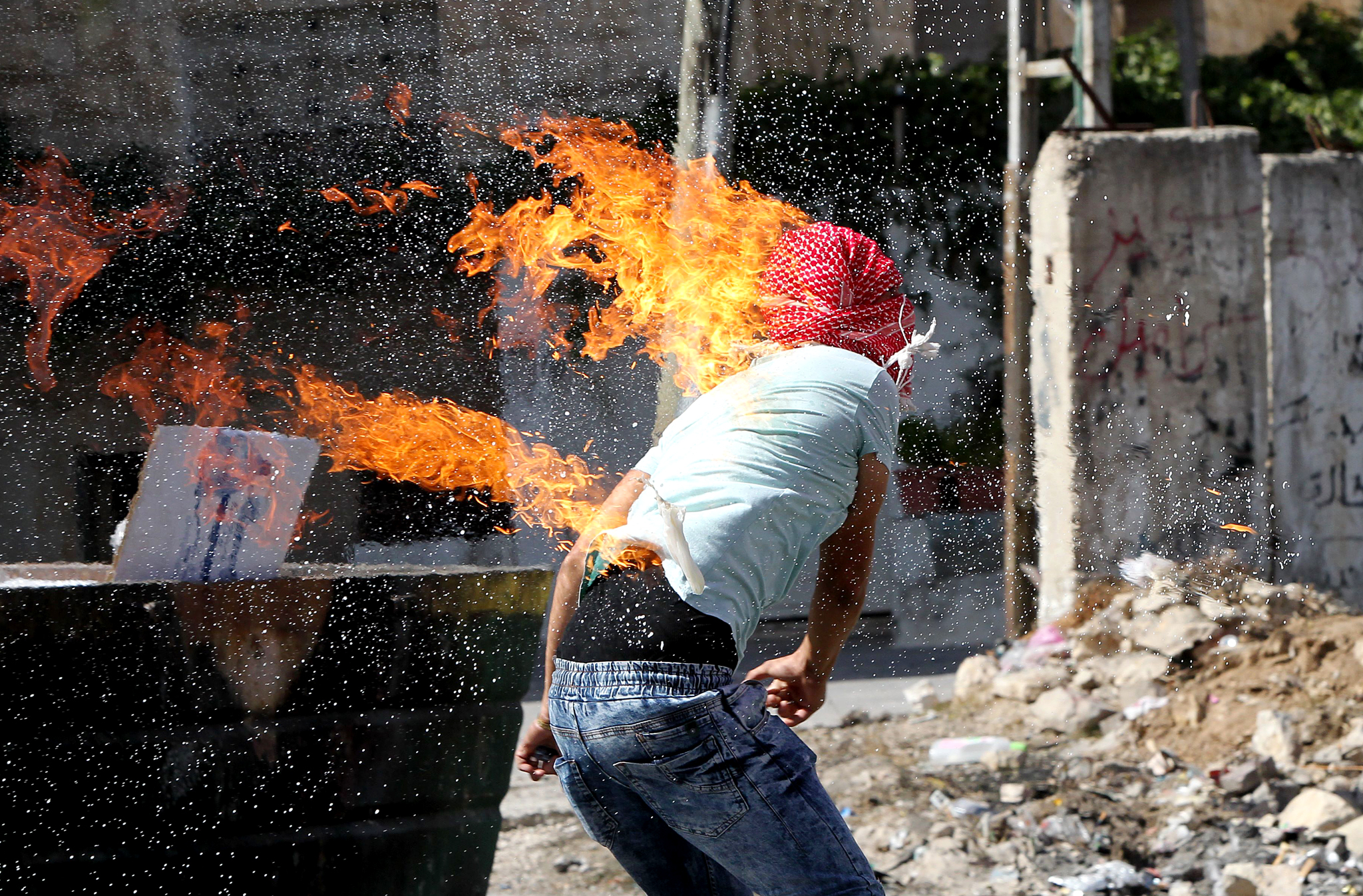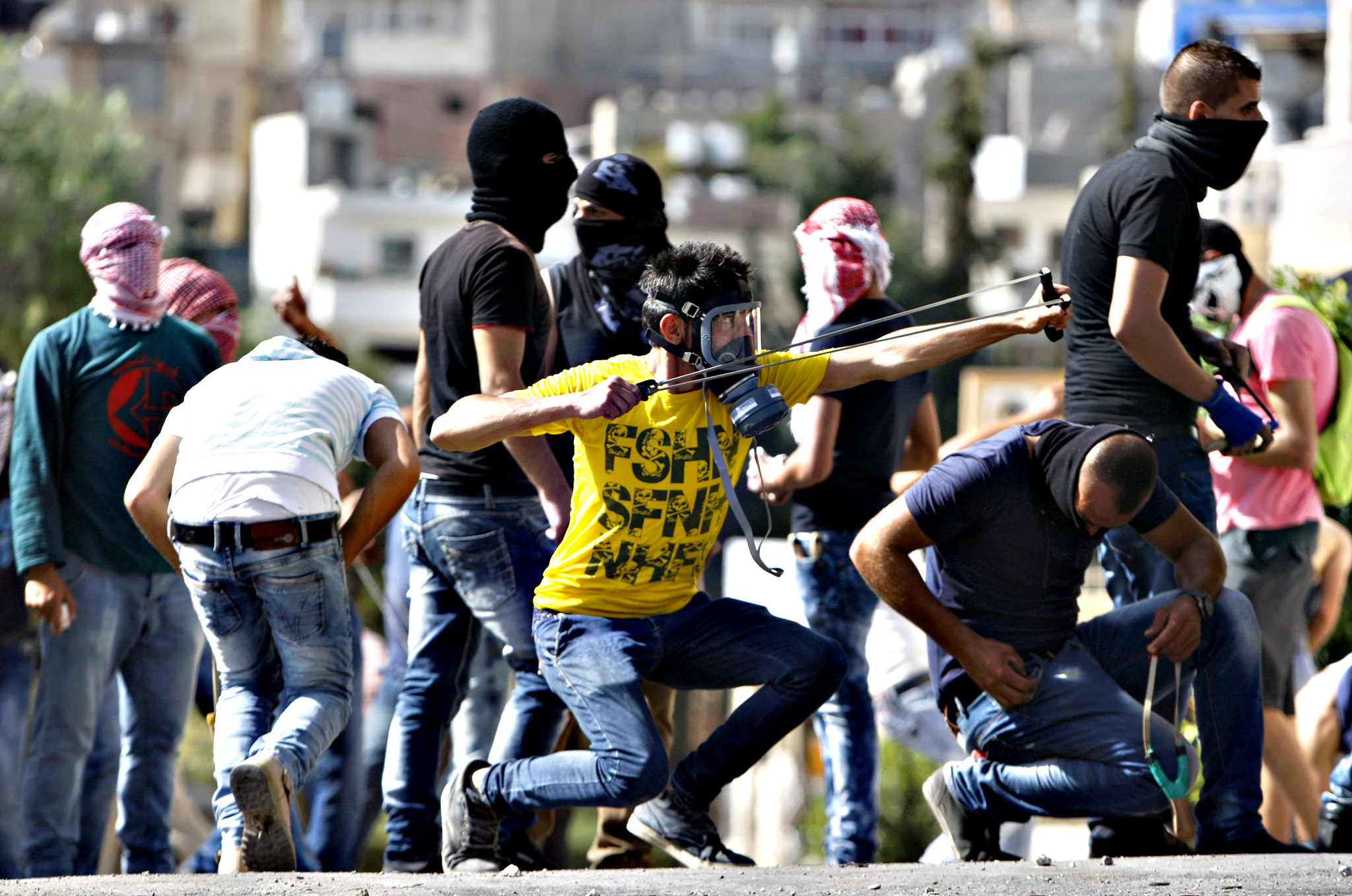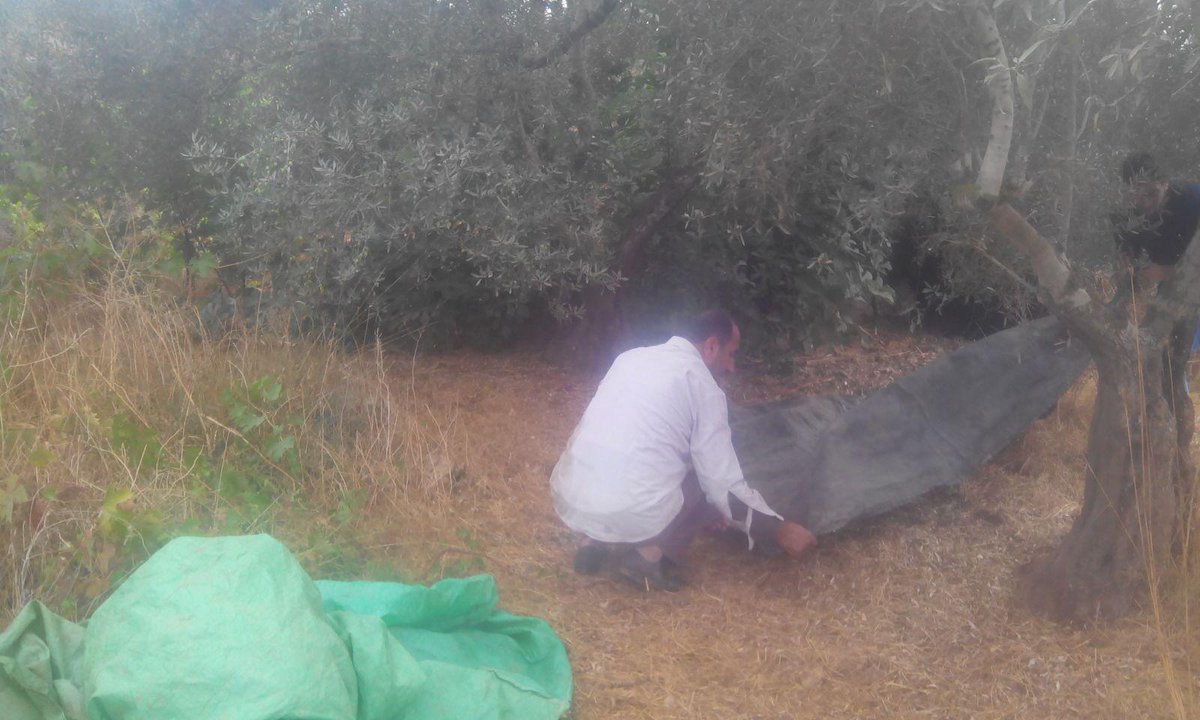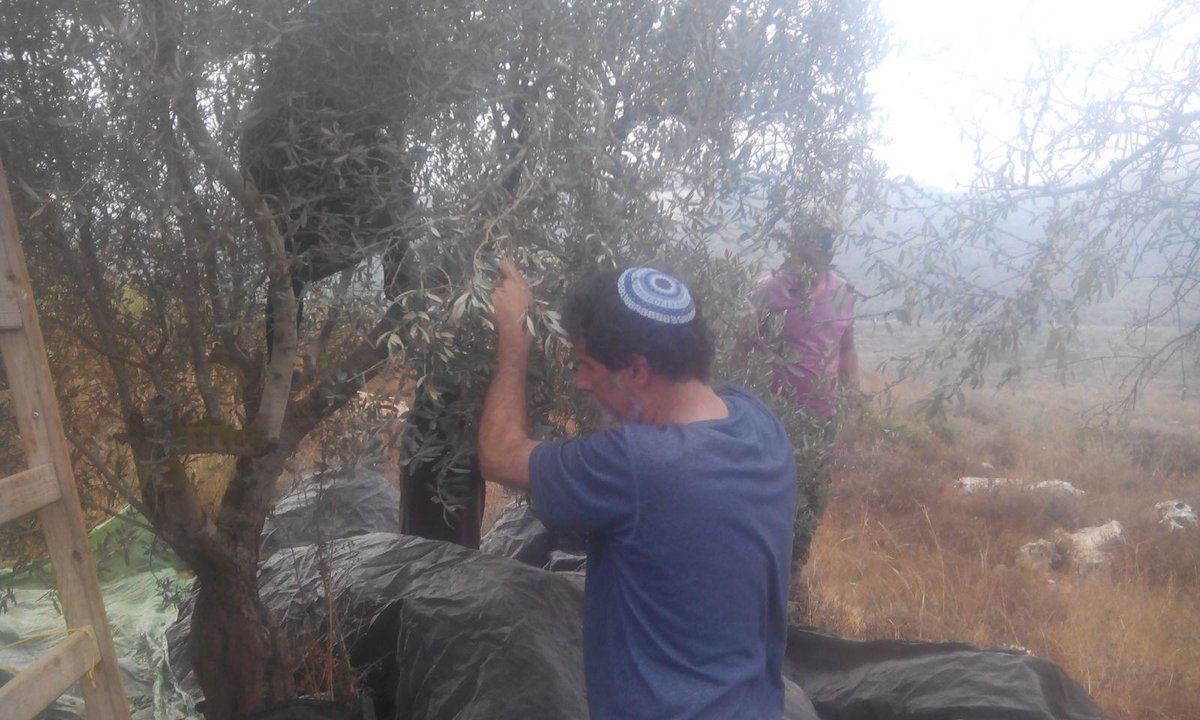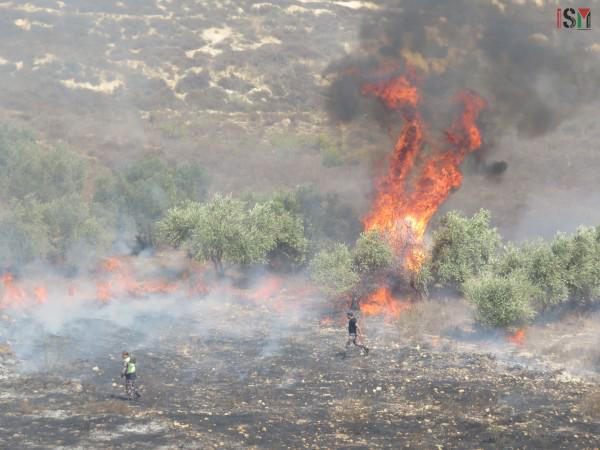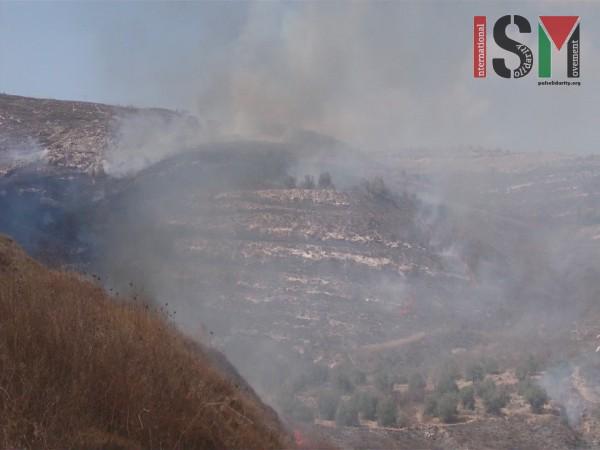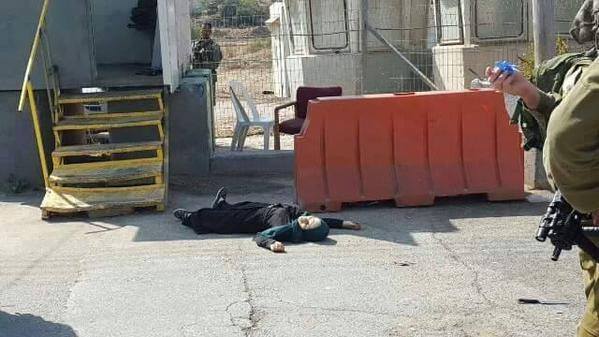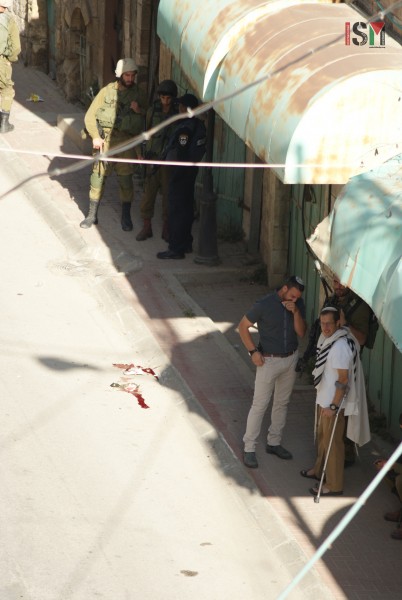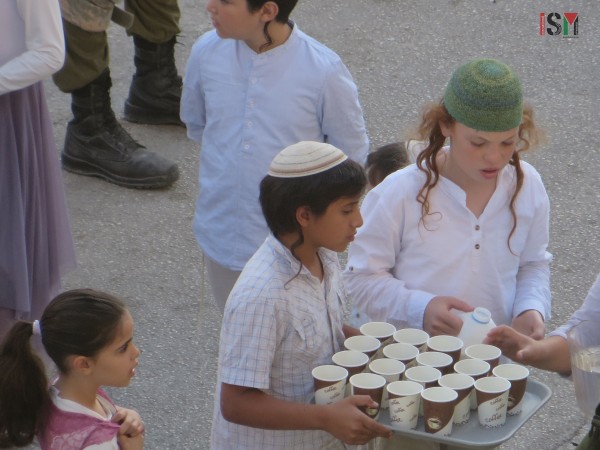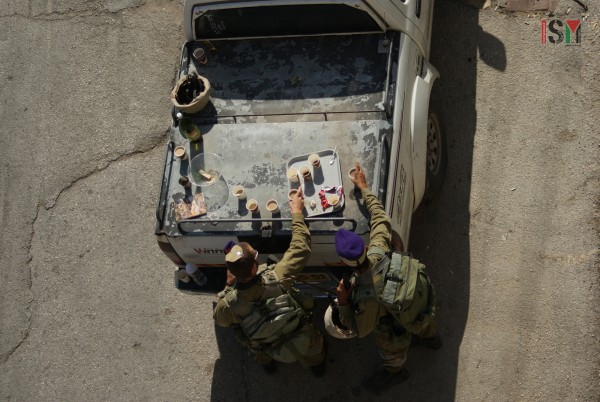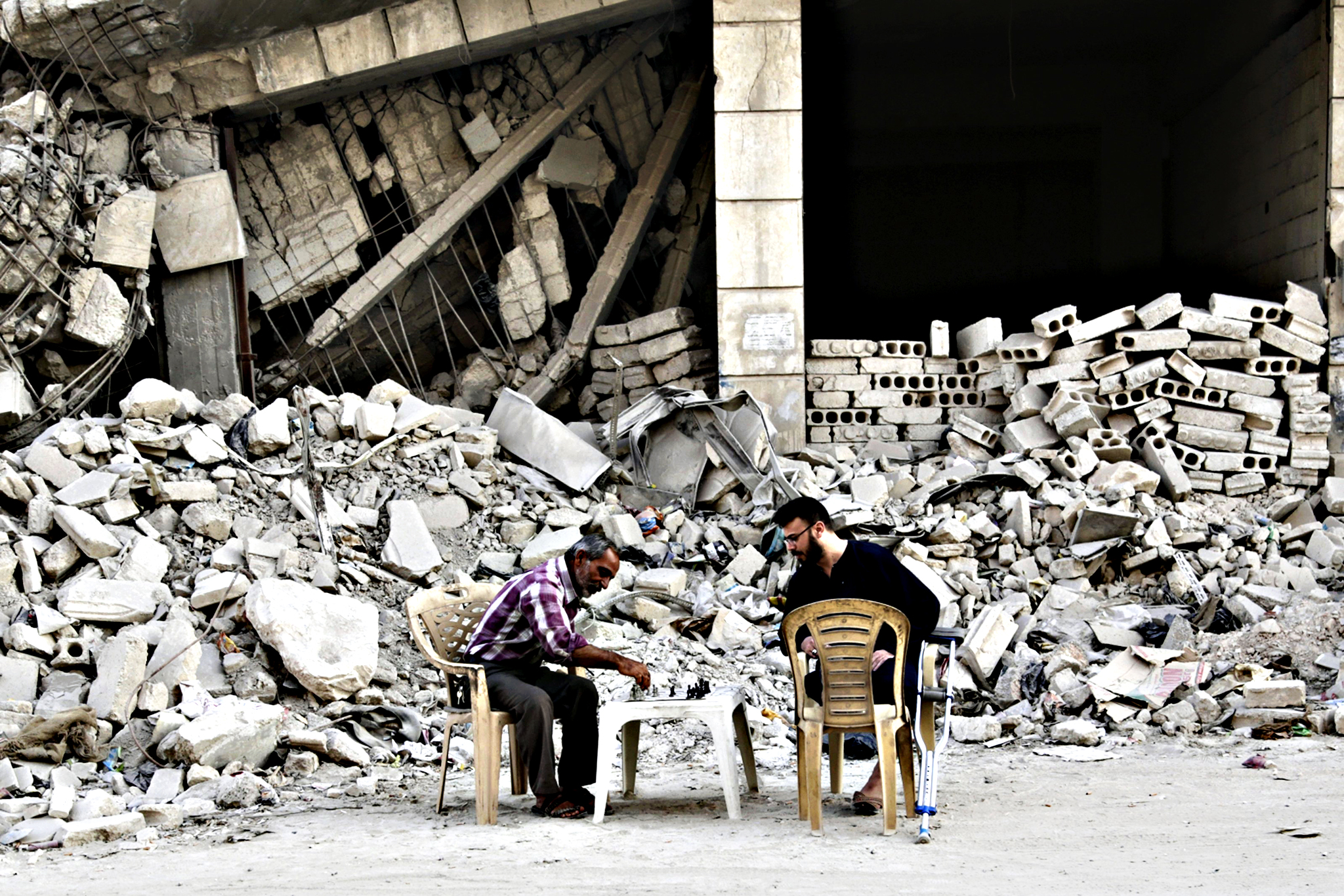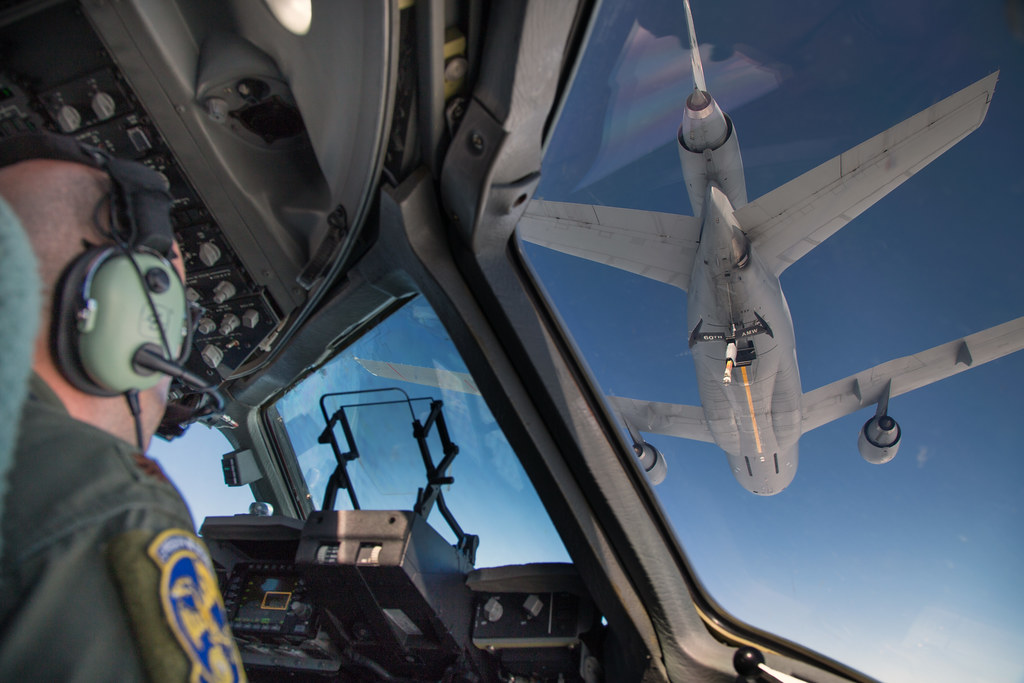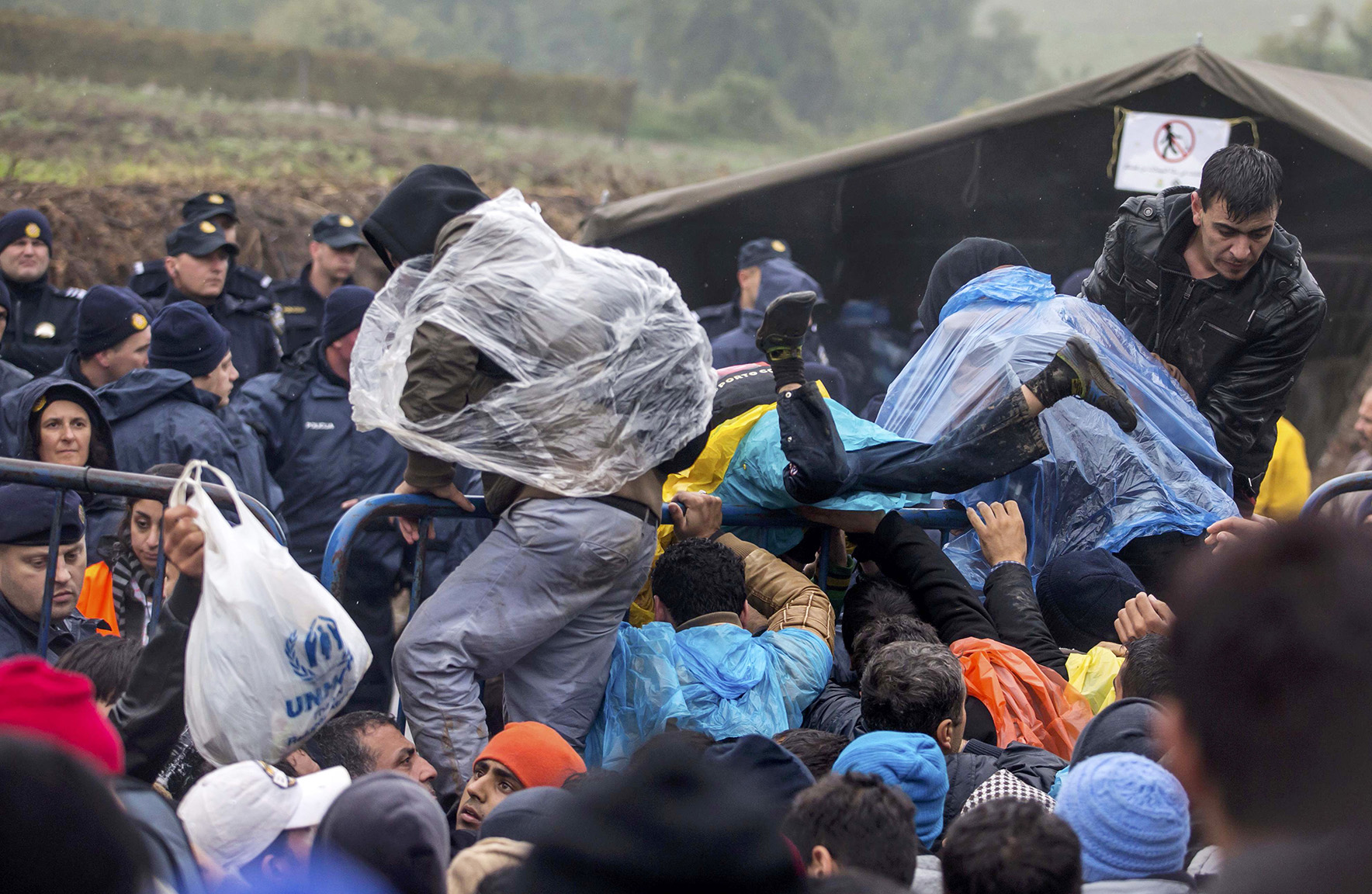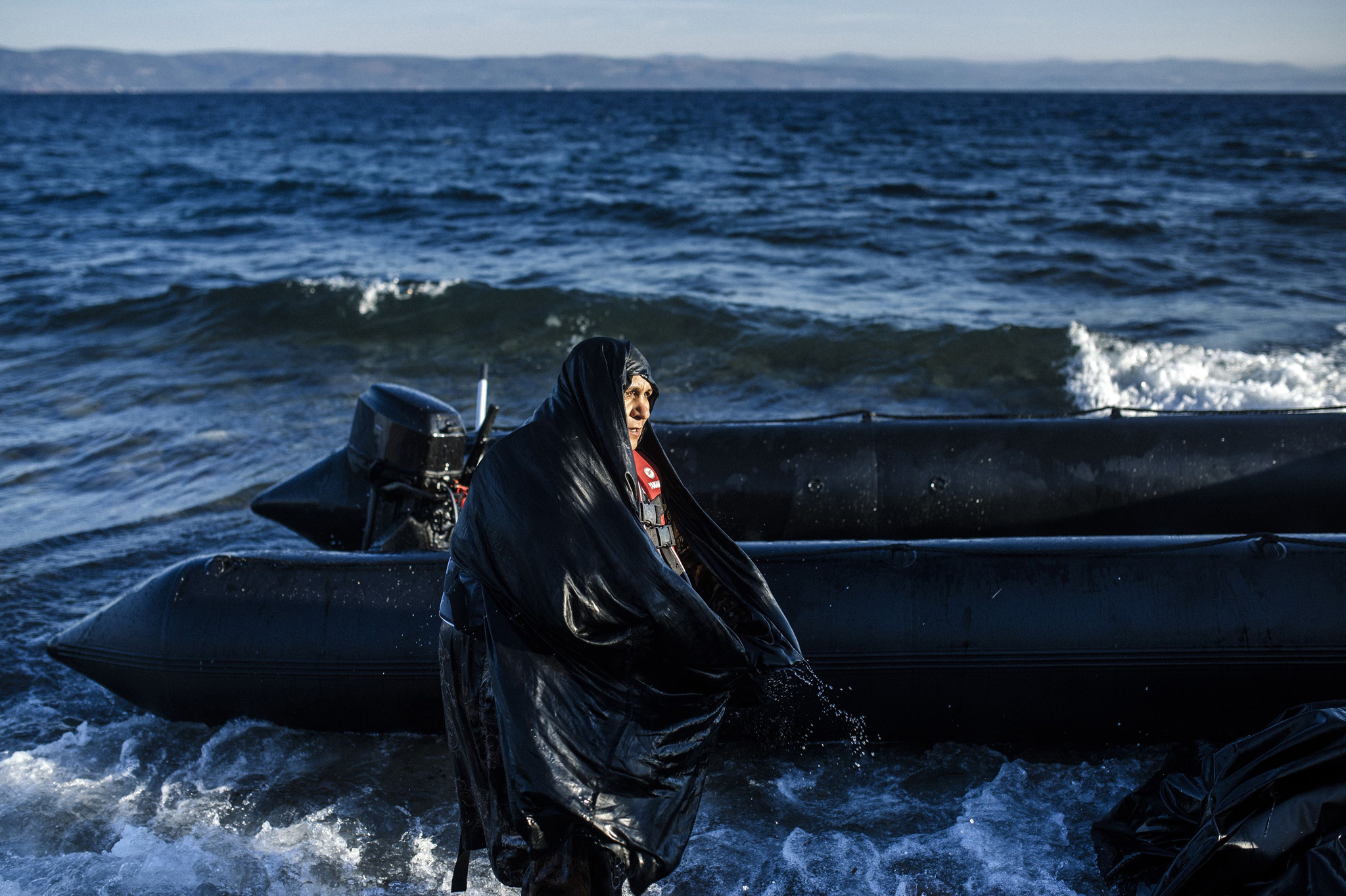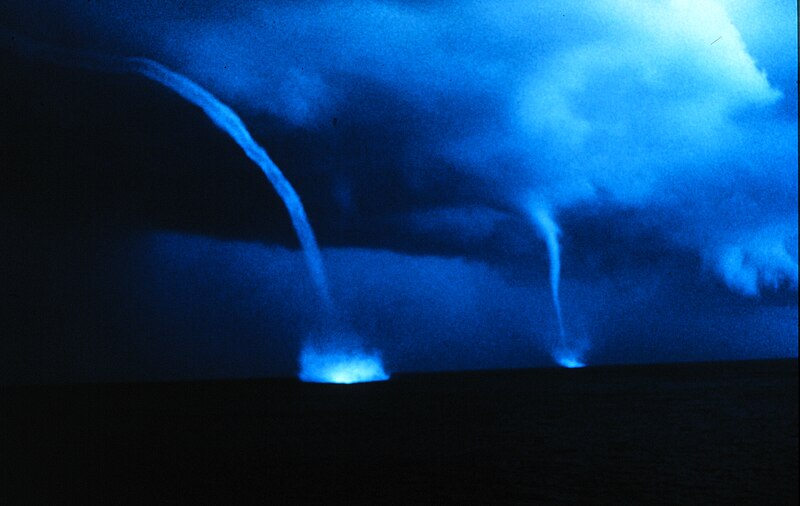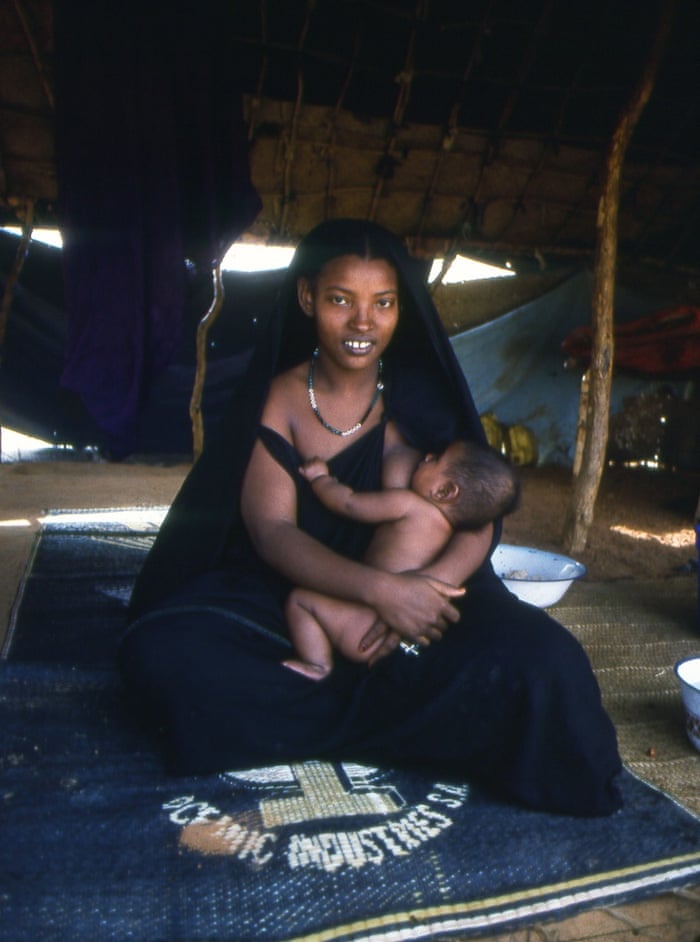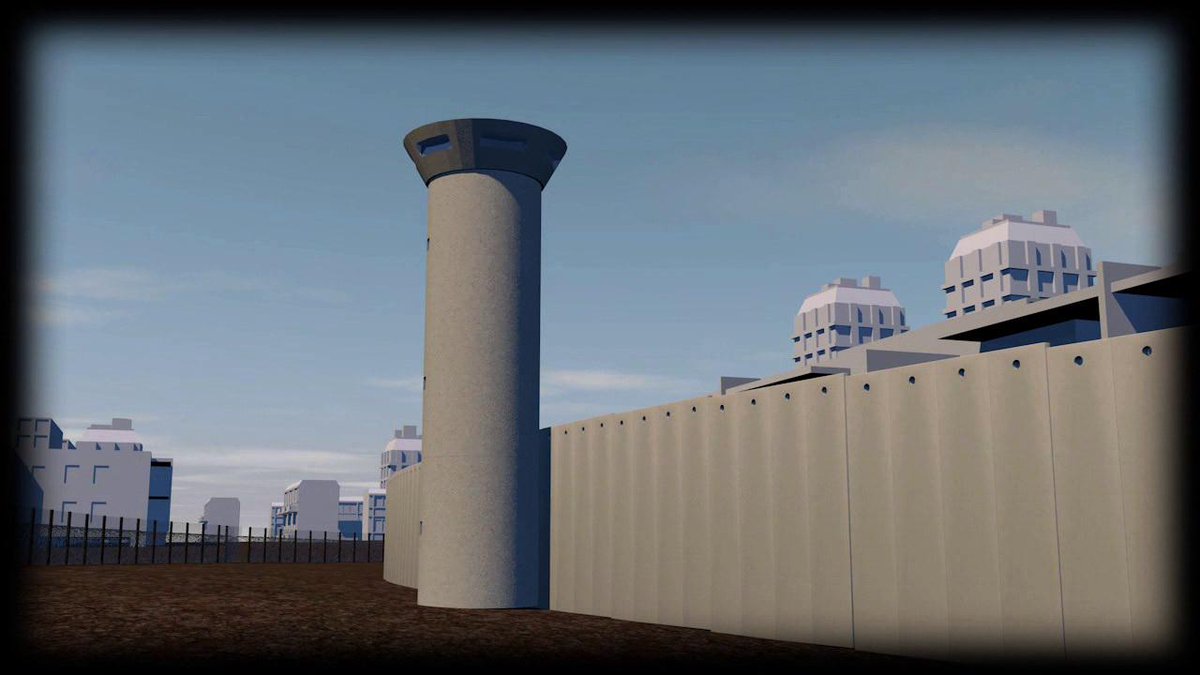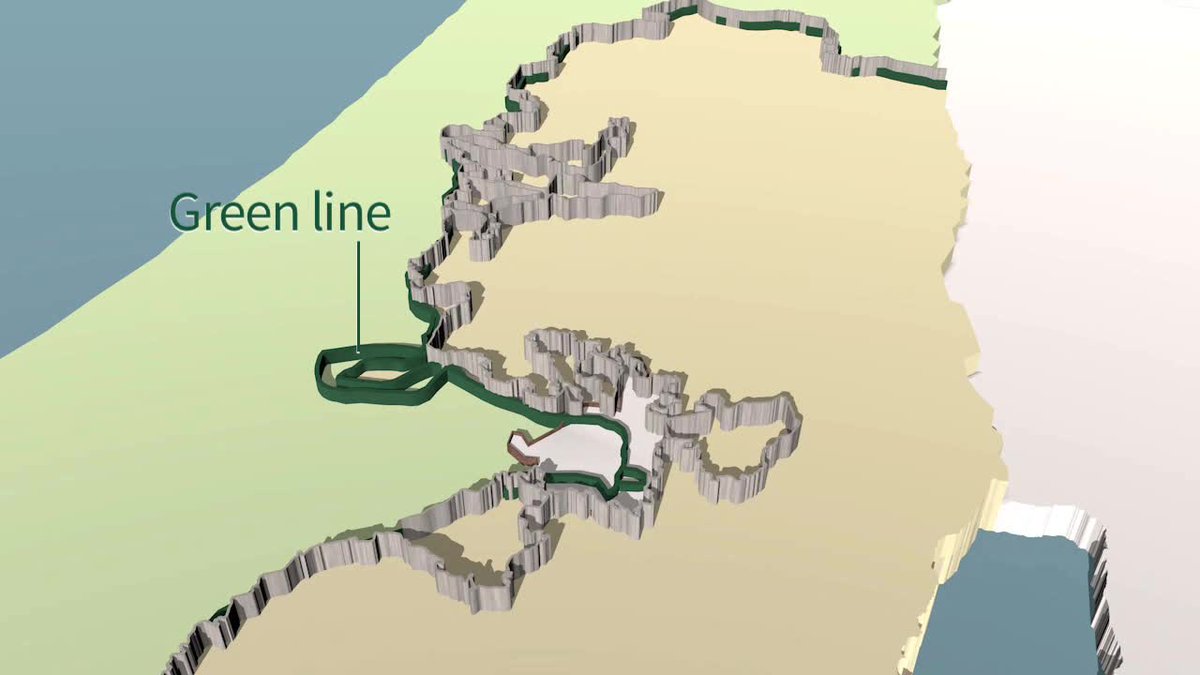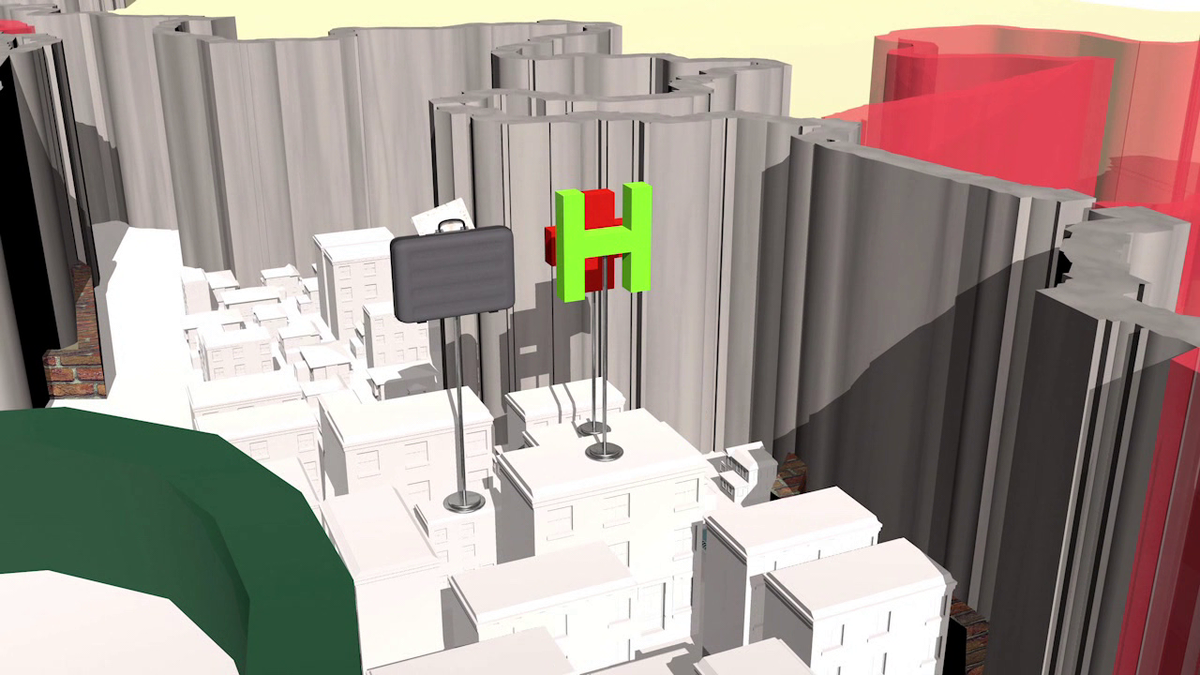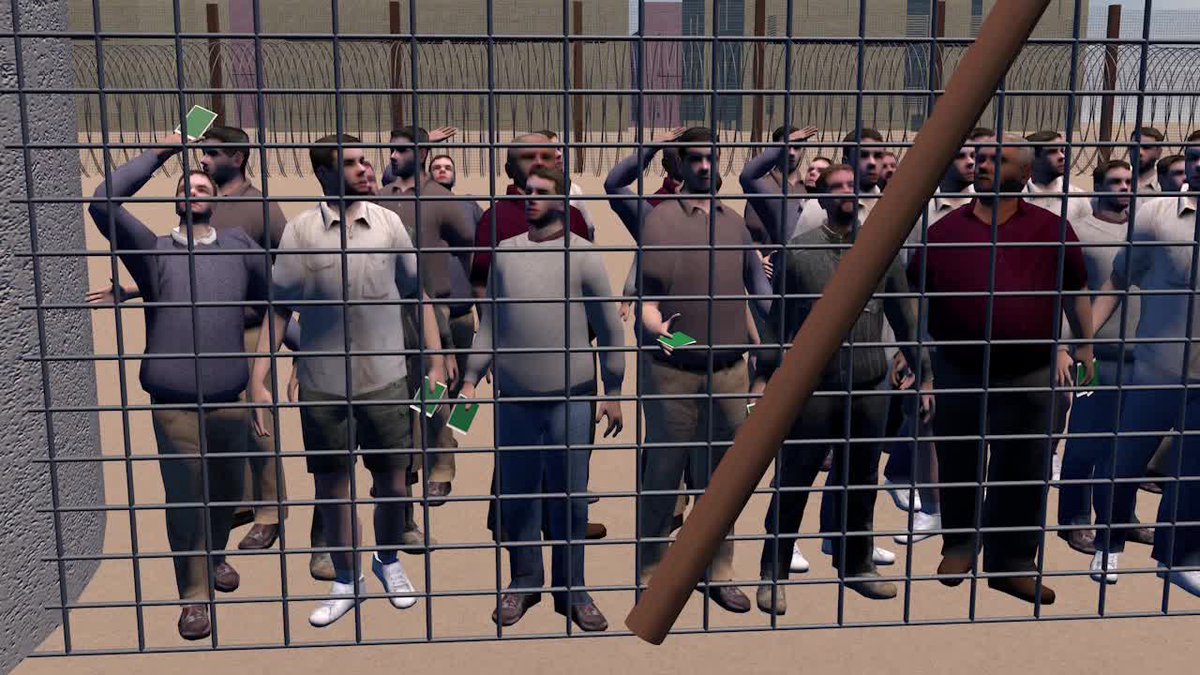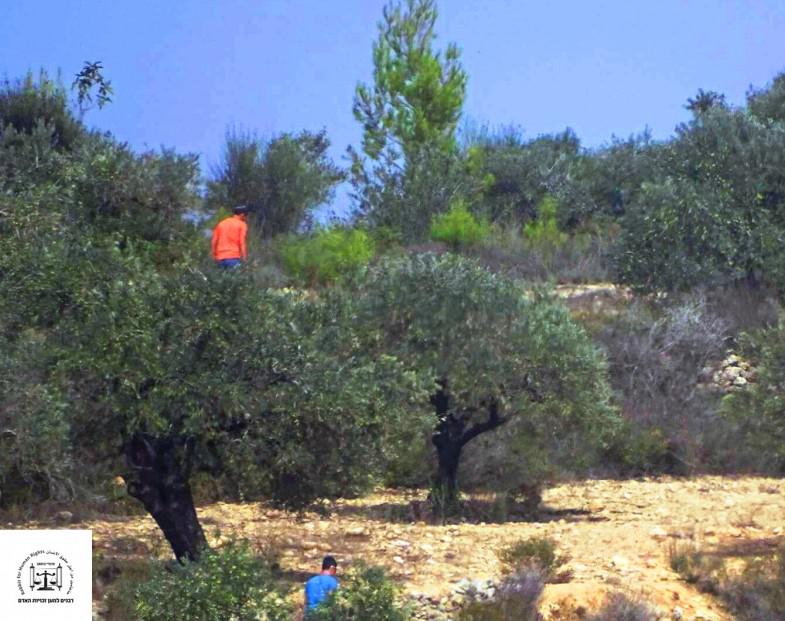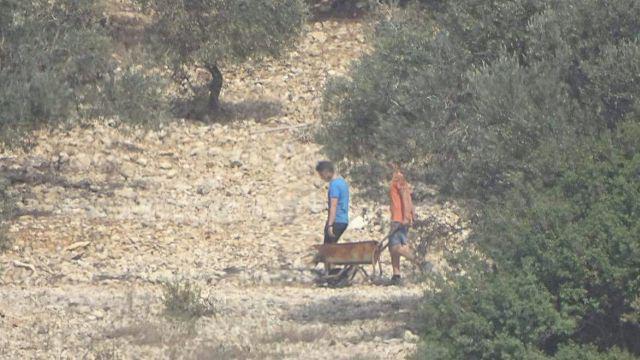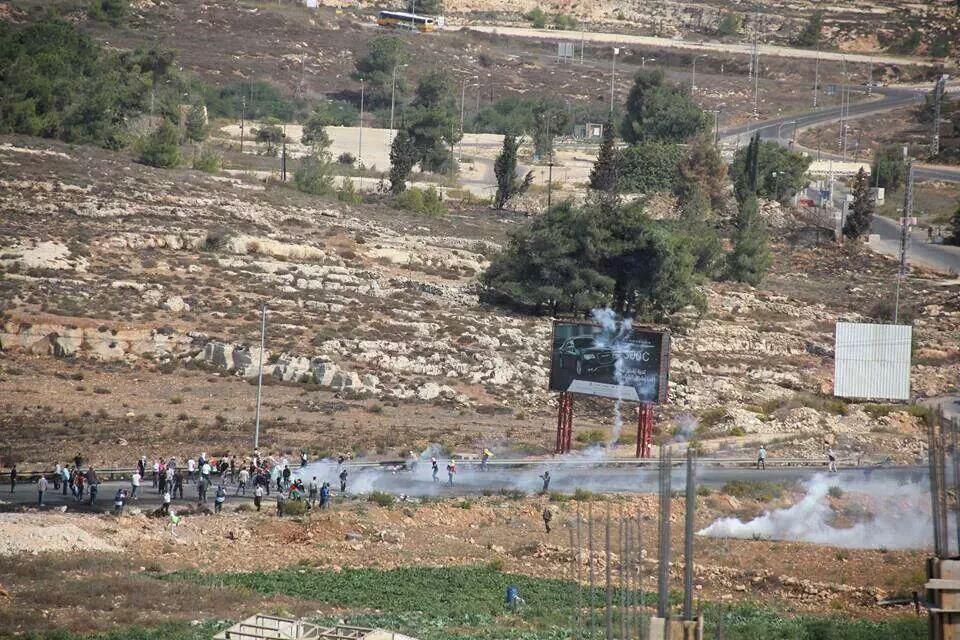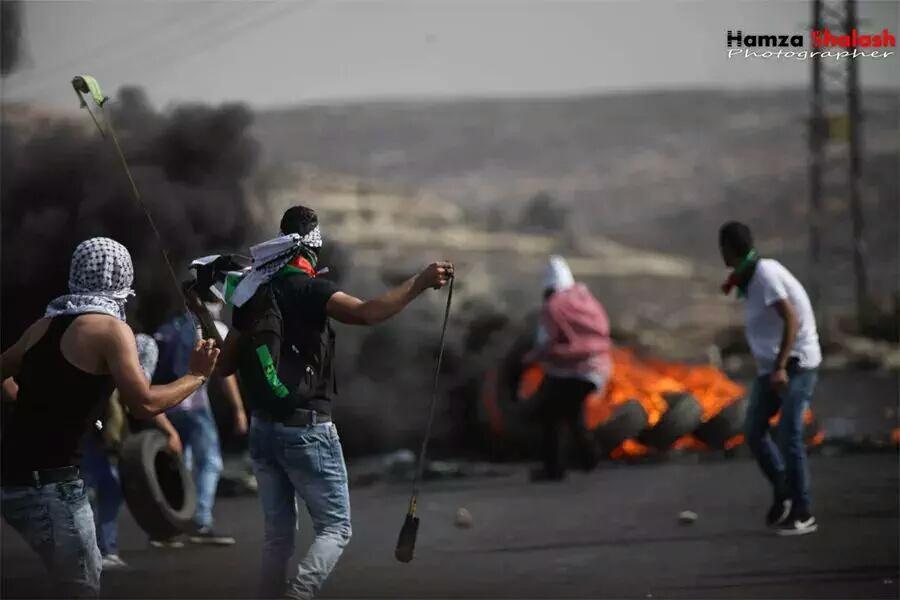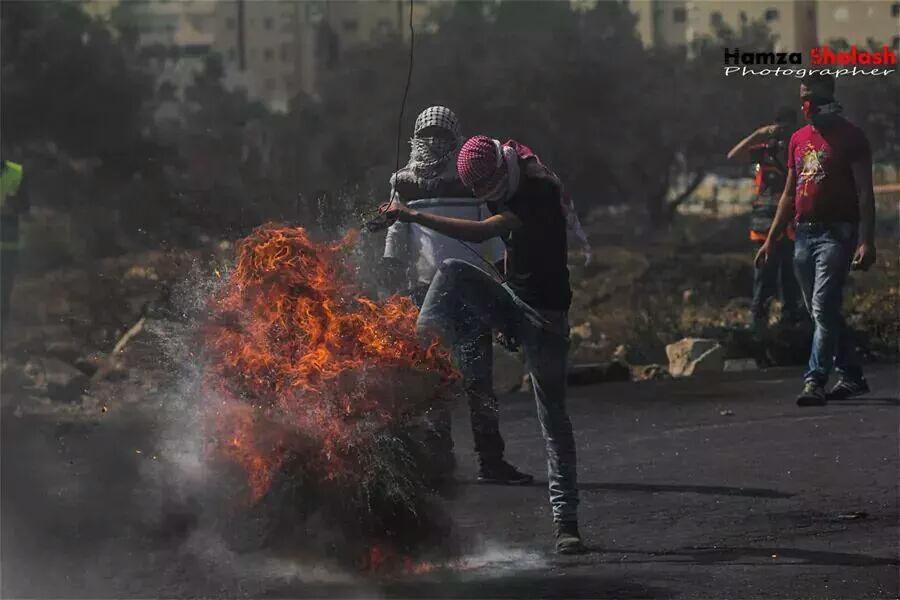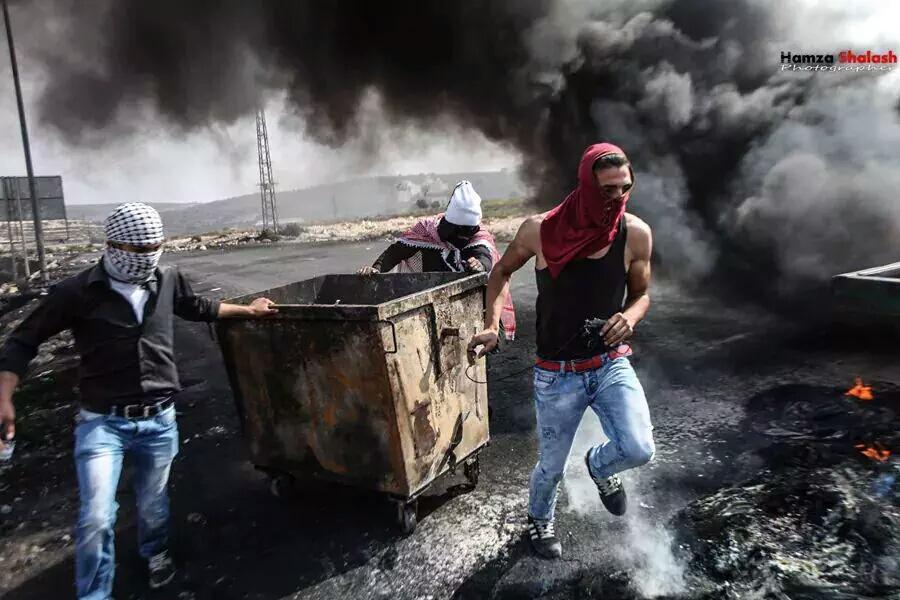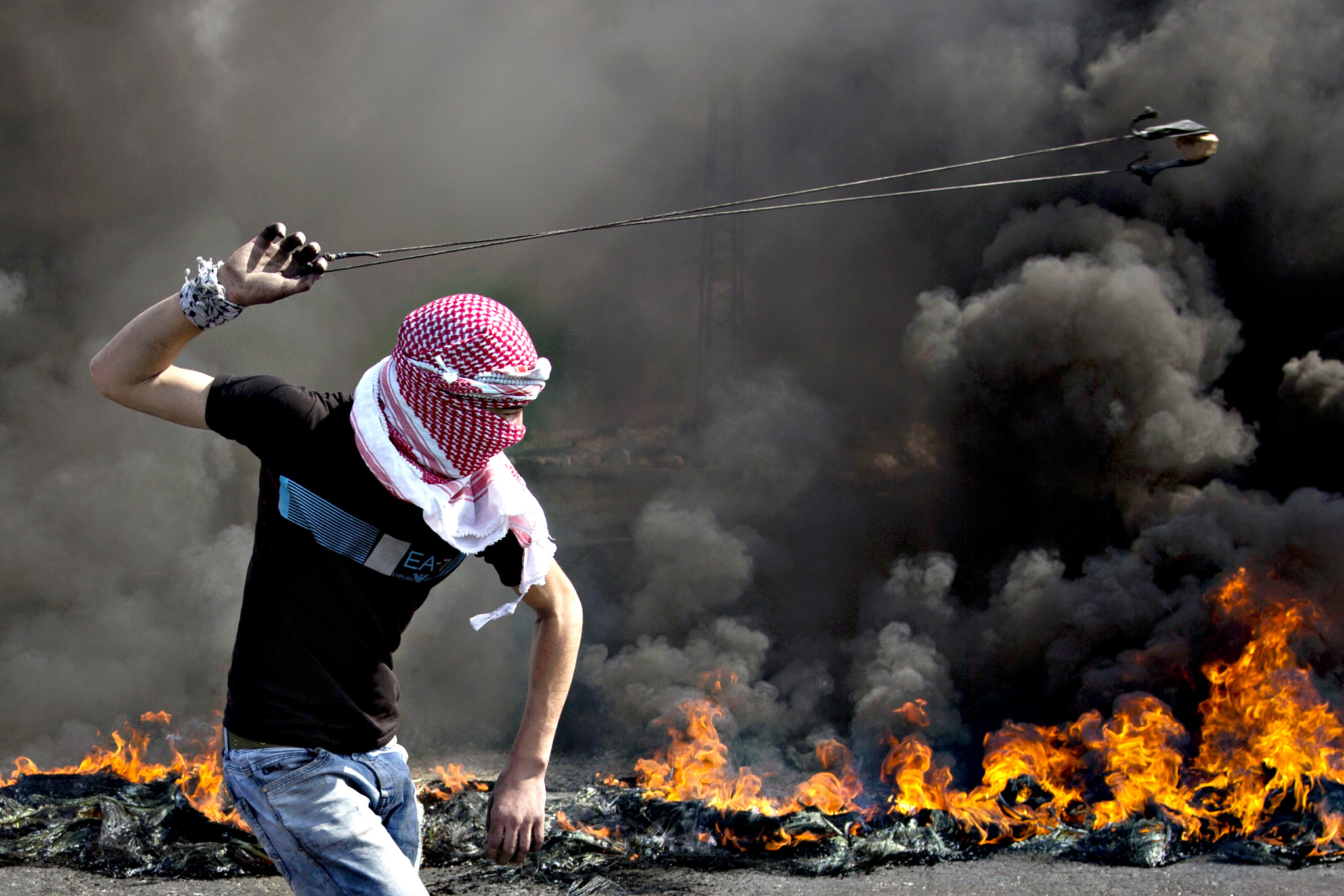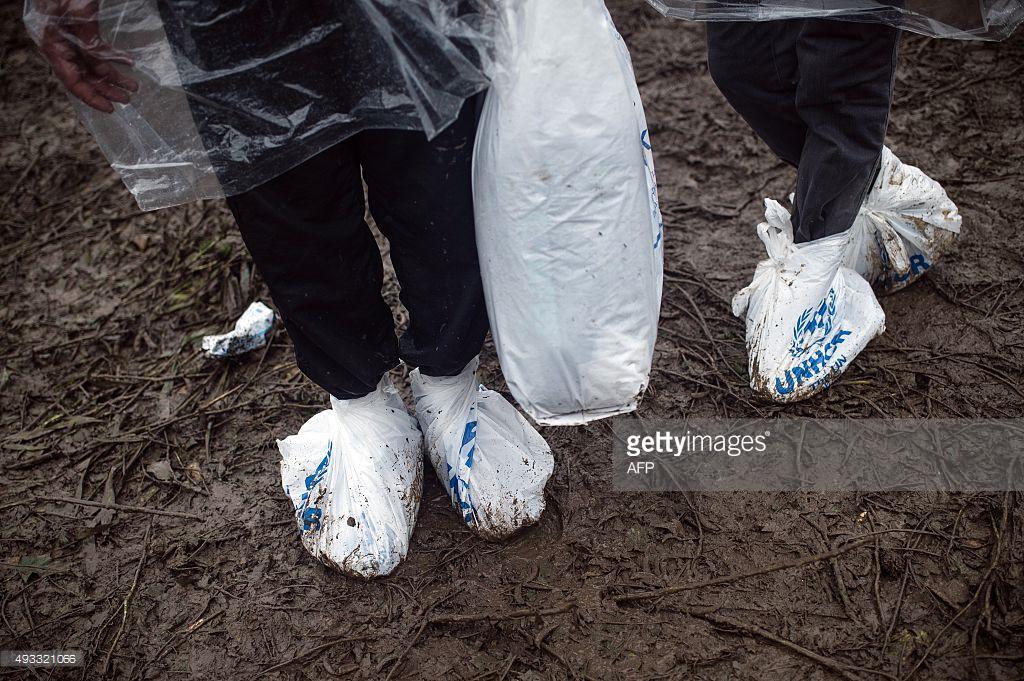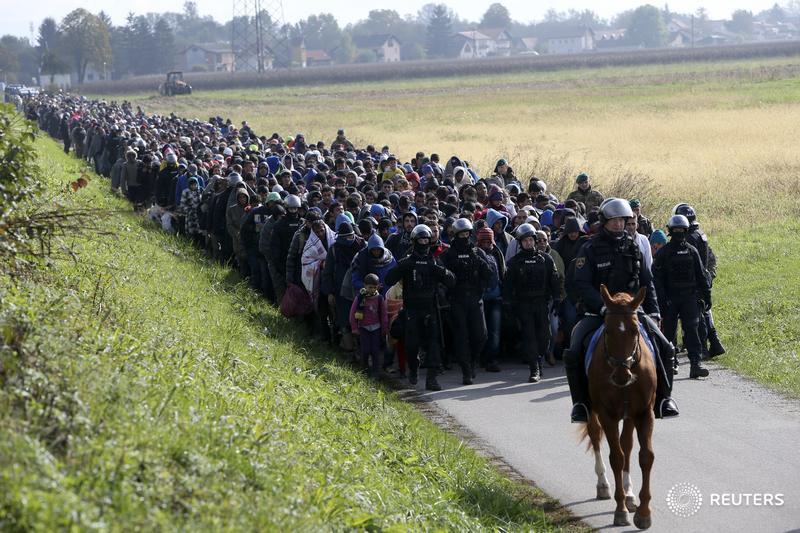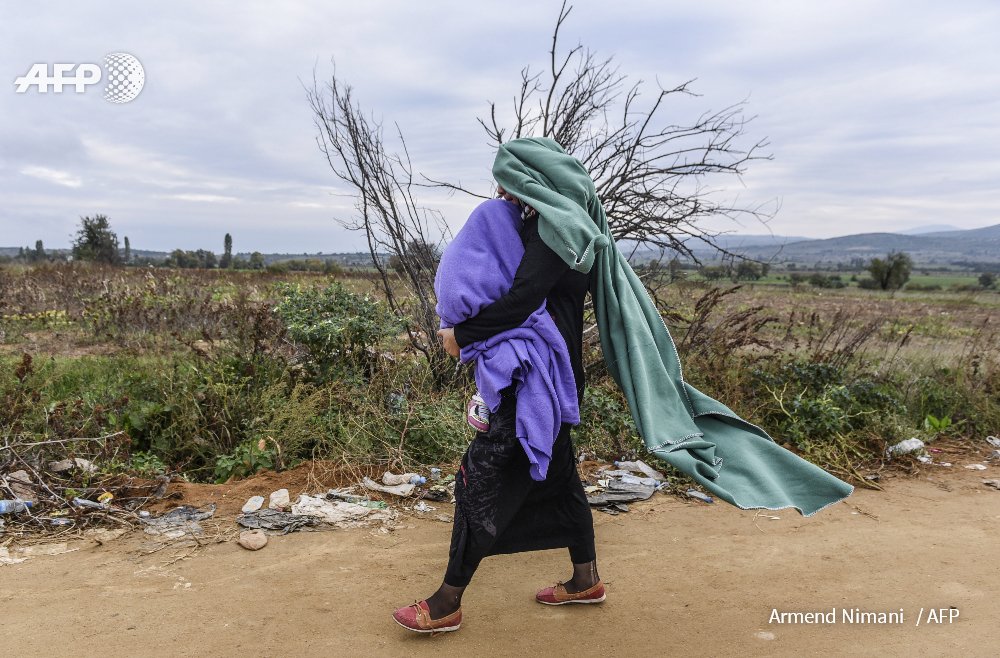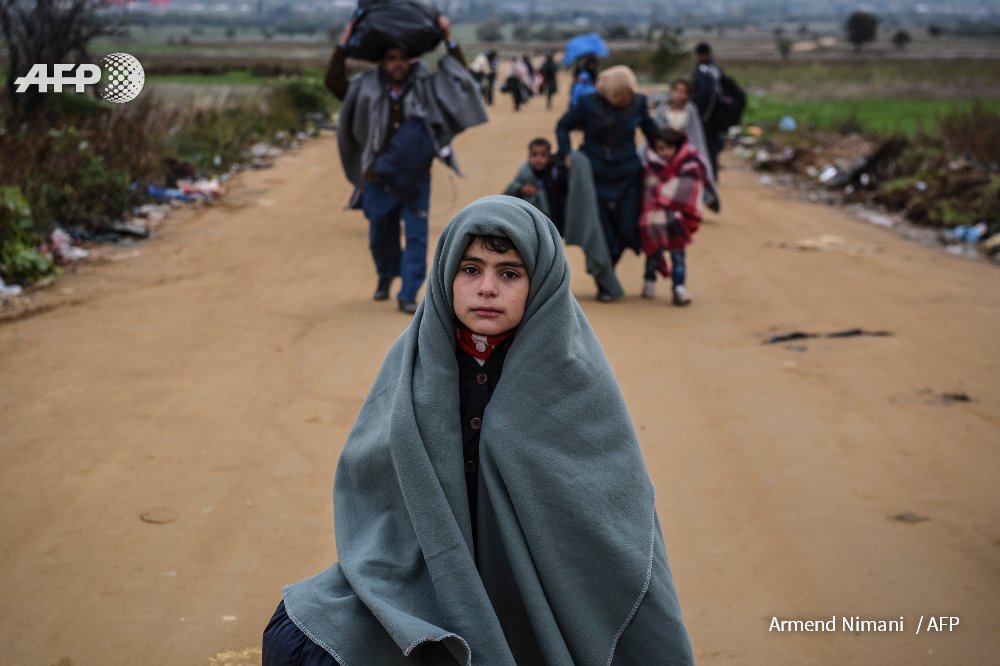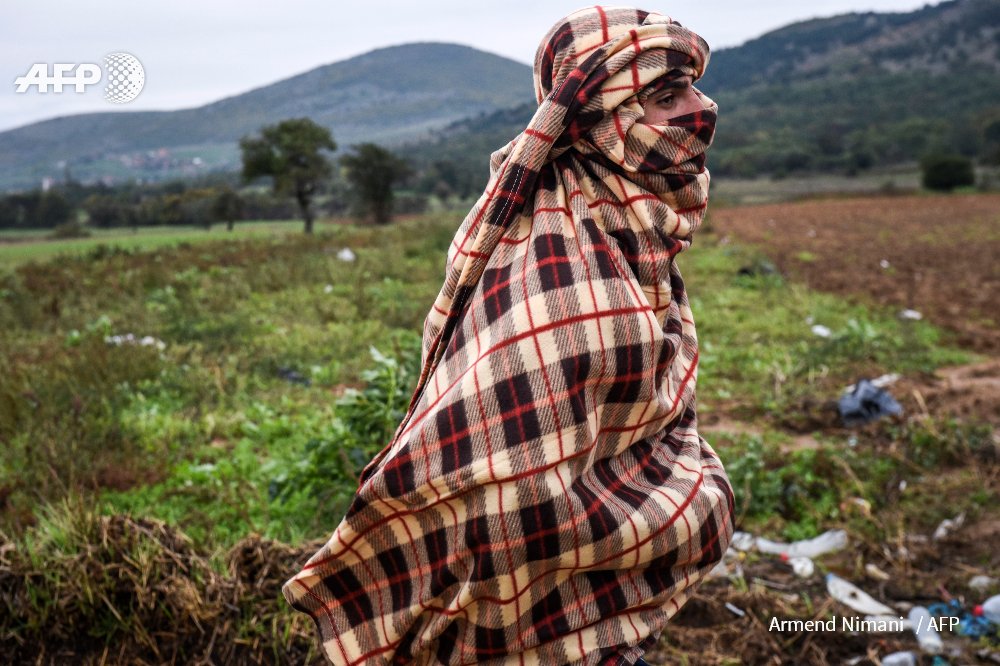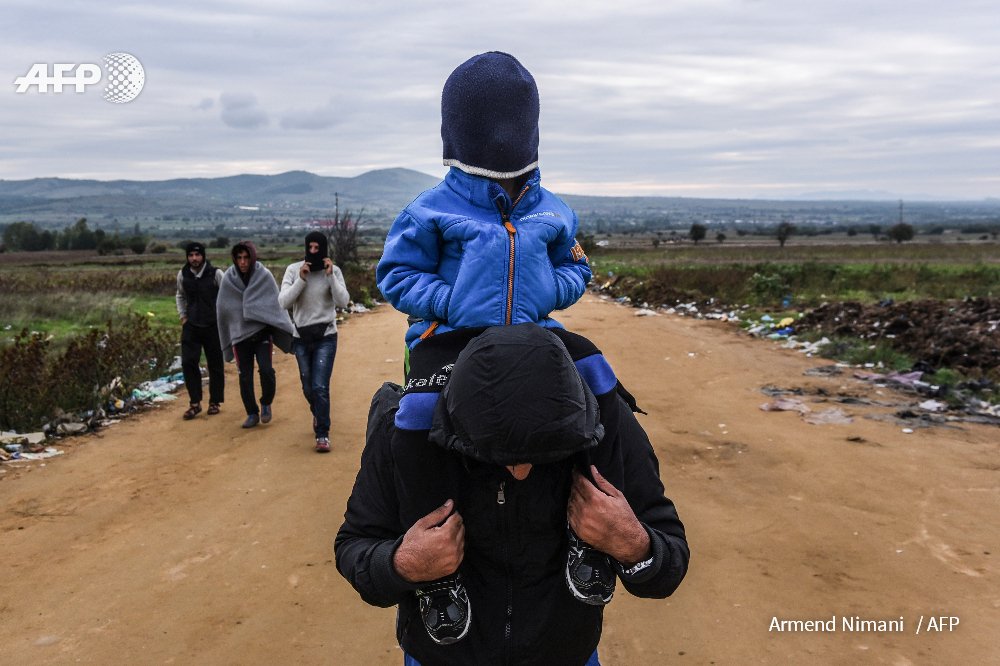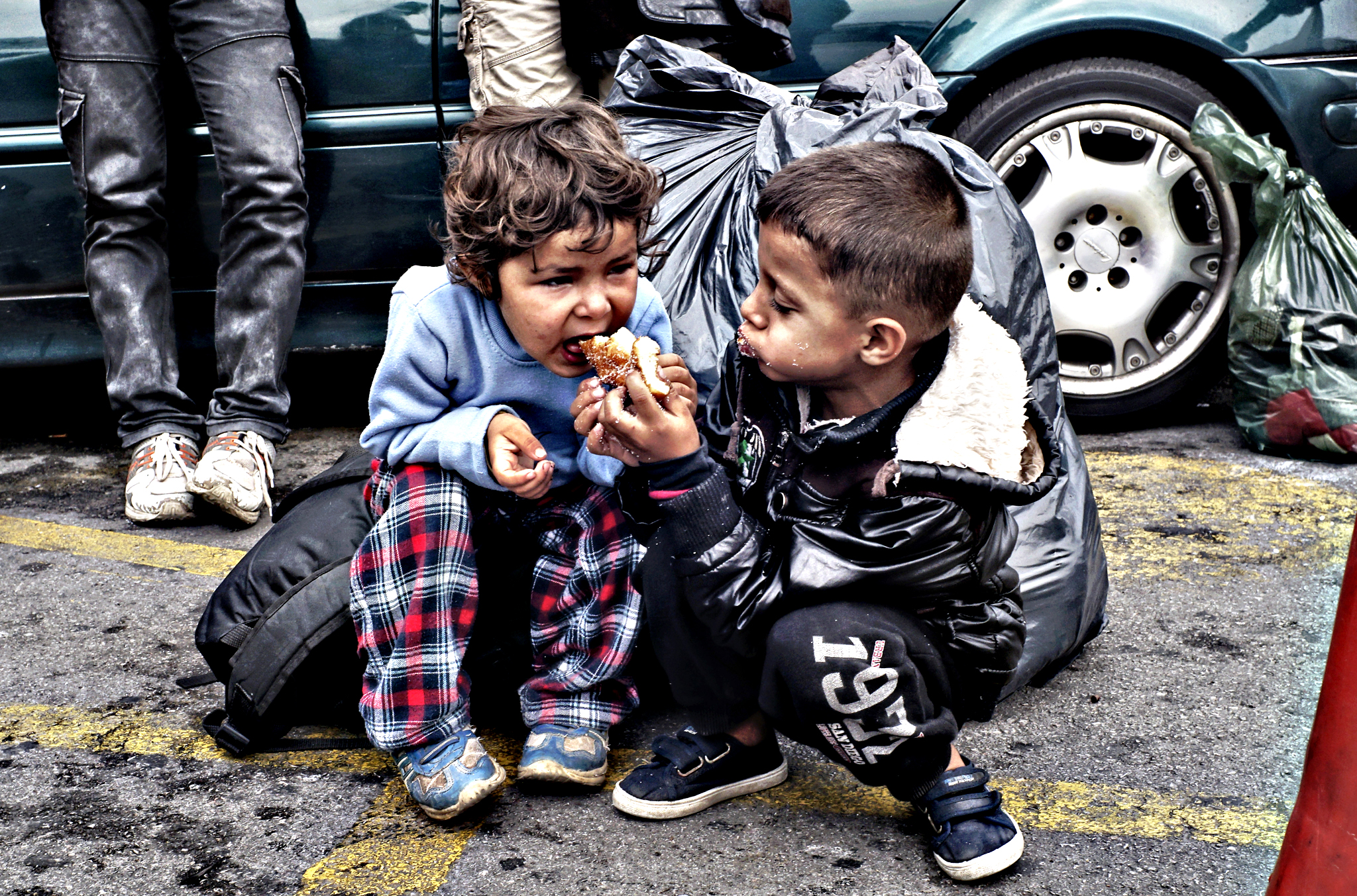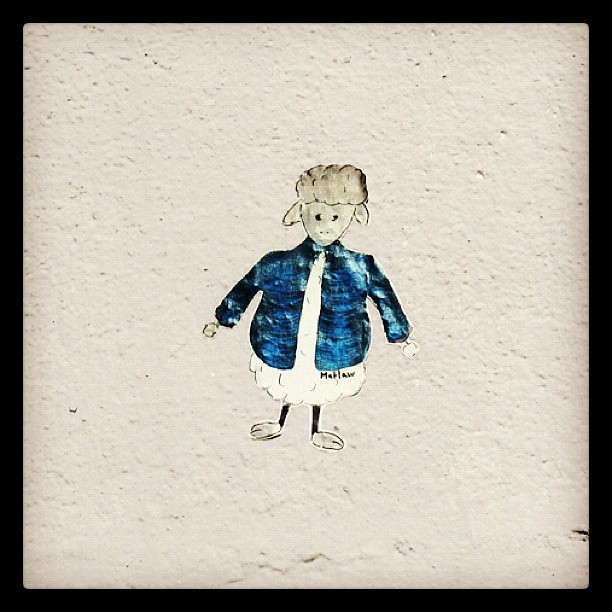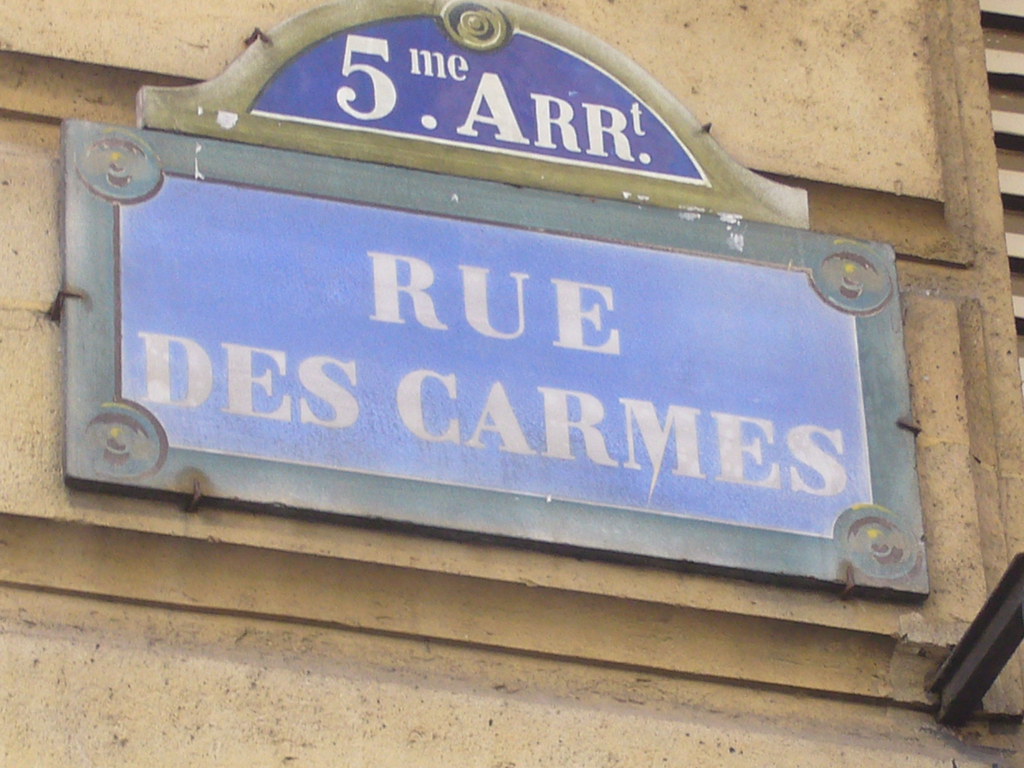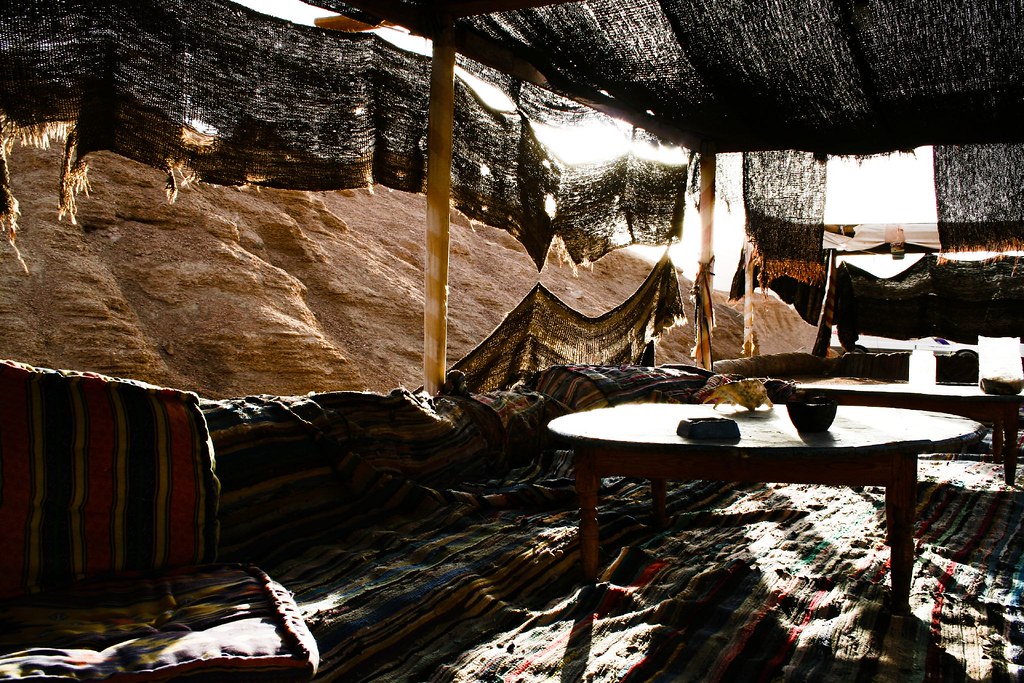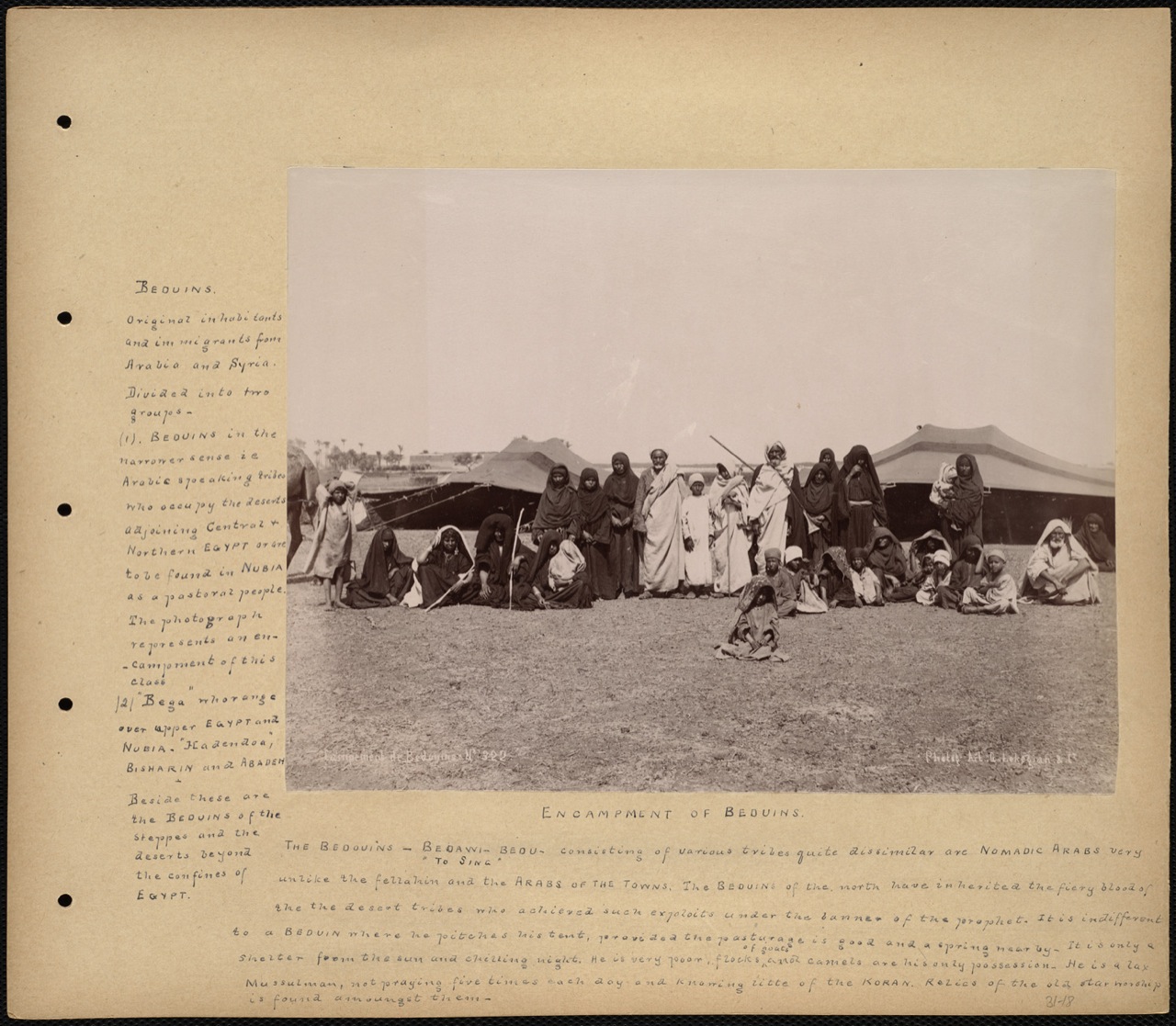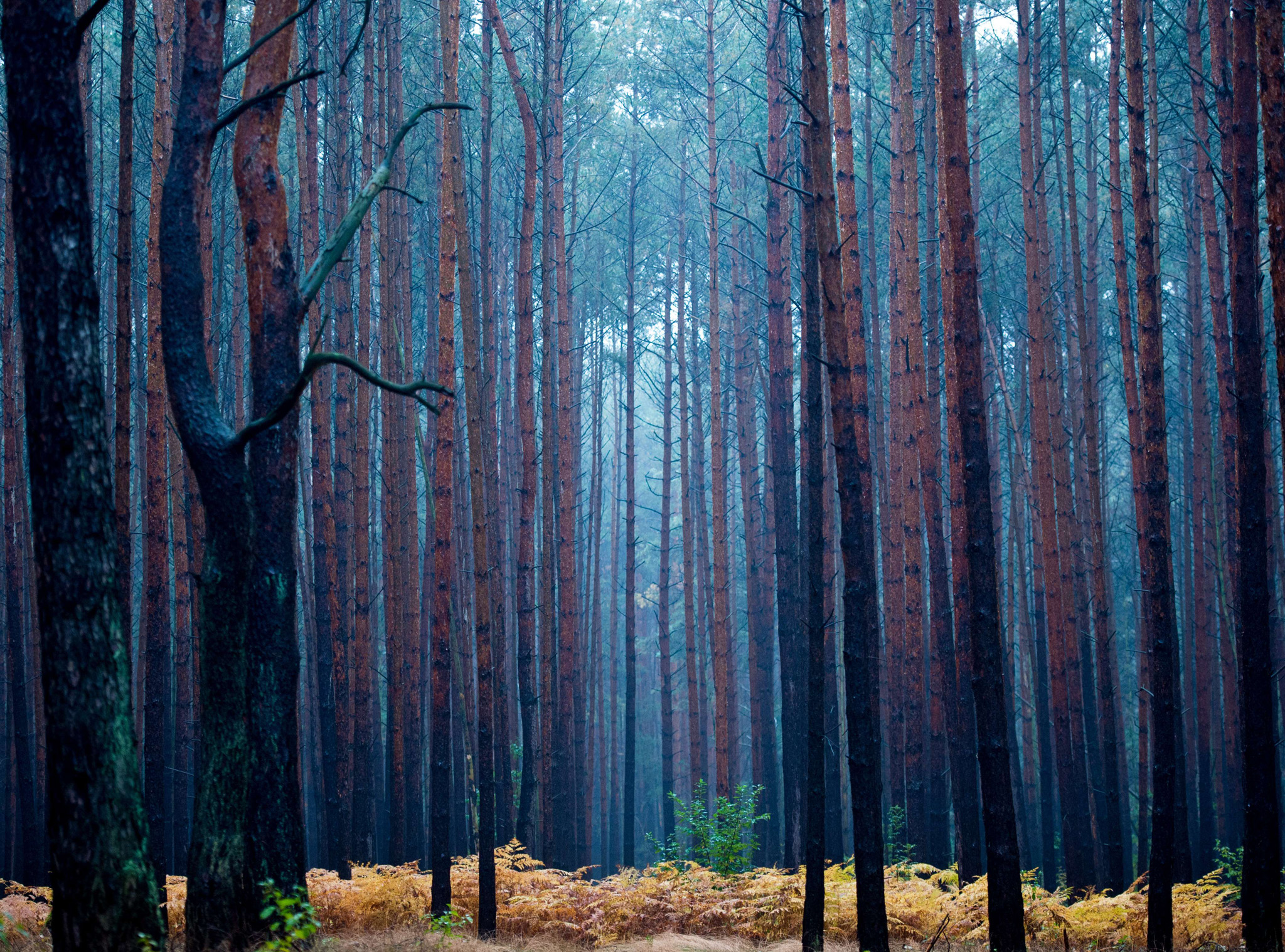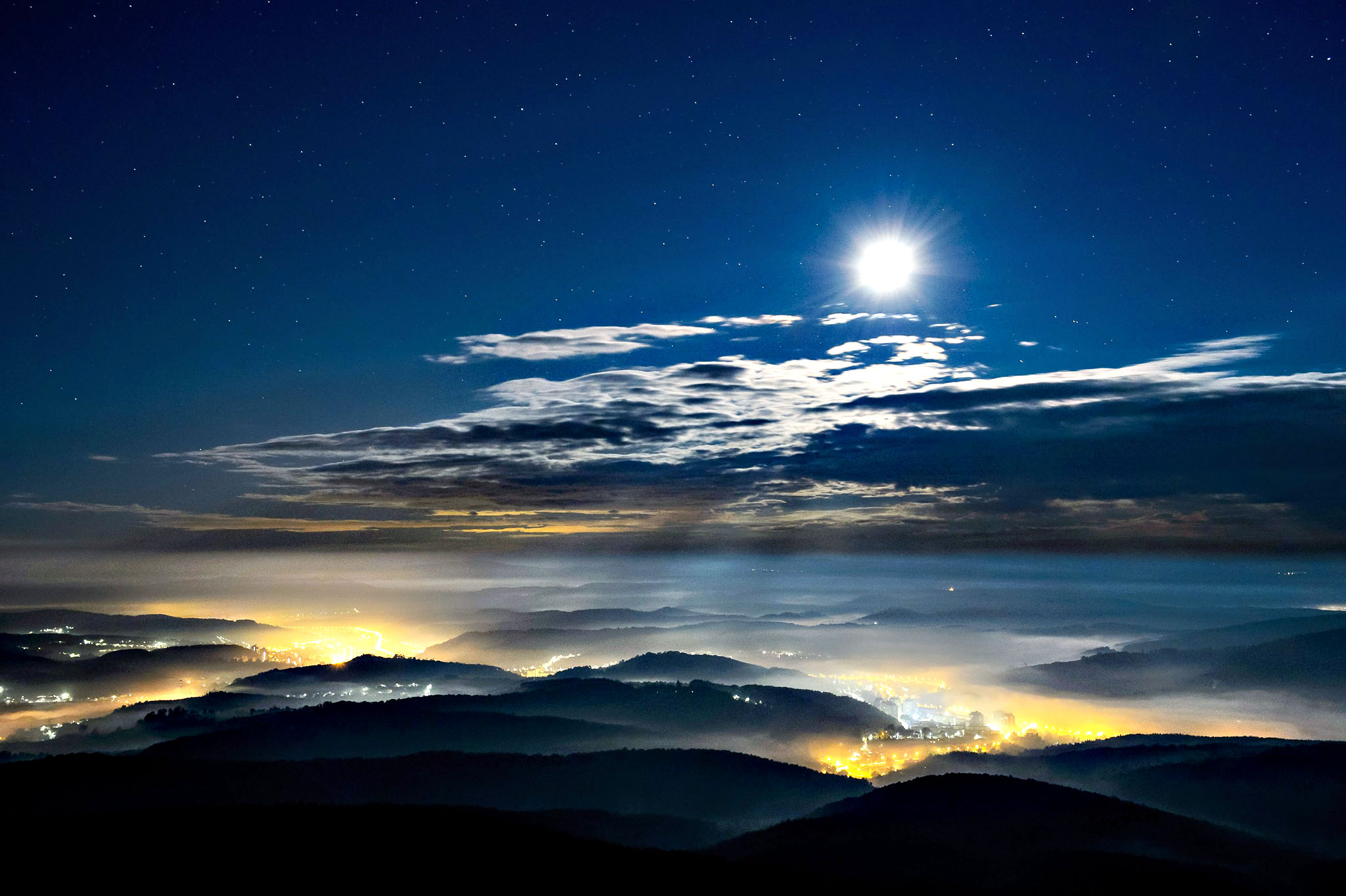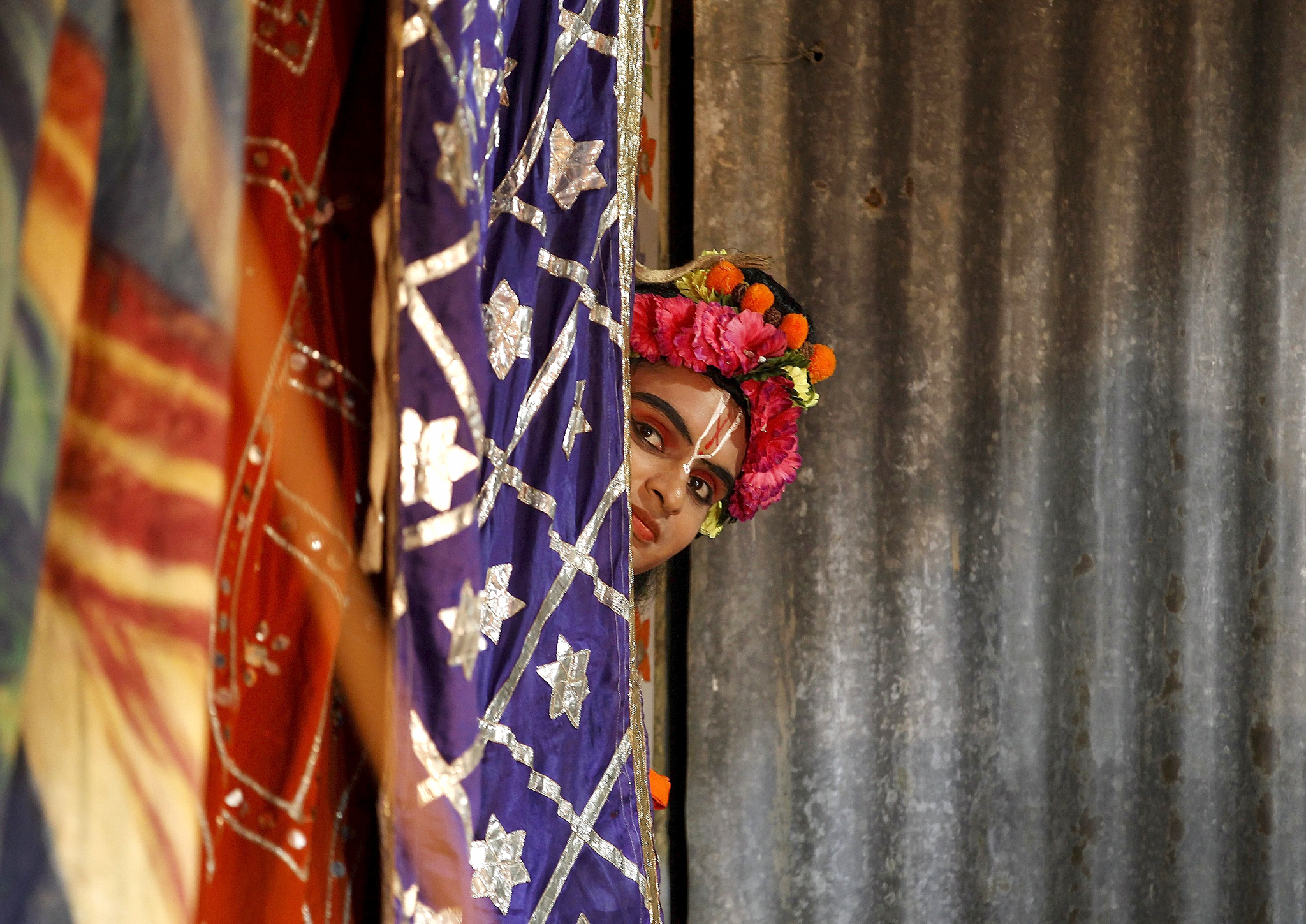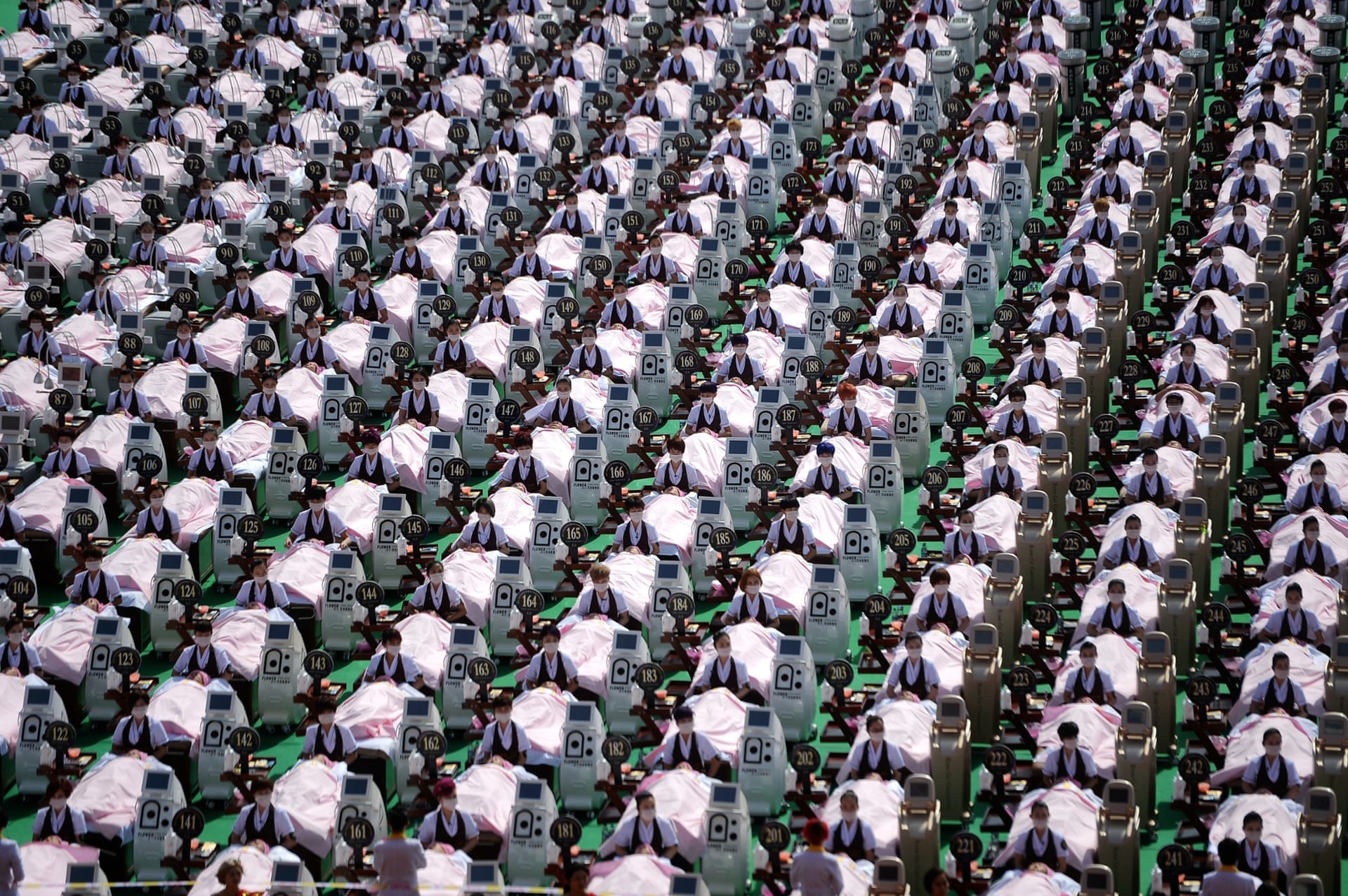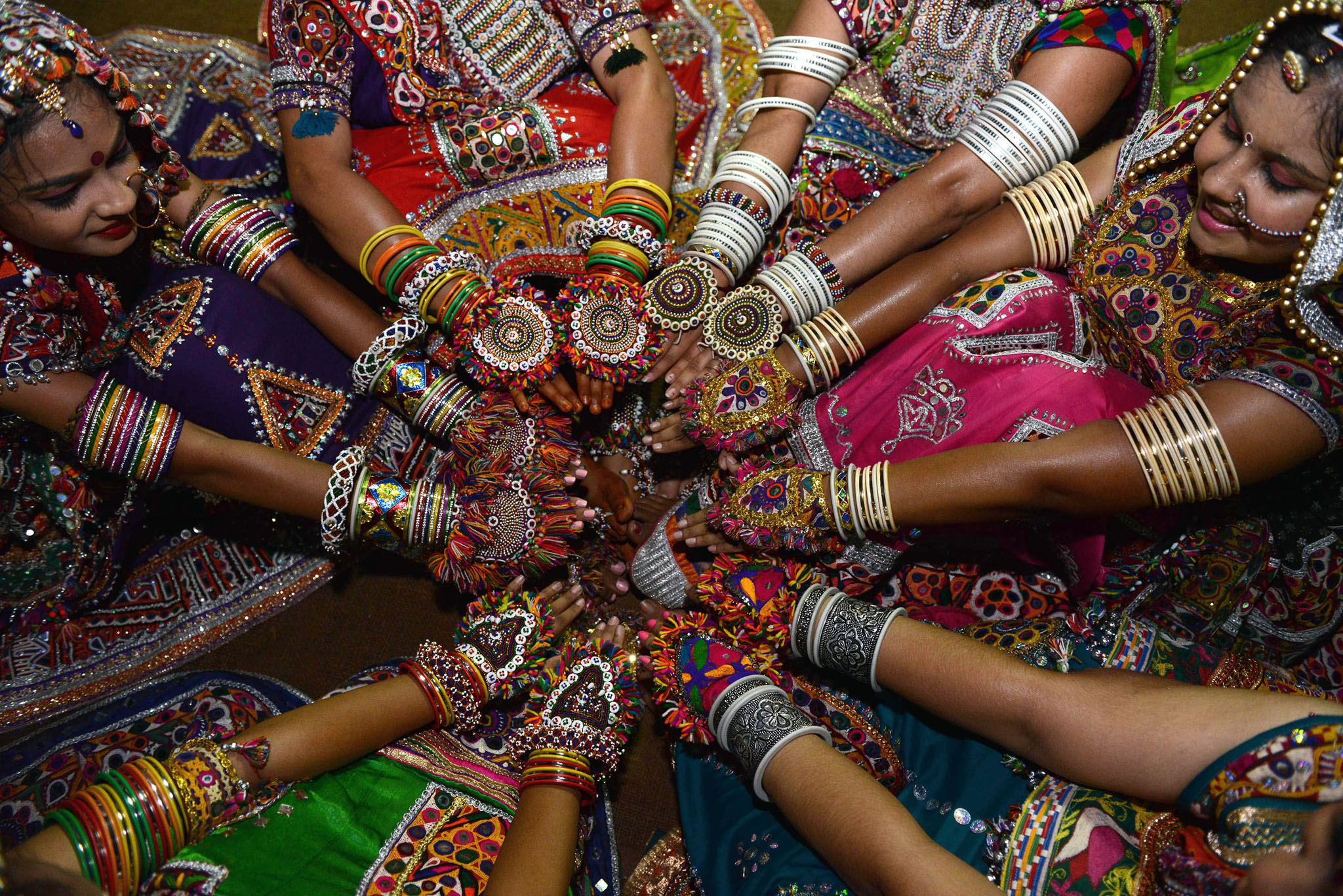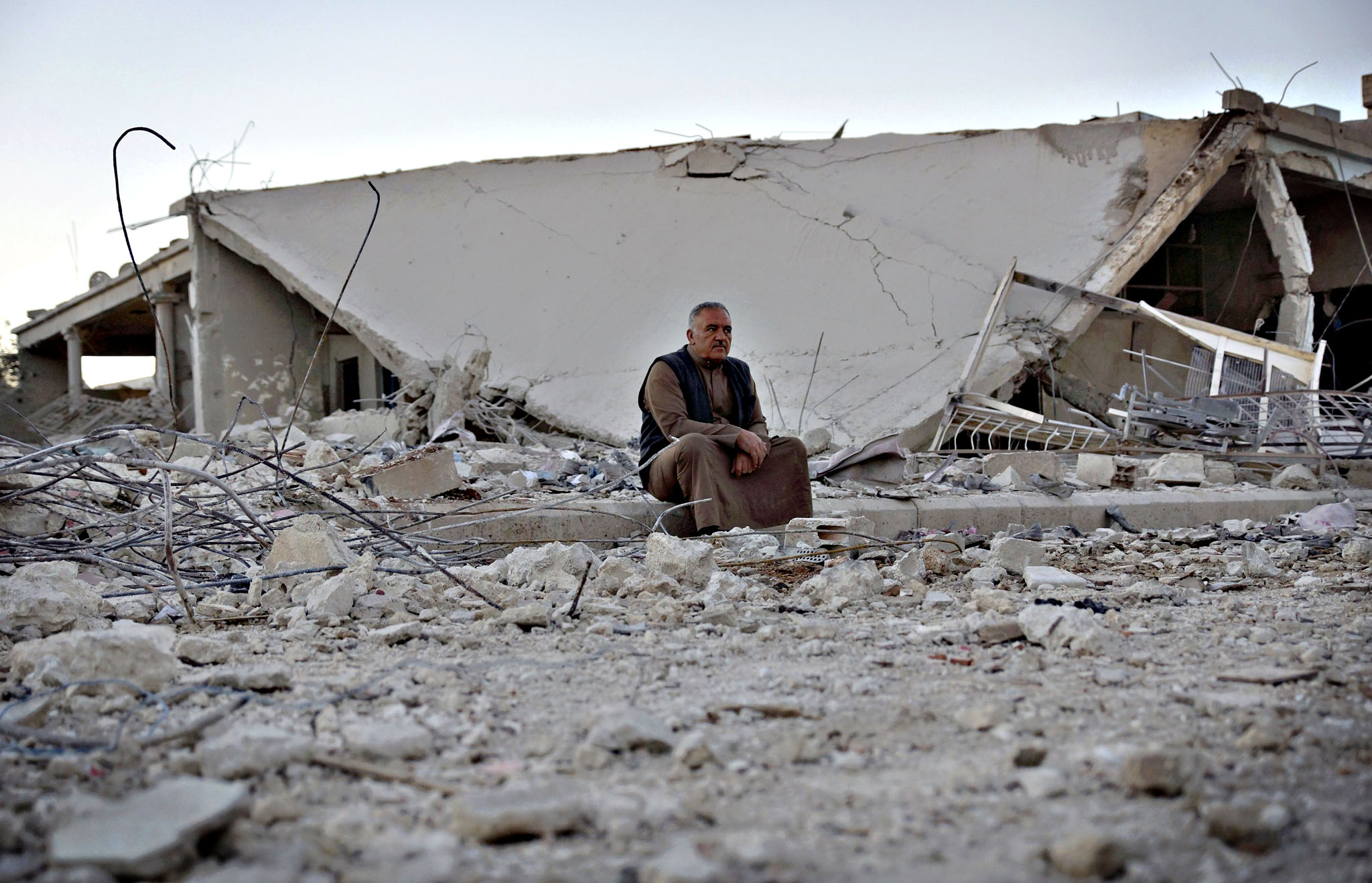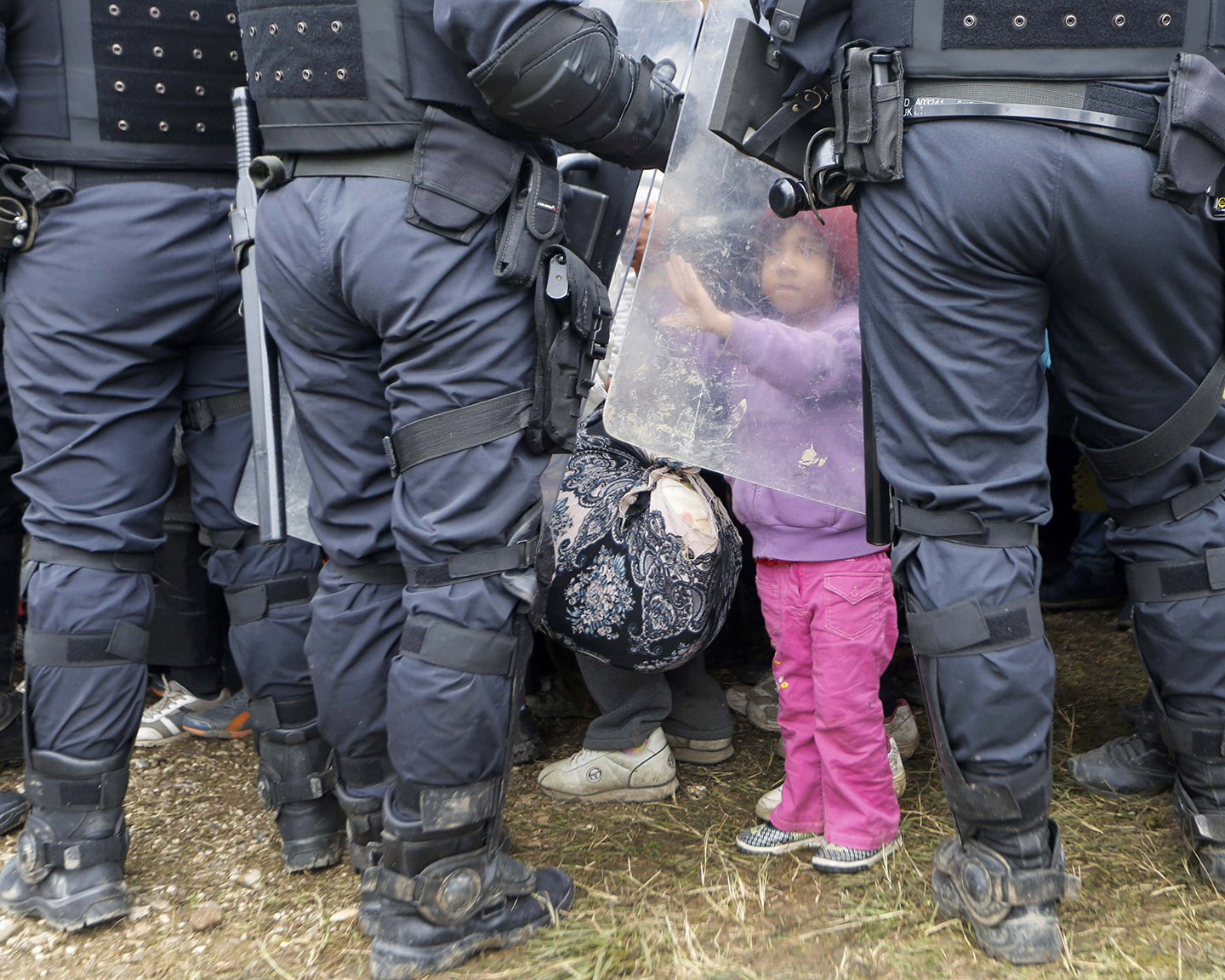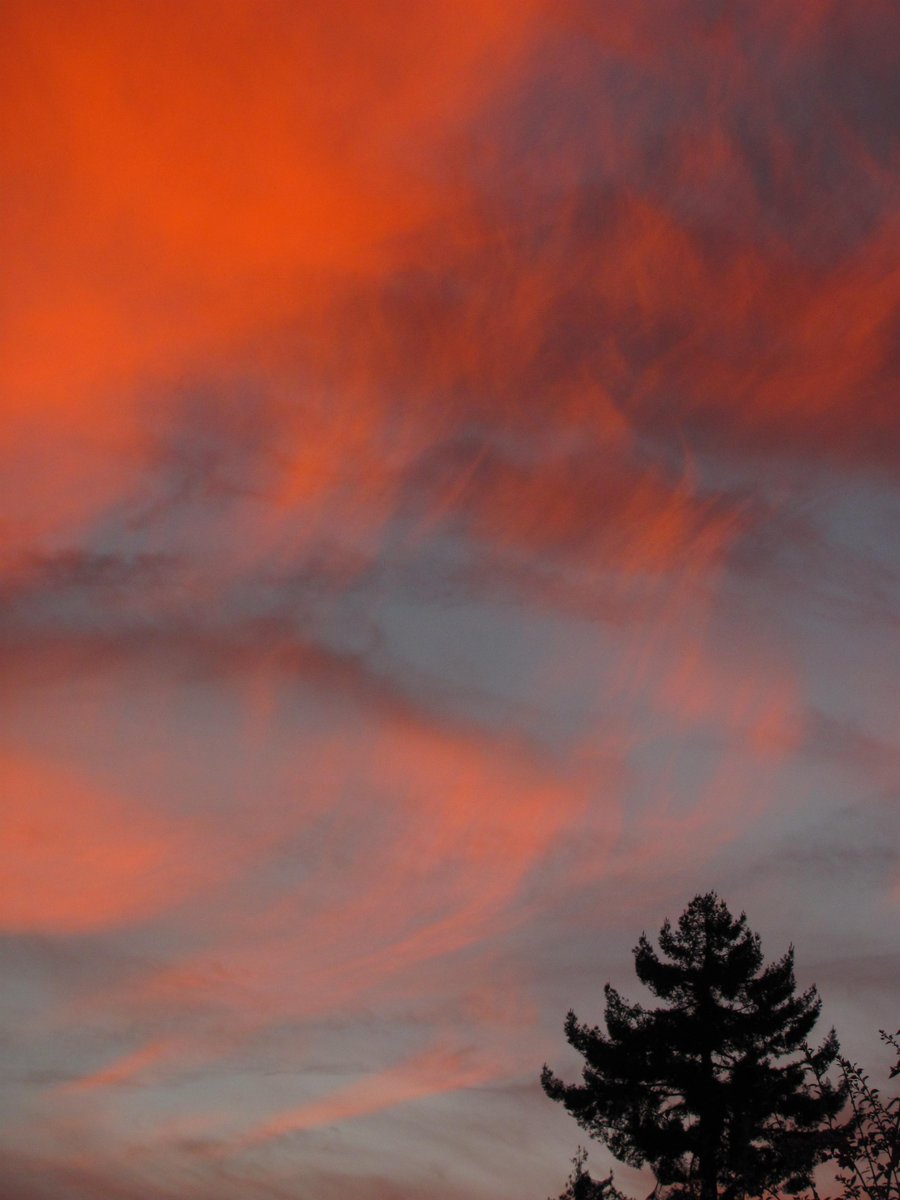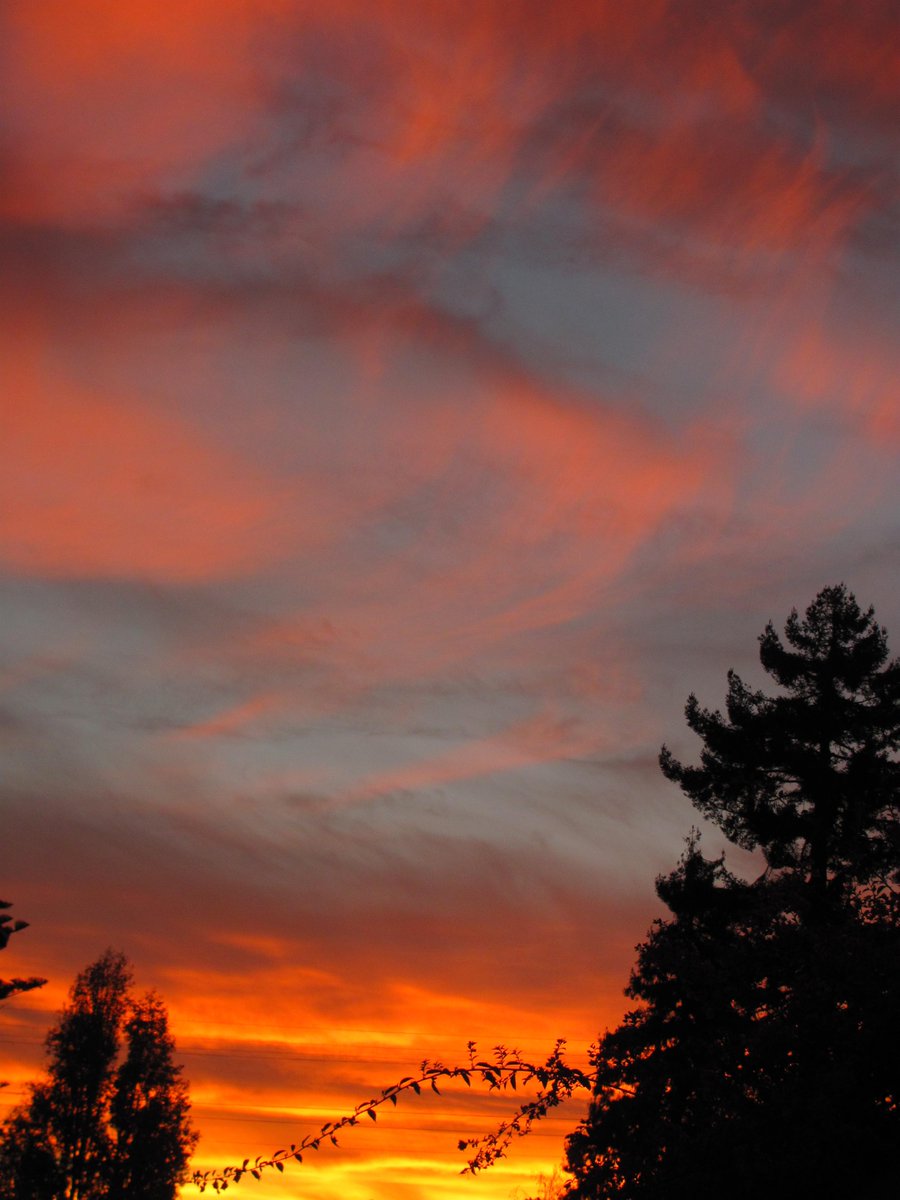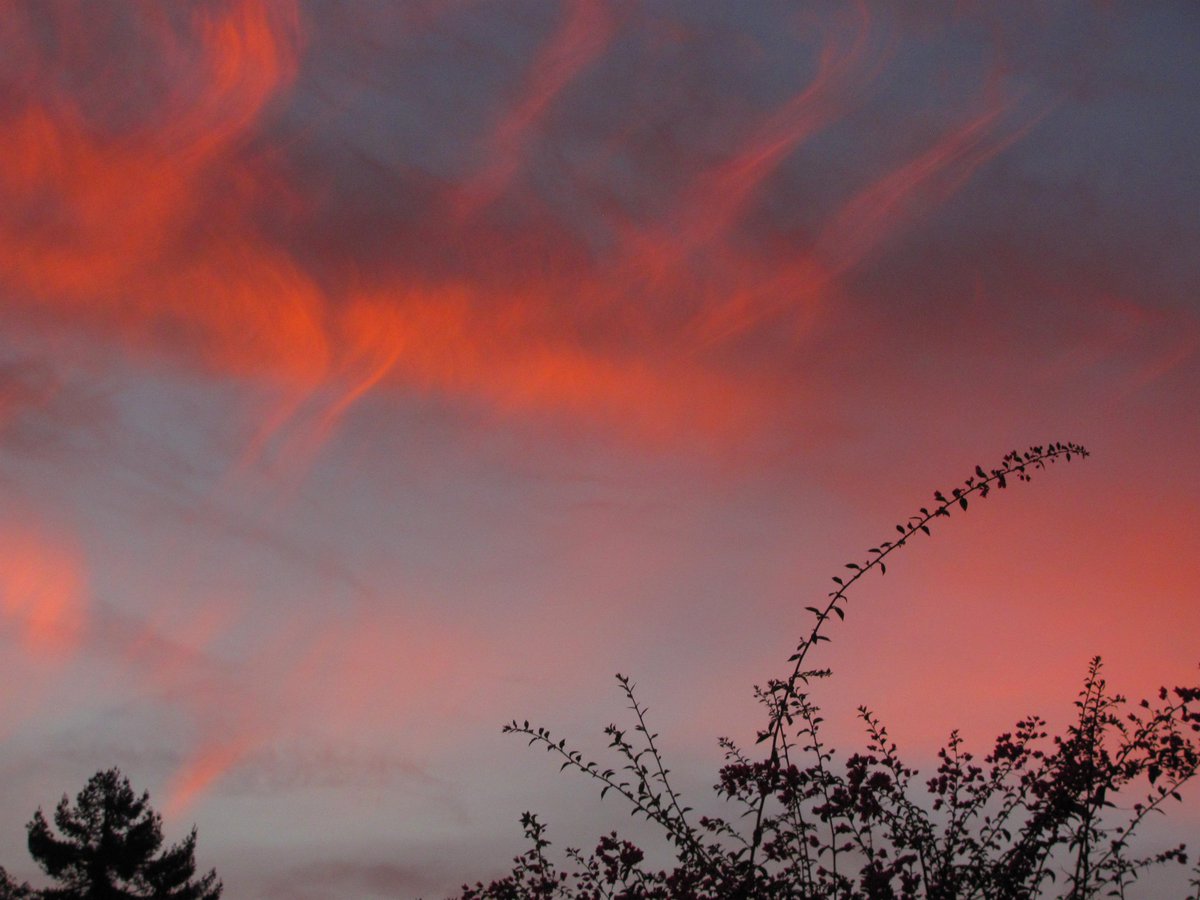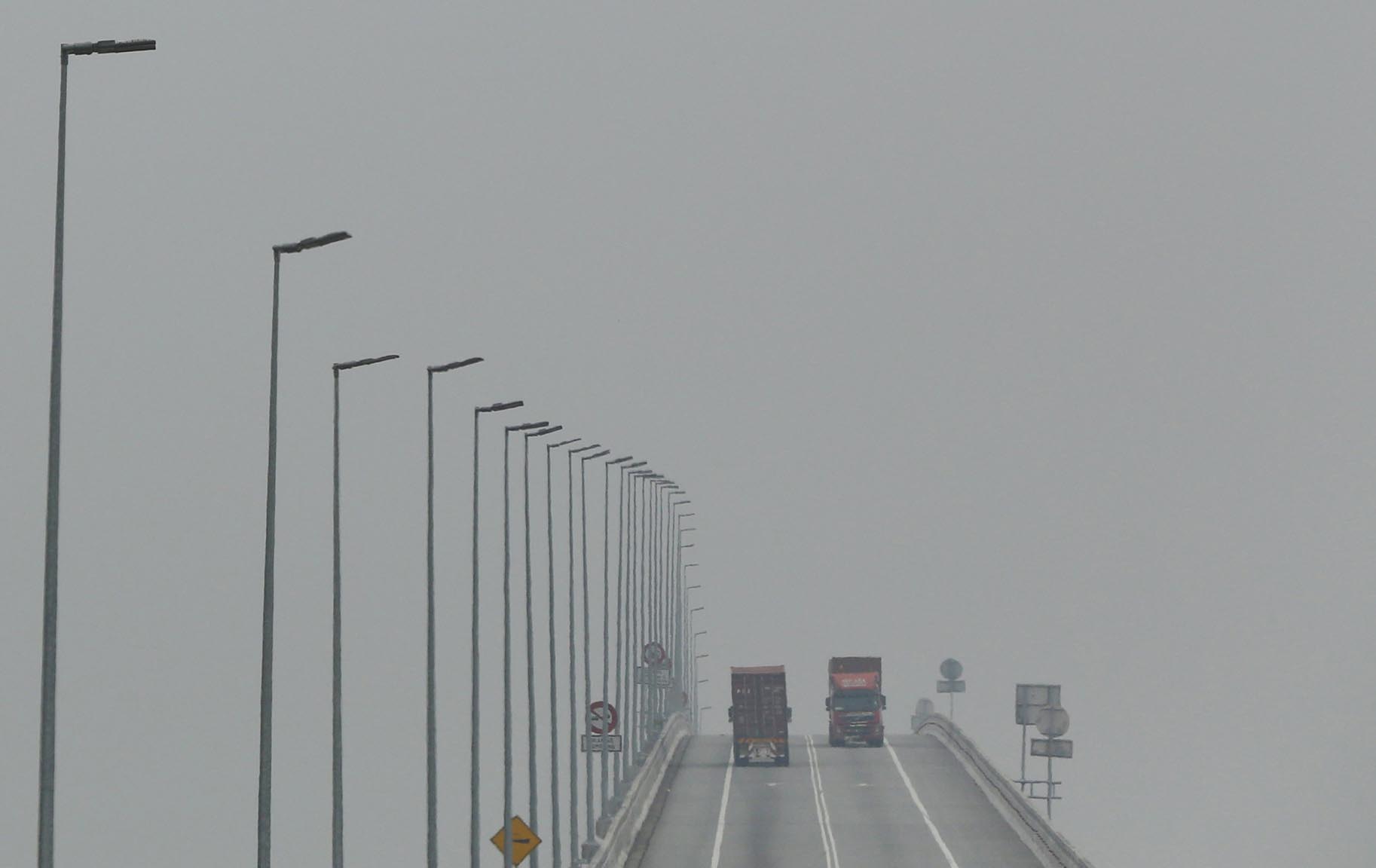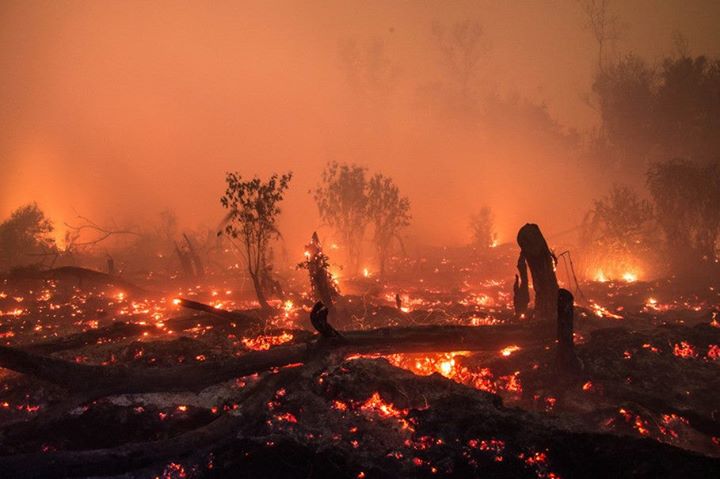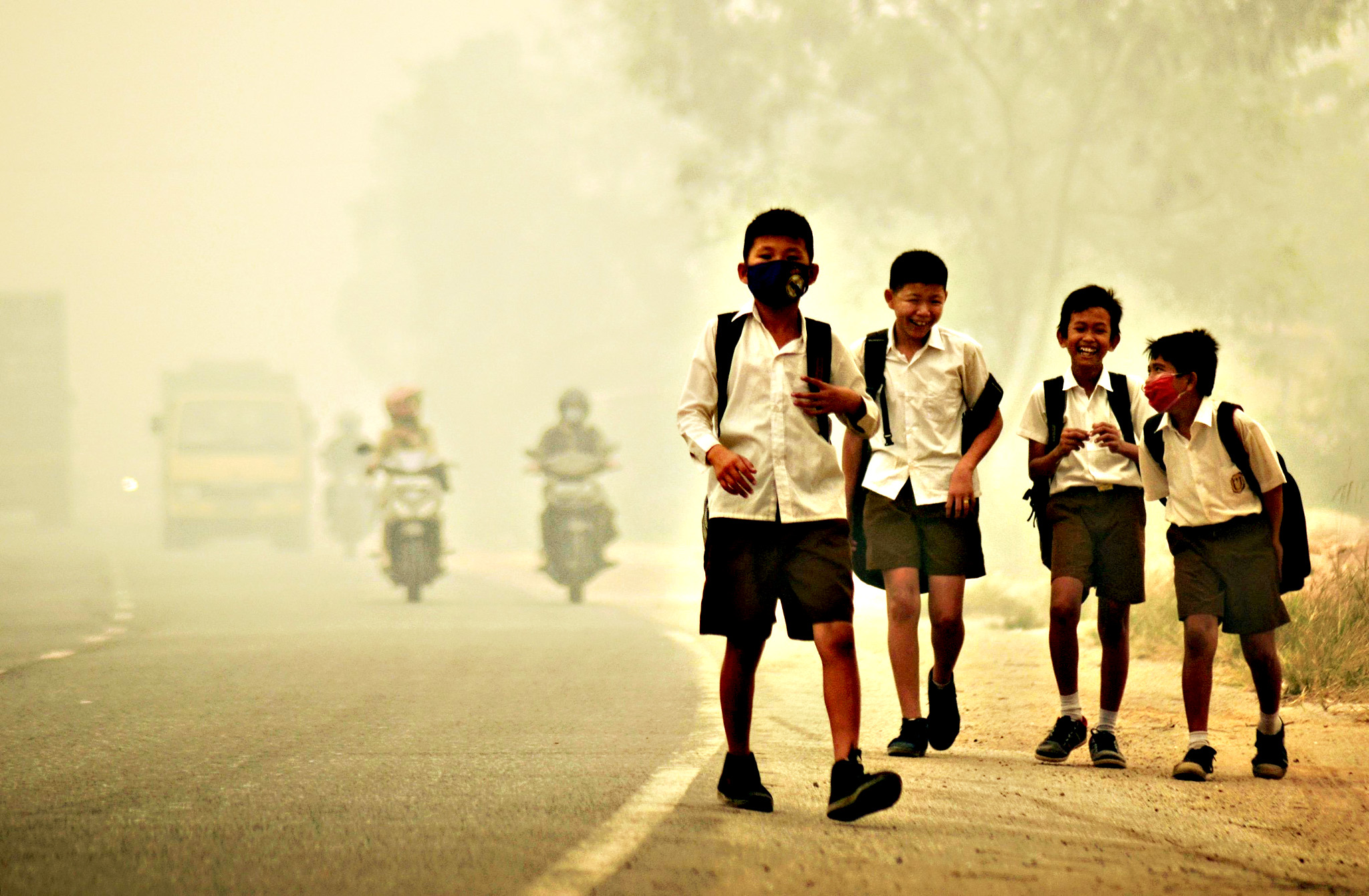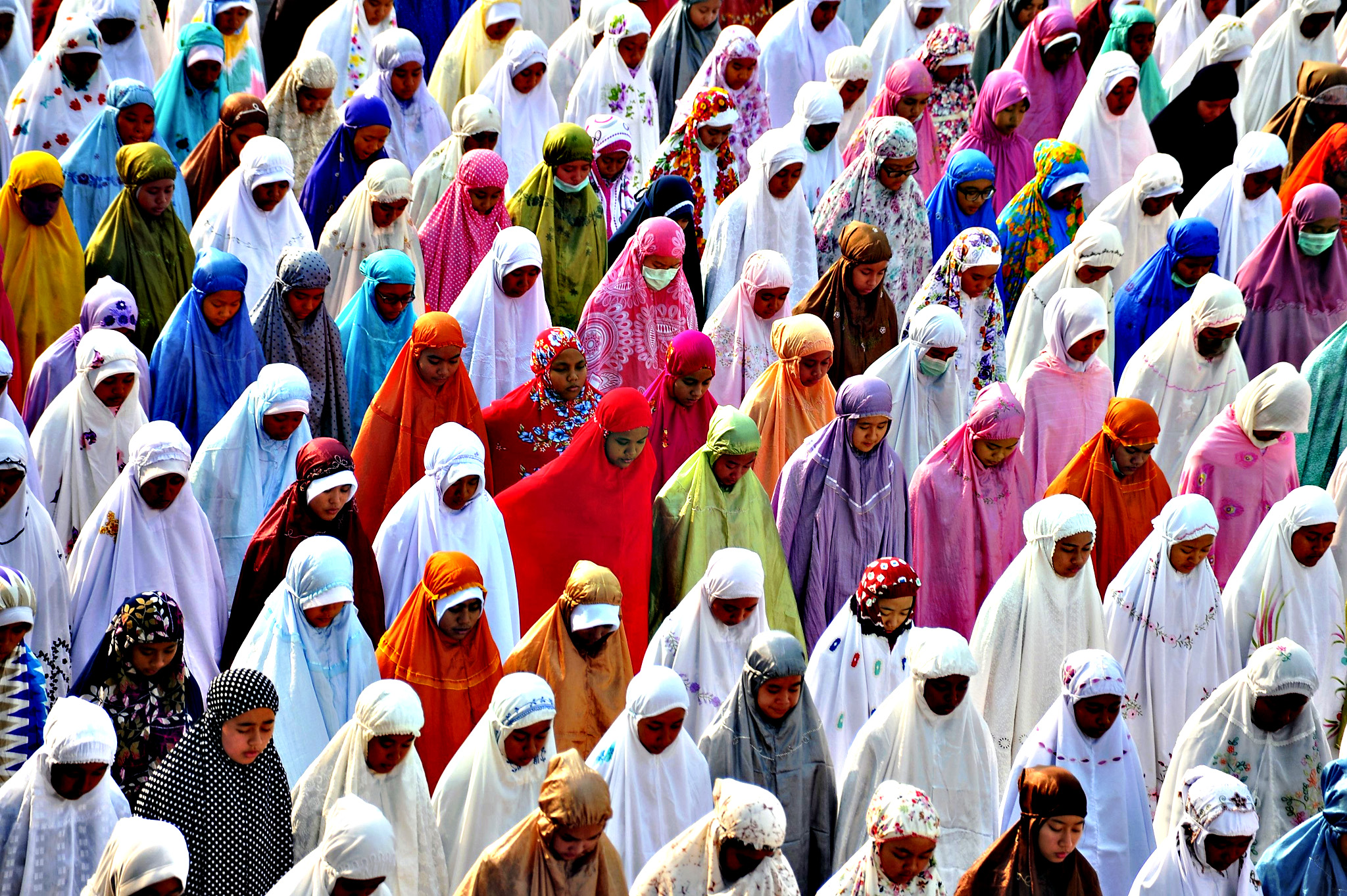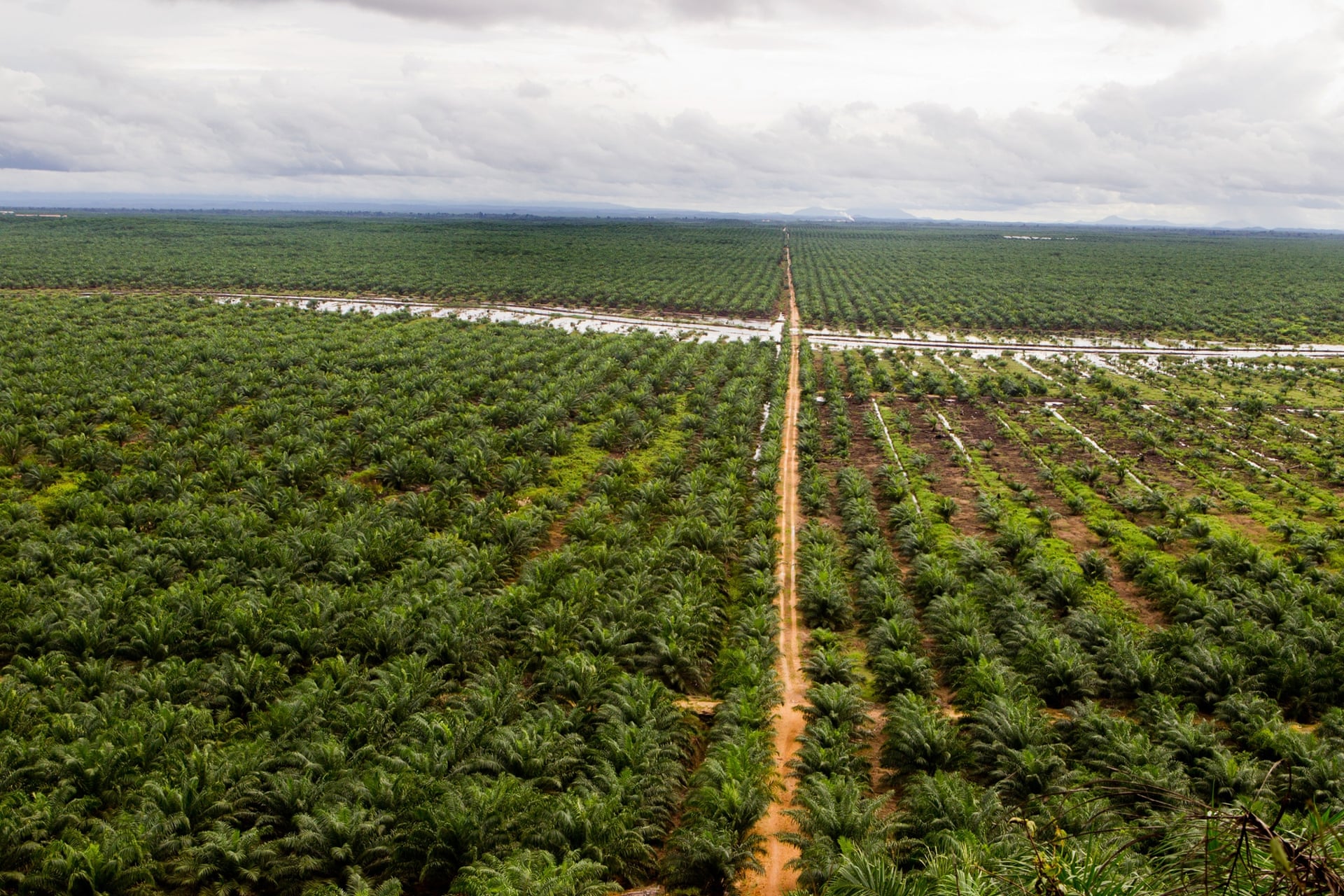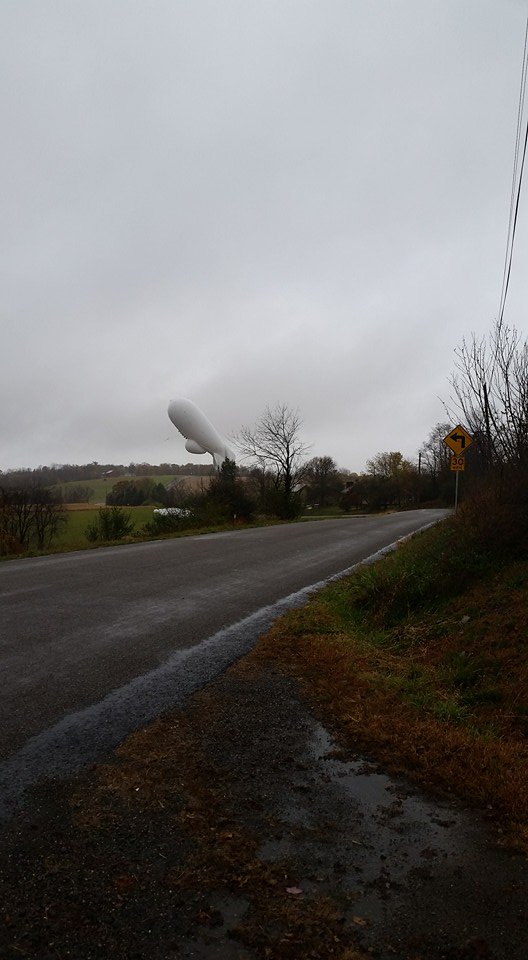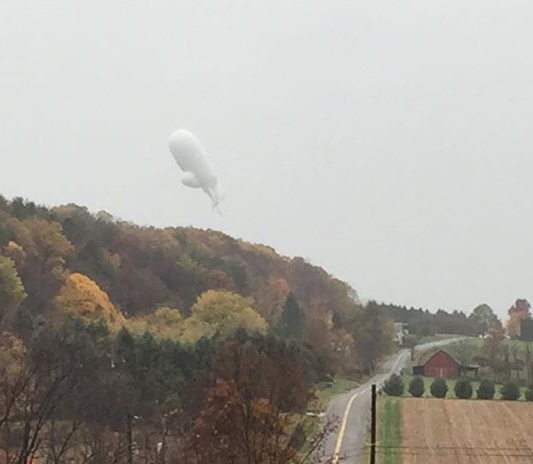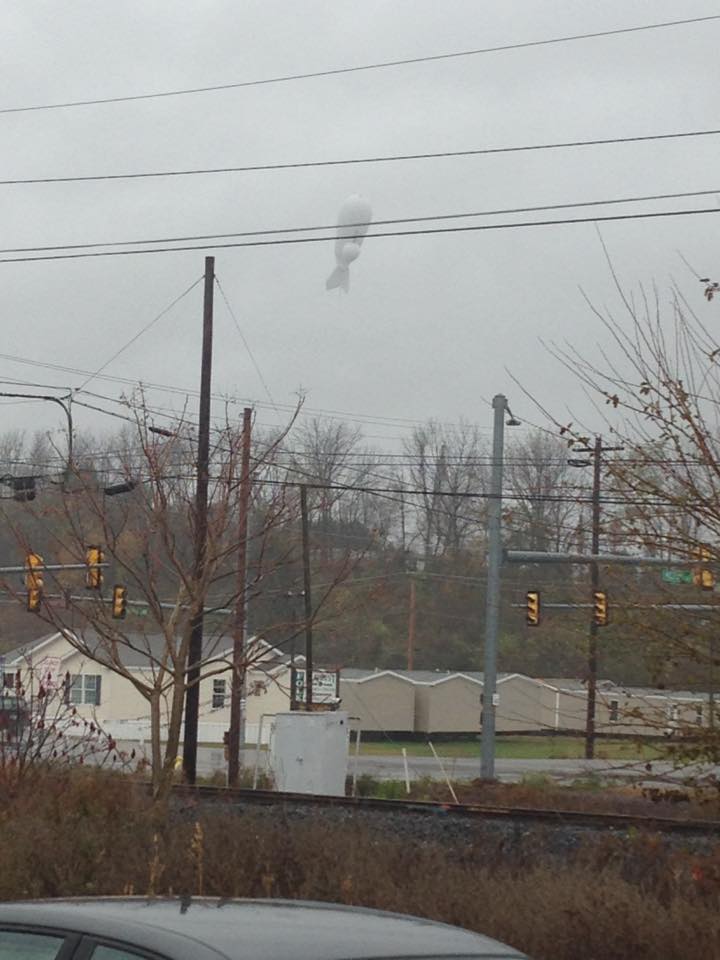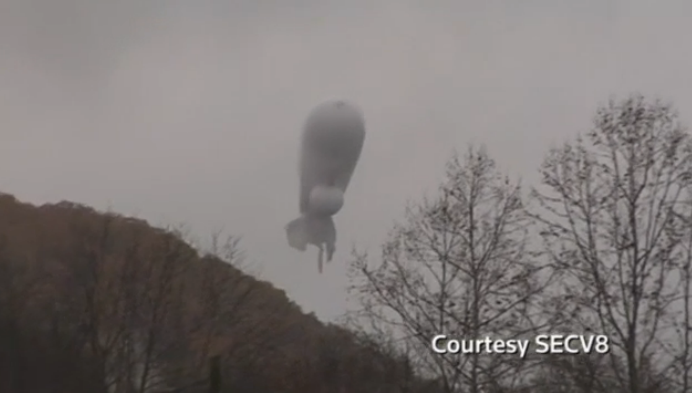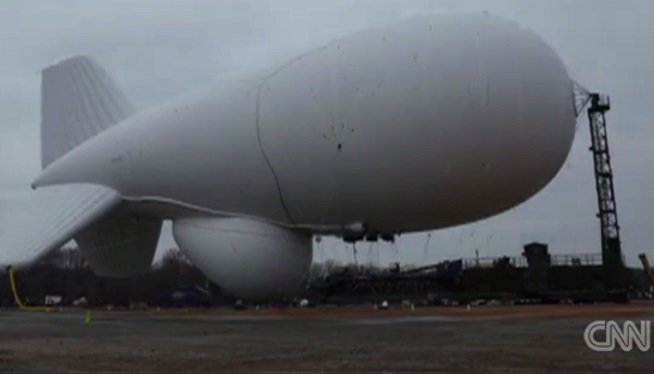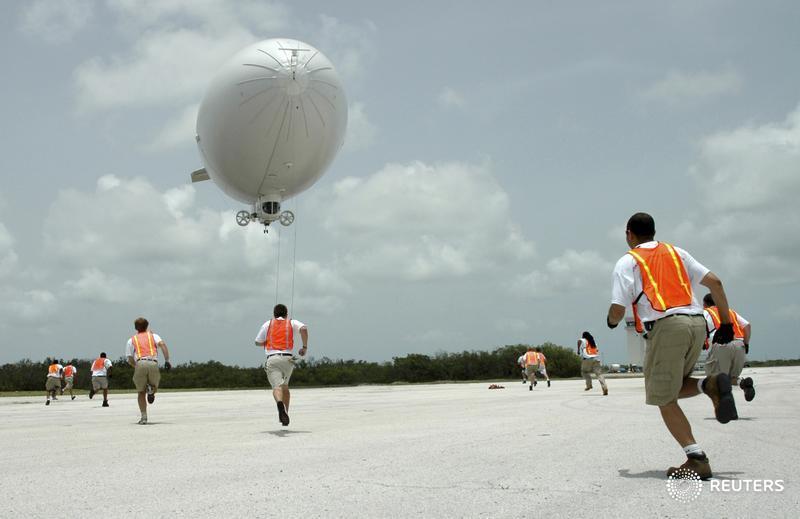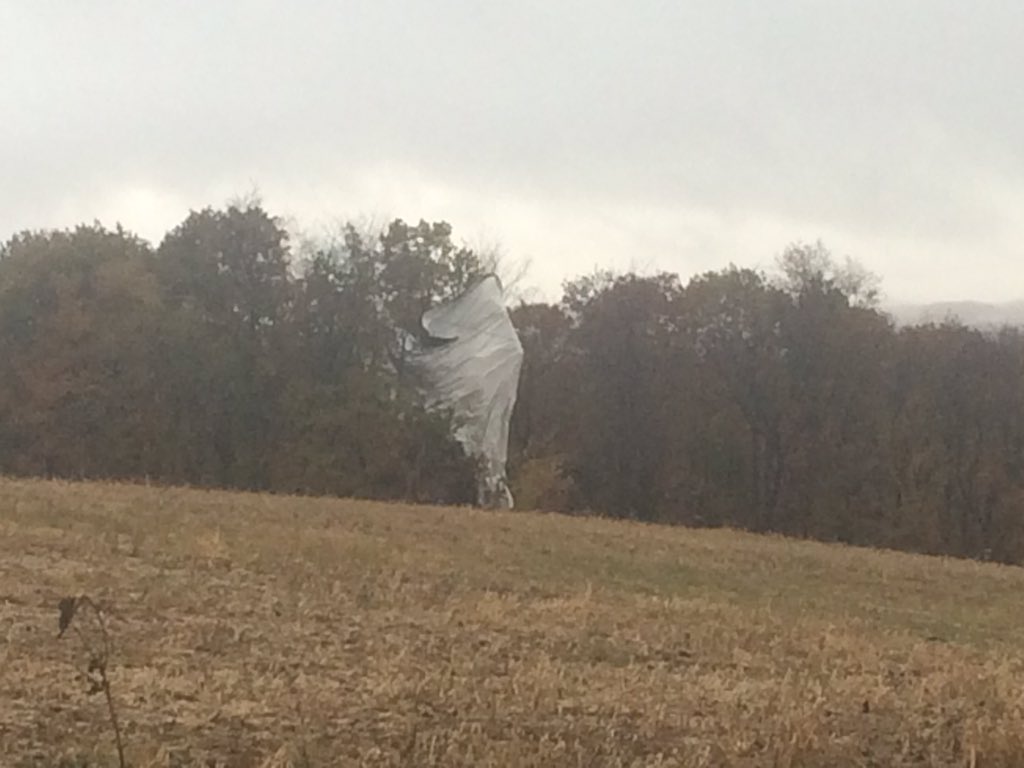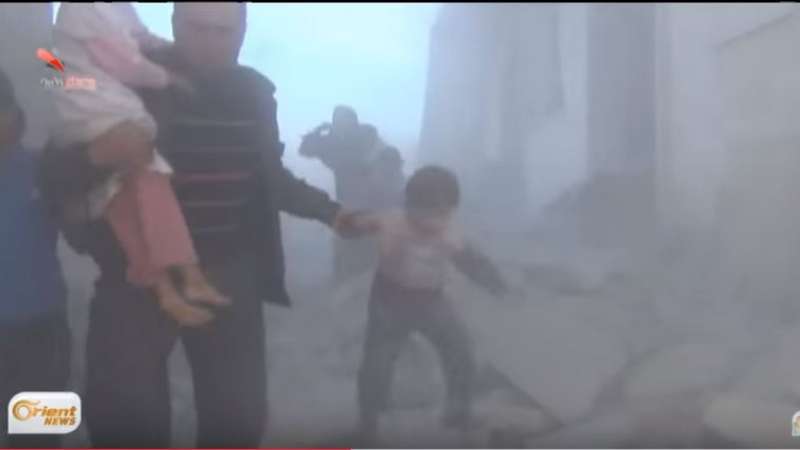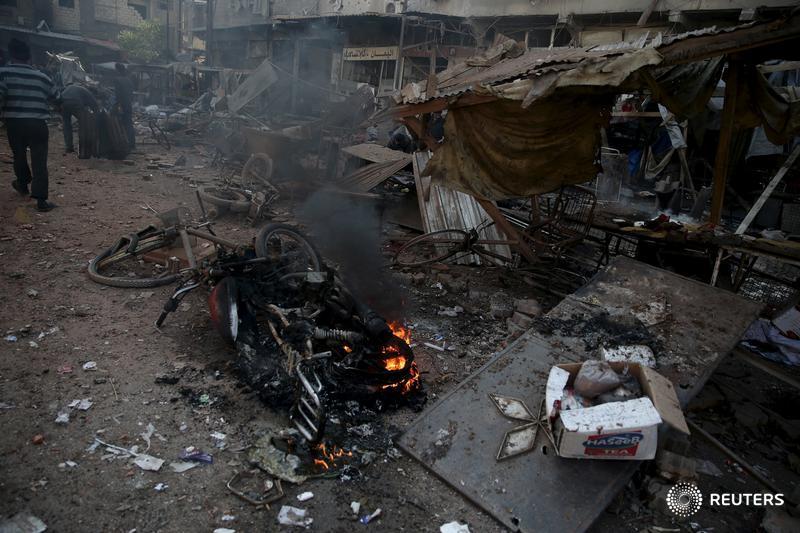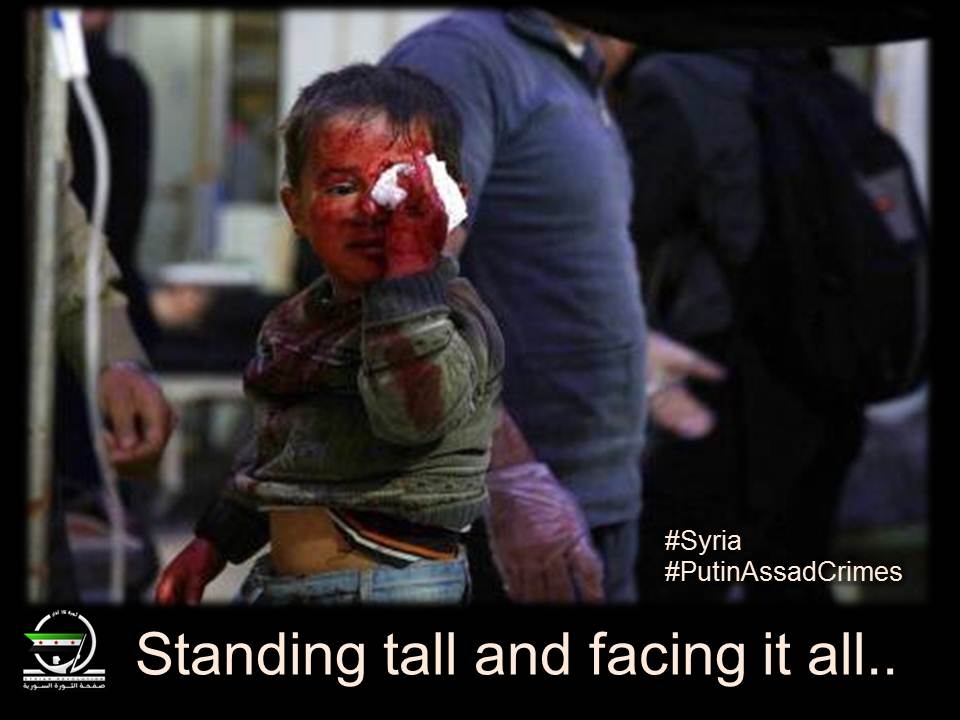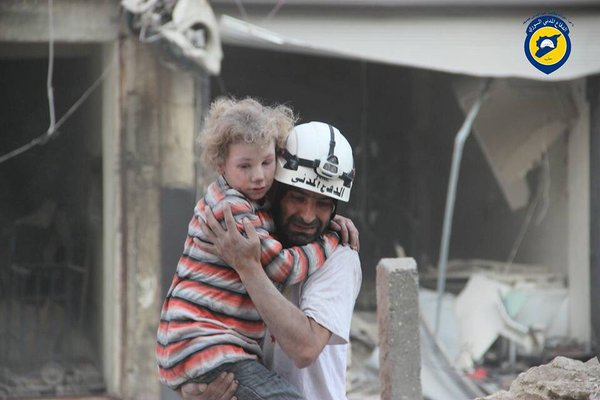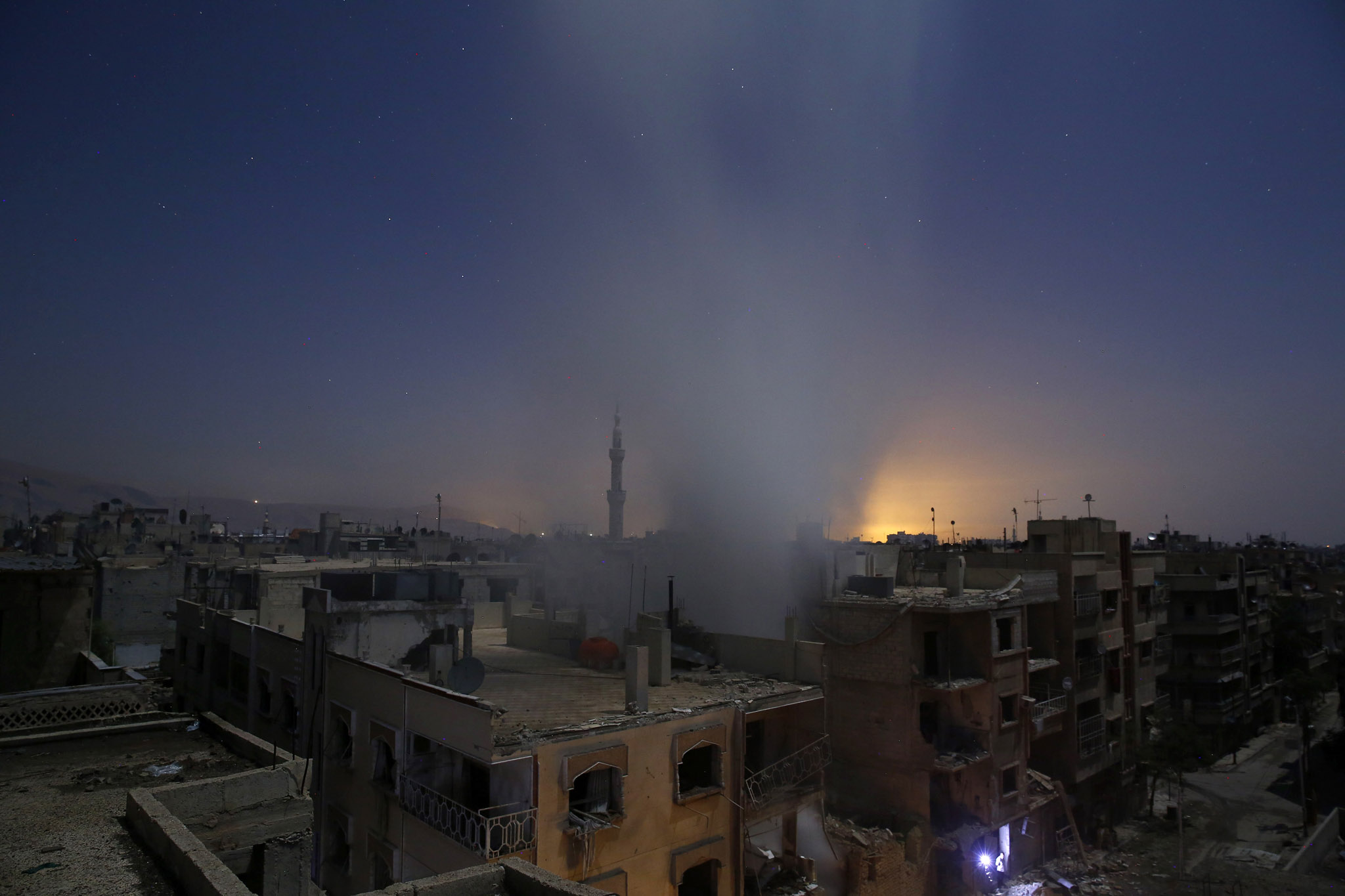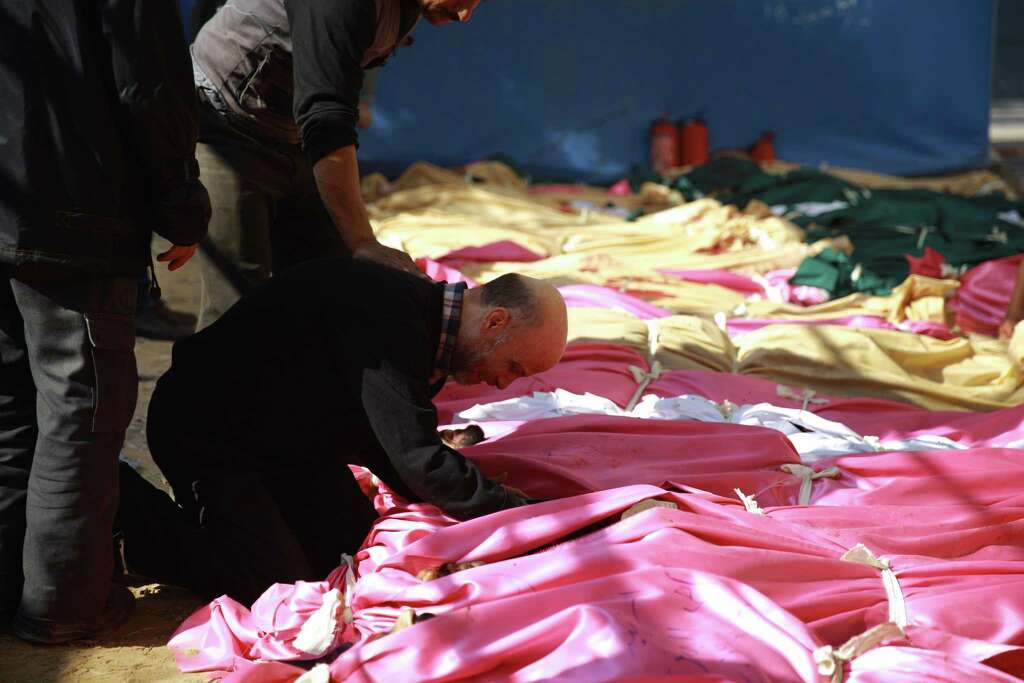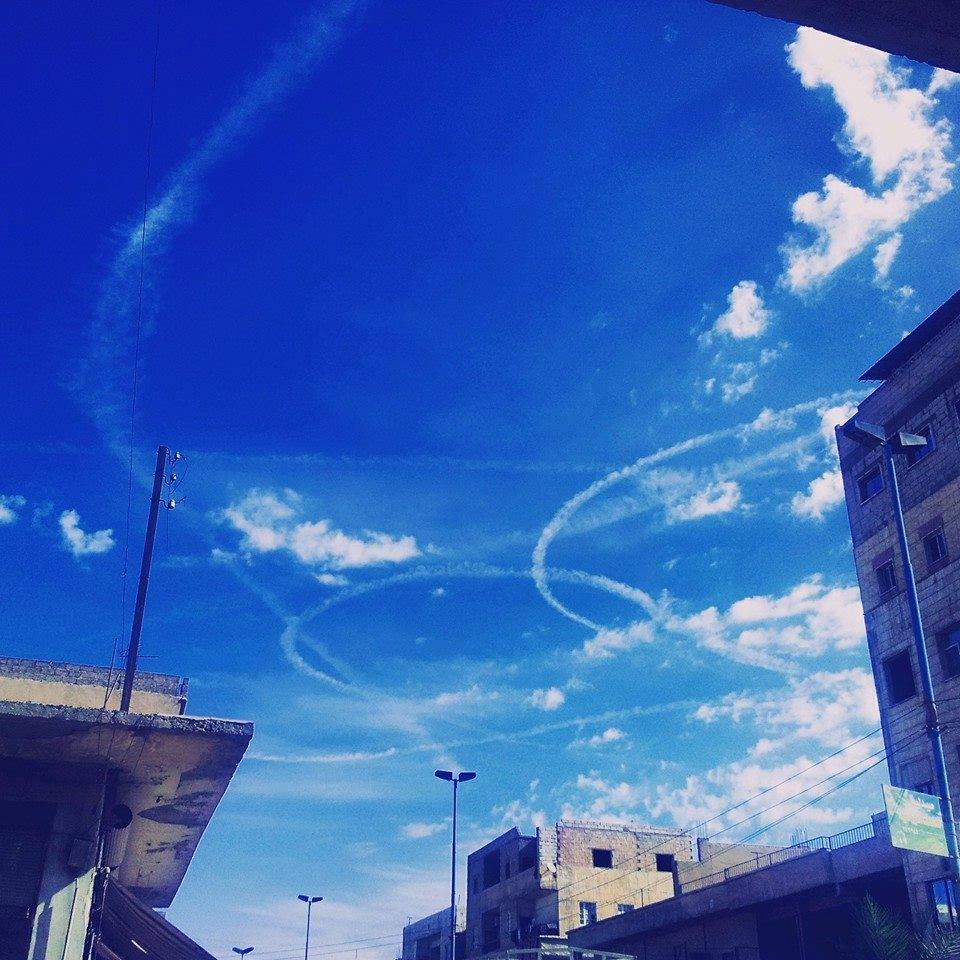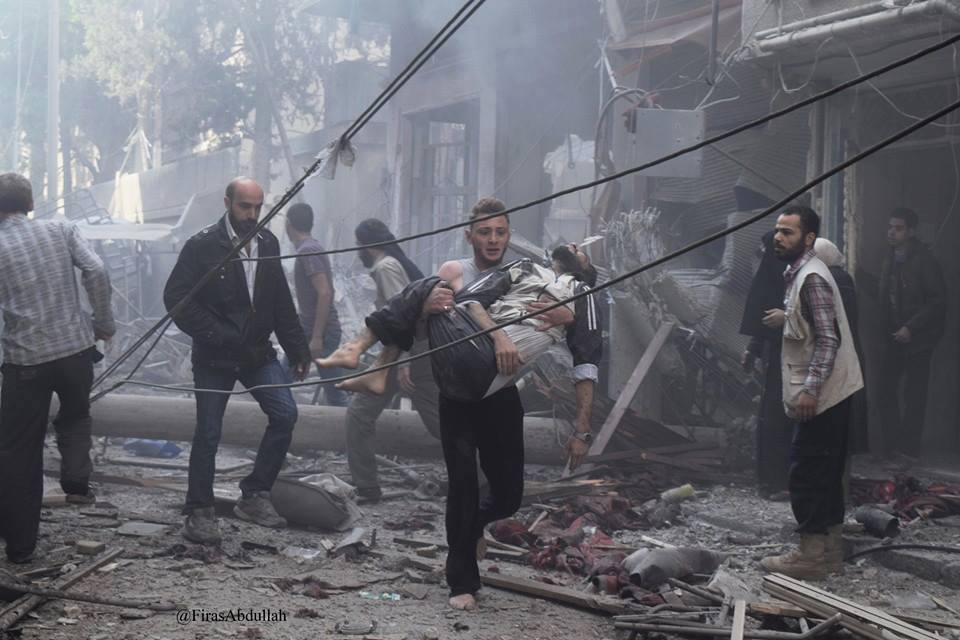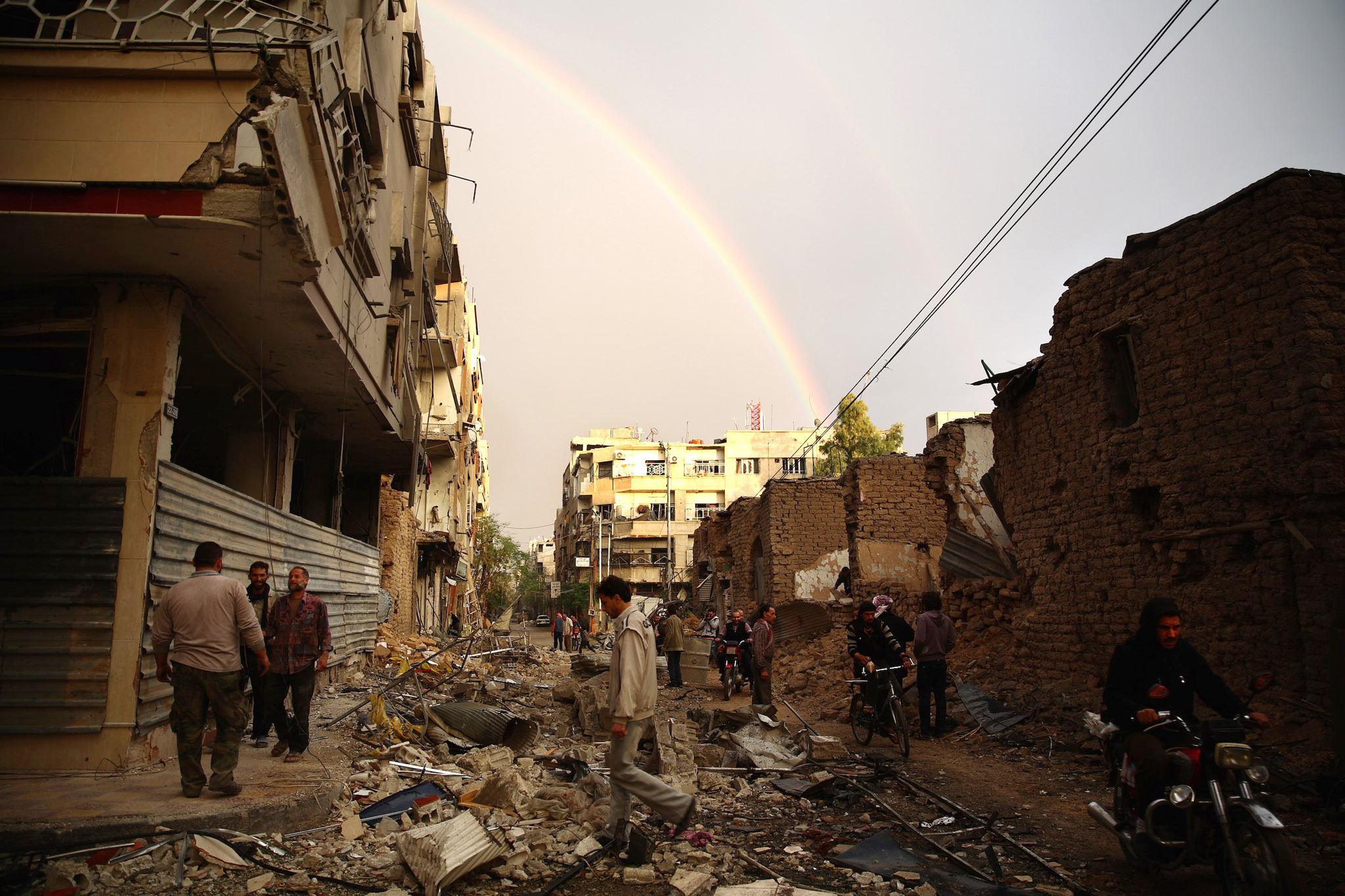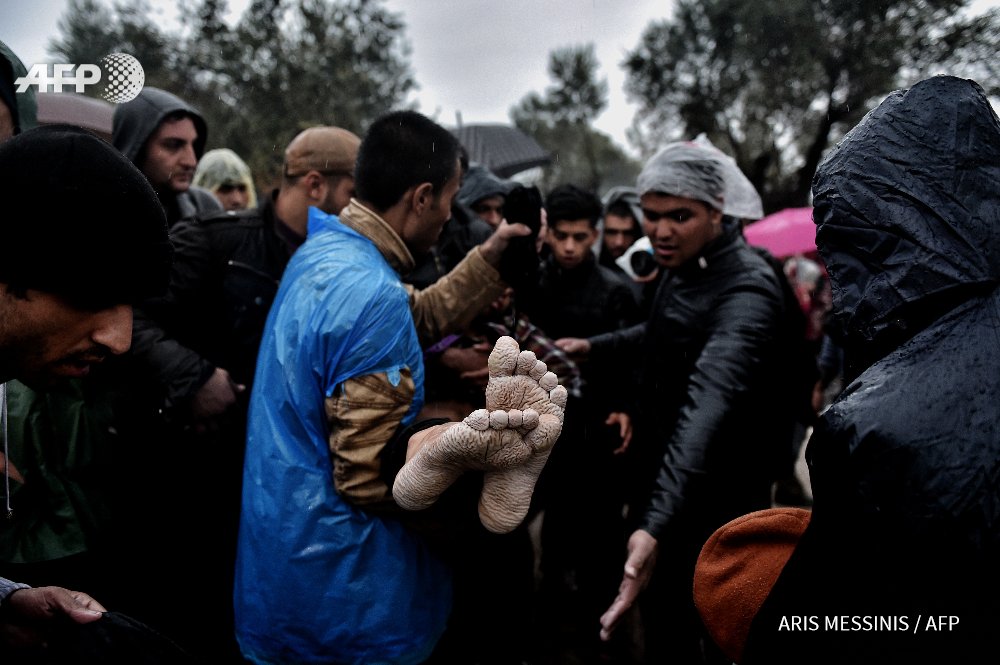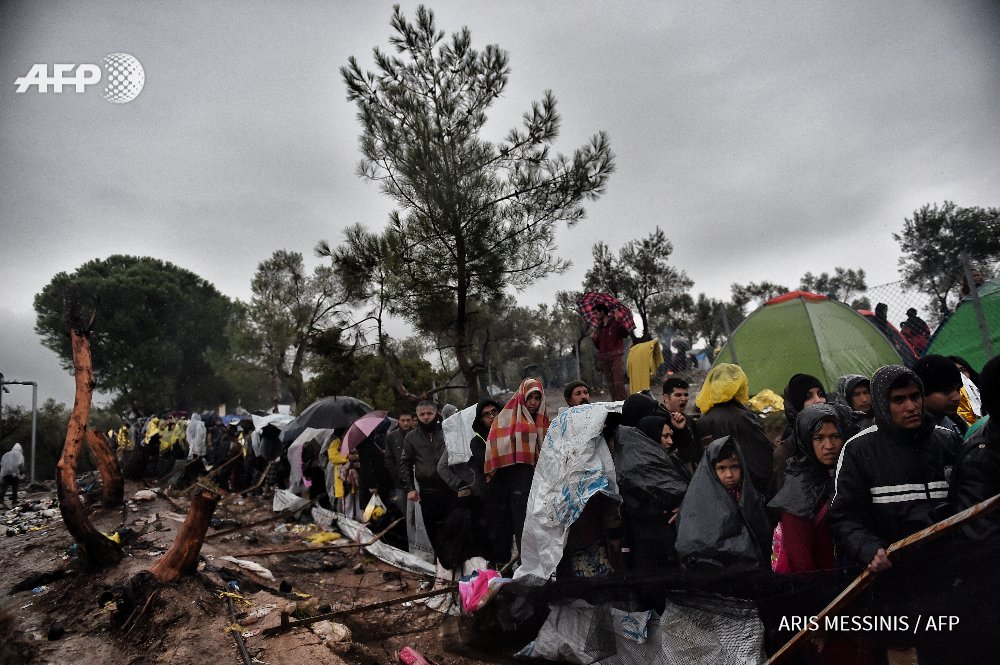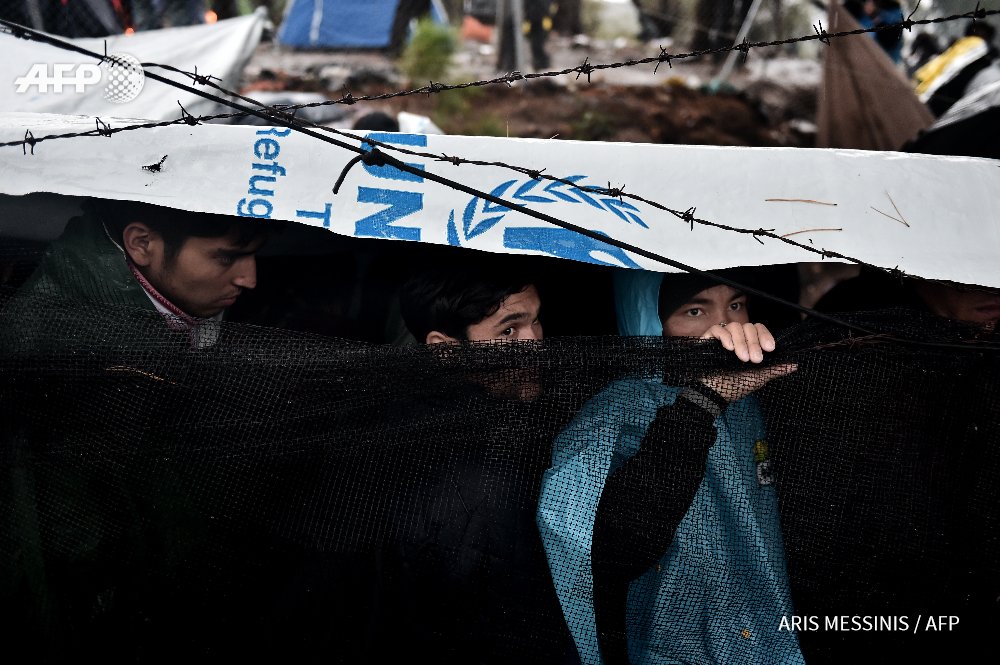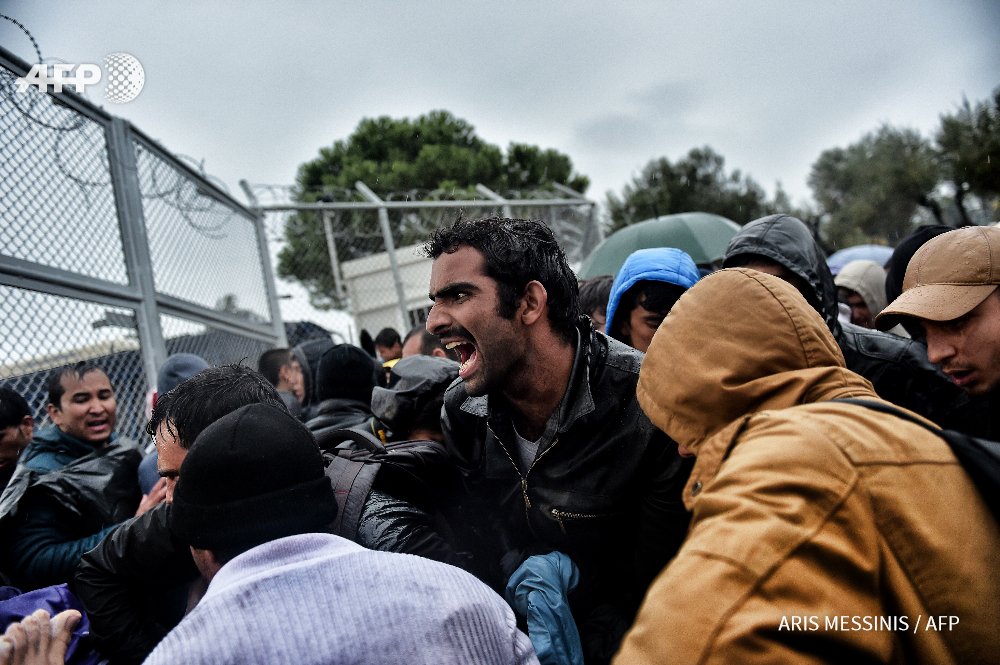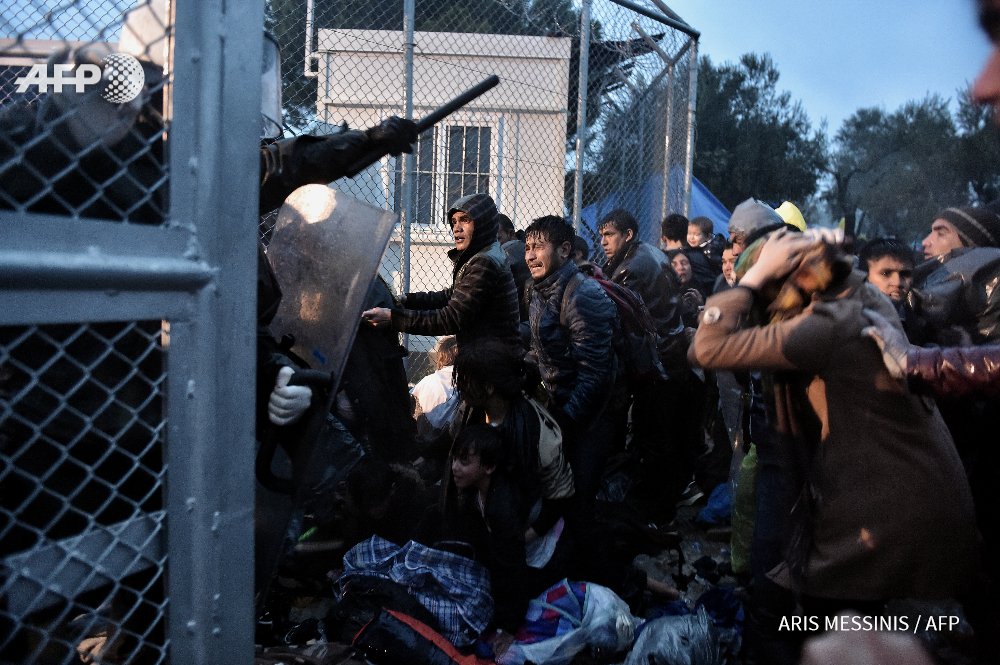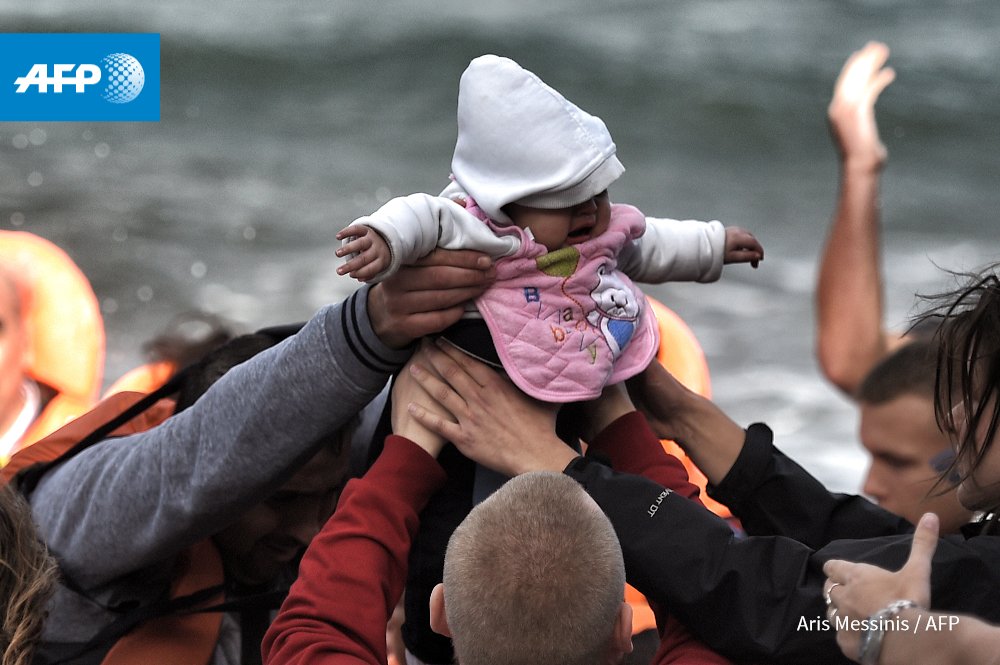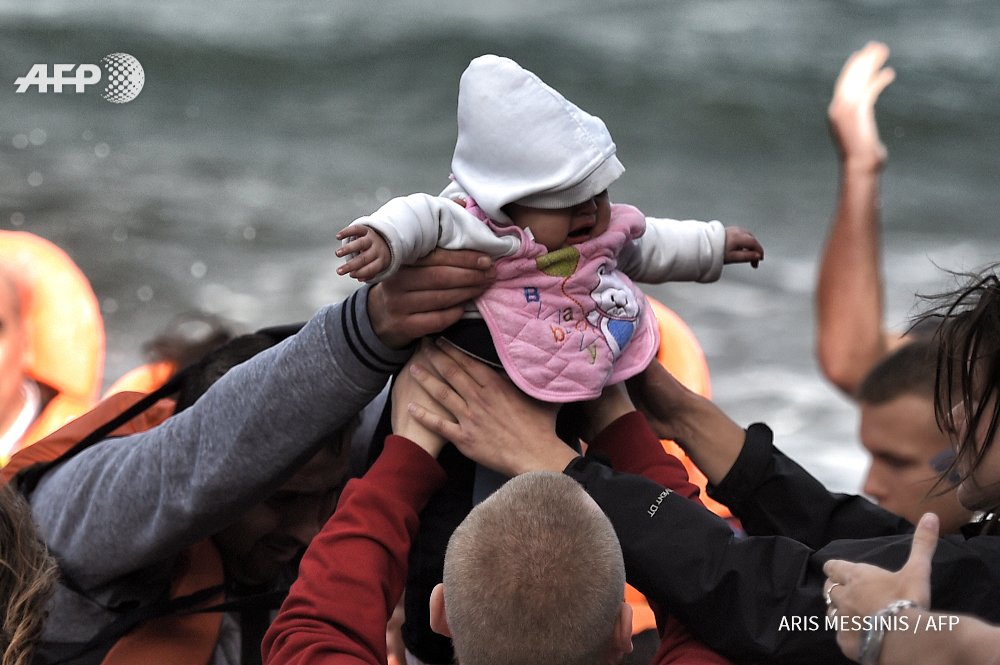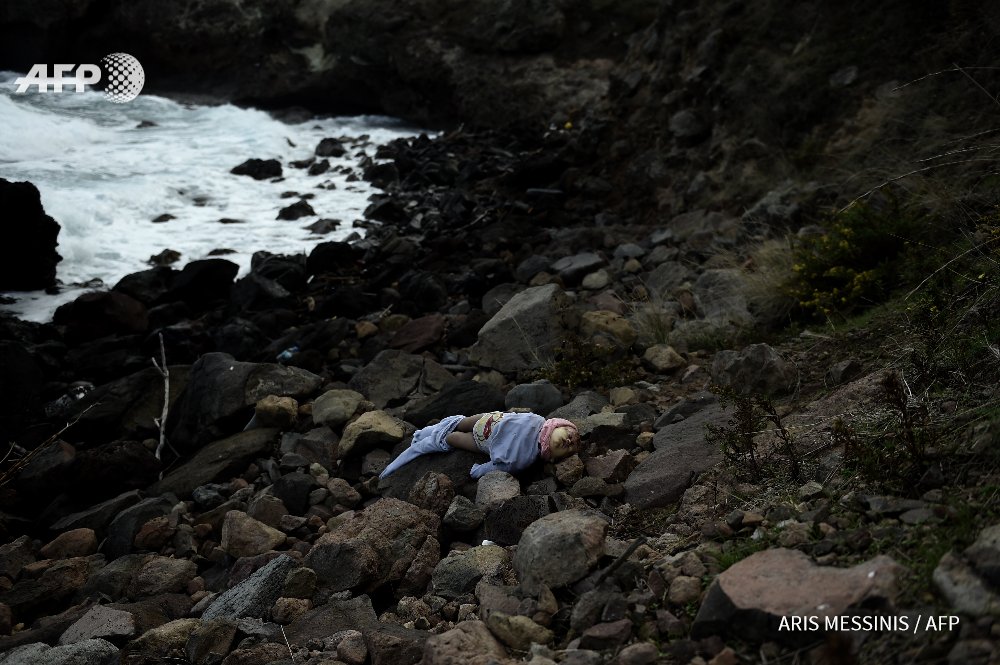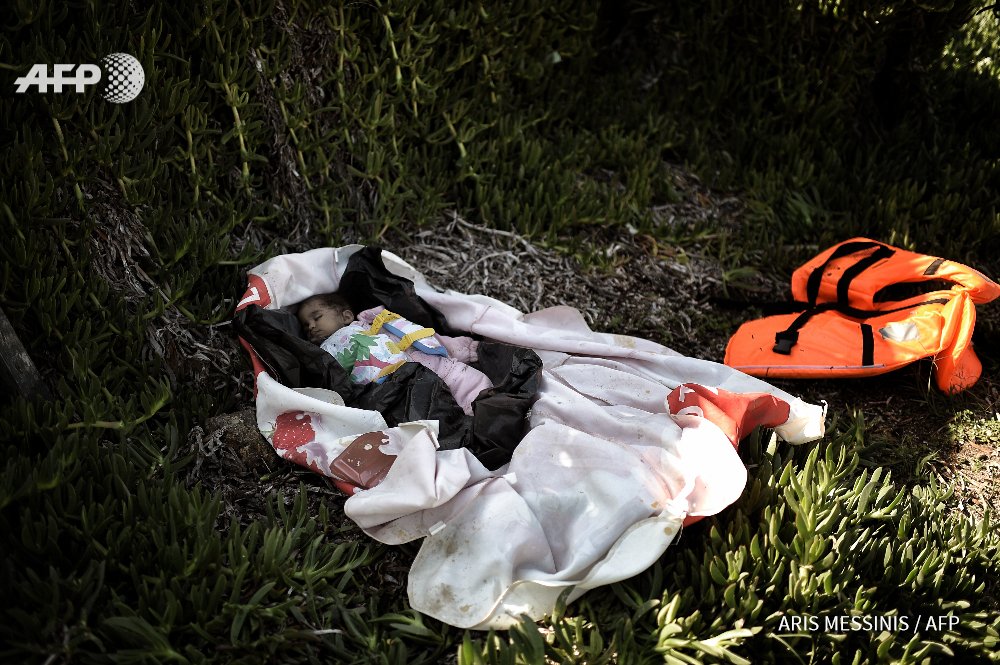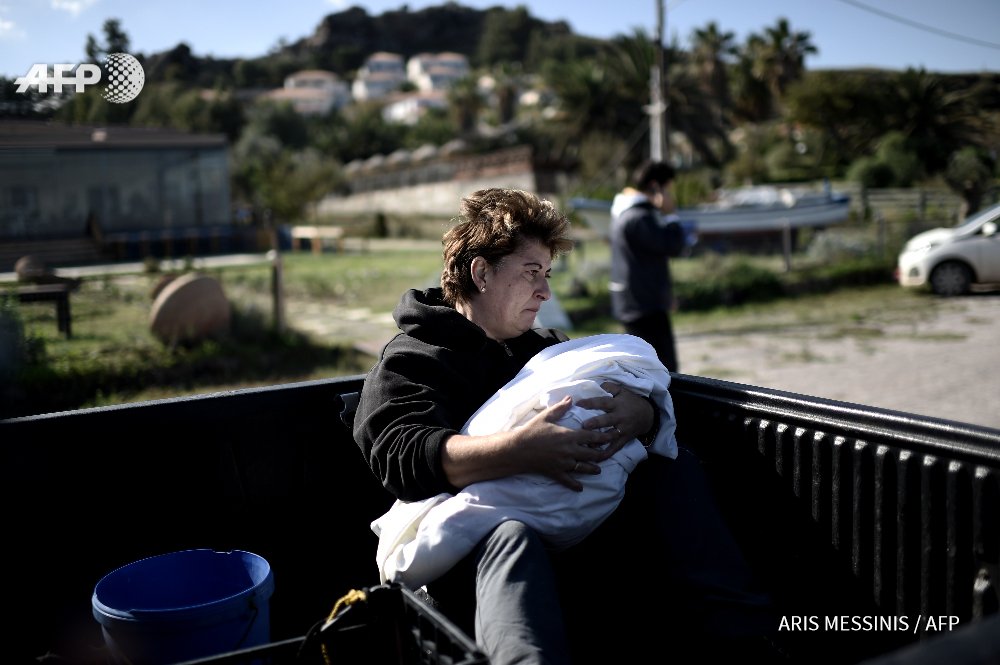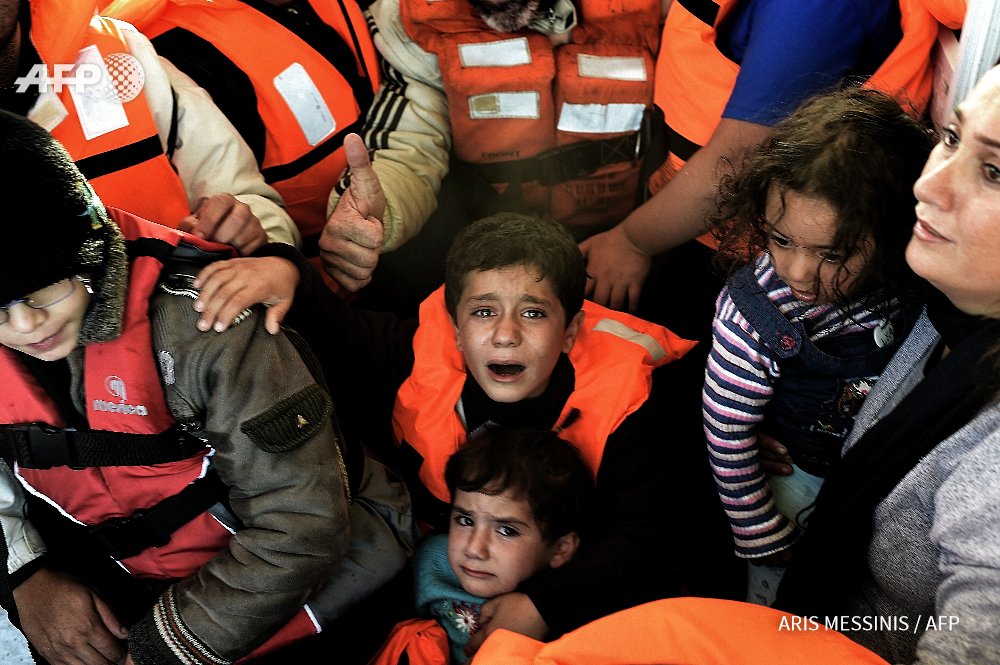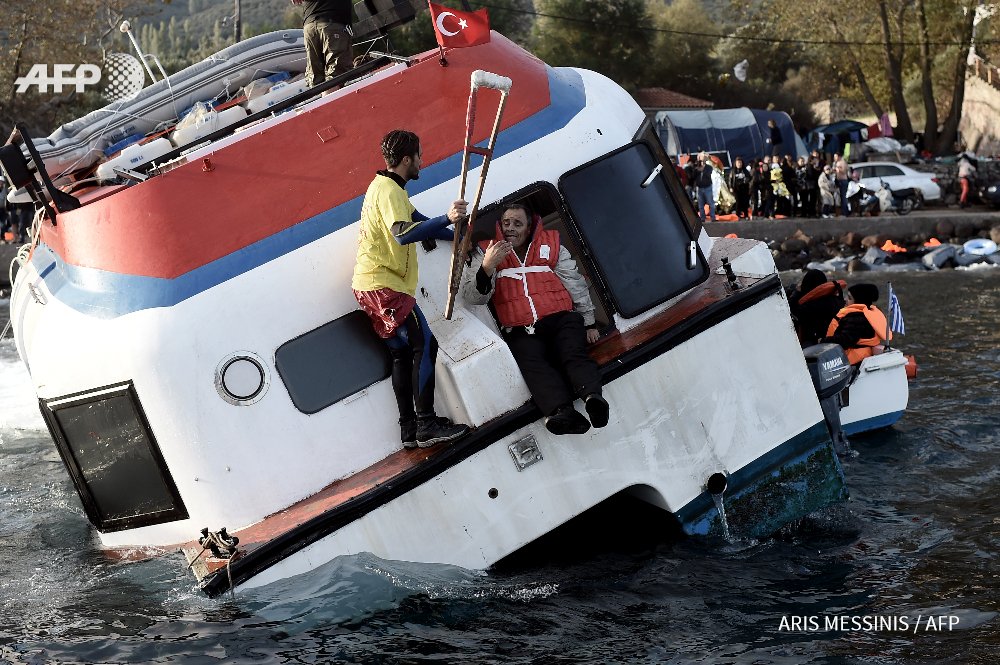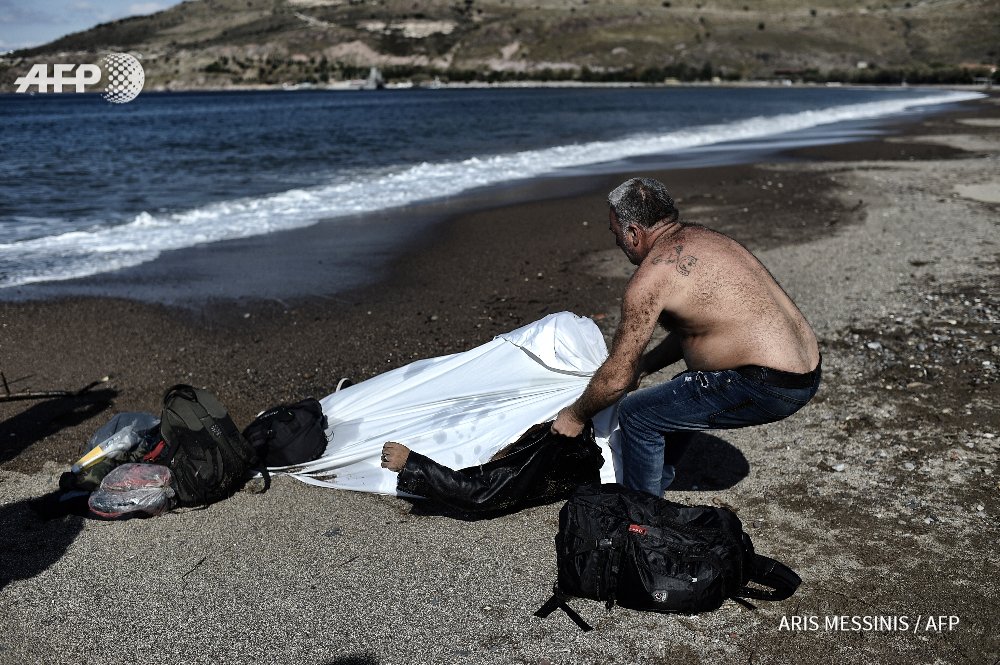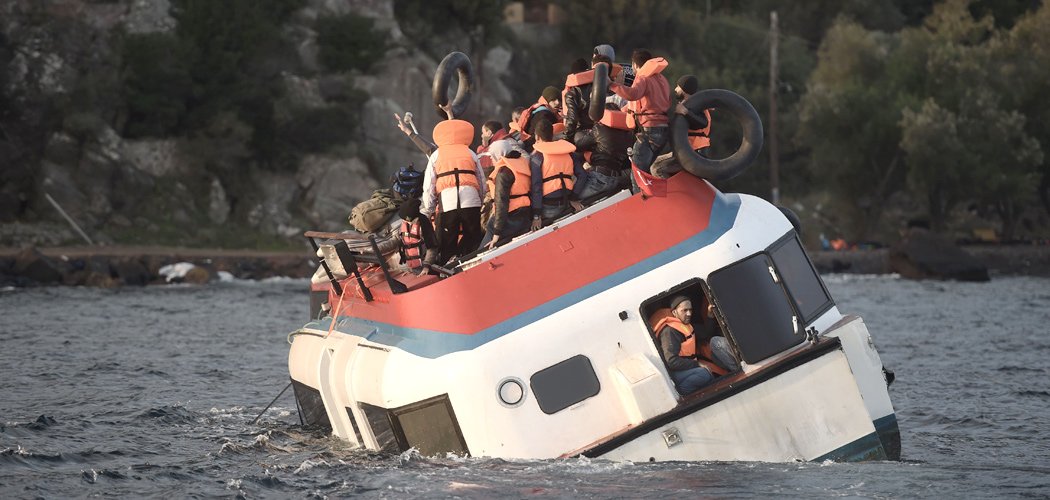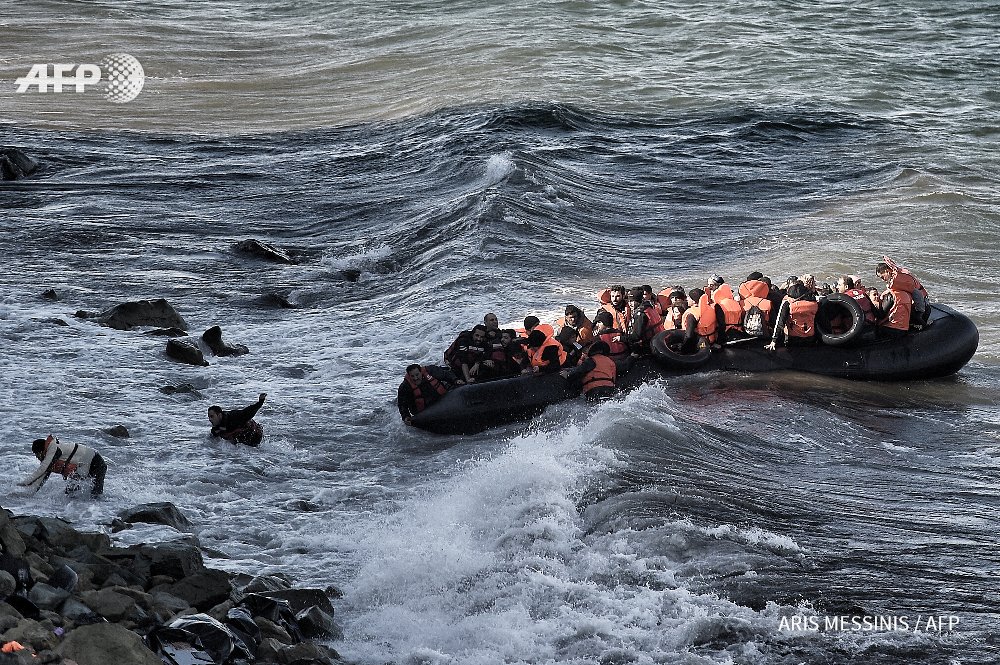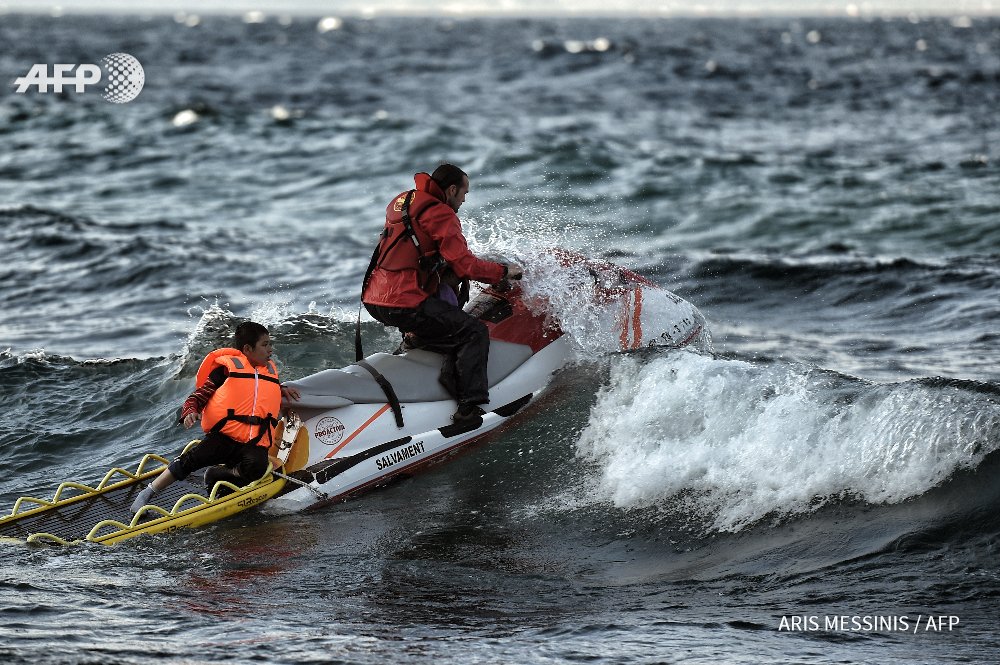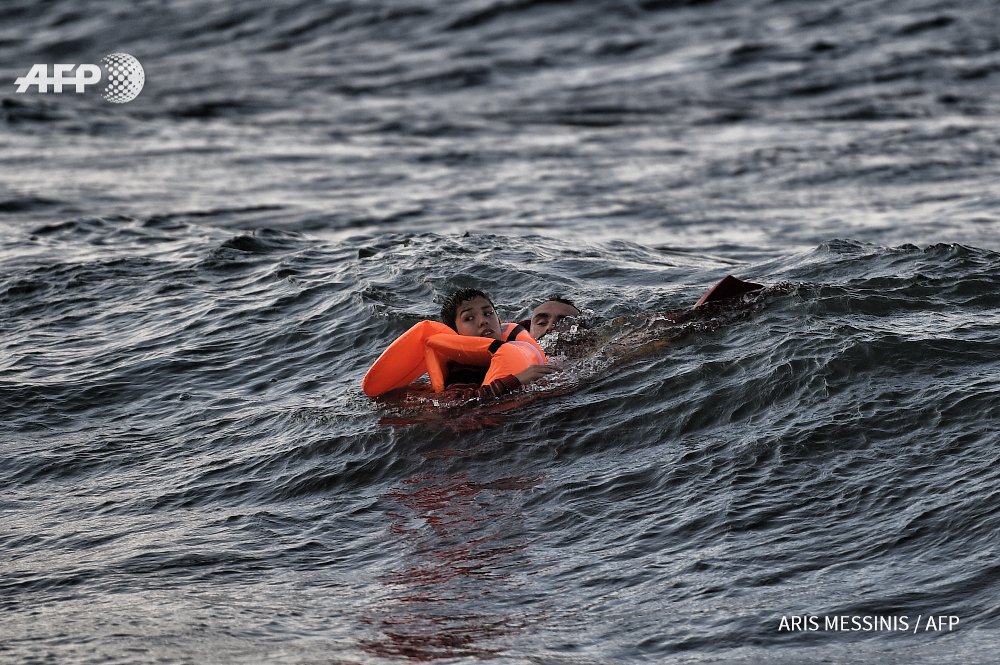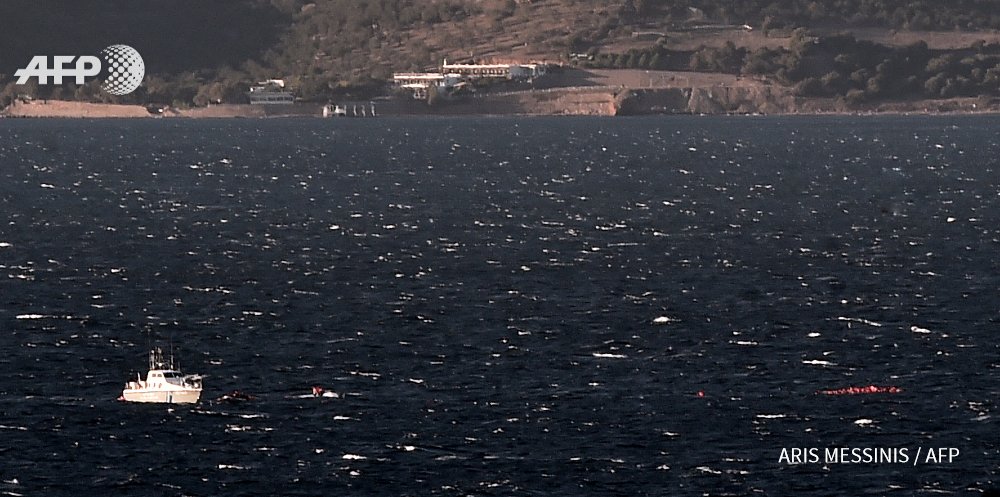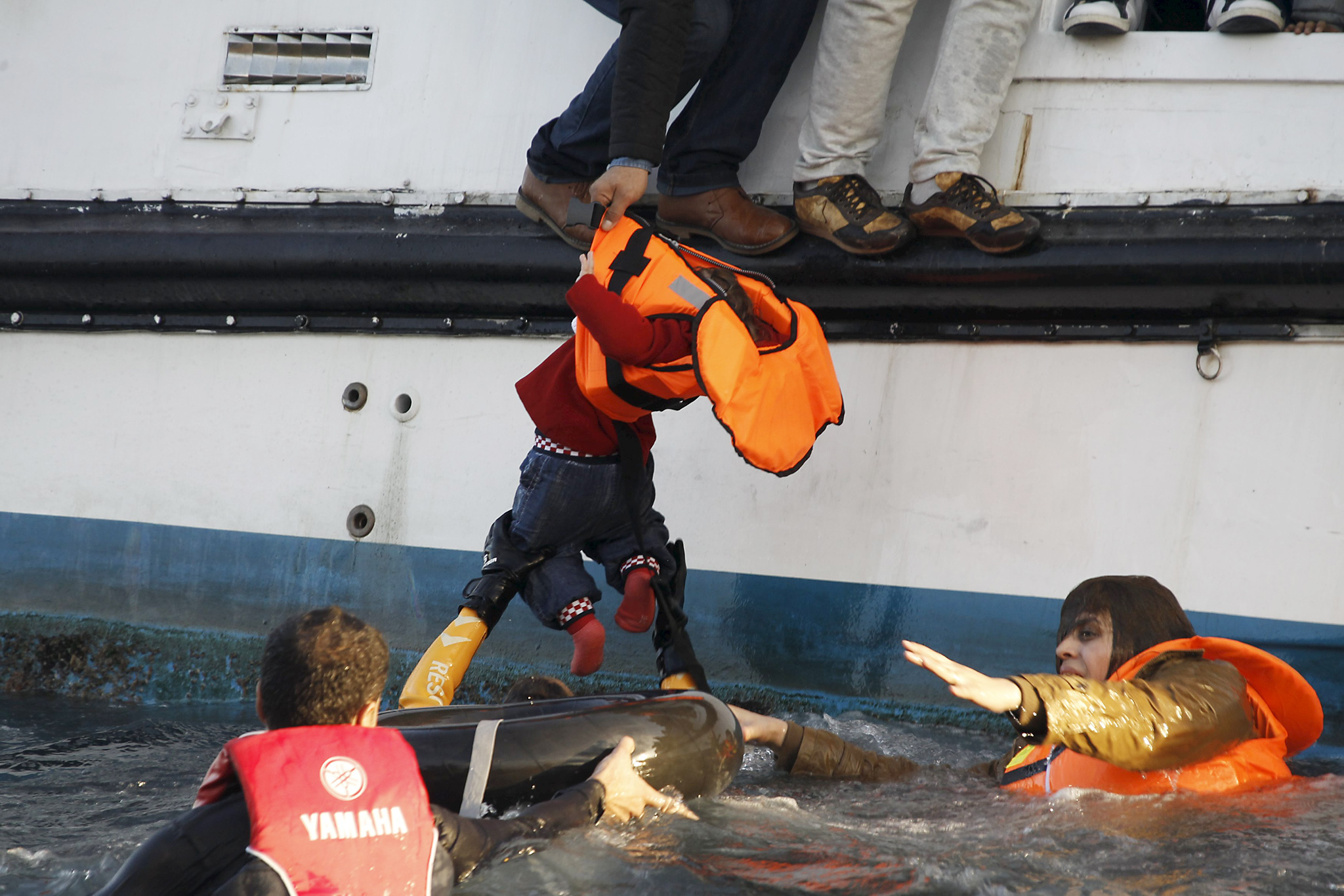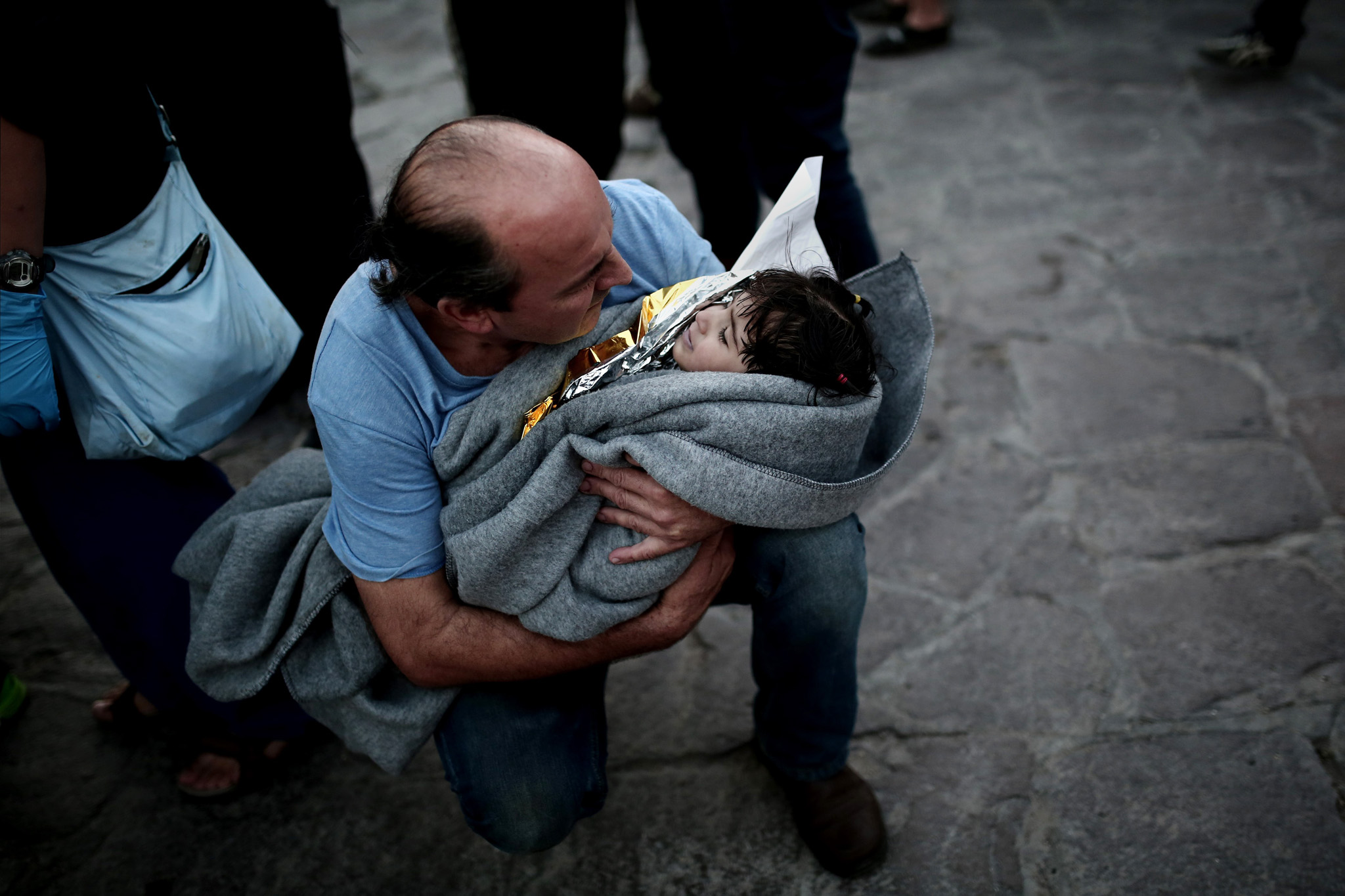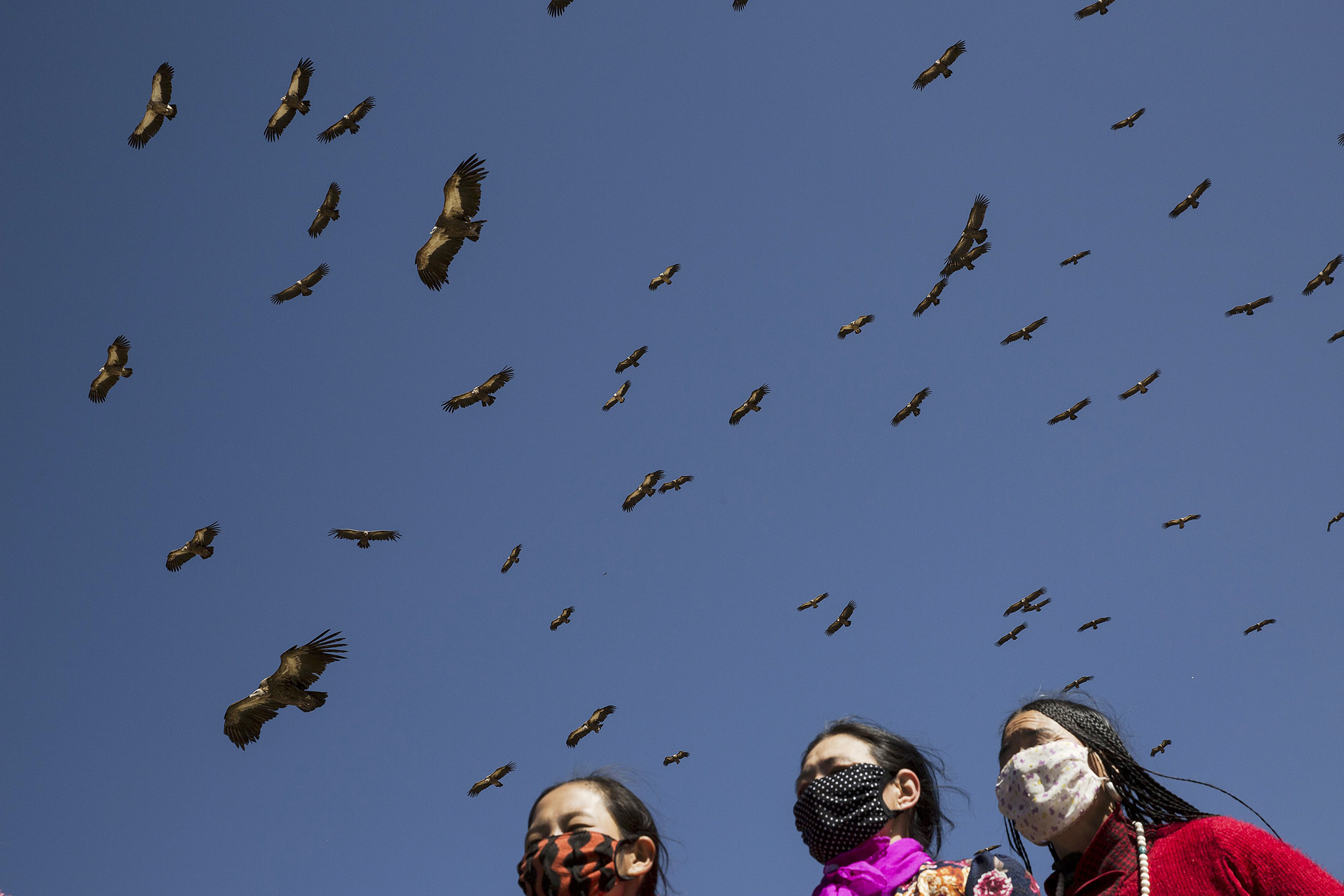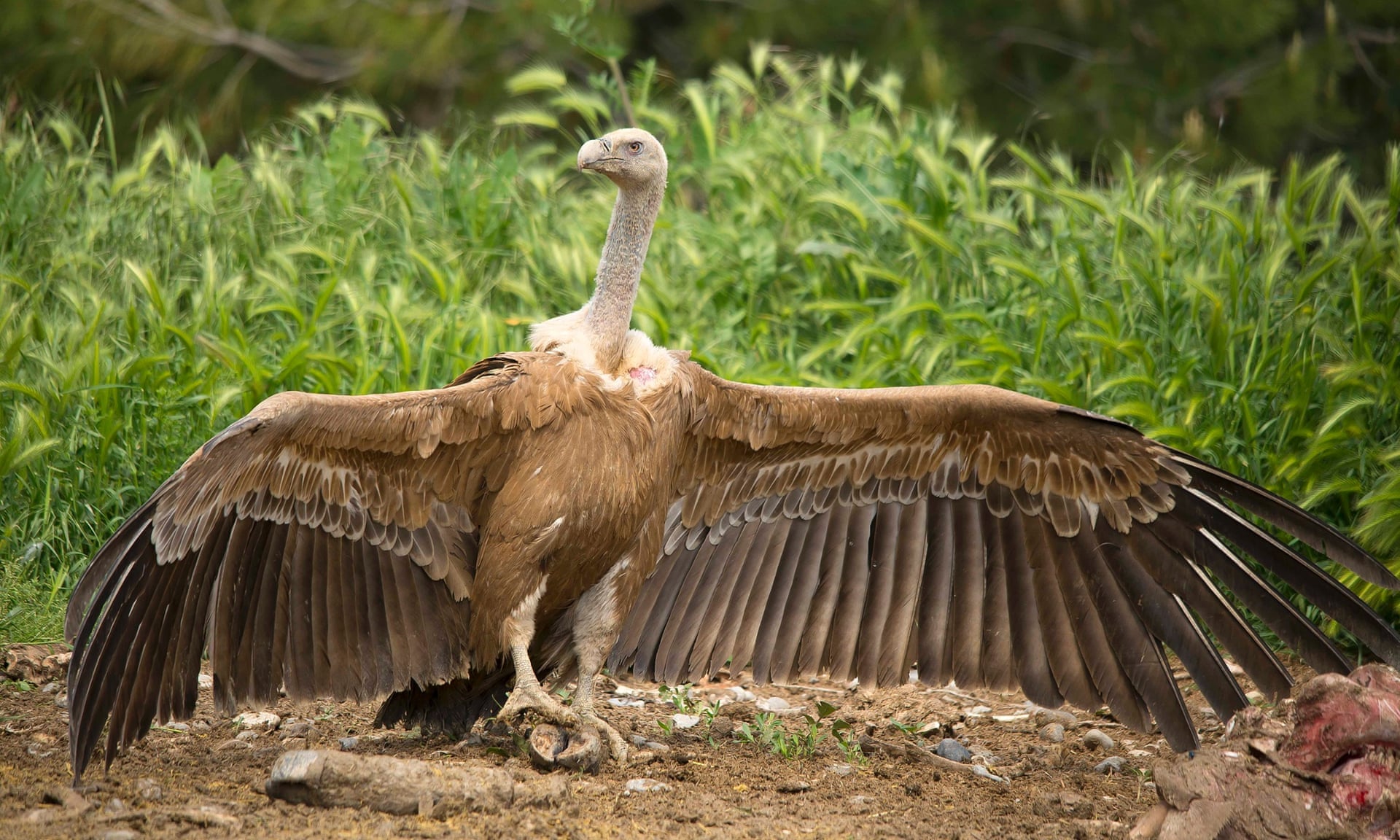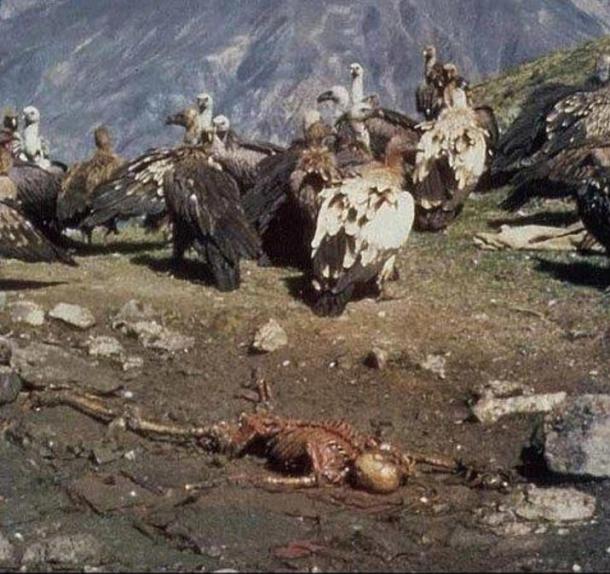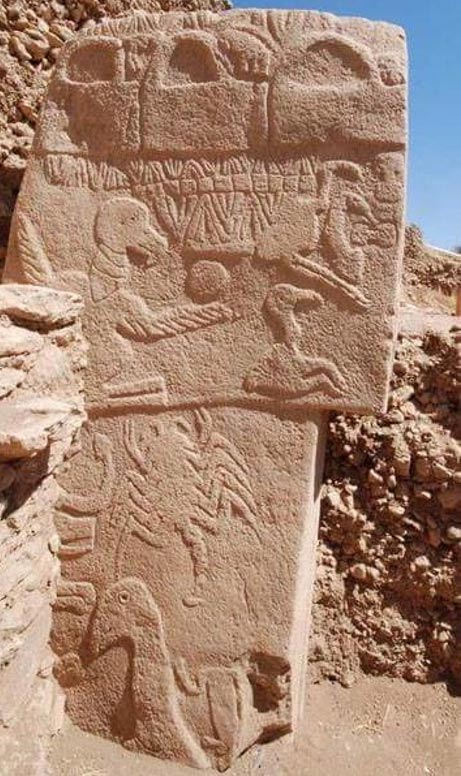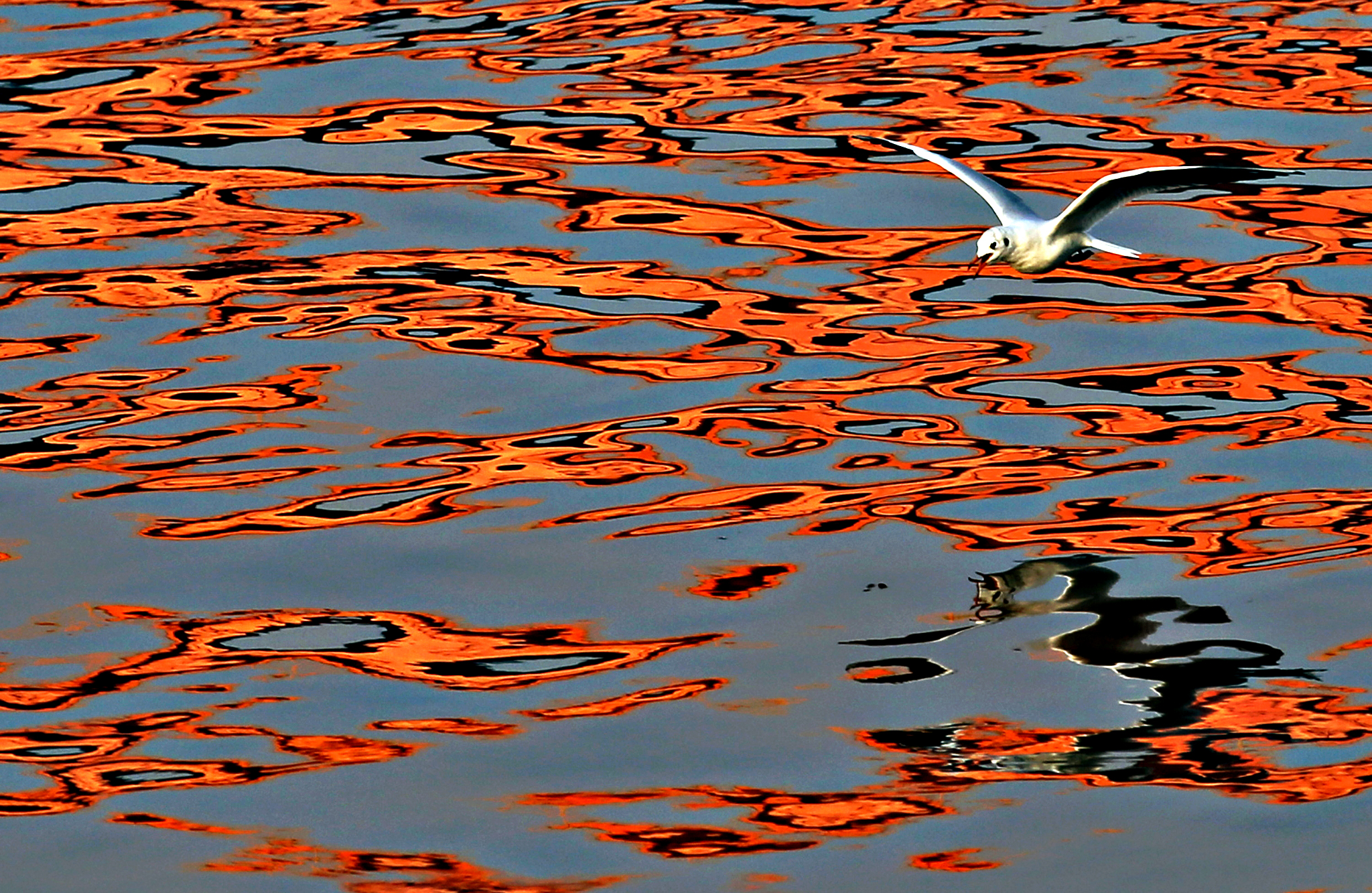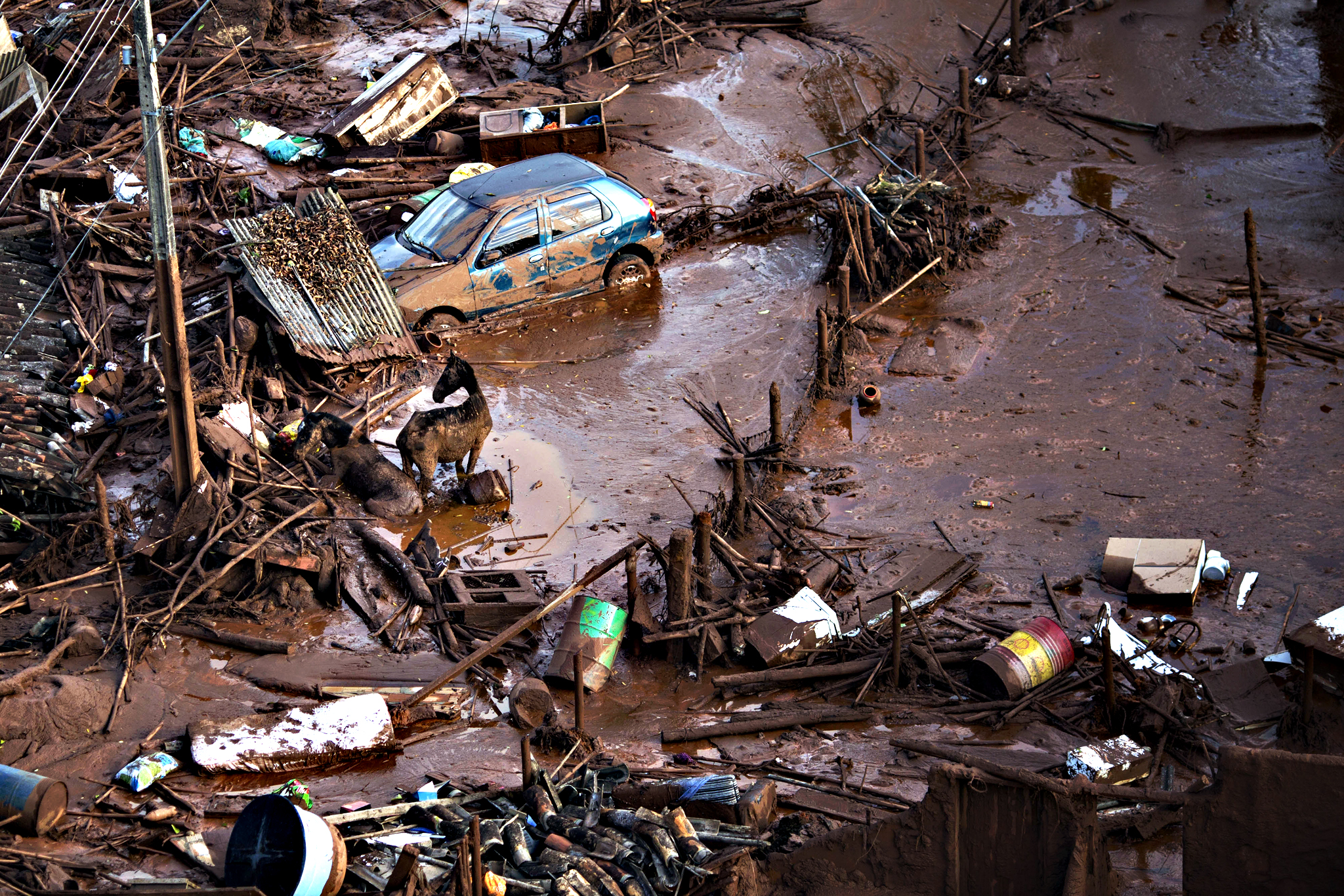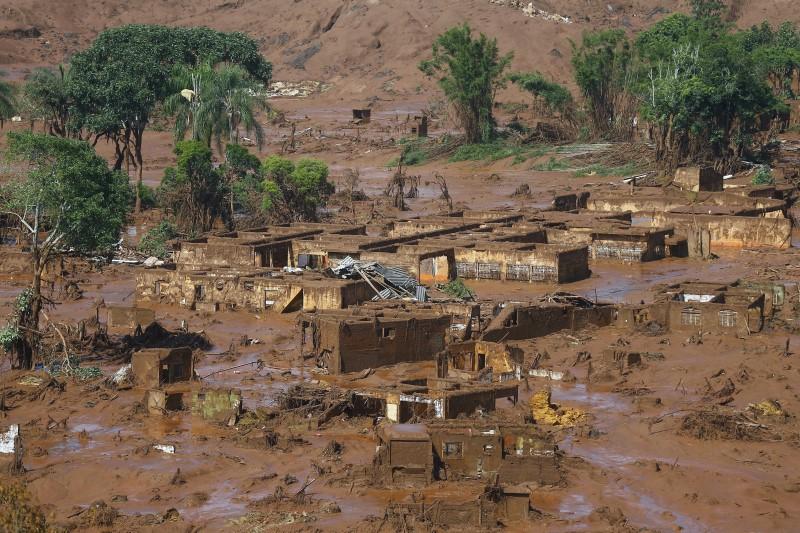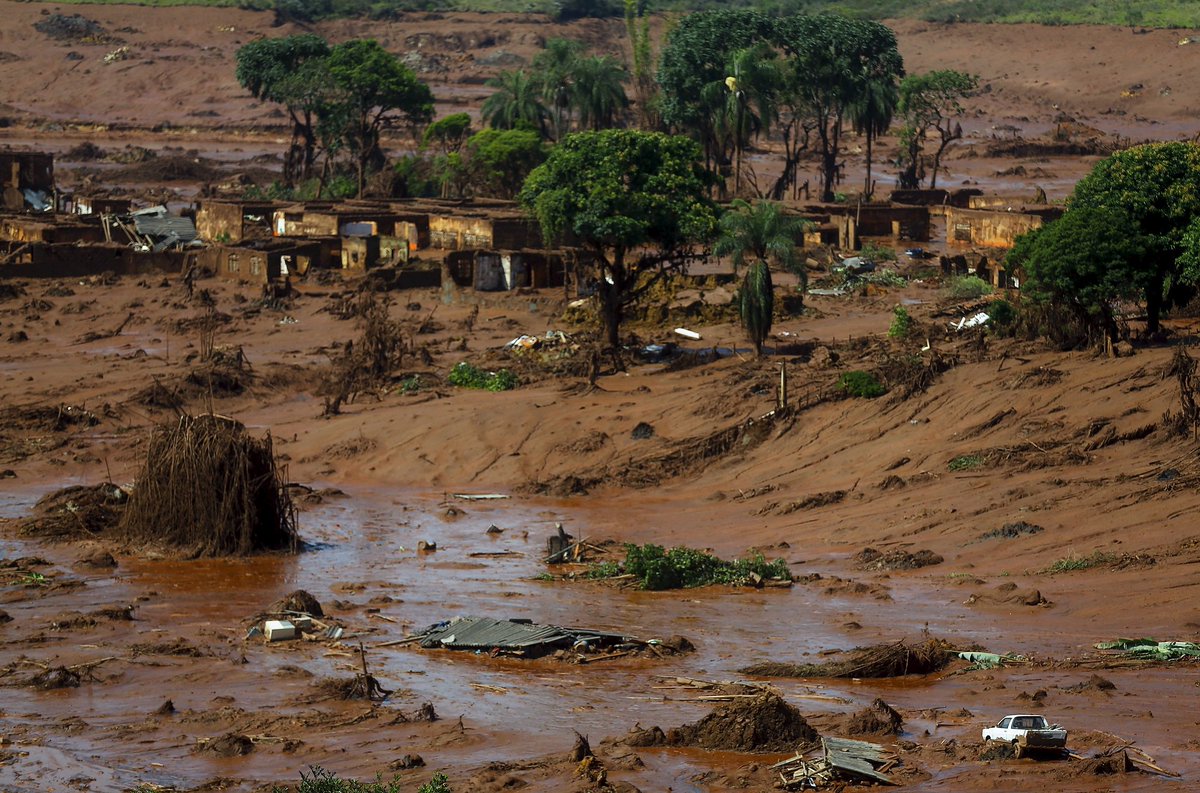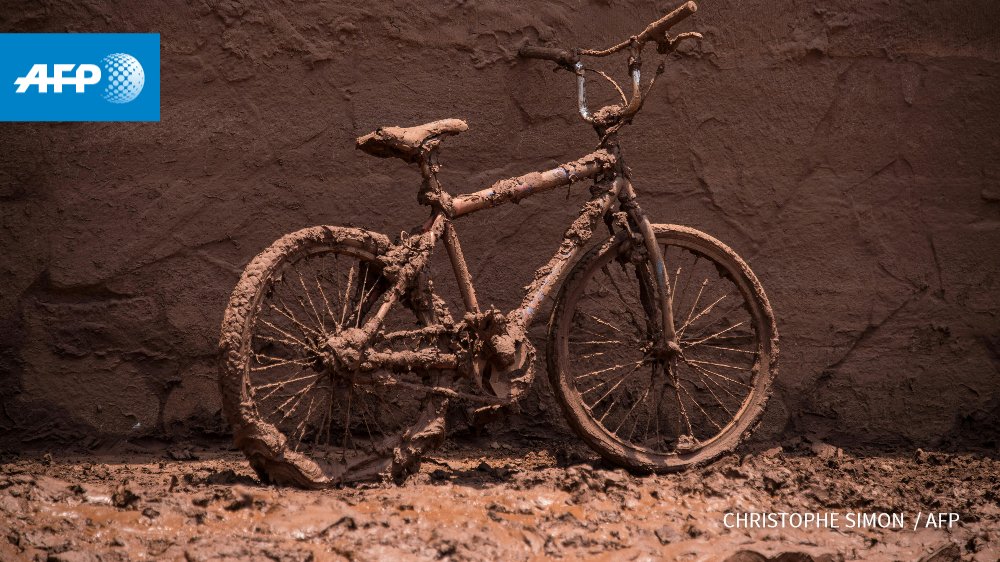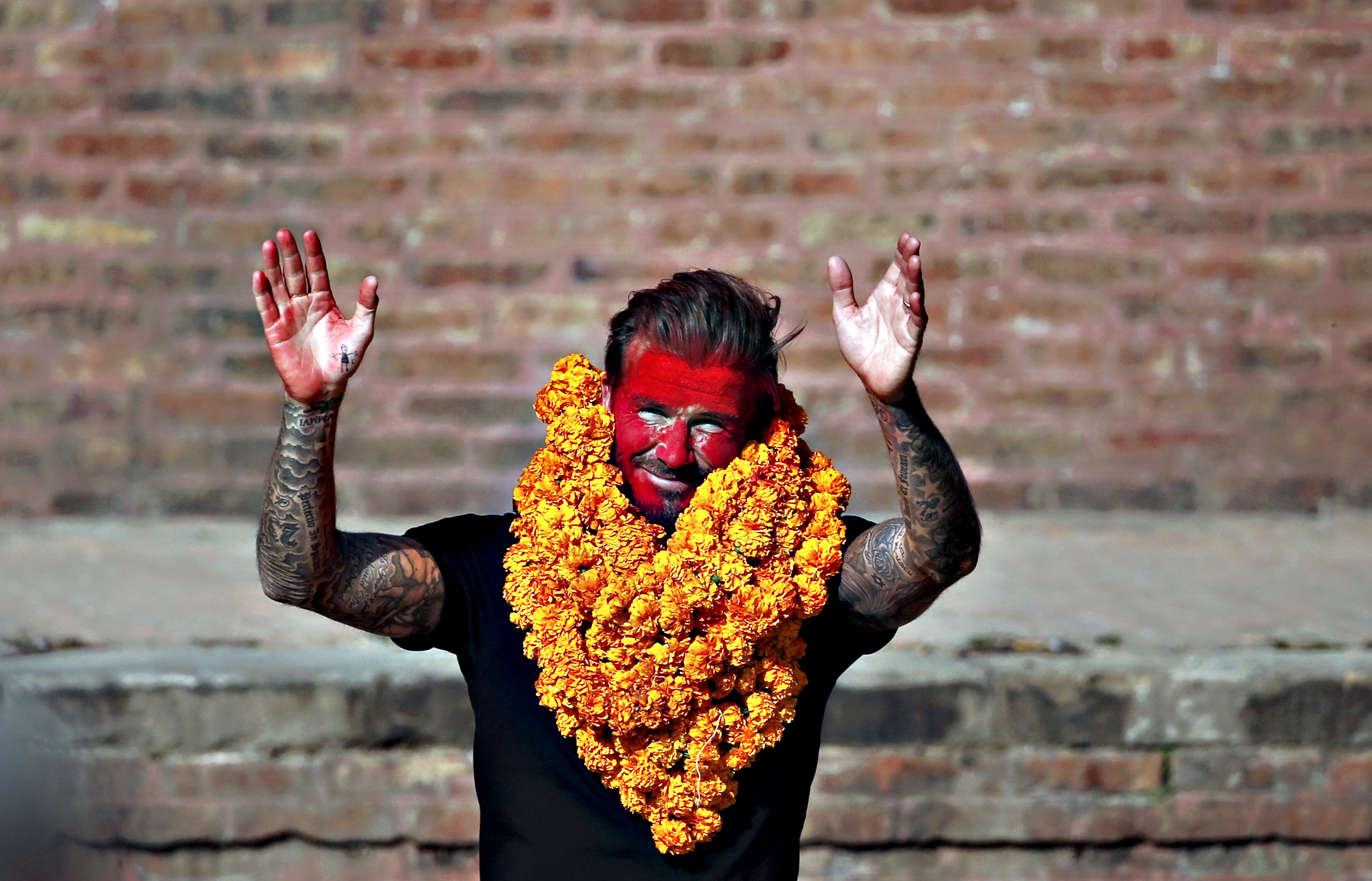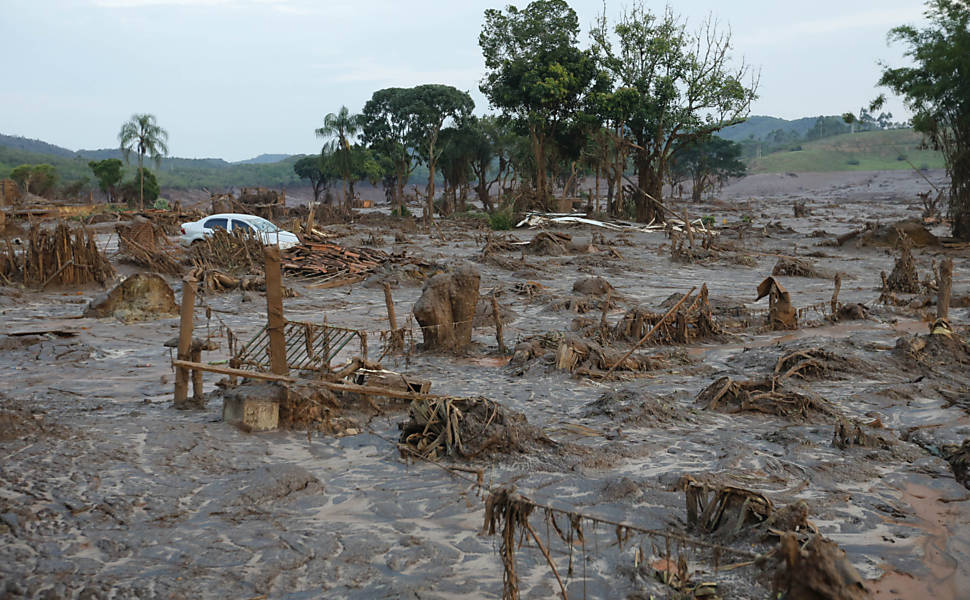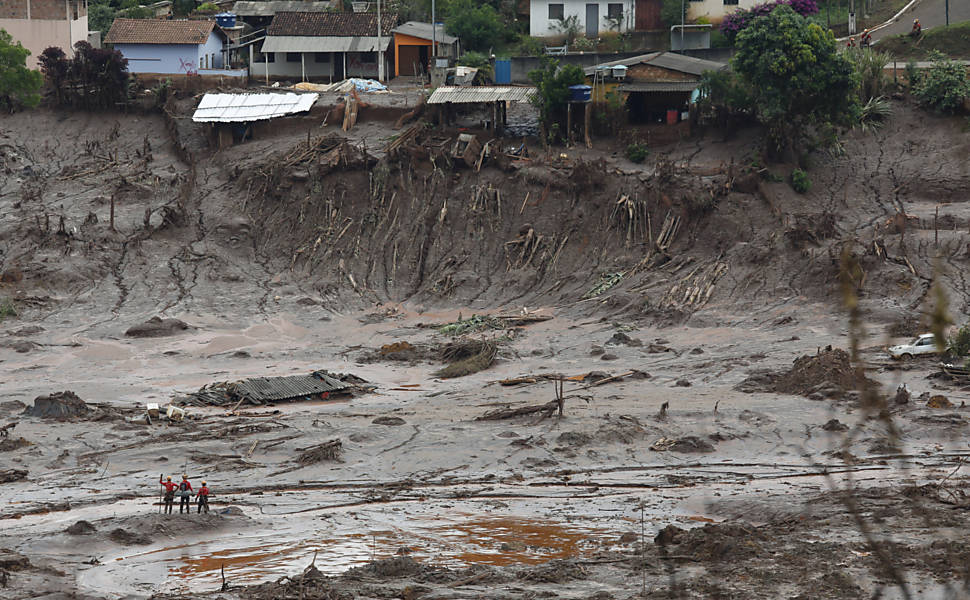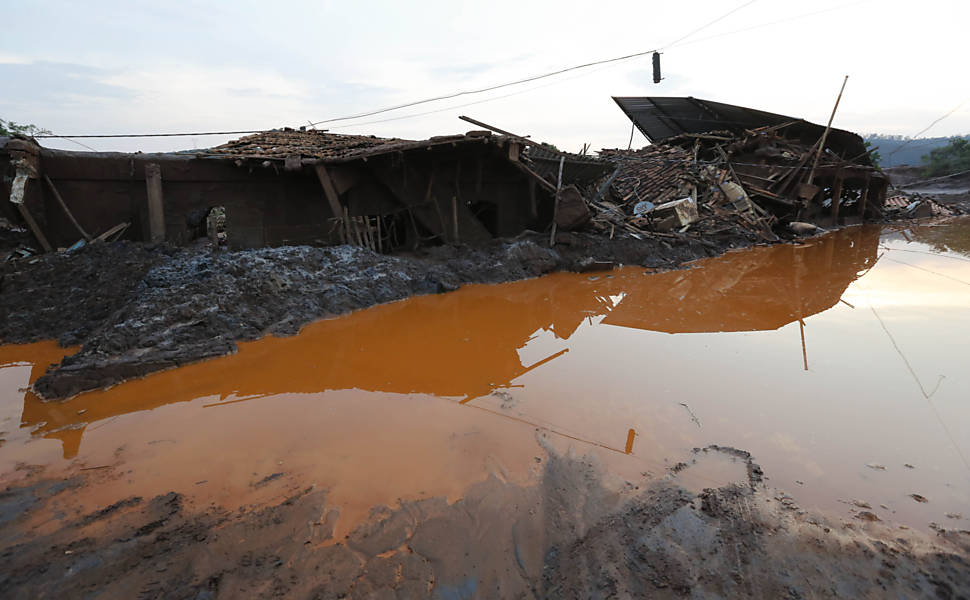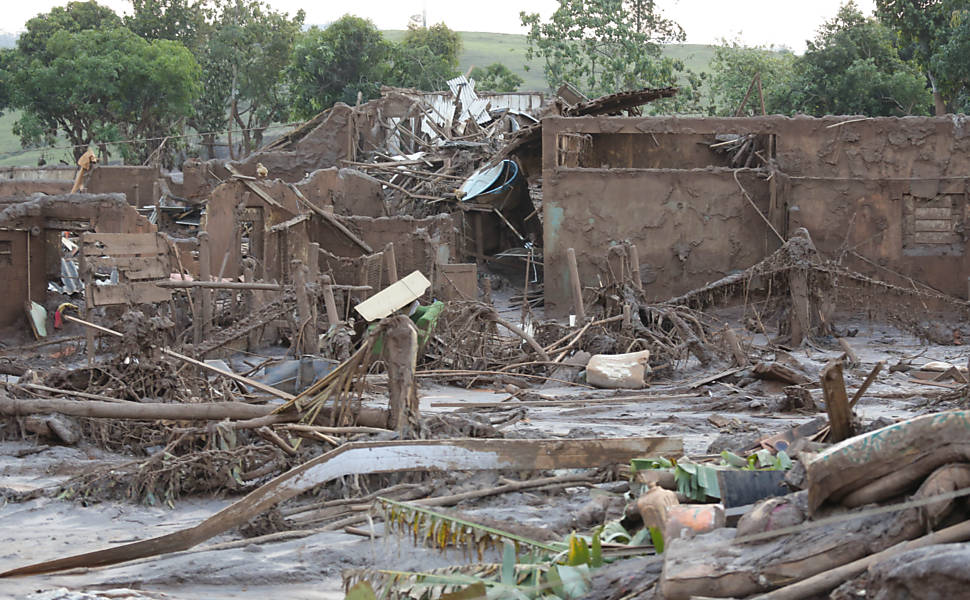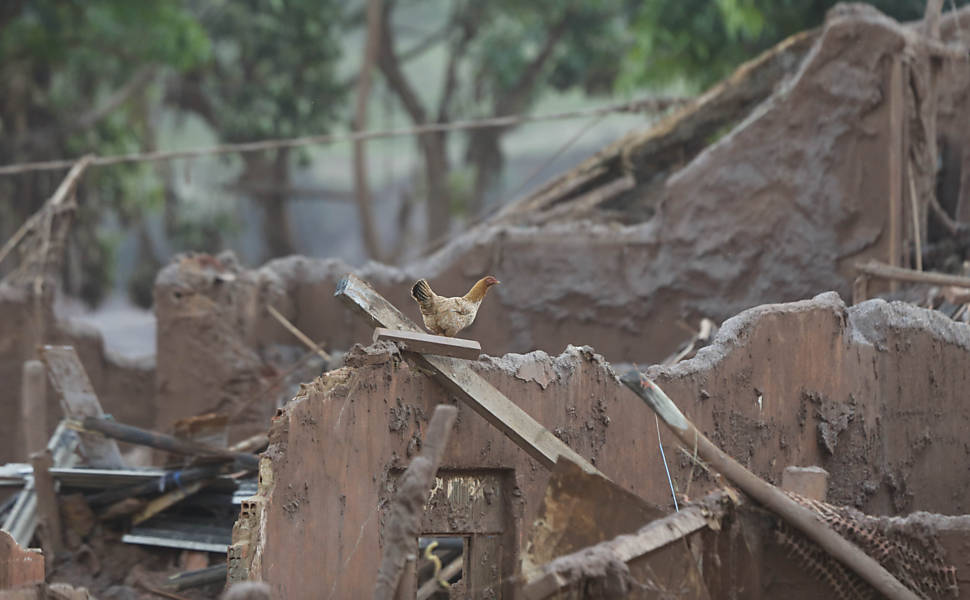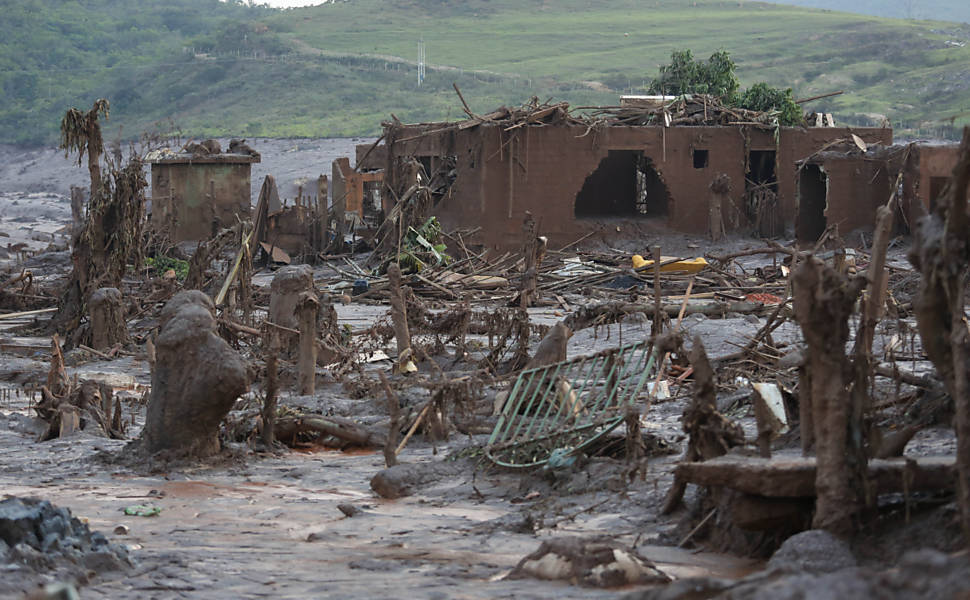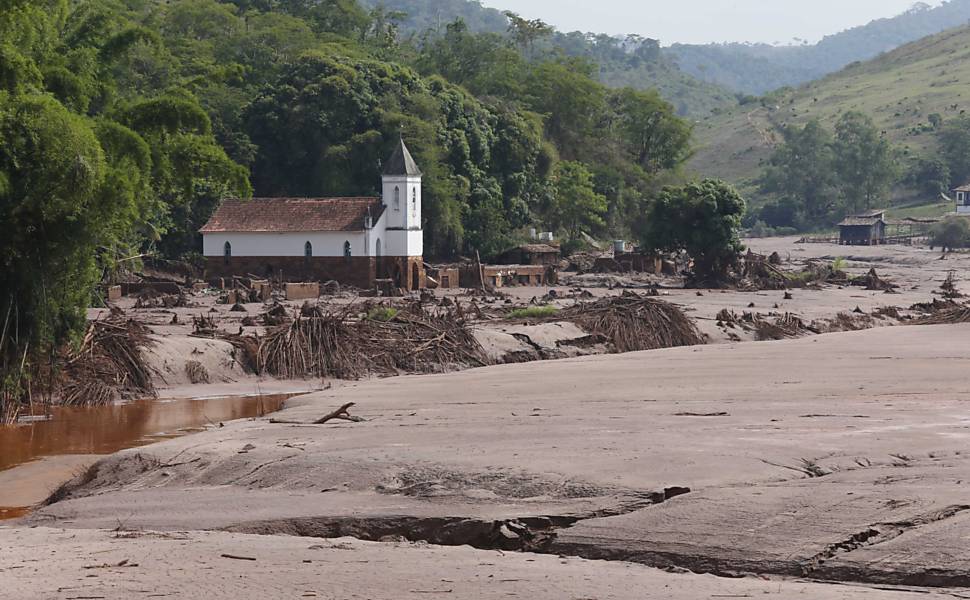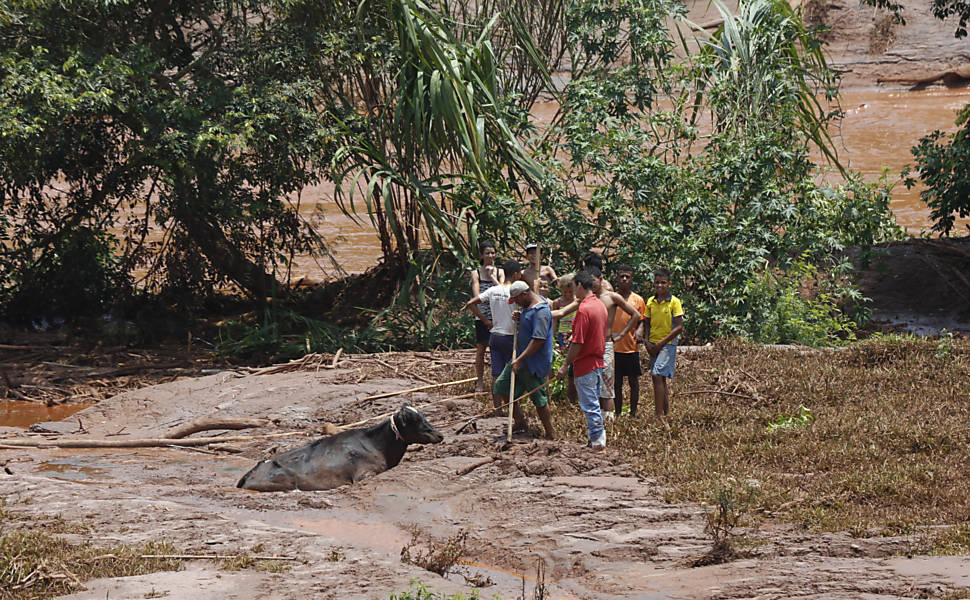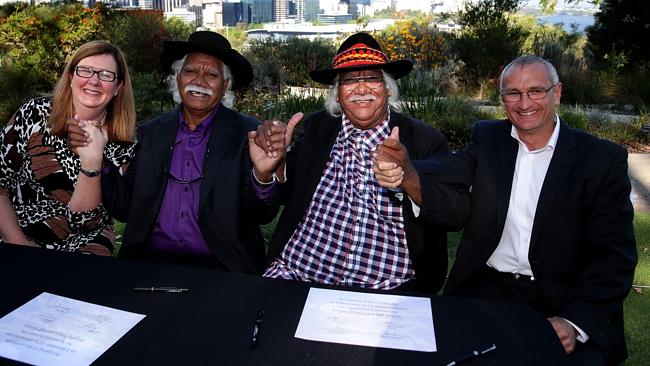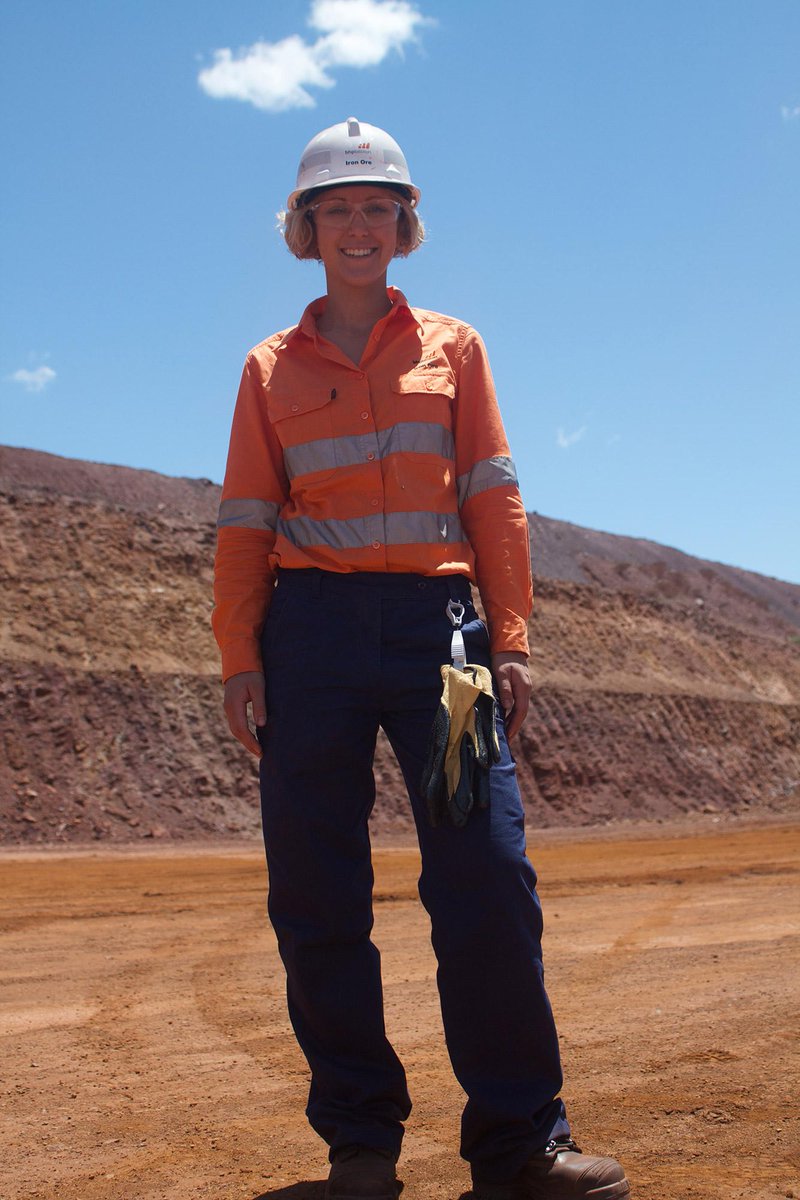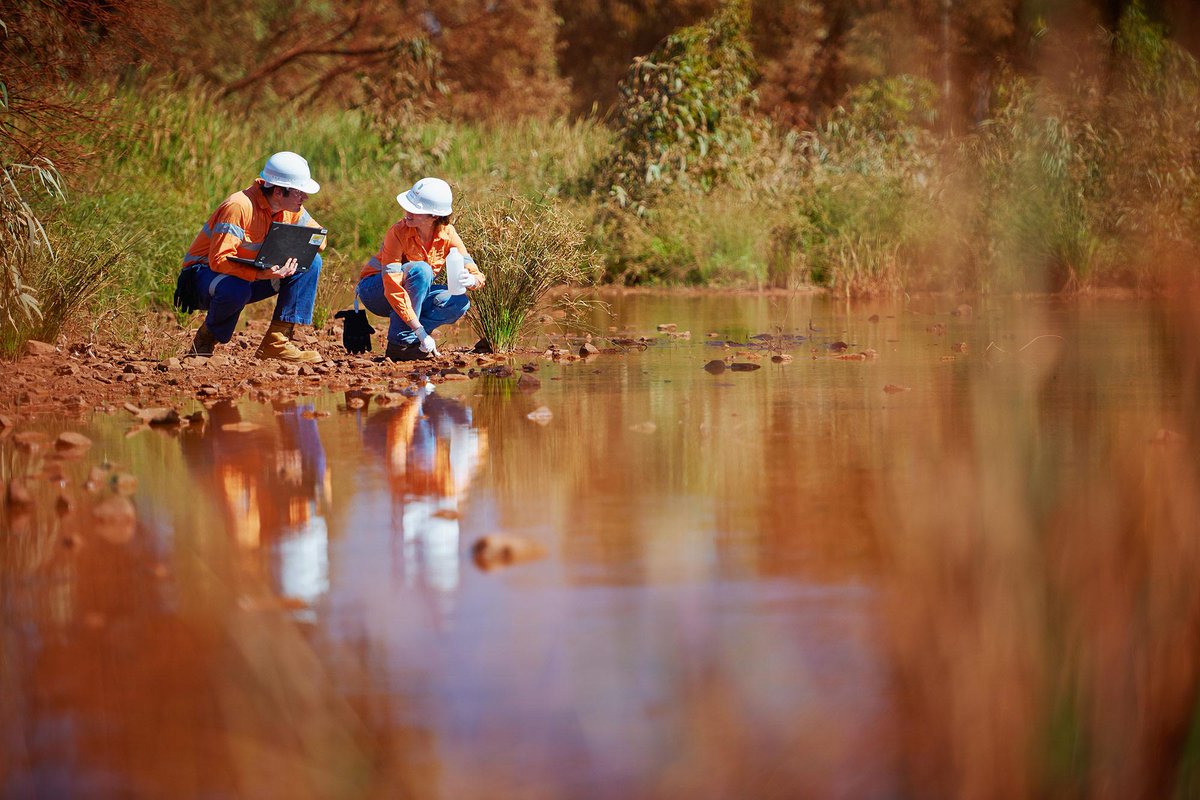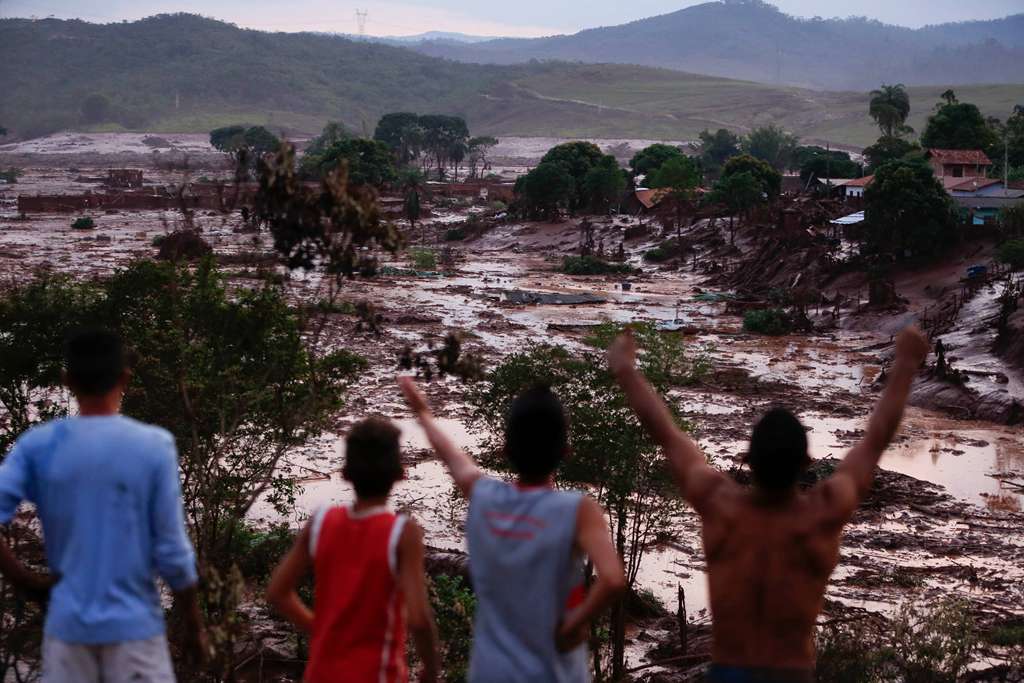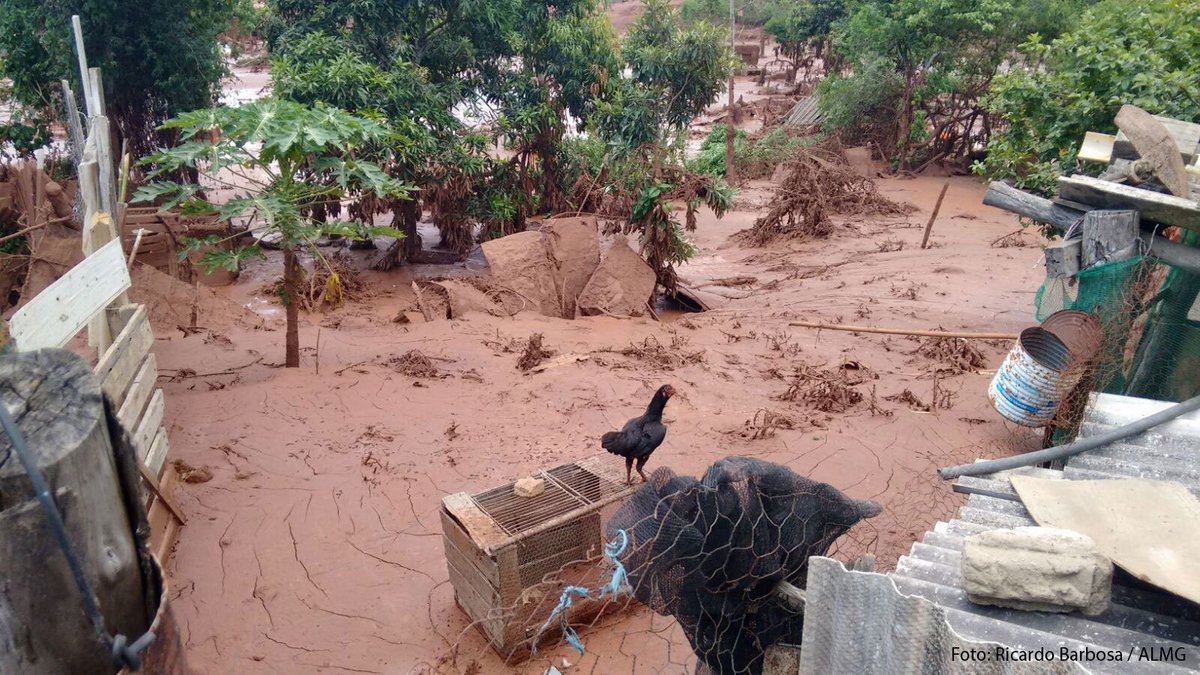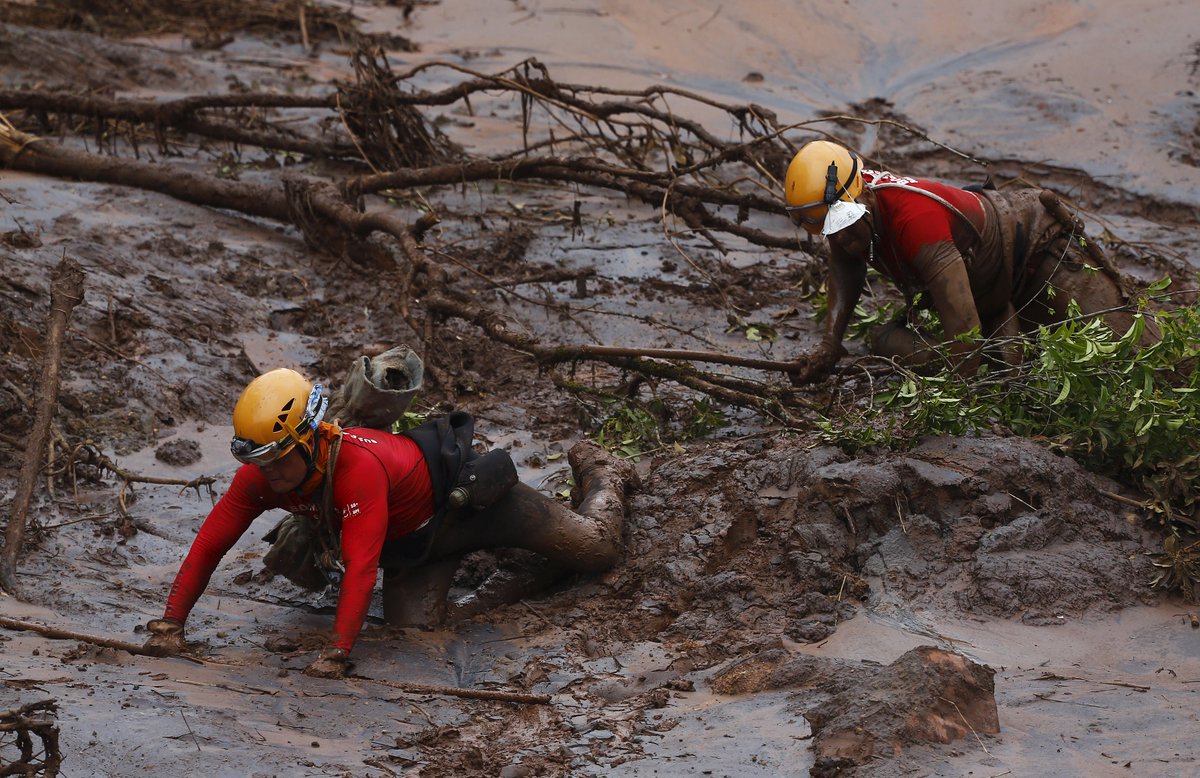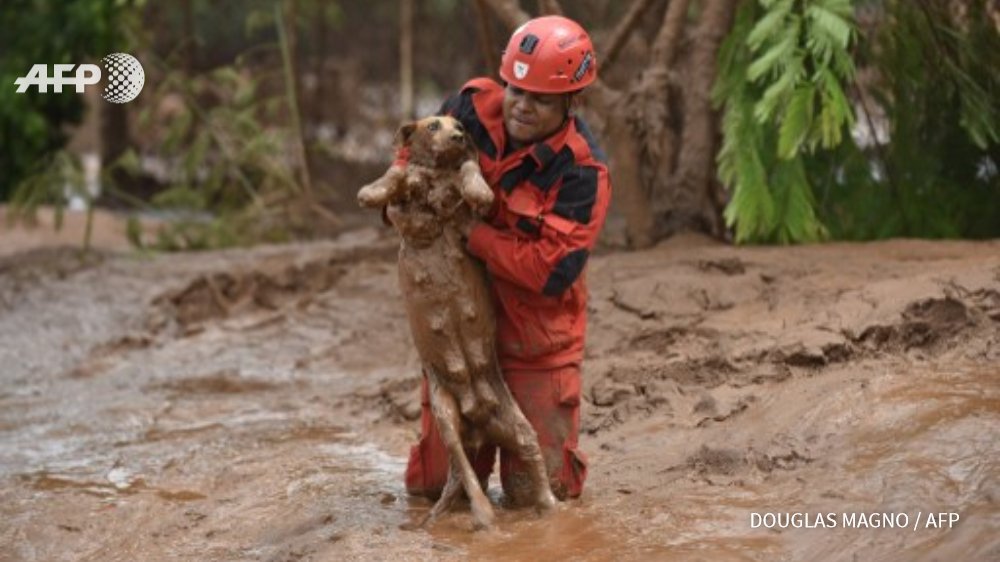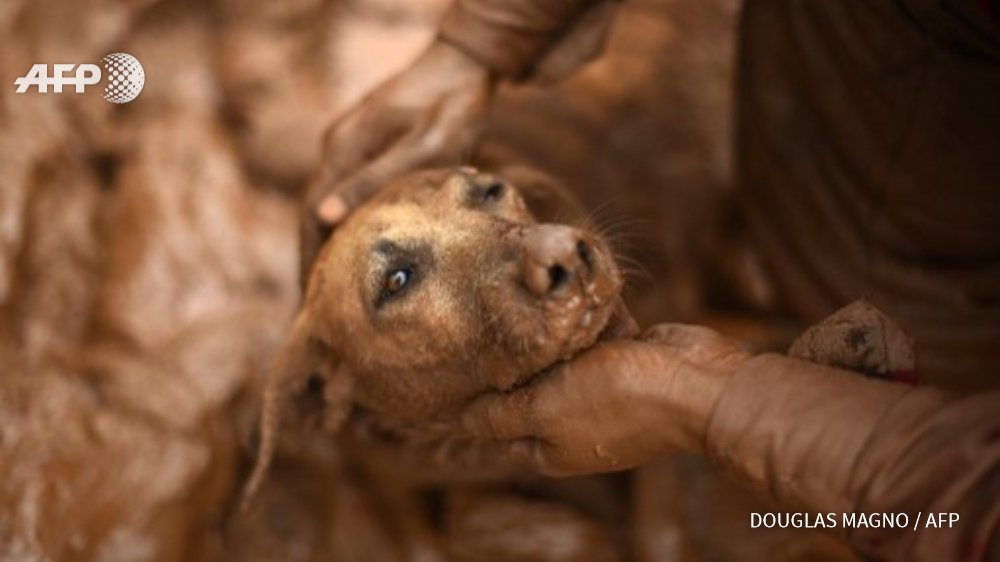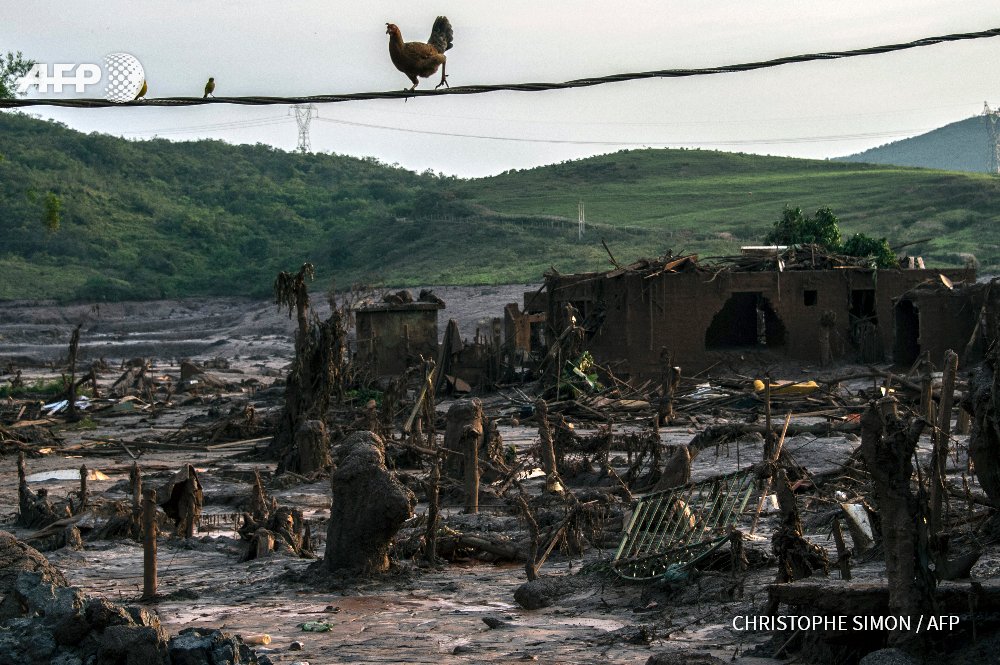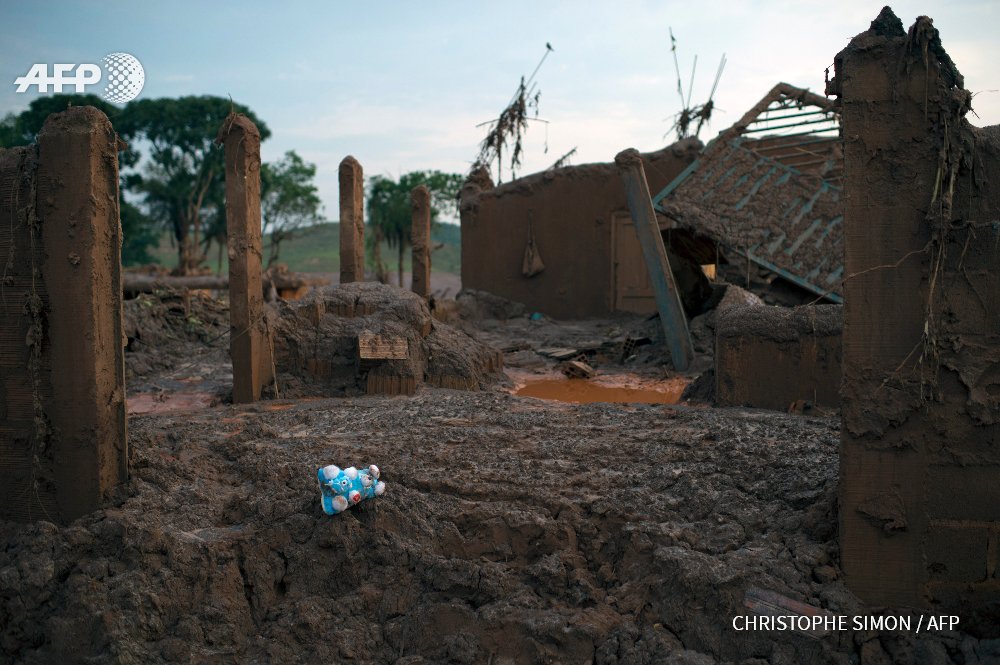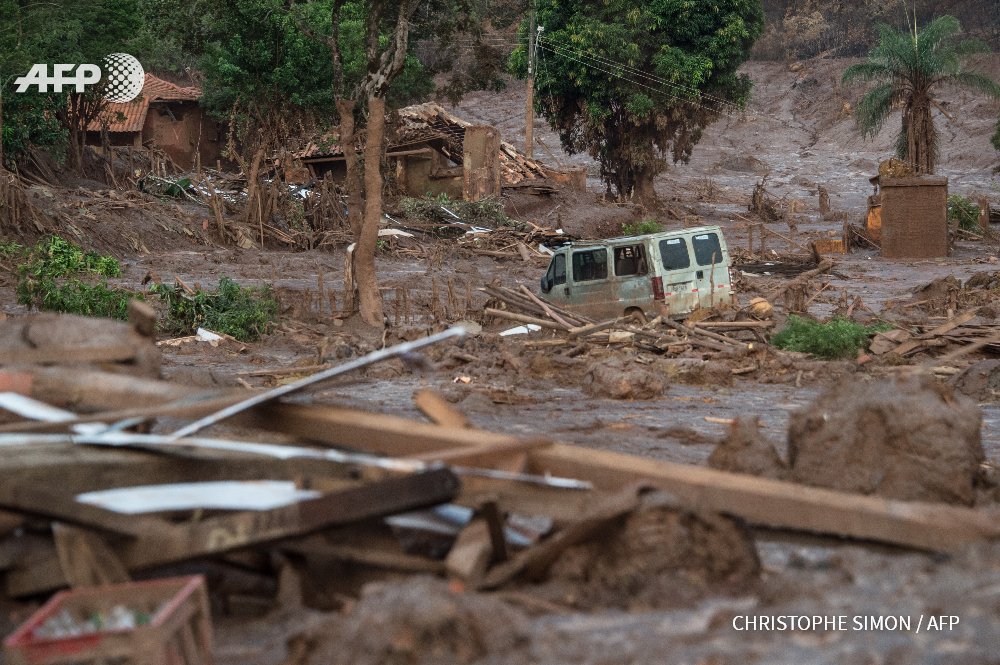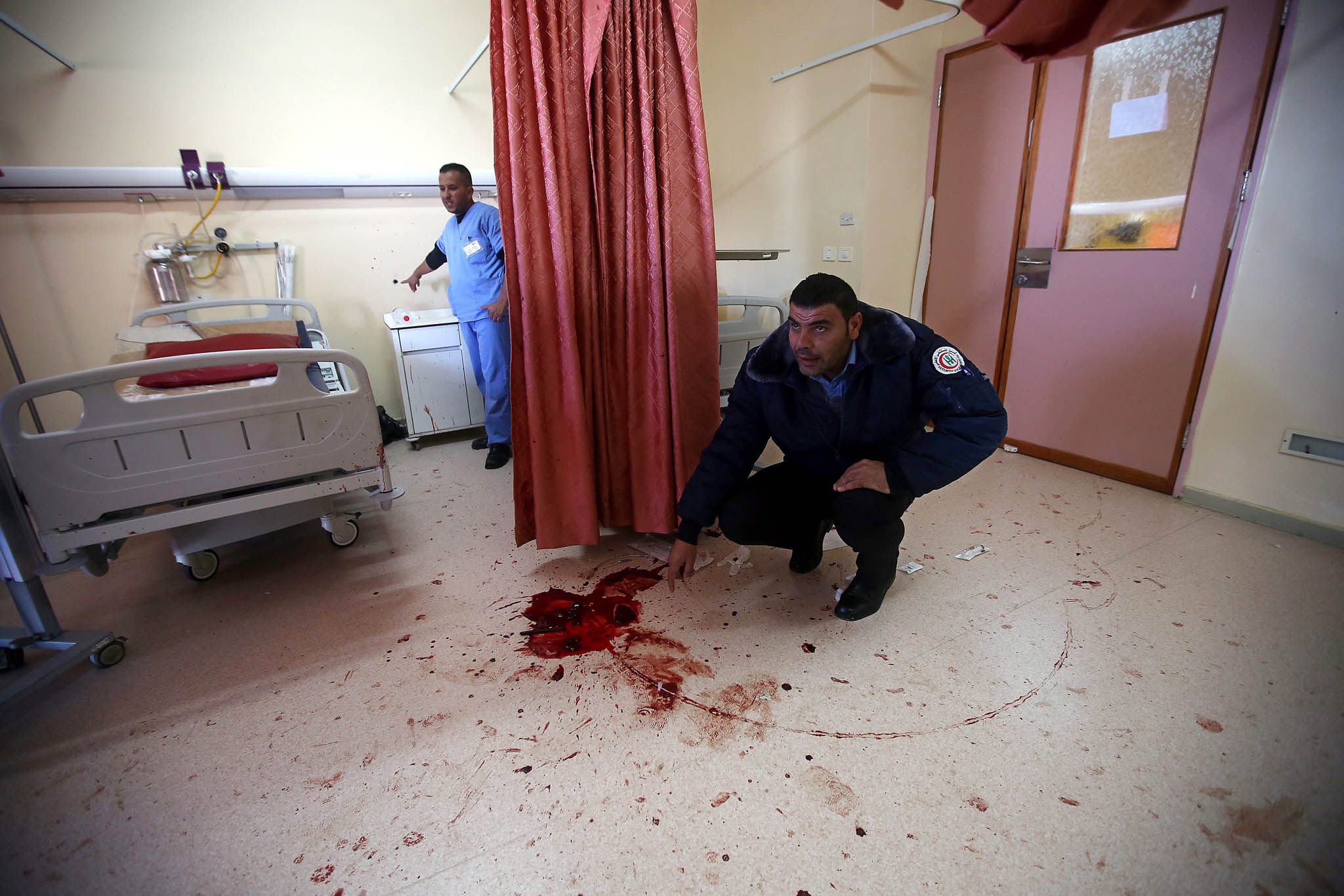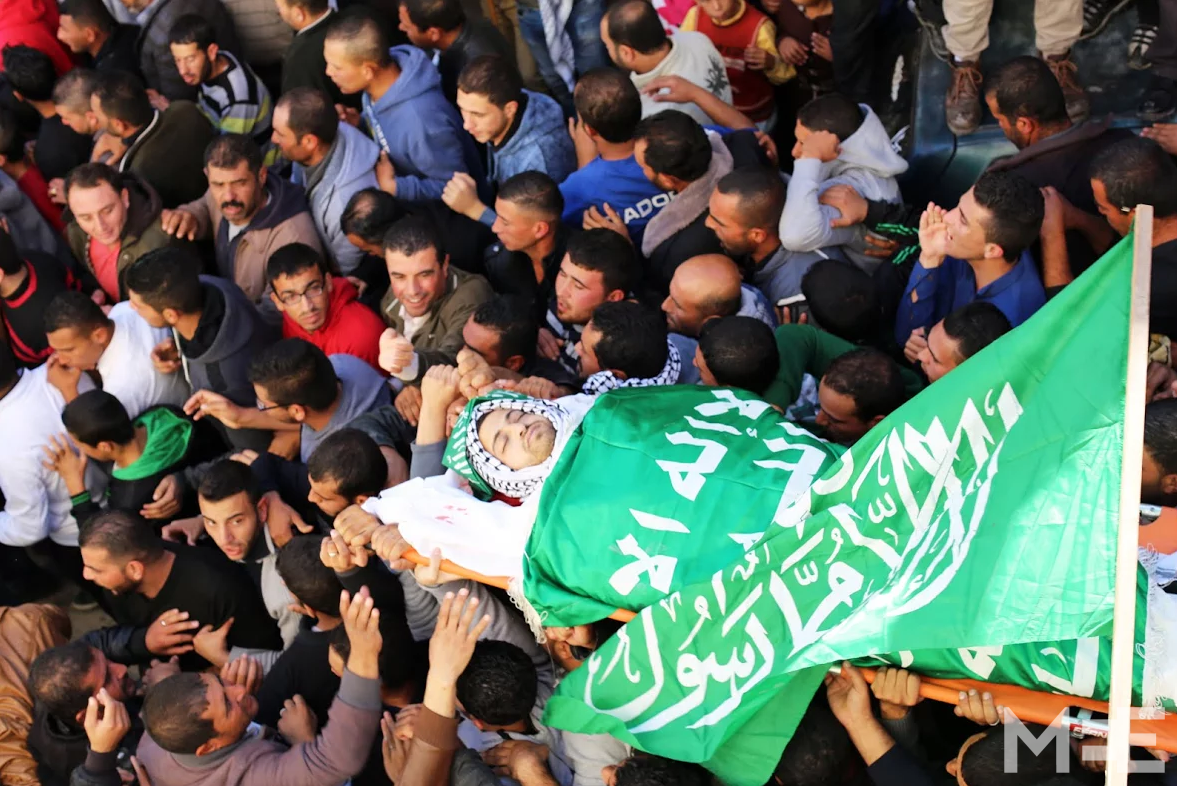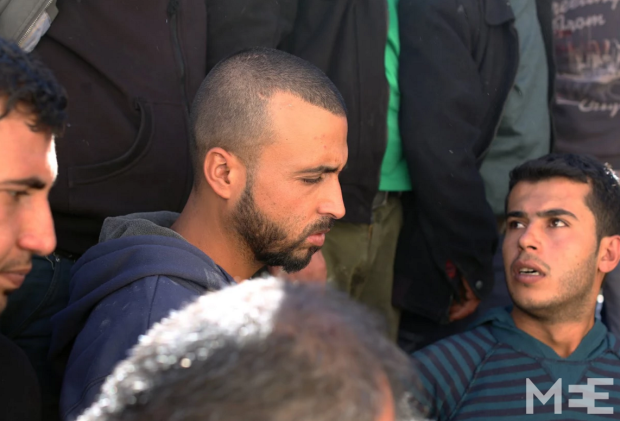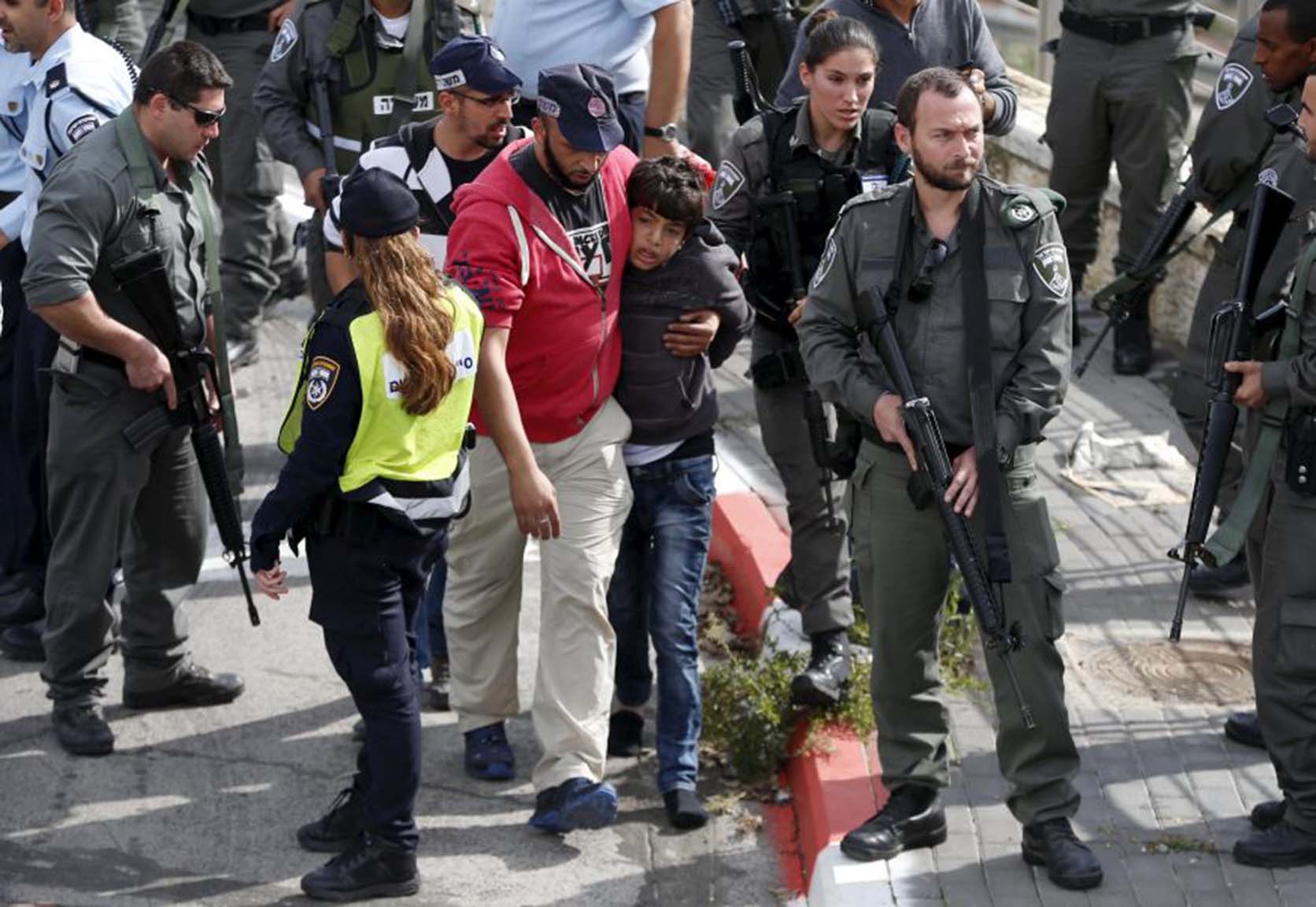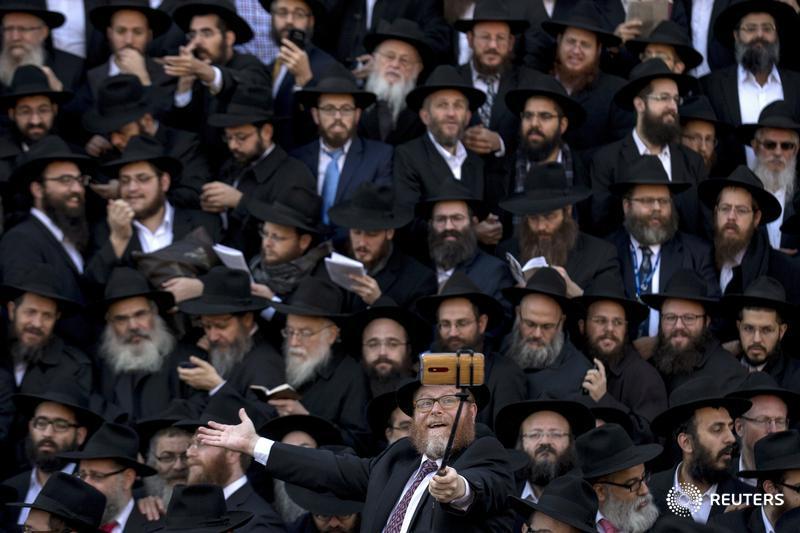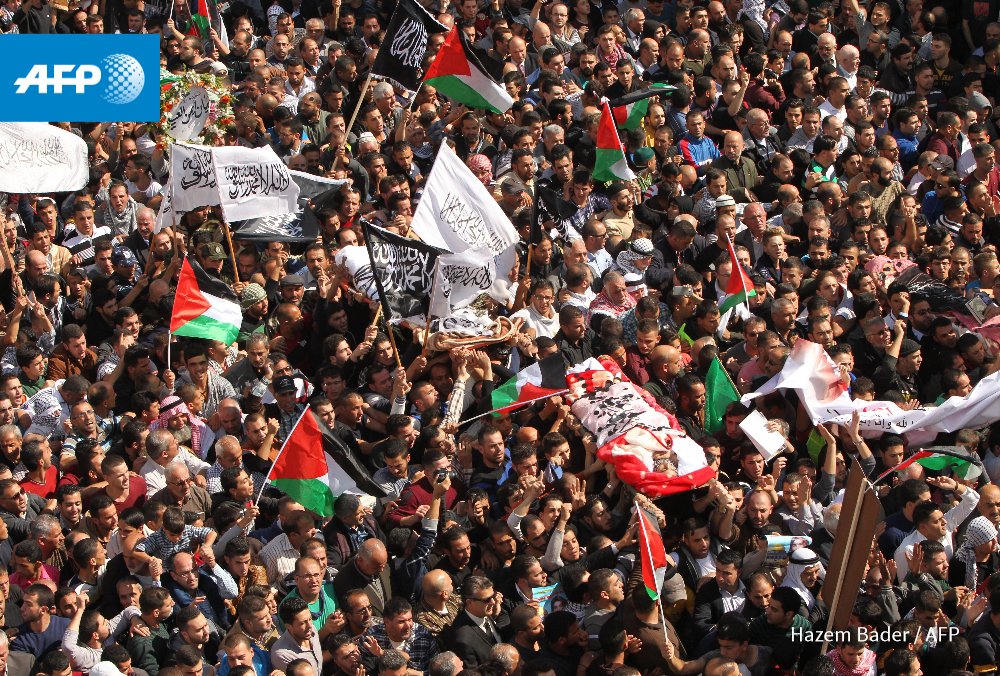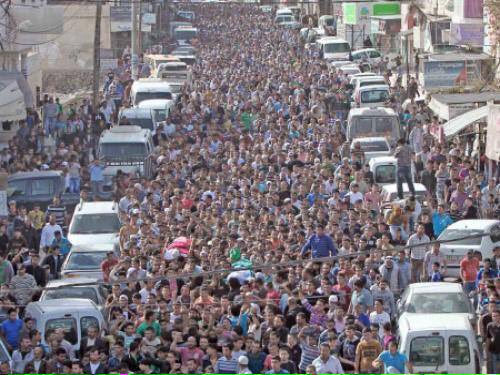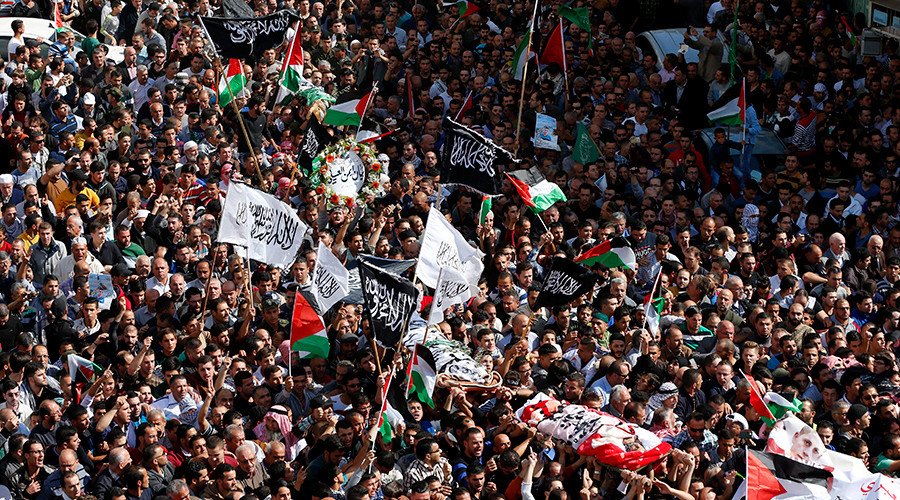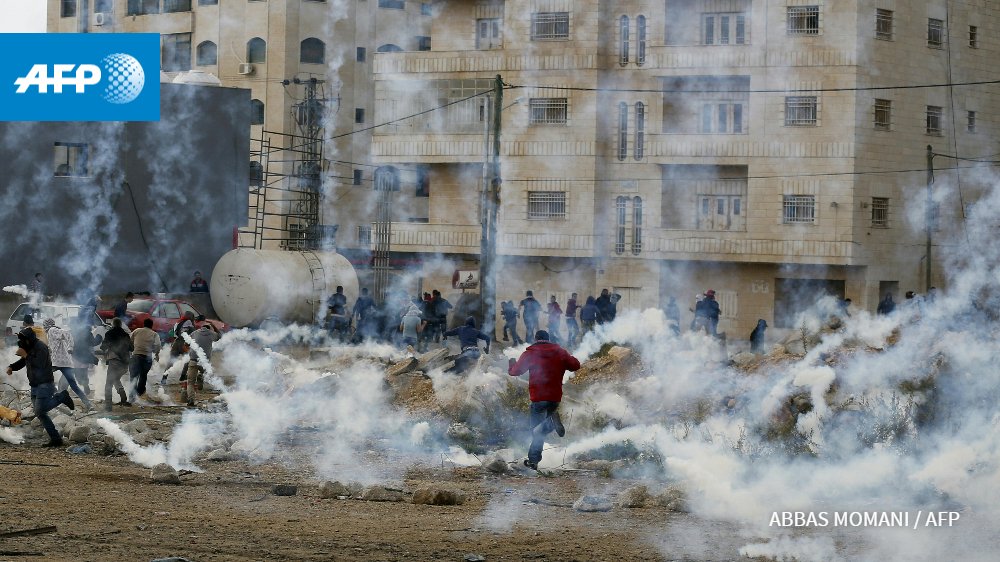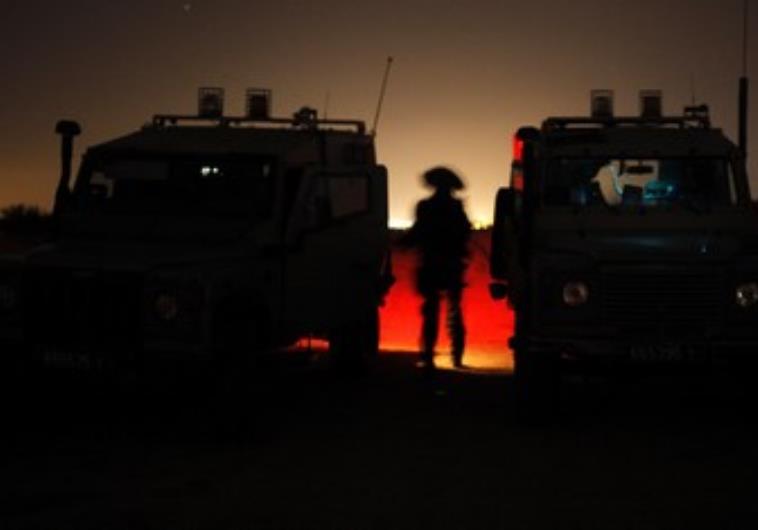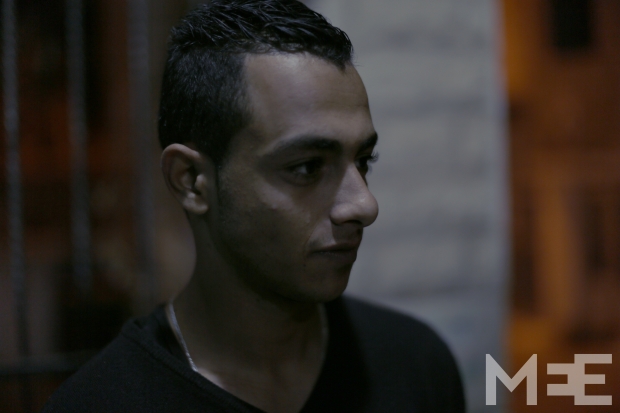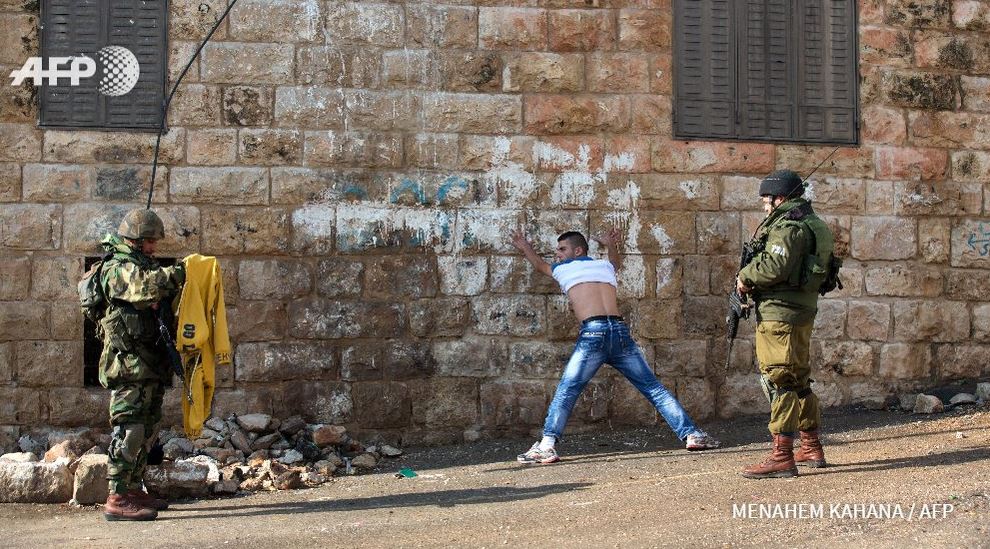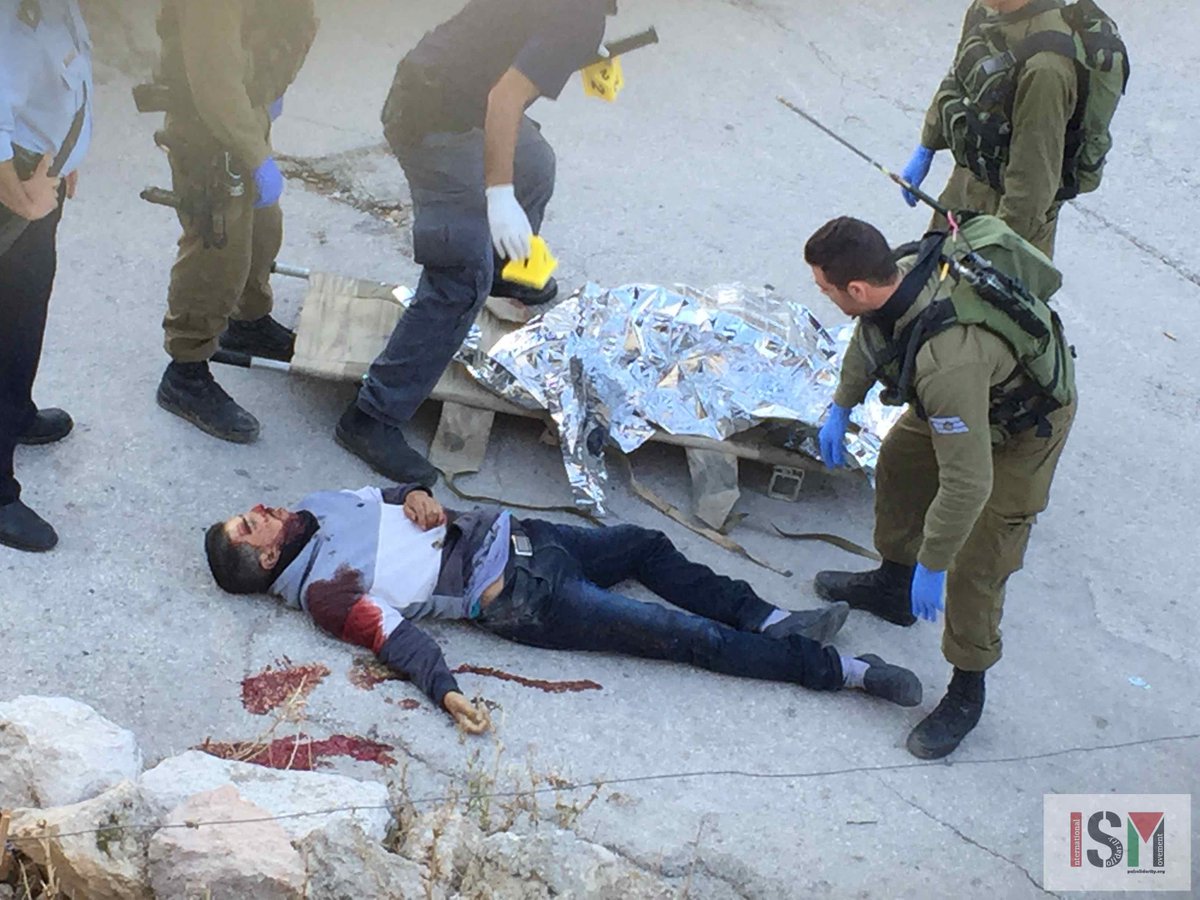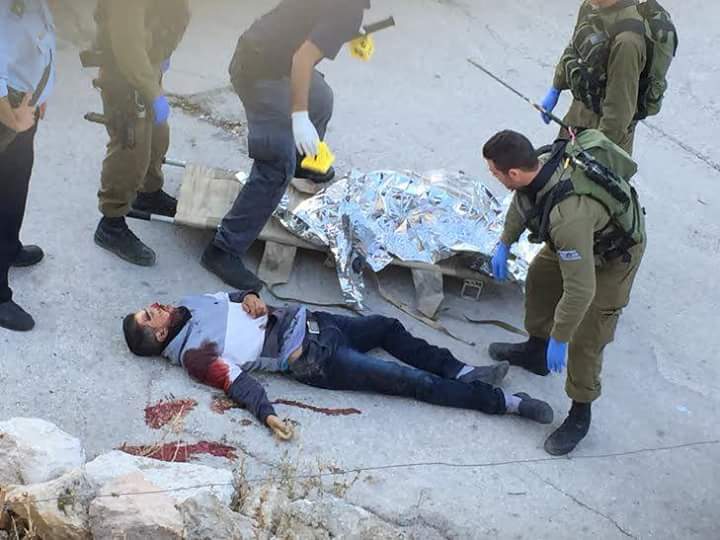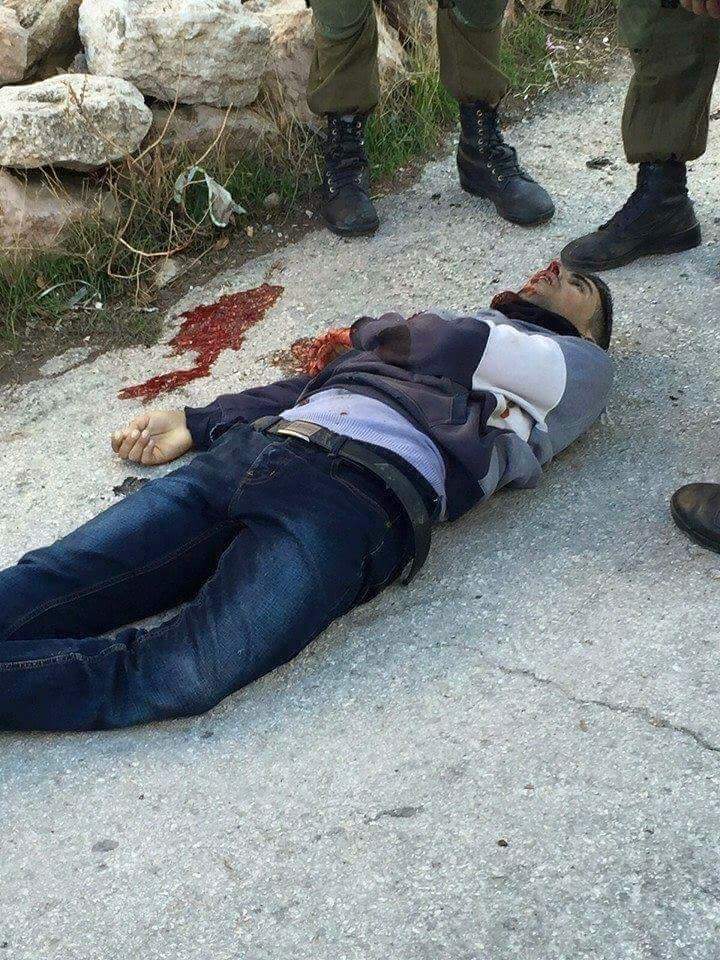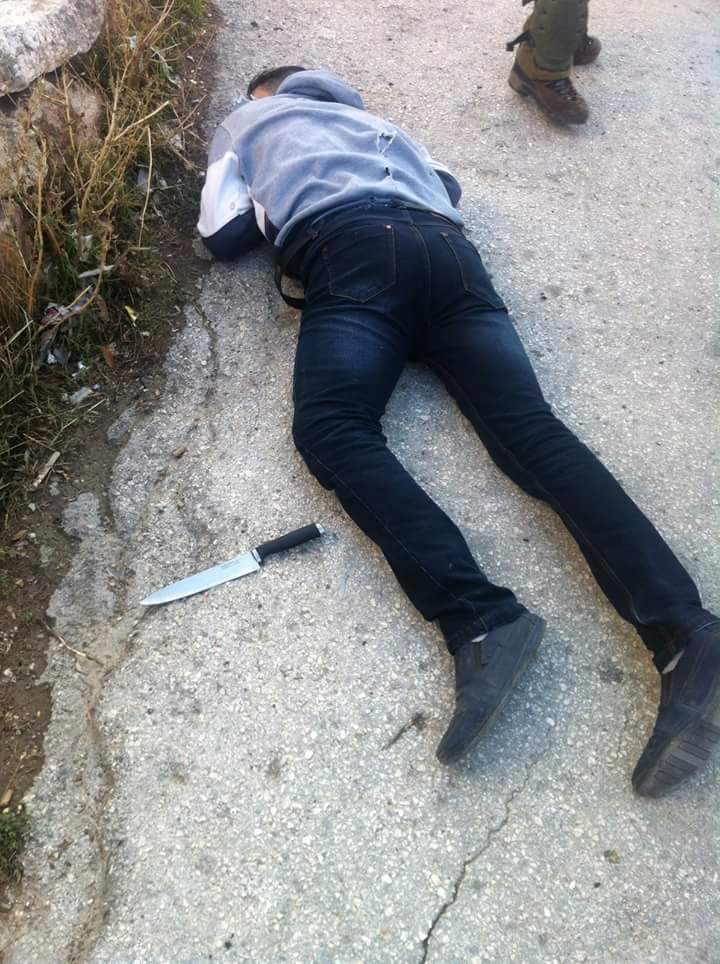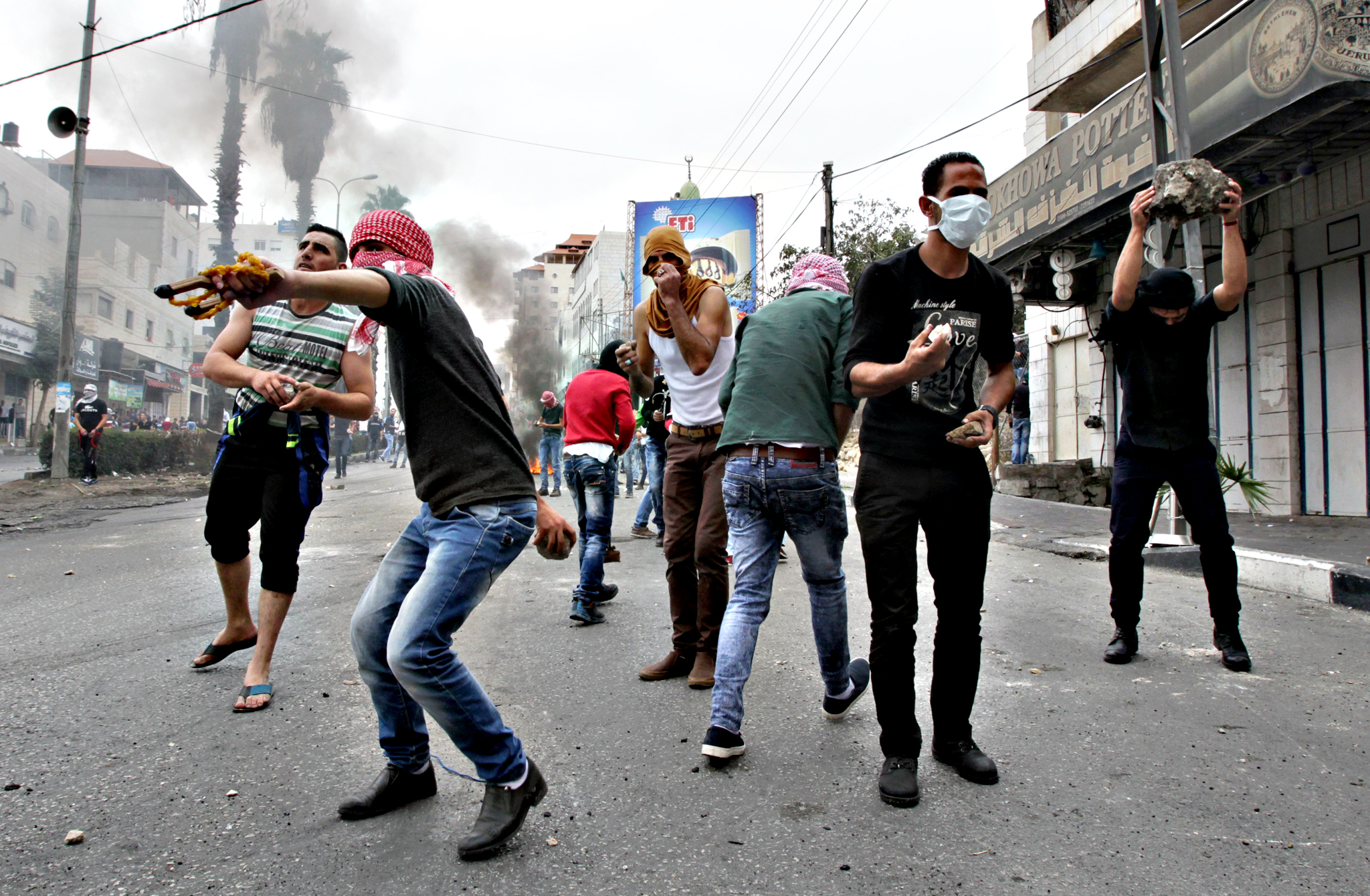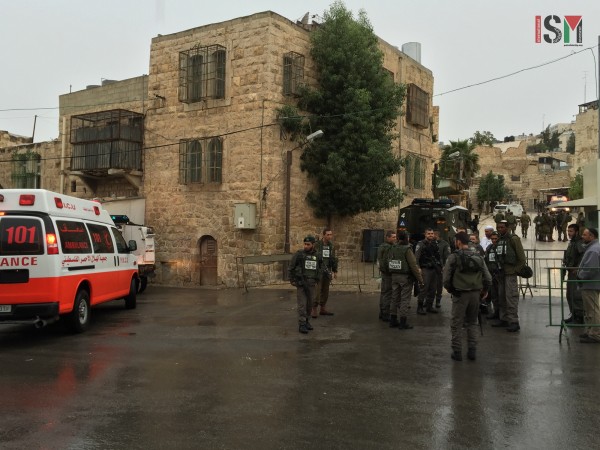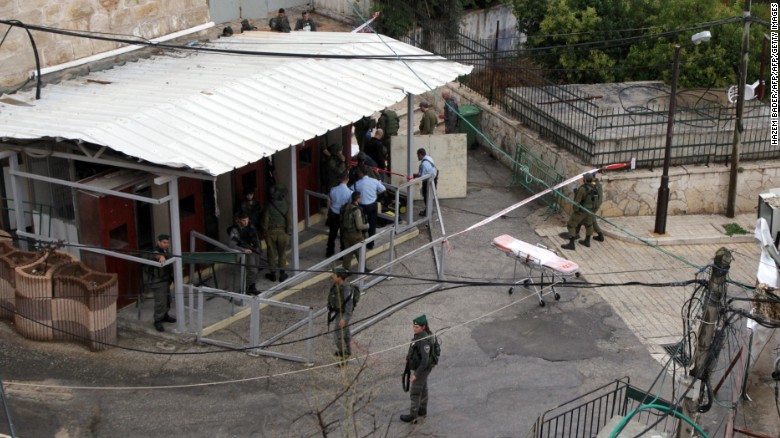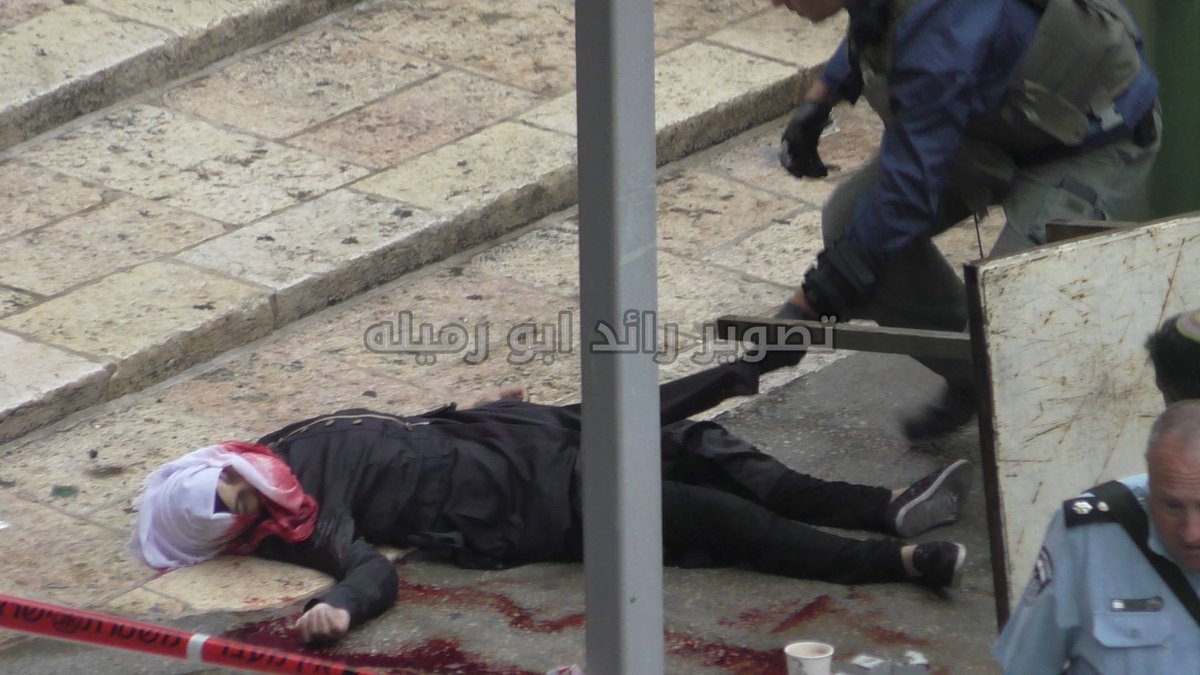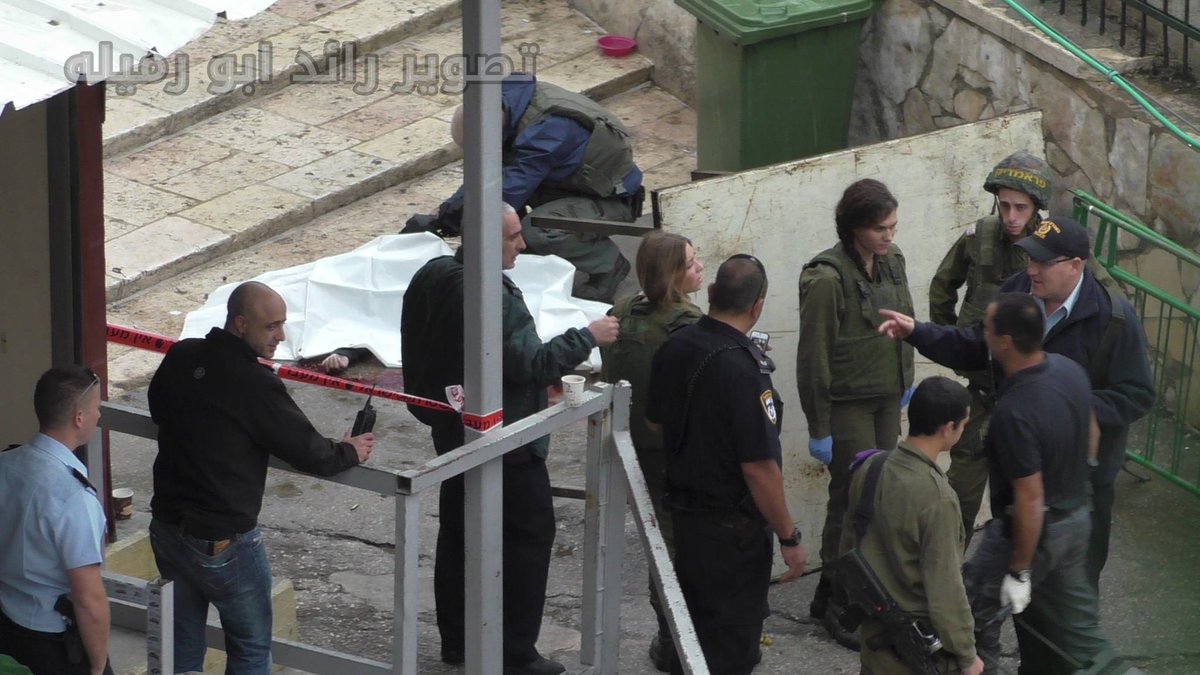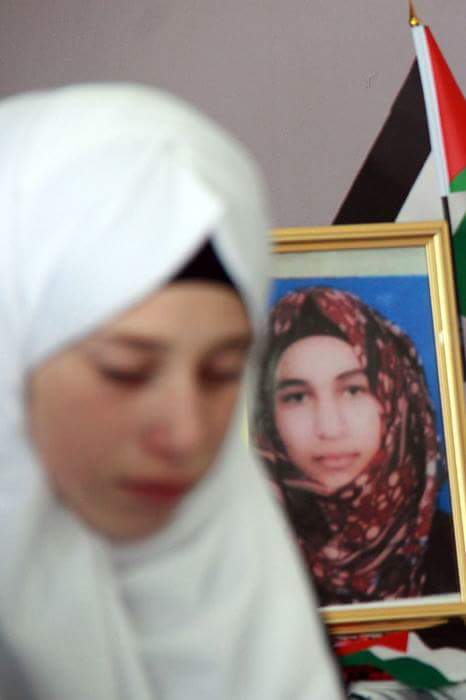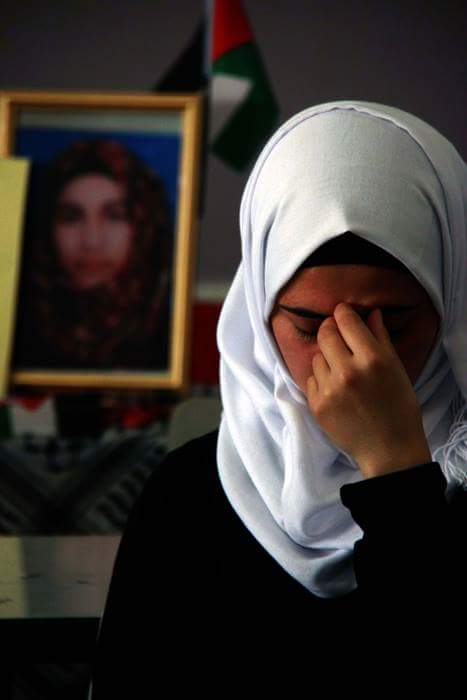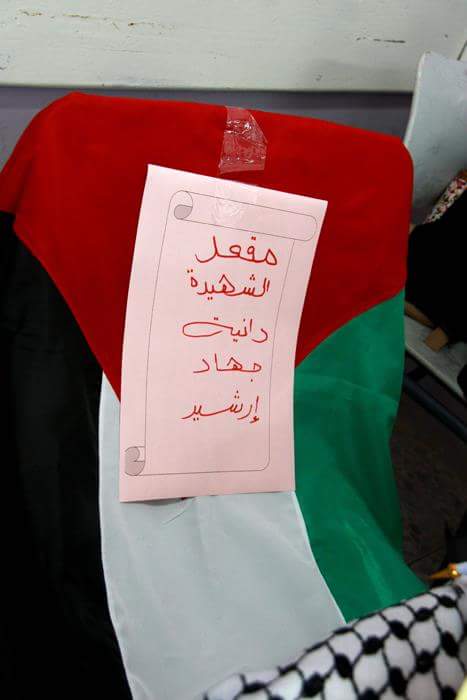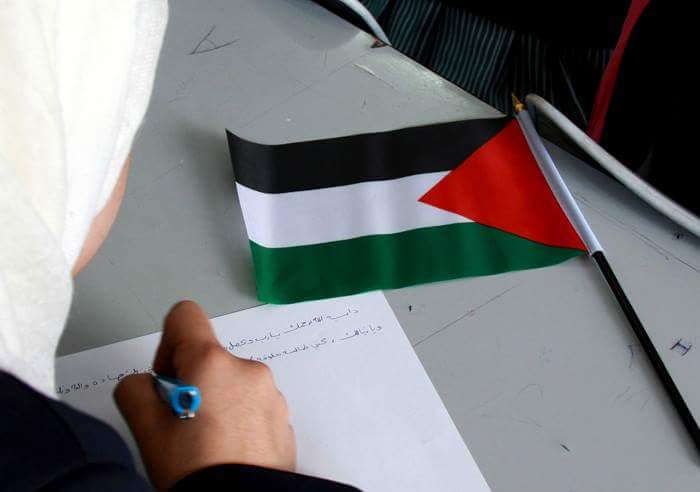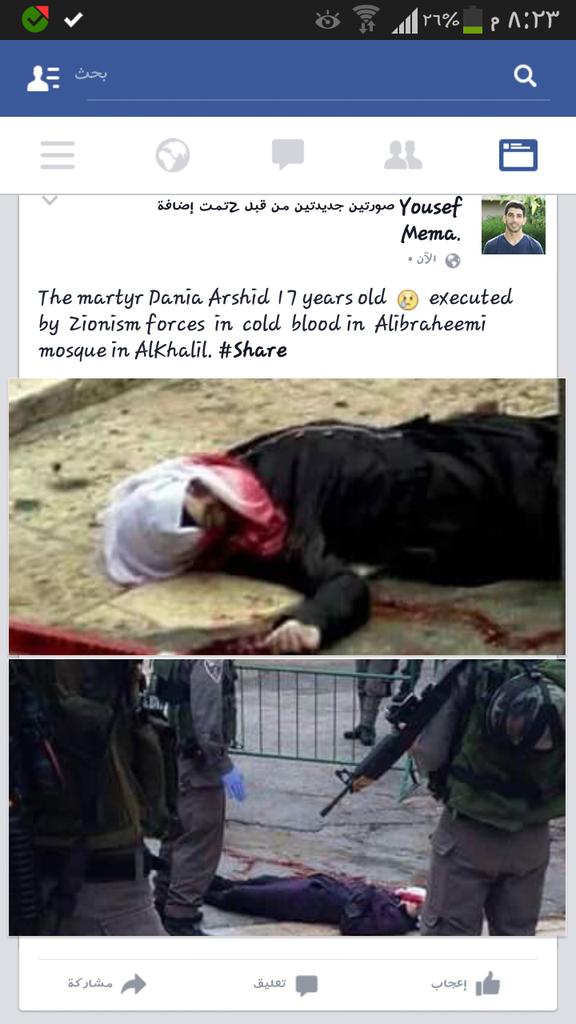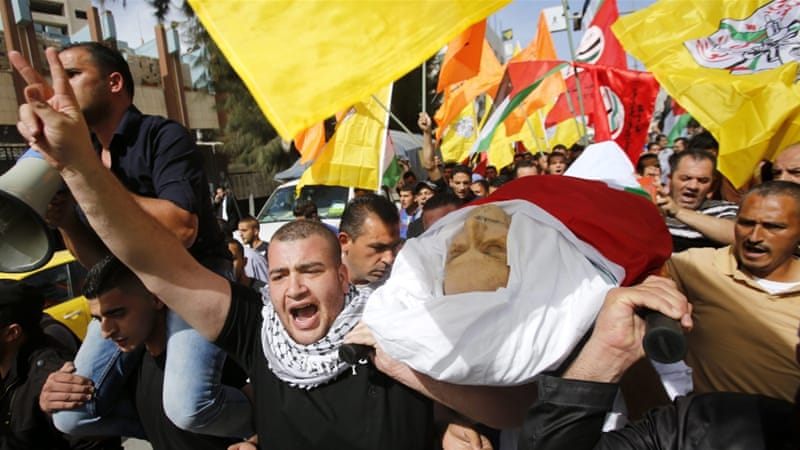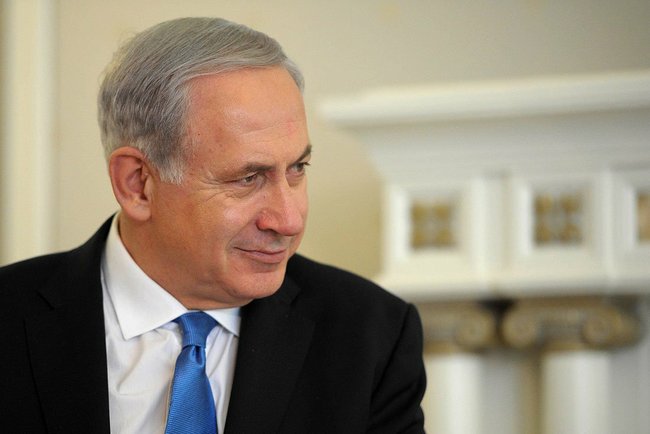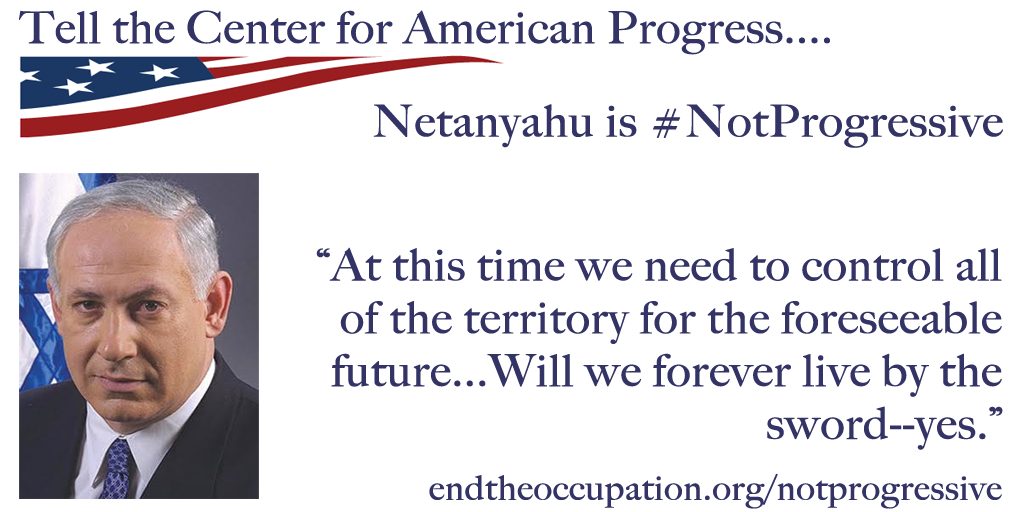.
A Palestinian woman carries her crying daughter after rainwater flooded their house that was damaged by Israeli shelling during the 50-day war in the summer of 2014, in Khan Younis in the southern Gaza Strip: photo by Ibraheem Abu Mustafa/Reuters, 7 October 2015
Marwan Barghouti: There will be no peace until Israel’s occupation of Palestine ends
We have tried to be patient, but the international community has failed us. Freedom for Palestinian people is long overdue killing of two Israeli settlers: Marwan Barghouti, The Guardian, 11 October 2011
The current escalation in violence did not start with the killing of two Israeli settlers, it started a long while ago and has been going on for years. Every day Palestinians are killed, wounded, arrested. Every day colonialism advances, the siege on our people in Gaza continues, oppression persists. As many today want us to be overwhelmed by the potential consequences of a new spiral of violence, I will plead, as I did in 2002, to deal with its root causes: the denial of Palestinian freedom.
Some have suggested the reason why a peace deal could not be reached was President Yasser Arafat’s unwillingness or President Mahmoud Abbas's inability, but both of them were ready and able to sign a peace agreement. The real problem is that Israel has chosen occupation over peace, and used negotiations as a smokescreen to advance its colonial project. Every government across the globe knows this simple fact and yet so many of them pretend that returning to the failed recipes of the past could achieve freedom and peace. Insanity is doing the same thing over and over again and expecting different results.
There can be no negotiations without a clear Israeli commitment to fully withdraw from the Palestinian territory it occupied in 1967, including East Jerusalem; a complete end to all colonial policies; a recognition of the inalienable rights of the Palestinian people including their right to self-determination and return; and the release of all Palestinian prisoners. We cannot coexist with the occupation, and we will not surrender to it.
![]()
Palestinians carry a wounded protester, during clashes near the Gaza border fence last week: photo by Majdi Fathi/NurPhoto, 9 October 2015
We were called upon to be patient, and we were, giving chance after chance to reach a peace agreement. Maybe it is useful to remind the world that our dispossession, forced exile and transfer, and oppression have now lasted for nearly 70 years. We are the only item to have stood on the UN’s agenda since its inception. We were told that by resorting to peaceful means and to diplomatic channels we would garner the support of the international community to end the occupation. And yet, as in 1999 at the close of the interim period, that community failed yet again to undertake any meaningful steps, neither setting up an international framework to implement international law and UN resolutions, nor enacting measures to ensure accountability, including boycott, divestment and sanctions, which played a crucial role in ridding the world of the apartheid regime.
La Intifada 2.0 'recluta' a las mujeres Foto: @TomCOEX / @AFPphoto: image via El Mundo Fotografia @ElMundoFoto, 8 October 2015
So, in the absence of international action to end Israeli occupation and impunity or even provide protection, what are we asked to do? Stand by and wait for the next Palestinian family to be burned, for the next Palestinian child to be killed or arrested, for the next settlement to be built? The entire world knows that Jerusalem is the flame that can inspire peace and ignite war. Why then does the world stand still while the Israeli attacks against the Palestinian people in the city and in Muslim and Christian holy sites, notably Al-Haram al-Sharif, continue unabated? Israel’s actions and crimes not only destroy the two-state solution on 1967 borders and violate international law, they threaten to transform a solvable political conflict into a never-ending religious war that will undermine stability in a region already experiencing unprecedented turmoil.
![]()
Small amount of rain that fell on #Gaza revealed extent of problems of houses destroyed in the last war. #SaveGaza: image via Dr. Bazem Naim @basemn63, 8 October 2015
No people on the globe would accept to coexist with oppression. By nature, humans yearn for freedom, struggle for freedom, sacrifice for freedom, and the freedom of the Palestinian people is long overdue. During the first intifada, the Israeli government launched a “break their bones to break their will” policy, but for generation after generation the Palestinian people have proven their will is unbreakable and needs not to be tested.
![]()
This new Palestinian generation has not awaited reconciliation talks to embody a national unity that political parties have failed to achieve, but has risen above political divides and geographic fragmentation. It has not awaited instructions to uphold its right, and its duty, to resist this occupation. It is doing so unarmed, while being confronted by one of the biggest military powers in the world. And yet, we remain convinced that freedom and dignity shall triumph, and we shall overcome. The flag that we raised with pride at the UN will one day fly over the walls of the old city of Jerusalem to signal our independence.
I joined the struggle for Palestinian independence 40 years ago, and was first imprisoned at the age of 15. This did not prevent me from pleading for peace in accordance with international law and UN resolutions. But Israel, the occupying power, has methodically destroyed this perspective year after year. I have spent 20 years of my life in Israeli jails, including the past 13 years, and these years have made me even more certain of this unalterable truth: the last day of occupation will be the first day of peace. Those who seek the latter need to act, and act now, to precipitate the former.
![. A Palestinian man wears a mask to protect his face from the dust as he walks past the Dome of the Rock mosque in the al-Aqsa Mosque compound, during a sandstorm on September 8, 2015, in the old city of Jerusalem. A massive sandstorm has blanketed much of the Middle East. Large parts of Lebanon, Israel and Cyprus were shrounded in a thick cloud of dust that meteorologists said had swept in from Iraq and Syria. AFP PHOTO / AHMAD GHARABLI AHMAD GHARABLI/AFP/Getty Images]()
A Palestinian man wears a mask to protect his face from the dust as he walks past the Dome of the Rock mosque in the al-Aqsa Mosque compound, during a sandstorm in the old city of Jerusalem: photo by Ahmad Gharabi/AFP, 8 September 2015
![]()
Palestinians ride donkey-carts during a sandstorm at the al-Shejaiya neighbourhood of Gaza City. The buildings were destroyed in Israeli attacks during last year’s 50-day siege of Gaza: photo by Mohammed Abed/AFP via The Guardian, 13 February 2015
![]()
Israel's Lawless Death Penalty Without Trial Buoyed by Cheers of the Masses: The people of Israel see these pictures and most of them are filled with delight and pleasure, as the media inflames their animal urges: Gideon Levy, Haaretz, 11 October 2015
A spree of extrajudicial killings is sweeping over the land. It’s sickening, barbaric and lawless –- and it is buoyed by the cheers of the masses, media incitement and the authorities’ encouragement.
Now add to the wave of terror attacks the worst kind of damage -– Israeli society is losing its image. This society has had savage periods before, but not like this one, in which every stabber or anyone who threatens with a knife, screwdriver or vegetable peeler is executed, even after he has thrown down his weapon, while the killer becomes a hero of the nation.
Those who wanted the death penalty for terrorists are now receiving a more ignominious version -– a death penalty without trial. Fourteen Palestinians have been killed this way in the past week, most of them would not be liable for a death sentence in a state of law. The blood lust, the likes of which is not remembered in these parts, wants more and more blood.
In some of the attacks, the security forces and civilians acted appropriately and neutralized the assailants. Sometimes, there is no choice but to shoot and kill. But in other cases, they carried out an execution, there is no other way to describe it. The video clips prove it indisputably.
It’s enough to watch the atrocious shooting of Asra’a Abed in Afula, who stood still with a knife in her hand, surrounded by armed policemen who drew closer and closer to her, one of them licking an ice-lolly, until they finally fired several bullets into her from short range, instead of taking control of her and disarming her. It looks like murder. Those policemen were too cowardly or revenge-thirsty and for that they deserve to go on trial, not a citation.
Even more ghoulish appears the execution of Fadi Alon in Jerusalem. After he threw down the knife with which he had stabbed and injured a Jewish youth, he tried to flee from the angry rabble toward the policemen, while the mob incited the policemen with gutter language to kill him. Responding to the riff raff’s request, the policemen shot the youngster to death, for no reason, then rolled his body into the road.
The grotesque element was provided by the attack in Tel Aviv. A Palestinian with a tiny screwdriver, who had stabbed and very slightly injured a number of Israelis, was shot to death by an IDF officer. Second Lieutenant Daniel became the hero of the day. Entire pages in the media were written about him, hailing him as a “combatant in an air defense unit who did what is expected of a combatant.” The stabber’s body, which nobody bothered to cover, the tiny screwdriver beside it, is Daniel’s citation. “Heroism at the Kirya’s gate,” screamed the headlines. These are your heroes, Israel, taking out desperate youngsters with a screwdriver who could and should have been arrested.
The people of Israel see these pictures and most of them are filled with delight and pleasure, as the media inflames their animal urges. That’s the real incitement. Adults and children see how Arabs are shot like stray dogs at the roadside and learn the lesson. In this way, one of the main reasons for this uprising’s eruption is demonstrated -- the dehumanization of the Palestinians, whose life and death are worthless to the Israelis.
Nobody dreams of killing Yishai Shlisel or the murderer of teenager Maor Almakayas in Kiryat Gat, but killing a Palestinian is applauded and cheered by the incited mob. And we haven’t yet mentioned the shooting of demonstrators on the Gaza border for no reason, shooting that killed seven civilians including a child. Nor have we mentioned the lynching attempt in Afula, or the Jewish stabber in Dimona, whom no one thought of executing, never mind destroying his house. He came from a background of “distress” so was forgiven, as though the Palestinian stabbers didn’t come from a background of “distress” ten times deeper.
One of this barbarism’s advocates, Dan Margalit, provided the justification for it on Friday. “It’s highly advisable to shoot all terrorists… the more terrorists that are struck down, the fewer of them there’ll be,” he said. To this Hottentot morality, which fails the test of reality, one might add: the more rapists, muggers, dangerous drivers, sexual perverts, leftists and Arabs that are struck down -– the fewer of them we’ll have. Death to the Arabs –- it’s time to storm the next target.
Gideon Levy, Haaretz Correspondent
Israeli citizen launched a stabbing attack injuring four in Israel's Negev region: image via Middle East Eye @MiddleEastEye, 9 October 2015
![]()
Armed Israeli criminals storm two Palestinian hospitals and kidnap injured Palestinians... @Pales601: image via Gaza Writes Back @ThisIsGaZa, 10 October 2015
![]()
Armed israeli Armed Israeli criminals storm two Palestinian hospitals and kidnap injured Palestinians...@Pales601: image via Gaza Writes Back @ThisIsGaZa, 10 October 2015
Young Palestinians launch hashtag intifada: image via Agence France-Presse @AFP, 8 October 2015
![]()
Israeli forces arrested a Palestinian boy near KiryatArba settlement in #Hebron today. #IntifadaAlAqsa #Palestine: image via Said Shoaib / Gaza @saidshouib, 9 October 2015
![]()
Israeli forces arrested a Palestinian boy near KiryatArba settlement in #Hebron today. #IntifadaAlAqsa #Palestine: image via Said Shoaib / Gaza @saidshouib, 9 October 2015
![]()
Israeli forces arrested a Palestinian boy near KiryatArba settlement in #Hebron today. #IntifadaAlAqsa #Palestine: image via Said Shoaib / Gaza @saidshouib, 9 October 2015
Continued clashes between Palestinians and Israeli forces in the RasElGorah, in #Hebron these moments.. . #IntifadaAlAqsa #Palestine: image via Said Shoaib / Gaza @saidshouib, 9 October 2015
![]()
Clashes with Israeli Forces near BeirEel Settlement near #AlBeria city shortly before .. #Intifada #Palestine: image via Said Shoaib / Gaza @saidshouib, 8 October 2015
![]()
Clashes with Israeli Forces near BeirEel Settlement near #AlBeria city shortly before .. #Intifada #Palestine: image via Said Shoaib / Gaza @saidshouib, 8 October 2015
![]()
Clashes with Israeli Forces near BeirEel Settlement near #AlBeria city shortly before ..#Intifada #Palestine: image via Said Shoaib / Gaza @saidshouib, 8 October 2015
![]()
Clashes with Israeli Forces near BeirEel Settlement near #AlBeria city shortly before .. #Intifada #Palestine: image via Said Shoaib / Gaza @saidshouib, 8 October 2015
![]()
Israeli Forces spraying WasteWater towards the demonstrators near the Beit Eel Settlement / #Ramallah #IntifadaAlAqsa: image via Said Shoaib / Gaza @saidshouib, 8 October 2015
![]()
Happend in #WestBank yesterday .. !! The most moral army in the world !!: image via Said Shoaib / Gaza @saidshouib, 8 October 2015
![]()
Happend in #WestBank yesterday .. !! The most moral army in the world !!: image via Said Shoaib / Gaza @saidshouib, 8 October 2015
![]()
Happend in #WestBank yesterday .. !! The most moral army in the world !!: image via Said Shoaib / Gaza @saidshouib, 8 October 2015
![]()
Happend in #WestBank yesterday .. !! The most moral army in the world !!: image via Said Shoaib / Gaza @saidshouib, 8 October 2015
![]()
Palestinian protesters took cover during clashes with Israeli security forces on Thursday in Beit El, West Bank. Disputes over Jerusalem have added to tensions: photo by Ilia Yefimovich via New York Times, 8 October 2015
![]()
Israeli police disperse Palestinian demonstrators in the Muslim quarter in Jerusalem. #AFP @TomCOEX: image via Aurelia BAILLY @AureliaBAILLY, 15 September 2015
![]()
Israeli police disperse Palestinian demonstrators in the Muslim quarter in Jerusalem. #AFP @TomCOEX: image via Aurelia BAILLY @AureliaBAILLY, 15 September 2015
![]()
Israeli police disperse Palestinian demonstrators in the Muslim quarter in Jerusalem. #AFP @TomCOEX: image via Aurelia BAILLY @AureliaBAILLY, 15 September 2015
![]()
Israeli police disperse Palestinian demonstrators in the Muslim quarter in Jerusalem. #AFP @TomCOEX: image via Aurelia BAILLY @AureliaBAILLY, 15 September 2015
![]()
Israeli security forces escort Jewish worshippers as they cross the Muslim quarter in Jerusalem. #AFP @TomCOEX: image via Aurelia BAILLY @AureliaBAILLY, 15 September 2015
![]()
Israeli security forces escort Jewish worshippers as they cross the Muslim quarter in Jerusalem. #AFP @TomCOEX: image via Aurelia BAILLY @AureliaBAILLY, 15 September 2015
![]()
Israeli flags on homes occupied by Israeli in the Palestinian Silwan neighbourhood in east Jerusalem. #AFP @TomCOEX: image via Aurelia BAILLY @AureliaBAILLY, 17 September 2015
![]()
Israeli flags on homes occupied by Israeli in the Palestinian Silwan neighbourhood in east Jerusalem. #AFP @TomCOEX: image via Aurelia BAILLY @AureliaBAILLY, 17 September 2015
![]()
Israeli security forces keep position on the roof and around the al-Aqsa mosque in Jerusalem. #AFP @TomCOEX: image via Aurelia BAILLY @AureliaBAILLY, 28 September 2015
A Palestinian man stands by a door at the Dome of the Rock mosque in Jerusalem. By @TomCOEX#AFP : image via Aurelia BAILLY @AureliaBAILLY, 29 September 2015
JERUSALEM : A Palestinian man stands by a door at the Dome of the Al-Aqsa mosque compound. By @TomCOEX#AFP : image via Frédérique Geffard @fgeffardAFP, 29 September 2015
![]()
Fierce clashes in Shu'fat. #Jerusalem #Palestine: image via Aiman @AimanofArabia, 9 October 2015
![]()
Fierce clashes in Shu'fat. #Jerusalem #Palestine: image via Aiman @AimanofArabia, 9 October 2015
Irony: extreme right Kahanists shout "Arabs r sons of whores" shouting by "museum of tolerance" location #Jerusalem: image via Seth Frantzman @sfrantzman, 8 October 2015
![]()
March for Zionist Settlers near the Wailing Wall in #Jerusalem calling for killing Palestinians.. #IsraeliTerrorism: image via Said Shoaib / Gaza @saidshouib, 9 October 2015
![]()
March for Zionist Settlers near the Wailing Wall in #Jerusalem calling for killing Palestinians.. #IsraeliTerrorism: image via Said Shoaib / Gaza @saidshouib, 9 October 2015
![]()
March for Zionist Settlers near the Wailing Wall in #Jerusalem calling for killing Palestinians.. #IsraeliTerrorism: image via Said Shoaib / Gaza @saidshouib, 9 October 2015
![]()
March for Zionist Settlers near the Wailing Wall in #Jerusalem calling for killing Palestinians.. #IsraeliTerrorism: image via Said Shoaib / Gaza @saidshouib, 9 October 2015
Good morning from #Jerusalem #Israel - The city of David and Solomon and the eternal Capital of Israel: image via Zvi Lando @zlando, 9 October 2015
Additional police barricades heading towards the Old City. #Jerusalem: image via Molly Hunter @mollymhunter, 9 October 2015
'We have to carry out this intifada given the recent rising number of child martyrs': image via Middle East Eye @MiddleEastEye, 9 October 2015
'We have to carry out this intifada given the recent rising number of child martyrs': image via Middle East Eye @MiddleEastEye, 9 October 2015
"Once it was possible to make peace with Israel, but now see the number of martyred children": image via Middle East Eye @MiddleEastEye, 9 October 2015
"The PA must cease all security cooperation with Israel," says Palestinian lawmaker: image via Middle East Eye @MiddleEastEye, 9 October 2015
"Settlers and their ideological allies are taking over Israel’s security services": image via Middle East Eye @MiddleEastEye, 9 October 2015
Israeli mayors call on citizens to carry guns for their own protection: Report: image via Middle East Eye @MiddleEastEye, 9 October 2015
Muslims barred from entry to Al Aqsa and Old City do Friday prayers at barricade. Heavy security today.: image via Middle East Eye @MiddleEastEye, 9 October 2015
![]()
Israeli police stand guard in the Muslim quarter of Jerusalem’s old city: photo by UPI /Landov / Barcroft Media, 8 October 2015
Good morning from the old city. I'm going to be monitoring the situation in #Jerusalem today for @AmnestyOnline.: image via Jacob Burns @JacobTBurns, 9 October 2015
A heavy police presence this morning in #Jerusalem, and access to #alAqsa is restricted to Palestinians aged 50+.: image via Jacob Burns @JacobTBurns, 9 October 2015
Haroon al Rashid st also closed off. This checkpoint just turned away a boy of about 11 from passing #Jerusalem: image via Jacob Burns @JacobTBurns, 9 October 2015
Young Palestinian in striped shirt detained at Damascus Gate checkpoint for about 10 minutes now, not sure why: image via Jacob Burns @JacobTBurns, 9 October 2015
Palestinian arrested amid a media scrum #Jerusalem: image via Jacob Burns @JacobTBurns, 9 October 2015
Police waiting in the wings...: image via Jacob Burns @JacobTBurns, 9 October 2015
![]()
Israeli police stop Palestinians from entering the Noble Sanctuary, or the Temple Mount, in Jerusalem on Friday: photo by Jim Hollander/European Pressphoto Agency via New York Times, 8 October 2015
Together as ONE! #Intifada: image via Abbas Hamideh @Resistance48, 10 October 2015
La Intifada 2.0 'recluta' a las mujeres Foto: @TomCOEX / @AFPphoto: image via El Mundo Fotografia @ElMundoFoto, 8 October 2015
![]()
![]()
![]()
![]()
One of the biggest funeral processions in Palestinian history. Martyr, #MuhannadHalabi #Palestine #Intifada: image via Abbas Hamideh @Resistance48, 10 October 2015
Attack on our women @#AlAqsa isn't just on our holy shrines, but on our mothers, sisters - Muhannad Halabi #Intifada: image via Abbas Hamideh @Resistance48, 10 October 2015
![]()
![]()
#Gaza Number of deaths has reached 5 so far...: image via Dr. Bassel AbuWarda @DrBaselAbuwarda, 9 October 2015
![]()
At least 5 Palestinians killed, 30 wounded in heavy clashes with Israeli forces near Nahal Oz, e-#Gaza border: image via Sakir Khader @Sakirthader, 9 October 2015
![]()
At least 5 Palestinians killed, 30 wounded in heavy clashes with Israeli forces near Nahal Oz, e-#Gaza border: image via Sakir Khader @SakirKhader, 9 October 2015
![]()
At least 5 Palestinians killed, 30 wounded in heavy clashes with Israeli forces near Nahal Oz, e-#Gaza border: image via Sakir Khader @SakirKhader, 9 October 2015
![]()
At least 5 Palestinians killed, 30 wounded in heavy clashes with Israeli forces near Nahal Oz, e-#Gaza border: image via Sakir Khader @SakirKhader, 9 October 2015
![]()
Mohammad AlRaqab, 15 y o, shot dead by #Israeli Forces at the eastern borders of #Gaza. #IntifadaAlAqsa: image via Said Shoaib / Gaza @saidshouib, 9 October 2015
![]()
Mohammad AlRaqab, 15 y o, shot dead by #Israeli Forces at the eastern borders of #Gaza. #IntifadaAlAqsa: image via Said Shoaib / Gaza @saidshouib, 9 October 2015
![]()
UPDATE: Gaza Ministry of Health identifies 15-year-old Muhammad al-Raqeb as one of the 4 killed in #Gaza: image via Ma'an News Agency @Ma'an News Agency, 9 October 2015
![]()
UPDATE: Gaza Ministry of Health identifies 15-year-old Muhammad al-Raqeb as one of the 4 killed in #Gaza: image via Ma'an News Agency @Ma'an News Agency, 9 October 2015
![]()
UPDATE: Gaza Ministry of Health identifies 15-year-old Muhammad al-Raqeb as one of the 4 killed in #Gaza: image via Ma'an News Agency @Ma'an News Agency, 9 October 2015
Gaza stands with Jerusalem. 9 injuries reported so far in clashes with IOF east of #Gaza's Shujaiya: image via Belal Dabour - Gaza @Belalmd12, 9 October 2015
Yahia Hassan says goodbye to 2-y-o daughter Rahaf, killed along w/ his pregnant wife Nur in Israeli airstrike #Gaza: image via Ben White @benabyad, 11 October 2015
![]()
![]()
Rahaf Hassan, 3, Bombed to her death by Zionist Terrorist. Family has laid her so she can fly to the heavens #Gaza: image via Abbs Winston @ Abbs Winston, 11 October 2015
Some have suggested the reason why a peace deal could not be reached was President Yasser Arafat’s unwillingness or President Mahmoud Abbas's inability, but both of them were ready and able to sign a peace agreement. The real problem is that Israel has chosen occupation over peace, and used negotiations as a smokescreen to advance its colonial project. Every government across the globe knows this simple fact and yet so many of them pretend that returning to the failed recipes of the past could achieve freedom and peace. Insanity is doing the same thing over and over again and expecting different results.
There can be no negotiations without a clear Israeli commitment to fully withdraw from the Palestinian territory it occupied in 1967, including East Jerusalem; a complete end to all colonial policies; a recognition of the inalienable rights of the Palestinian people including their right to self-determination and return; and the release of all Palestinian prisoners. We cannot coexist with the occupation, and we will not surrender to it.

Palestinians carry a wounded protester, during clashes near the Gaza border fence last week: photo by Majdi Fathi/NurPhoto, 9 October 2015
La Intifada 2.0 'recluta' a las mujeres Foto: @TomCOEX / @AFPphoto: image via El Mundo Fotografia @ElMundoFoto, 8 October 2015

Small amount of rain that fell on #Gaza revealed extent of problems of houses destroyed in the last war. #SaveGaza: image via Dr. Bazem Naim @basemn63, 8 October 2015

Small amount of rain that fell on #Gaza revealed extent of problems of houses destroyed in the last war. #SaveGaza: image via Dr. Bazem Naim @basemn63, 8 October 2015
I joined the struggle for Palestinian independence 40 years ago, and was first imprisoned at the age of 15. This did not prevent me from pleading for peace in accordance with international law and UN resolutions. But Israel, the occupying power, has methodically destroyed this perspective year after year. I have spent 20 years of my life in Israeli jails, including the past 13 years, and these years have made me even more certain of this unalterable truth: the last day of occupation will be the first day of peace. Those who seek the latter need to act, and act now, to precipitate the former.
Palestinian stone throwers clash with Israeli security forces (unseen) in Beit El, near the West Bank city of Ramalla: photo via FT Photo Diary, 9 October 2015

A Palestinian man wears a mask to protect his face from the dust as he walks past the Dome of the Rock mosque in the al-Aqsa Mosque compound, during a sandstorm in the old city of Jerusalem: photo by Ahmad Gharabi/AFP, 8 September 2015

Palestinians ride donkey-carts during a sandstorm at the al-Shejaiya neighbourhood of Gaza City. The buildings were destroyed in Israeli attacks during last year’s 50-day siege of Gaza: photo by Mohammed Abed/AFP via The Guardian, 13 February 2015
The atrocious shooting of Asra’a Abed in Afula
Euro-Med Monitor Calls on International Community to Halt #Israel's Extra-Judicial Executions: image via Euro-Med Monitor @EuroMedHR, 10 October 2015
Euro-Med Monitor Calls on International Community to Halt Israel’s Extra-Judicial Executions: Euro-Mediterranean Human Rights Monitor, 10 October 2015
Israel is escalating its use of extrajudicial execution, warns the Euro-Mediterranean Human Rights Monitor. Israeli forces in the West Bank and Jerusalem are deploying firearms against civilians who pose no threat and could be detained instead.
Video recordings from surveillance cameras in the central train station of the city of Afula documented Israel's reckless disregard for lives as its soldiers shot a Palestinian woman holding an Israeli ID, claiming she attempted to stab a guard working in the station. However, the recordings clearly showed that the woman did not attempt to attack anybody.
Eyewitnesses told a Euro-Med Monitor team that Israa' Abed, 29, was very scared and panicked when she found herself surrounded by Israeli soldiers pointing their weapons at her. The soldiers shouted at her to take off her headscarf and drop her bag. The woman refused to remove her hijab, but raised her hands and begged the officers not to shoot.
"Even if the woman tried to attack someone, the Israeli police could have detained her instead of shooting with four live bullets," said Ihsan Adel, Euro-Med Monitor legal adviser.
Video recordings from surveillance cameras in the central train station of the city of Afula documented Israel's reckless disregard for lives as its soldiers shot a Palestinian woman holding an Israeli ID, claiming she attempted to stab a guard working in the station. However, the recordings clearly showed that the woman did not attempt to attack anybody.
Eyewitnesses told a Euro-Med Monitor team that Israa' Abed, 29, was very scared and panicked when she found herself surrounded by Israeli soldiers pointing their weapons at her. The soldiers shouted at her to take off her headscarf and drop her bag. The woman refused to remove her hijab, but raised her hands and begged the officers not to shoot.
"Even if the woman tried to attack someone, the Israeli police could have detained her instead of shooting with four live bullets," said Ihsan Adel, Euro-Med Monitor legal adviser.

The moment he carried out the attack. #Palestine: image via Aiman @AimanofArabia, 9 October 2015
Israel's Lawless Death Penalty Without Trial Buoyed by Cheers of the Masses: The people of Israel see these pictures and most of them are filled with delight and pleasure, as the media inflames their animal urges: Gideon Levy, Haaretz, 11 October 2015
A spree of extrajudicial killings is sweeping over the land. It’s sickening, barbaric and lawless –- and it is buoyed by the cheers of the masses, media incitement and the authorities’ encouragement.
Now add to the wave of terror attacks the worst kind of damage -– Israeli society is losing its image. This society has had savage periods before, but not like this one, in which every stabber or anyone who threatens with a knife, screwdriver or vegetable peeler is executed, even after he has thrown down his weapon, while the killer becomes a hero of the nation.
Those who wanted the death penalty for terrorists are now receiving a more ignominious version -– a death penalty without trial. Fourteen Palestinians have been killed this way in the past week, most of them would not be liable for a death sentence in a state of law. The blood lust, the likes of which is not remembered in these parts, wants more and more blood.
In some of the attacks, the security forces and civilians acted appropriately and neutralized the assailants. Sometimes, there is no choice but to shoot and kill. But in other cases, they carried out an execution, there is no other way to describe it. The video clips prove it indisputably.
It’s enough to watch the atrocious shooting of Asra’a Abed in Afula, who stood still with a knife in her hand, surrounded by armed policemen who drew closer and closer to her, one of them licking an ice-lolly, until they finally fired several bullets into her from short range, instead of taking control of her and disarming her. It looks like murder. Those policemen were too cowardly or revenge-thirsty and for that they deserve to go on trial, not a citation.
Even more ghoulish appears the execution of Fadi Alon in Jerusalem. After he threw down the knife with which he had stabbed and injured a Jewish youth, he tried to flee from the angry rabble toward the policemen, while the mob incited the policemen with gutter language to kill him. Responding to the riff raff’s request, the policemen shot the youngster to death, for no reason, then rolled his body into the road.
The grotesque element was provided by the attack in Tel Aviv. A Palestinian with a tiny screwdriver, who had stabbed and very slightly injured a number of Israelis, was shot to death by an IDF officer. Second Lieutenant Daniel became the hero of the day. Entire pages in the media were written about him, hailing him as a “combatant in an air defense unit who did what is expected of a combatant.” The stabber’s body, which nobody bothered to cover, the tiny screwdriver beside it, is Daniel’s citation. “Heroism at the Kirya’s gate,” screamed the headlines. These are your heroes, Israel, taking out desperate youngsters with a screwdriver who could and should have been arrested.
The people of Israel see these pictures and most of them are filled with delight and pleasure, as the media inflames their animal urges. That’s the real incitement. Adults and children see how Arabs are shot like stray dogs at the roadside and learn the lesson. In this way, one of the main reasons for this uprising’s eruption is demonstrated -- the dehumanization of the Palestinians, whose life and death are worthless to the Israelis.
Nobody dreams of killing Yishai Shlisel or the murderer of teenager Maor Almakayas in Kiryat Gat, but killing a Palestinian is applauded and cheered by the incited mob. And we haven’t yet mentioned the shooting of demonstrators on the Gaza border for no reason, shooting that killed seven civilians including a child. Nor have we mentioned the lynching attempt in Afula, or the Jewish stabber in Dimona, whom no one thought of executing, never mind destroying his house. He came from a background of “distress” so was forgiven, as though the Palestinian stabbers didn’t come from a background of “distress” ten times deeper.
One of this barbarism’s advocates, Dan Margalit, provided the justification for it on Friday. “It’s highly advisable to shoot all terrorists… the more terrorists that are struck down, the fewer of them there’ll be,” he said. To this Hottentot morality, which fails the test of reality, one might add: the more rapists, muggers, dangerous drivers, sexual perverts, leftists and Arabs that are struck down -– the fewer of them we’ll have. Death to the Arabs –- it’s time to storm the next target.
Gideon Levy, Haaretz Correspondent
Israeli citizen launched a stabbing attack injuring four in Israel's Negev region: image via Middle East Eye @MiddleEastEye, 9 October 2015
Armed Israeli terrorists storm Al-Muqased Hospital in Jerusalem. Palestinian civilian tries to talk sense into them: image via Gaza Writes Back @ThisIsGaZa, 10 October 2015

Armed Israeli criminals storm two Palestinian hospitals and kidnap injured Palestinians... @Pales601: image via Gaza Writes Back @ThisIsGaZa, 10 October 2015
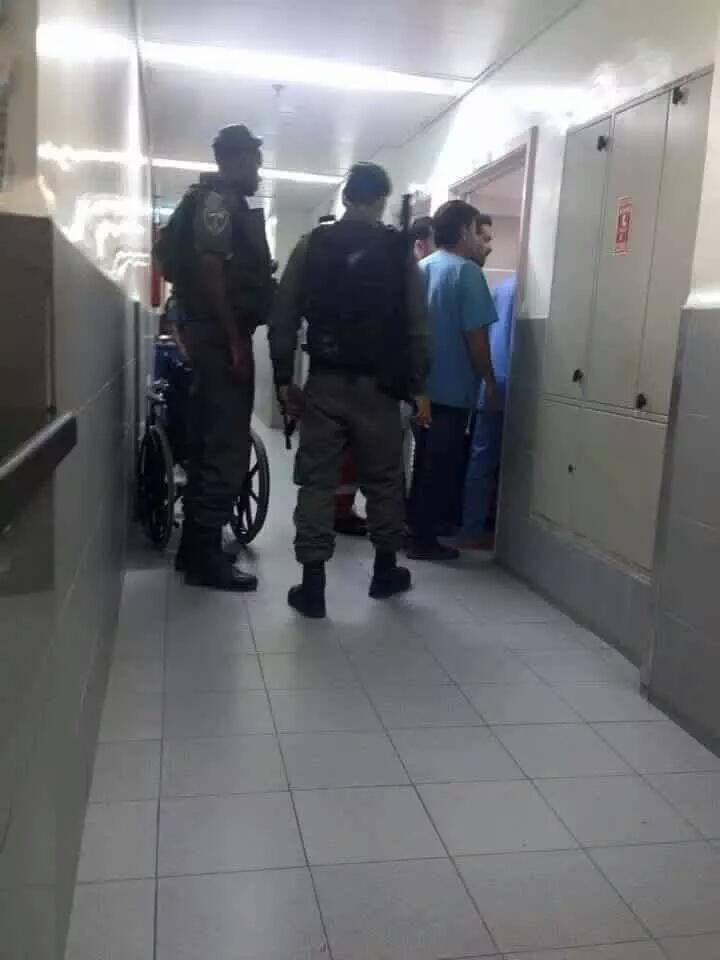
Armed israeli Armed Israeli criminals storm two Palestinian hospitals and kidnap injured Palestinians...@Pales601: image via Gaza Writes Back @ThisIsGaZa, 10 October 2015
West Bank
Young Palestinians launch hashtag intifada: image via Agence France-Presse @AFP, 8 October 2015
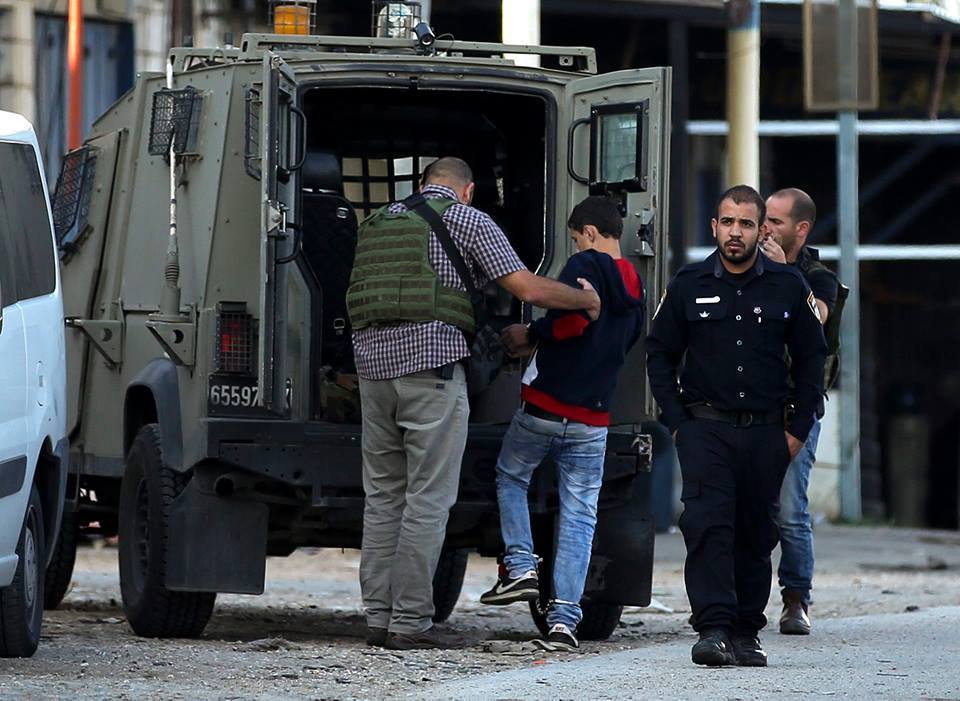
Israeli forces arrested a Palestinian boy near KiryatArba settlement in #Hebron today. #IntifadaAlAqsa #Palestine: image via Said Shoaib / Gaza @saidshouib, 9 October 2015
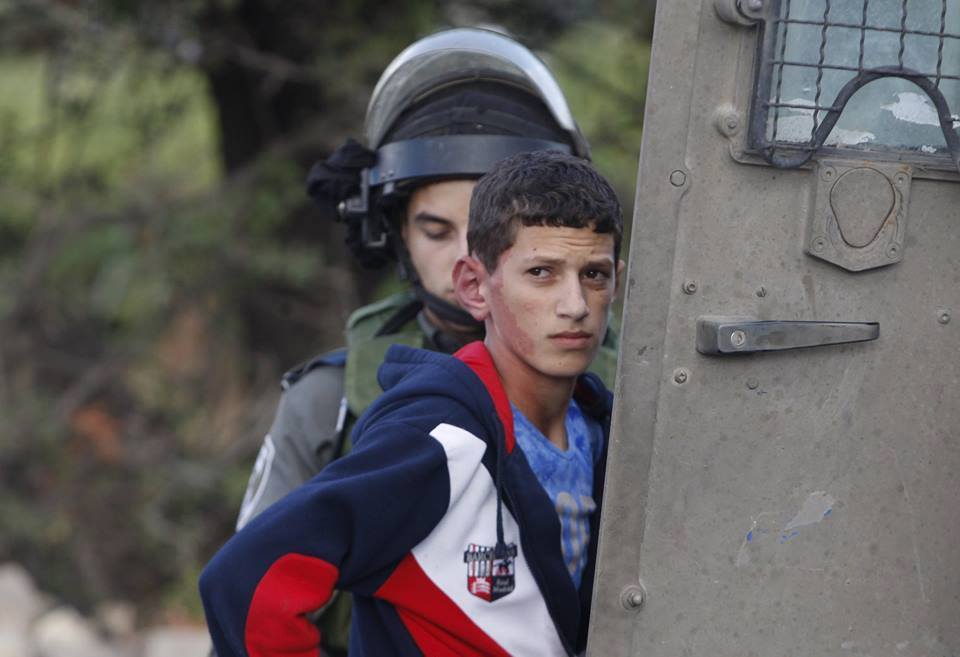
Israeli forces arrested a Palestinian boy near KiryatArba settlement in #Hebron today. #IntifadaAlAqsa #Palestine: image via Said Shoaib / Gaza @saidshouib, 9 October 2015
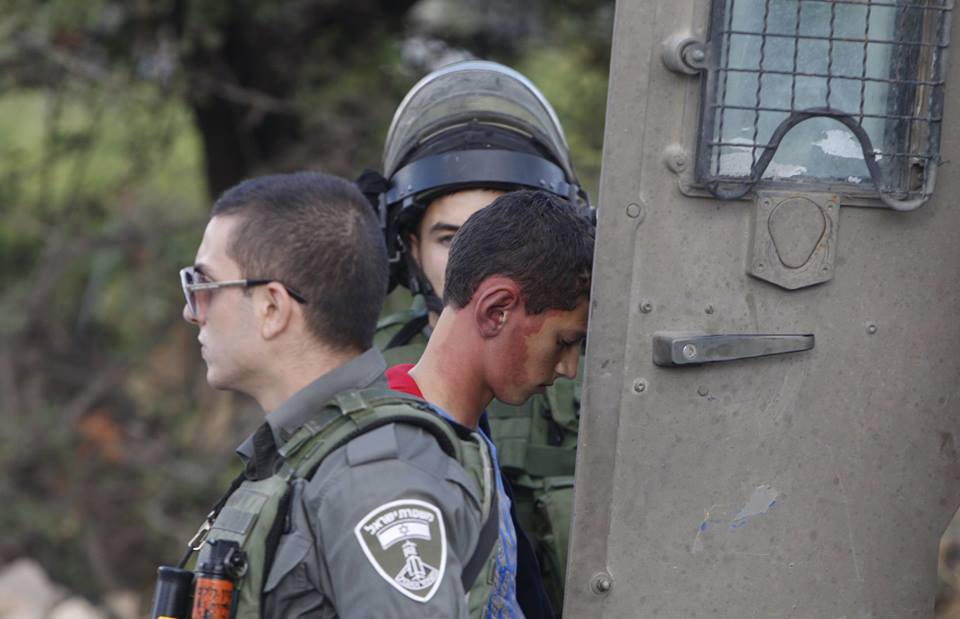
Israeli forces arrested a Palestinian boy near KiryatArba settlement in #Hebron today. #IntifadaAlAqsa #Palestine: image via Said Shoaib / Gaza @saidshouib, 9 October 2015
Continued clashes between Palestinians and Israeli forces in the RasElGorah, in #Hebron these moments.. . #IntifadaAlAqsa #Palestine: image via Said Shoaib / Gaza @saidshouib, 9 October 2015
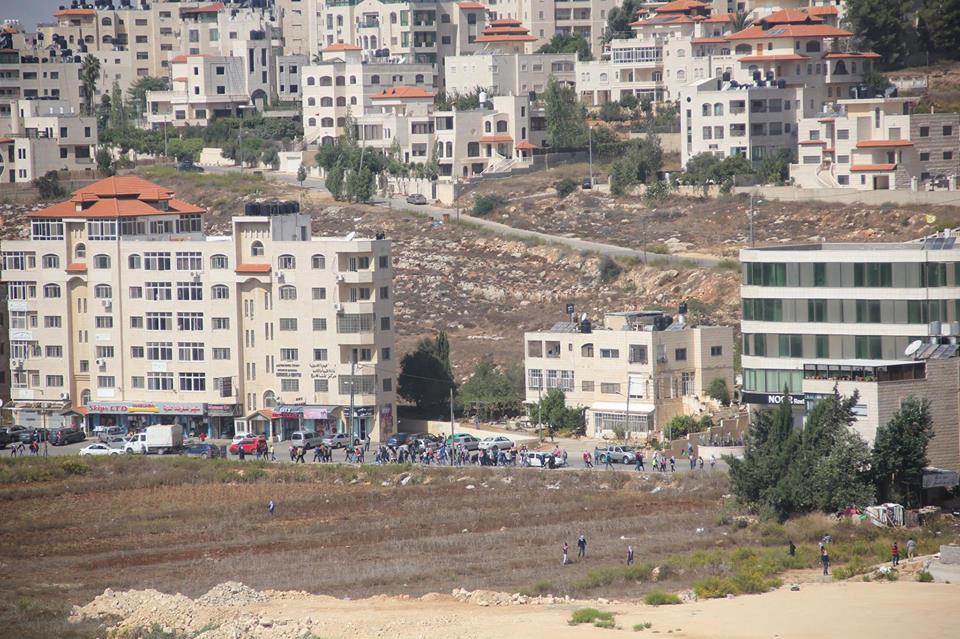
Clashes with Israeli Forces near BeirEel Settlement near #AlBeria city shortly before .. #Intifada #Palestine: image via Said Shoaib / Gaza @saidshouib, 8 October 2015
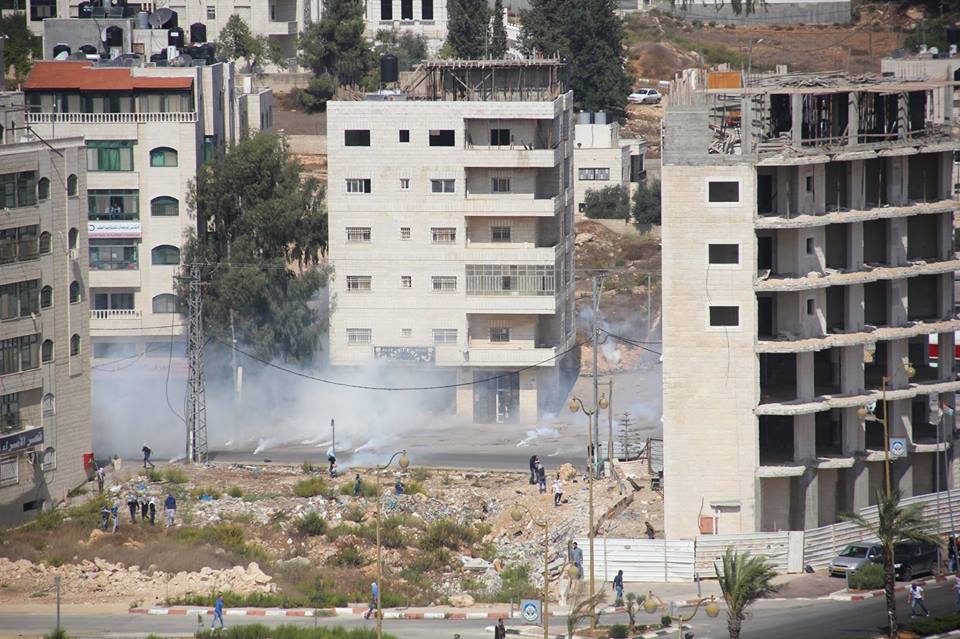
Clashes with Israeli Forces near BeirEel Settlement near #AlBeria city shortly before .. #Intifada #Palestine: image via Said Shoaib / Gaza @saidshouib, 8 October 2015
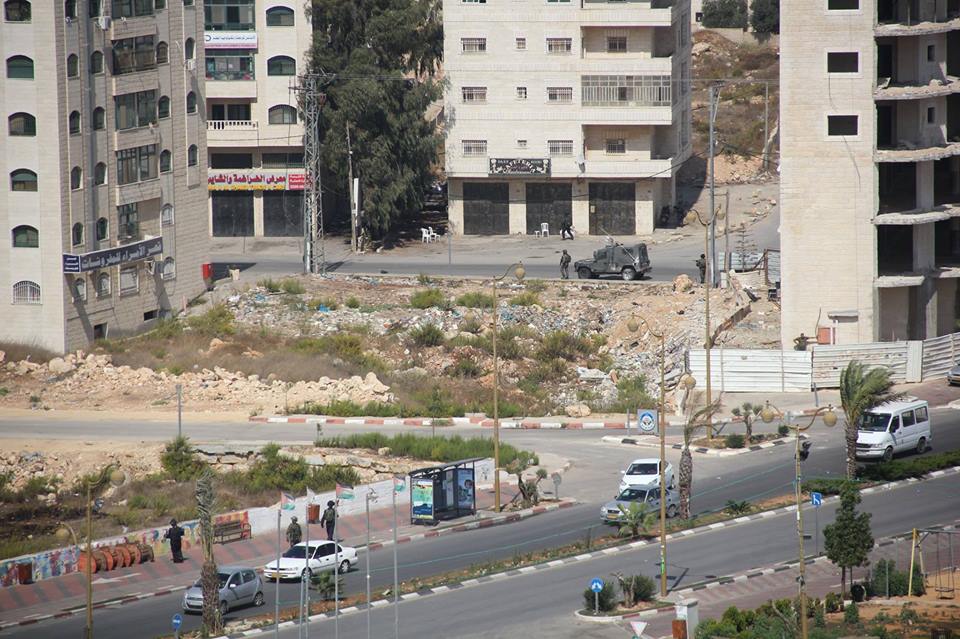
Clashes with Israeli Forces near BeirEel Settlement near #AlBeria city shortly before ..#Intifada #Palestine: image via Said Shoaib / Gaza @saidshouib, 8 October 2015
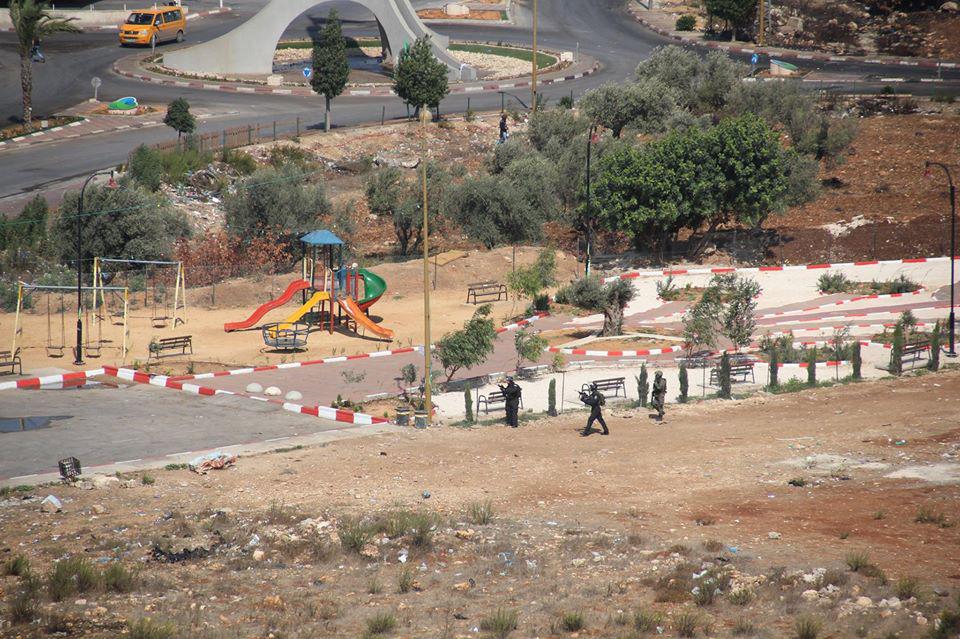
Clashes with Israeli Forces near BeirEel Settlement near #AlBeria city shortly before .. #Intifada #Palestine: image via Said Shoaib / Gaza @saidshouib, 8 October 2015
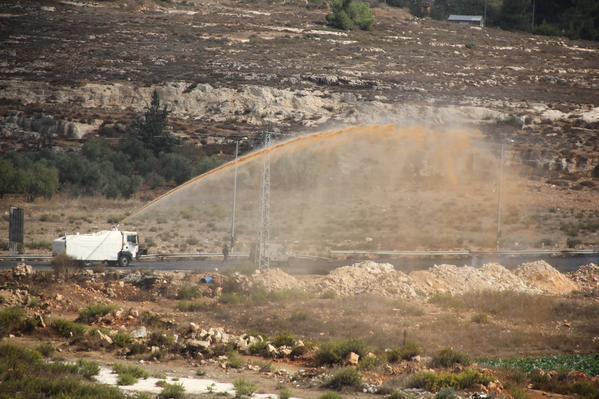
Israeli Forces spraying WasteWater towards the demonstrators near the Beit Eel Settlement / #Ramallah #IntifadaAlAqsa: image via Said Shoaib / Gaza @saidshouib, 8 October 2015
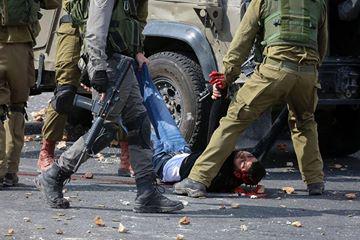
Happend in #WestBank yesterday .. !! The most moral army in the world !!: image via Said Shoaib / Gaza @saidshouib, 8 October 2015
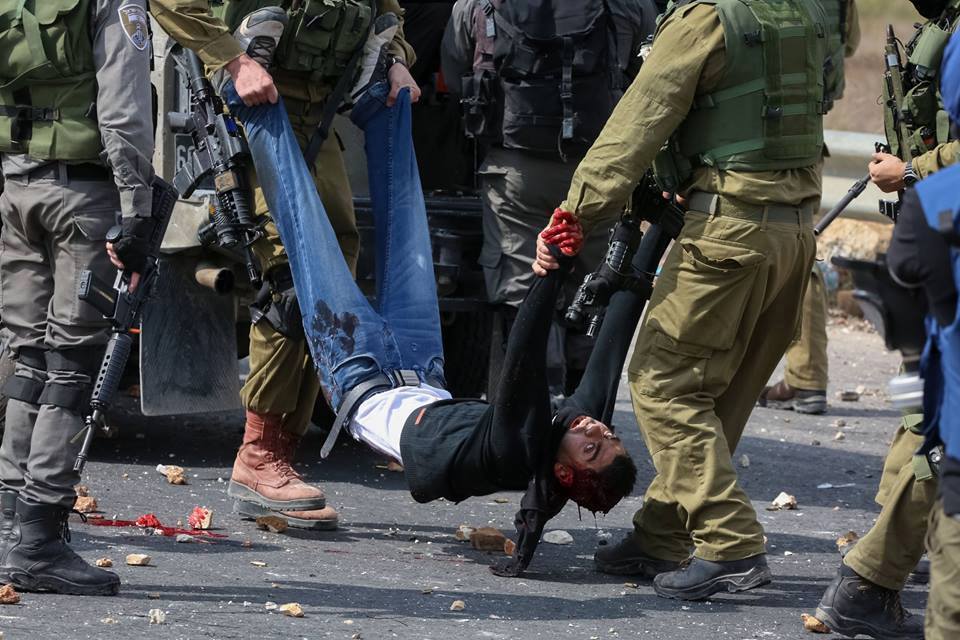
Happend in #WestBank yesterday .. !! The most moral army in the world !!: image via Said Shoaib / Gaza @saidshouib, 8 October 2015
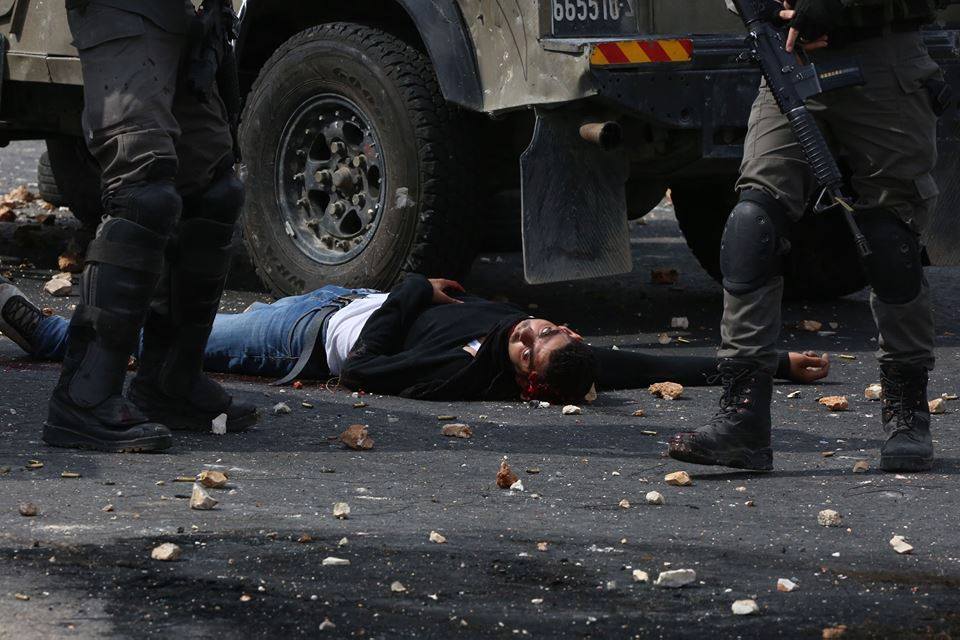
Happend in #WestBank yesterday .. !! The most moral army in the world !!: image via Said Shoaib / Gaza @saidshouib, 8 October 2015

Happend in #WestBank yesterday .. !! The most moral army in the world !!: image via Said Shoaib / Gaza @saidshouib, 8 October 2015

Palestinian protesters took cover during clashes with Israeli security forces on Thursday in Beit El, West Bank. Disputes over Jerusalem have added to tensions: photo by Ilia Yefimovich via New York Times, 8 October 2015
#Palestinians carry the body of Amjad Hatem Al-Jundi during his funeral in Yatta, West Bank. By @hazemjbader #AFP: image via AFPphoto, 10 October 2015
Jerusalem
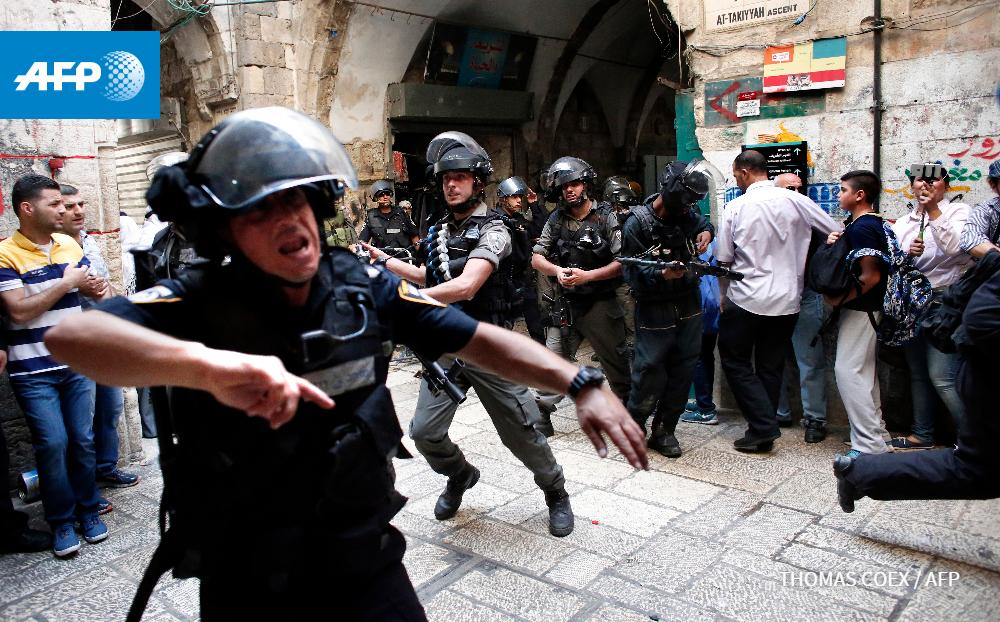
Israeli police disperse Palestinian demonstrators in the Muslim quarter in Jerusalem. #AFP @TomCOEX: image via Aurelia BAILLY @AureliaBAILLY, 15 September 2015
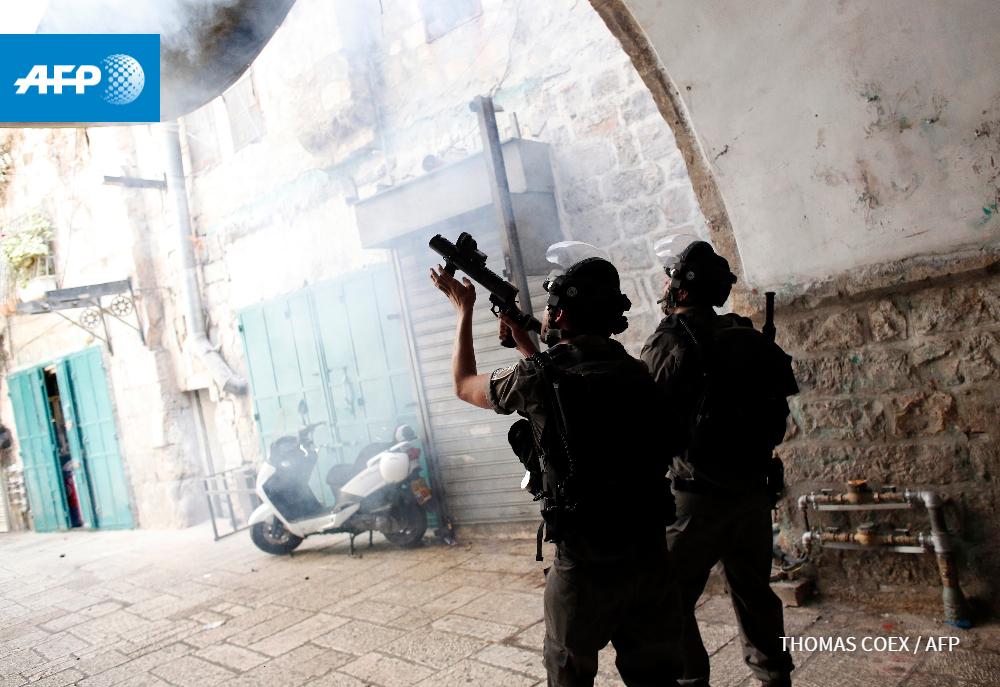
Israeli police disperse Palestinian demonstrators in the Muslim quarter in Jerusalem. #AFP @TomCOEX: image via Aurelia BAILLY @AureliaBAILLY, 15 September 2015
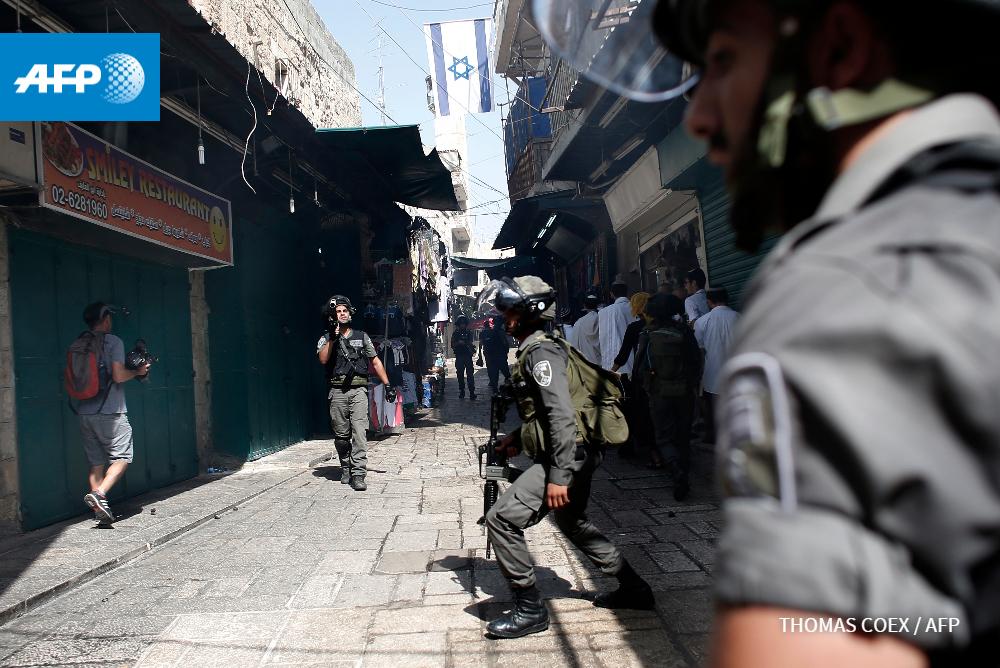
Israeli police disperse Palestinian demonstrators in the Muslim quarter in Jerusalem. #AFP @TomCOEX: image via Aurelia BAILLY @AureliaBAILLY, 15 September 2015
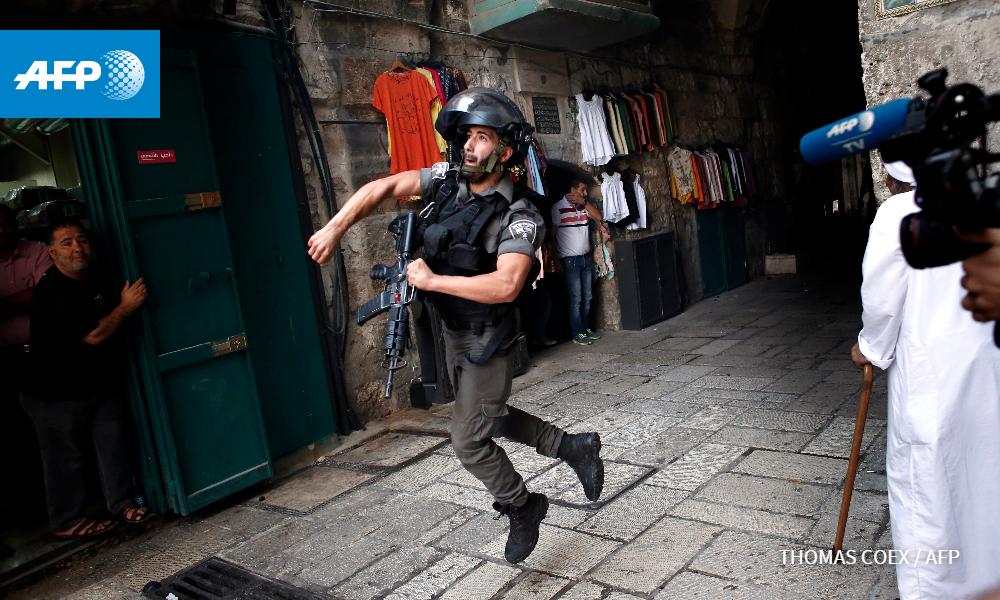
Israeli police disperse Palestinian demonstrators in the Muslim quarter in Jerusalem. #AFP @TomCOEX: image via Aurelia BAILLY @AureliaBAILLY, 15 September 2015
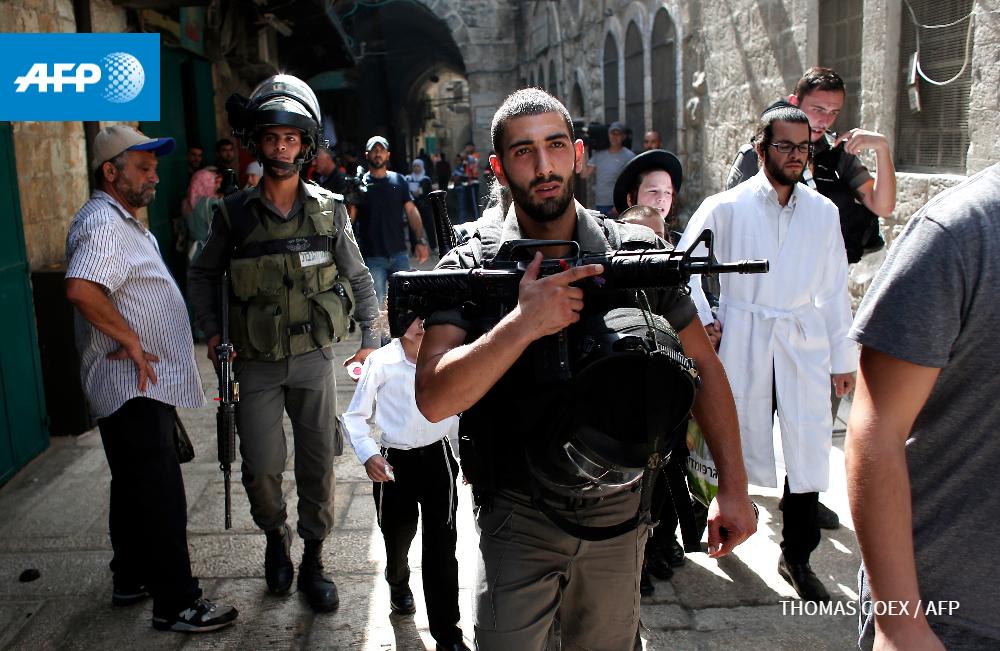
Israeli security forces escort Jewish worshippers as they cross the Muslim quarter in Jerusalem. #AFP @TomCOEX: image via Aurelia BAILLY @AureliaBAILLY, 15 September 2015
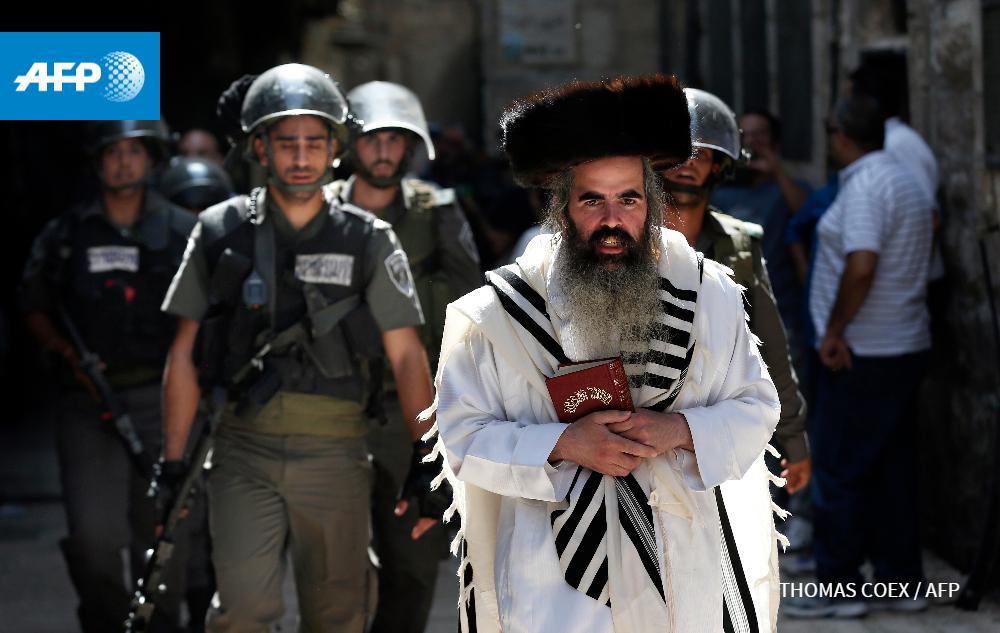
Israeli security forces escort Jewish worshippers as they cross the Muslim quarter in Jerusalem. #AFP @TomCOEX: image via Aurelia BAILLY @AureliaBAILLY, 15 September 2015
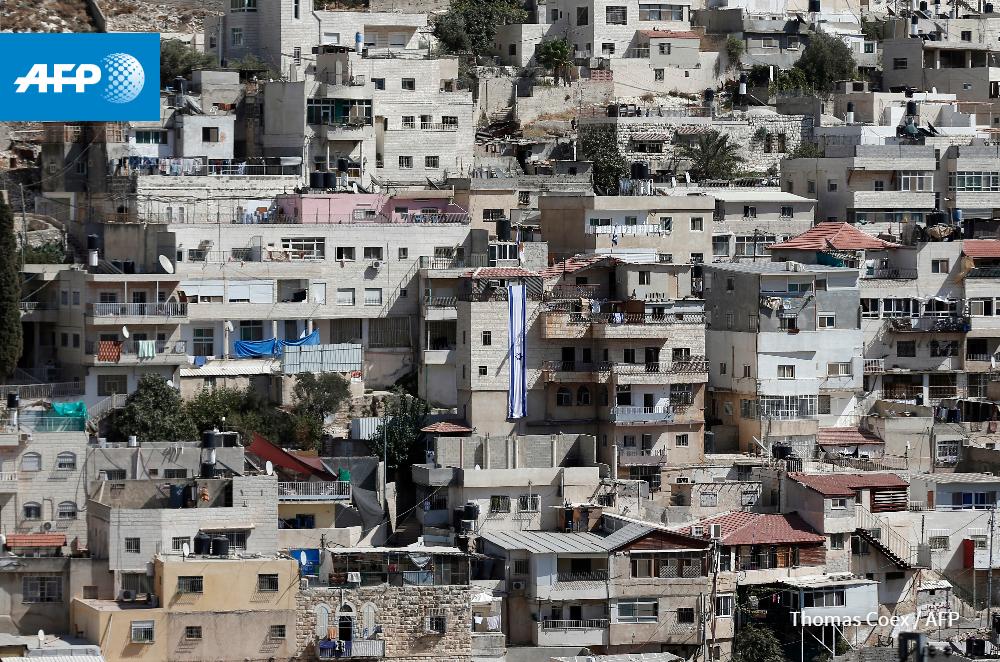
Israeli flags on homes occupied by Israeli in the Palestinian Silwan neighbourhood in east Jerusalem. #AFP @TomCOEX: image via Aurelia BAILLY @AureliaBAILLY, 17 September 2015
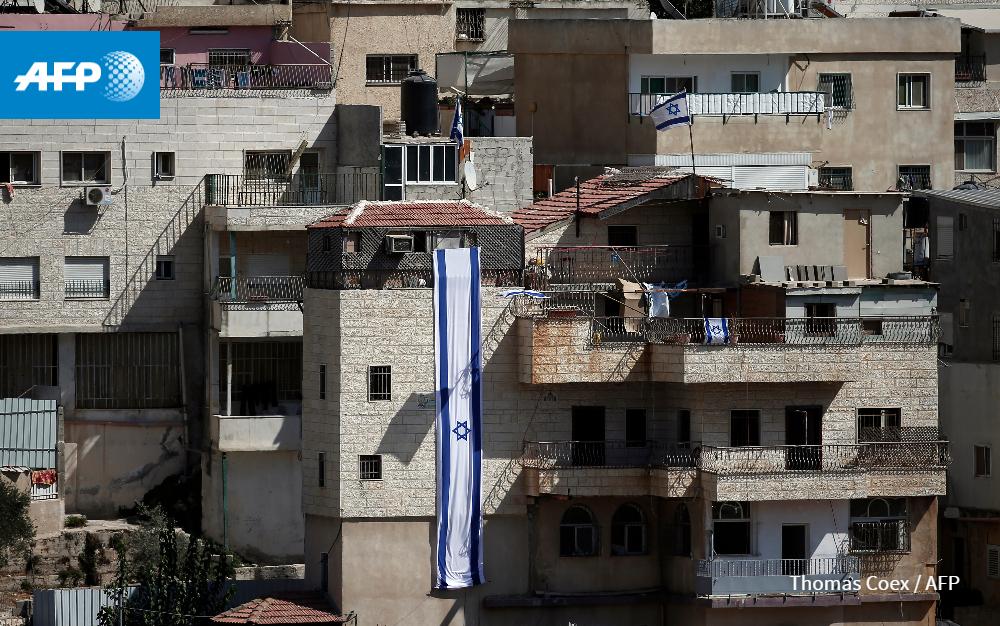
Israeli flags on homes occupied by Israeli in the Palestinian Silwan neighbourhood in east Jerusalem. #AFP @TomCOEX: image via Aurelia BAILLY @AureliaBAILLY, 17 September 2015
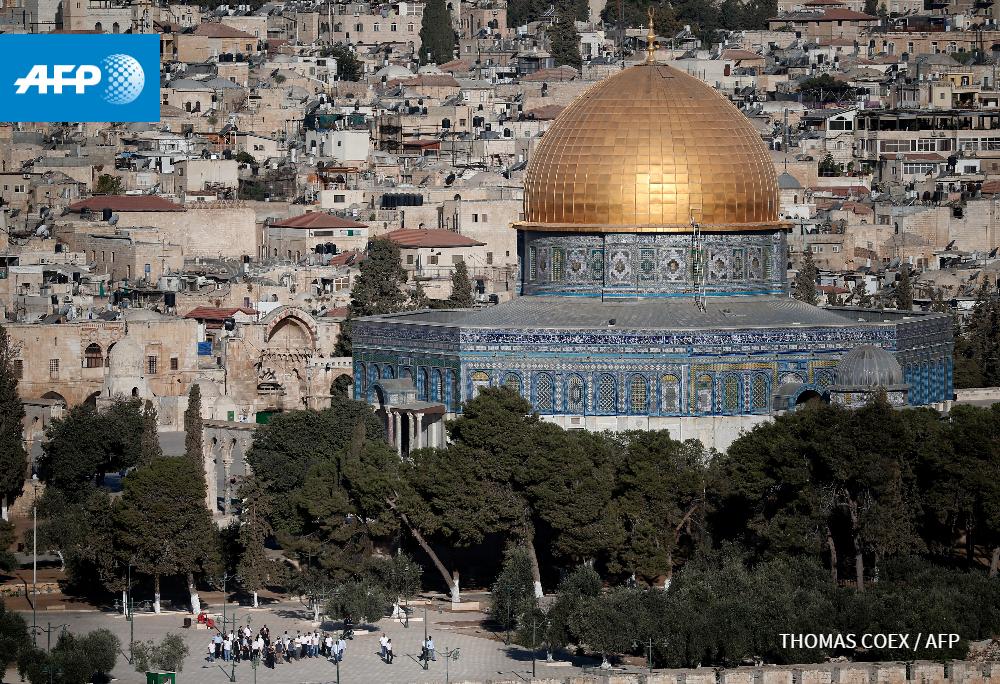
Jewish people escorted by Israeli police visit the al-Aqsa mosque compound in Jerusalem #AFP @TomCOEX: image via Aurelia BAILLY @AureliaBAILLY, 22 September 2015
![]()
![]()
![]()

Jewish people escorted by Israeli police visit the al-Aqsa mosque compound in Jerusalem #AFP @TomCOEX: image via Aurelia BAILLY @AureliaBAILLY, 22 September 2015
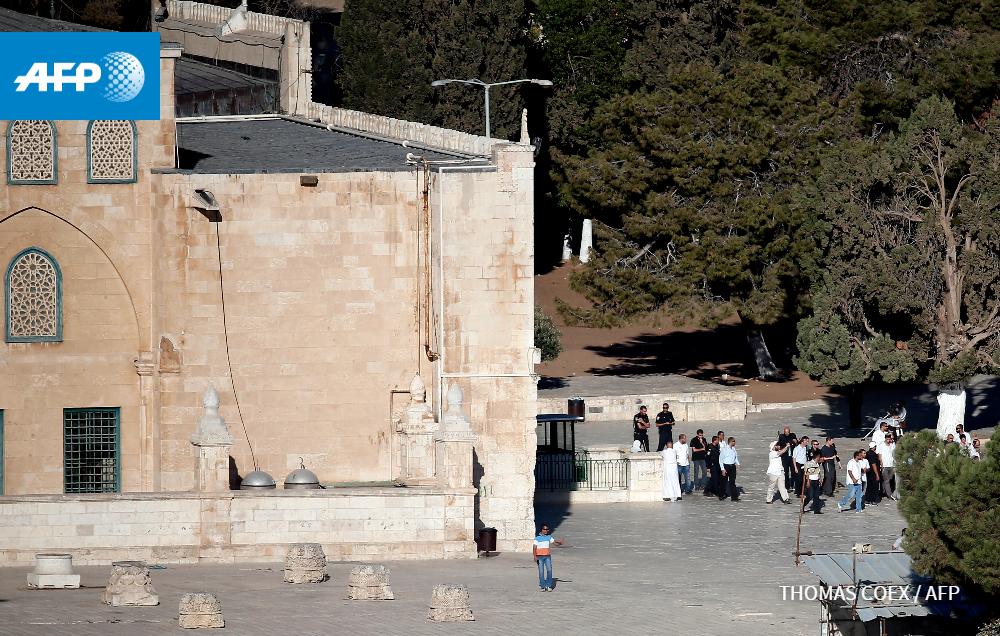
Jewish people escorted by Israeli police visit the al-Aqsa mosque compound in Jerusalem #AFP @TomCOEX: image via Aurelia BAILLY @AureliaBAILLY, 22 September 2015
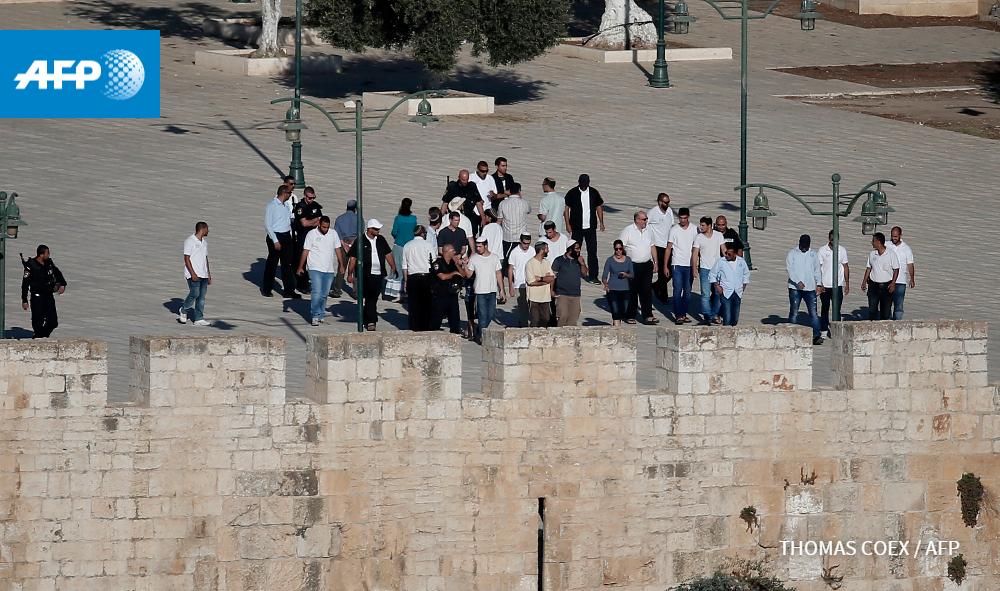
Jewish people escorted by Israeli police visit the al-Aqsa mosque compound in Jerusalem #AFP @TomCOEX: image via Aurelia BAILLY @AureliaBAILLY, 22 September 2015
Israeli security forces keep position on the roof and around the al-Aqsa mosque in Jerusalem. #AFP @TomCOEX: image via Aurelia BAILLY @AureliaBAILLY, 28 September 2015
A Palestinian man stands by a door at the Dome of the Rock mosque in Jerusalem. By @TomCOEX#AFP : image via Aurelia BAILLY @AureliaBAILLY, 29 September 2015
JERUSALEM : A Palestinian man stands by a door at the Dome of the Al-Aqsa mosque compound. By @TomCOEX#AFP : image via Frédérique Geffard @fgeffardAFP, 29 September 2015

Fierce clashes in Shu'fat. #Jerusalem #Palestine: image via Aiman @AimanofArabia, 9 October 2015

Fierce clashes in Shu'fat. #Jerusalem #Palestine: image via Aiman @AimanofArabia, 9 October 2015
Irony: extreme right Kahanists shout "Arabs r sons of whores" shouting by "museum of tolerance" location #Jerusalem: image via Seth Frantzman @sfrantzman, 8 October 2015
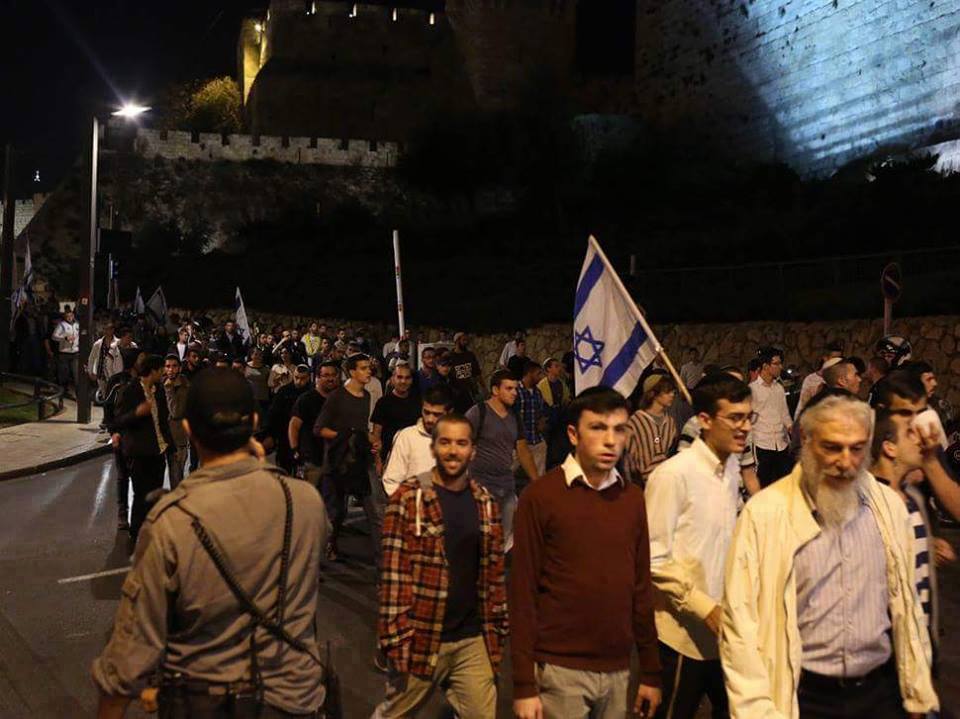
March for Zionist Settlers near the Wailing Wall in #Jerusalem calling for killing Palestinians.. #IsraeliTerrorism: image via Said Shoaib / Gaza @saidshouib, 9 October 2015
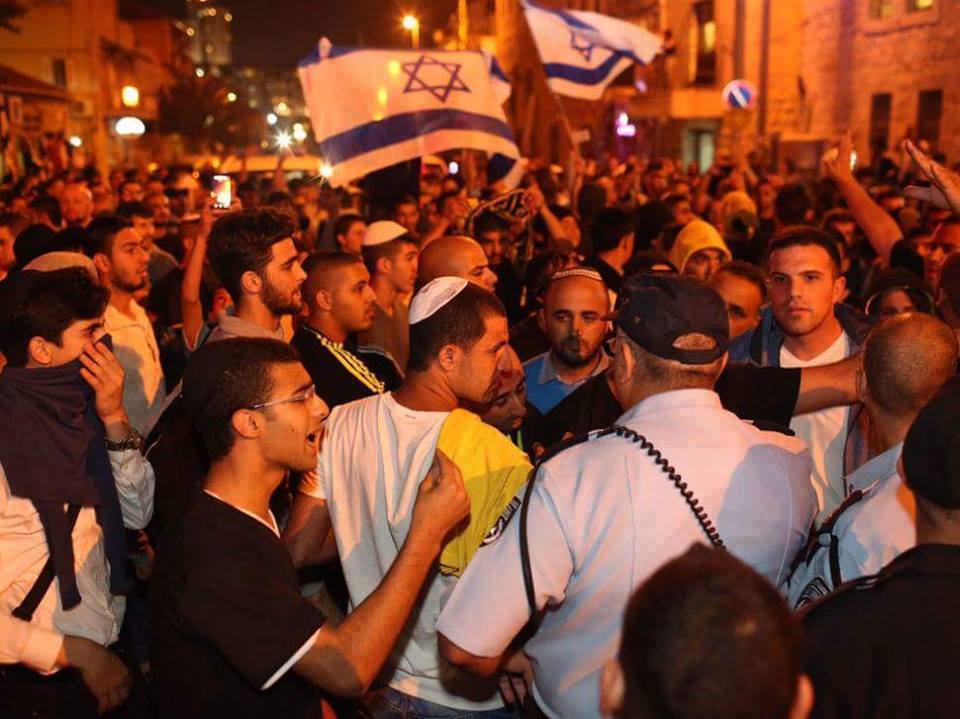
March for Zionist Settlers near the Wailing Wall in #Jerusalem calling for killing Palestinians.. #IsraeliTerrorism: image via Said Shoaib / Gaza @saidshouib, 9 October 2015
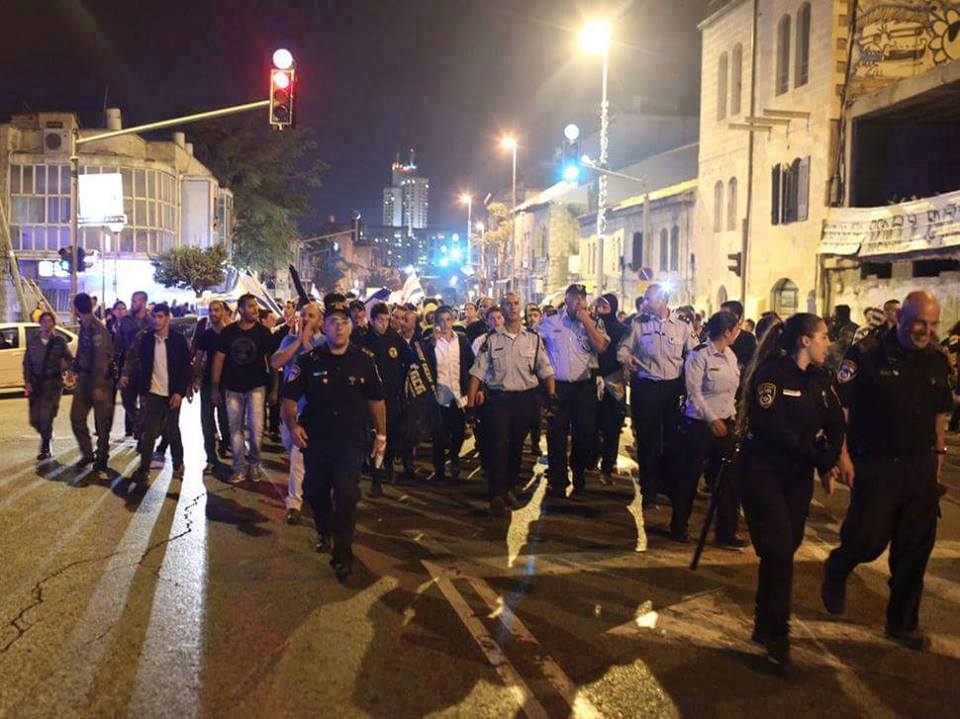
March for Zionist Settlers near the Wailing Wall in #Jerusalem calling for killing Palestinians.. #IsraeliTerrorism: image via Said Shoaib / Gaza @saidshouib, 9 October 2015
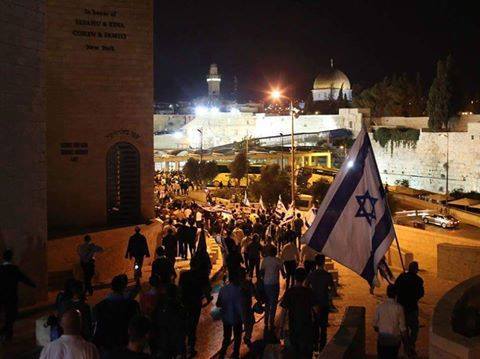
March for Zionist Settlers near the Wailing Wall in #Jerusalem calling for killing Palestinians.. #IsraeliTerrorism: image via Said Shoaib / Gaza @saidshouib, 9 October 2015
Good morning from #Jerusalem #Israel - The city of David and Solomon and the eternal Capital of Israel: image via Zvi Lando @zlando, 9 October 2015
Additional police barricades heading towards the Old City. #Jerusalem: image via Molly Hunter @mollymhunter, 9 October 2015
'We have to carry out this intifada given the recent rising number of child martyrs': image via Middle East Eye @MiddleEastEye, 9 October 2015
'We have to carry out this intifada given the recent rising number of child martyrs': image via Middle East Eye @MiddleEastEye, 9 October 2015
"Once it was possible to make peace with Israel, but now see the number of martyred children": image via Middle East Eye @MiddleEastEye, 9 October 2015
"The PA must cease all security cooperation with Israel," says Palestinian lawmaker: image via Middle East Eye @MiddleEastEye, 9 October 2015
"Settlers and their ideological allies are taking over Israel’s security services": image via Middle East Eye @MiddleEastEye, 9 October 2015
Israeli mayors call on citizens to carry guns for their own protection: Report: image via Middle East Eye @MiddleEastEye, 9 October 2015
Muslims barred from entry to Al Aqsa and Old City do Friday prayers at barricade. Heavy security today.: image via Middle East Eye @MiddleEastEye, 9 October 2015

Israeli police stand guard in the Muslim quarter of Jerusalem’s old city: photo by UPI /Landov / Barcroft Media, 8 October 2015
Good morning from the old city. I'm going to be monitoring the situation in #Jerusalem today for @AmnestyOnline.: image via Jacob Burns @JacobTBurns, 9 October 2015
A heavy police presence this morning in #Jerusalem, and access to #alAqsa is restricted to Palestinians aged 50+.: image via Jacob Burns @JacobTBurns, 9 October 2015
Haroon al Rashid st also closed off. This checkpoint just turned away a boy of about 11 from passing #Jerusalem: image via Jacob Burns @JacobTBurns, 9 October 2015
Young Palestinian in striped shirt detained at Damascus Gate checkpoint for about 10 minutes now, not sure why: image via Jacob Burns @JacobTBurns, 9 October 2015
Palestinian arrested amid a media scrum #Jerusalem: image via Jacob Burns @JacobTBurns, 9 October 2015
Police waiting in the wings...: image via Jacob Burns @JacobTBurns, 9 October 2015

Israeli police stop Palestinians from entering the Noble Sanctuary, or the Temple Mount, in Jerusalem on Friday: photo by Jim Hollander/European Pressphoto Agency via New York Times, 8 October 2015
Erich Fried: Was es ist
JERUSALEM : Palestinian demonstraters gather a pile of stones to throw towards Israeli security forces during clashes in the Palestinian neighborhood of Shuafat refugee camp in east Jerusalem, on October 9, 2015. A week of violence between Israelis and Palestinians spread to the Gaza Strip, with Israeli troops killing five people in clashes on the border and Islamist movement Hamas calling for more unrest: photo by Thomas Coex / AFP, 9 October 2015
Es ist Unsinn
sagt die Vernunft
Es ist was es ist
sagt die Liebe
sagt die Vernunft
Es ist was es ist
sagt die Liebe
Es ist Unglück
sagt die Berechnung
Es ist nichts als Schmerz
sagt die Angst
Es ist aussichtslos
sagt die Einsicht
Es ist was es ist
sagt die Liebe
sagt die Berechnung
Es ist nichts als Schmerz
sagt die Angst
Es ist aussichtslos
sagt die Einsicht
Es ist was es ist
sagt die Liebe
Es ist lächerlich
sagt der Stolz
Es ist leichtsinnig
sagt die Vorsicht
Es ist unmöglich
sagt die Erfahrung
Es ist was es ist
sagt die Liebe
sagt der Stolz
Es ist leichtsinnig
sagt die Vorsicht
Es ist unmöglich
sagt die Erfahrung
Es ist was es ist
sagt die Liebe
Erich Fried(1921-1988): Es ist was es ist, 1983
Together as ONE! #Intifada: image via Abbas Hamideh @Resistance48, 10 October 2015
what it is
it is madness
says reason
it is what it is
says love
it is unhappiness
says caution
it is nothing but pain
says fear
it has no future
says insight
it is what it is says love
it is ridiculoustranslation by Stephen Mitchell
says pride
it is foolish
says caution
it is impossible
says experience
it is what it is says love
La Intifada 2.0 'recluta' a las mujeres Foto: @TomCOEX / @AFPphoto: image via El Mundo Fotografia @ElMundoFoto, 8 October 2015
Funeral in Gaza

Funeral procession for Mohannad Halabi in Al-Bireh. #Gaza: image via Aiman @AimanofArabia, 9 October 2015

Funeral procession for Mohannad Halabi in Al-Bireh. #Gaza: image via Aiman @AimanofArabia, 9 October 2015

Funeral procession for Mohannad Halabi in Al-Bireh. #Gaza: image via Aiman @AimanofArabia, 9 October 2015

Funeral procession for Mohannad Halabi in Al-Bireh. #Gaza: image via Aiman @AimanofArabia, 9 October 2015
One of the biggest funeral processions in Palestinian history. Martyr, #MuhannadHalabi #Palestine #Intifada: image via Abbas Hamideh @Resistance48, 10 October 2015
Attack on our women @#AlAqsa isn't just on our holy shrines, but on our mothers, sisters - Muhannad Halabi #Intifada: image via Abbas Hamideh @Resistance48, 10 October 2015
Gaza: Indiscriminate firing at the border
Israeli-Palestinian violence reaches #Gaza as troops shot and killed six protesters: image via Al Arabiya English @Al Arabiya_Eng, 10 October 201
Five killed in #Gaza as Israeli-Palestinian violence fuels talk of a new uprising: image via Reuters Top News @Reuters, 9 October 2015
On their way to protest on a donkey cart today east of #Gaza fence with #Israel: image via Mohammed Omer @Mogaza, 10 October 2015
Unrest spreads to Gaza as Israeli troops kill 6 Palestinians: image via Agence France-Presse @AFP, 9 October 2015
![]()
![]()
![]()
![]()
Pray for #Gaza Israel killed 4 Palestinians in less than one hour and 10s of injuries so far Clashes still taking place: image via Dr Abu Rayan Ziara @Medo4Gaza, 9 October 2015
![]()
Pray for #Gaza Israel killed 4 Palestinians in less than one hour & 10s of injuries so far Clashes still taking place: image via Dr Abu Rayan Ziara @Medo4Gaza, 9 October 2015
![]()
Pray for #Gaza Israel killed 4 Palestinians in less than one hour and 10s of injuries so far Clashes still taking place: image via Dr Abu Rayan Ziara @Medo4Gaza, 9 October 2015
Jihad al-Ubeid, 22, passed away today after being shot by Zionist Terrorist in #Gaza yesterday: image via Abbs Winston @AbbsWinston, 10 October 2015
13-yrs old kid, one of six Palestinians killed by Israeli occupation forces today in #Gaza #SaveAlAqsa: image via Motasem A Dalloul @AbujomaaGaza, 9 October 2015
One more martyr by #Israeli_occupation forces from #Gaza.. Total becomes #seven #SaveAlAqsa: image via Motasem A Dalloul @AbujomaaGaza, 10 October 2015
The father of Ziad Sharaf, who was killed by Israeli security forces, mourns at al-Shifa hospital in #Gaza city: image via Omar Qattaa (Sniper) @OmarElQatta, 9 October 2015
![]()
6 martyrs at least in clashes with the Israeli occupation military forces in the east of #Gaza. October 09, 2015: image via El-Masri, Toufic @elmasriT, 9 October 2015
![]()
6 martyrs at least in clashes with the Israeli occupation military forces in the east of #Gaza. October 09, 2015: image via El-Masri, Toufic @elmasriT, 9 October 2015
alternative to ambulances today in #Gaza?: image via Mohammed Omer @Mogaza, 10 October 2015
I remind you, no ambulances were allowed into the south of #Gaza Strip today during Gaza youth protest ...: image via Mohammed Omer @Mogaza, 10 October 2015
Israeli-Palestinian violence reaches #Gaza as troops shot and killed six protesters: image via Al Arabiya English @Al Arabiya_Eng, 10 October 201
Five killed in #Gaza as Israeli-Palestinian violence fuels talk of a new uprising: image via Reuters Top News @Reuters, 9 October 2015
On their way to protest on a donkey cart today east of #Gaza fence with #Israel: image via Mohammed Omer @Mogaza, 10 October 2015
Unrest spreads to Gaza as Israeli troops kill 6 Palestinians: image via Agence France-Presse @AFP, 9 October 2015

Clashes between Palestinians and Israeli forces in #Gaza: image via Aiman @AimanofArabia, 9 October 2015
#Israeli Forces resort to indiscriminate firing in #Gaza, killing at least 3 Palestinians and injuring several: image via Times of Islamabad @TimesofIslamabad, 9 October 2015
#Israeli Forces resort to indiscriminate firing in #Gaza, killing at least 3 Palestinians and injuring several: image via Times of Islamabad @TimesofIslamabad, 9 October 2015

Clashes between Palestinians and Israeli forces in #Gaza: image via Aiman @AimanofArabia, 9 October 2015

Clashes between Palestinians and Israeli forces in #Gaza: image via Aiman @AimanofArabia, 9 October 2015

Pray for #Gaza Israel killed 4 Palestinians in less than one hour and 10s of injuries so far Clashes still taking place: image via Dr Abu Rayan Ziara @Medo4Gaza, 9 October 2015

Pray for #Gaza Israel killed 4 Palestinians in less than one hour & 10s of injuries so far Clashes still taking place: image via Dr Abu Rayan Ziara @Medo4Gaza, 9 October 2015

Pray for #Gaza Israel killed 4 Palestinians in less than one hour and 10s of injuries so far Clashes still taking place: image via Dr Abu Rayan Ziara @Medo4Gaza, 9 October 2015
Jihad al-Ubeid, 22, passed away today after being shot by Zionist Terrorist in #Gaza yesterday: image via Abbs Winston @AbbsWinston, 10 October 2015
13 year old Marwan Hisham Barbakh shot and killed by Israeli forces in Khan Younis. #Palestine: image via Aiman @AimanofArabia, 9 October 2015
15 year old Khaleel Omar Othman shot and killed by Israeli forces in Khan Younis. #Gaza: image via Aiman @AimanofArabia, 9 October 2015
13-yrs old kid, one of six Palestinians killed by Israeli occupation forces today in #Gaza #SaveAlAqsa: image via Motasem A Dalloul @AbujomaaGaza, 9 October 2015
One more martyr by #Israeli_occupation forces from #Gaza.. Total becomes #seven #SaveAlAqsa: image via Motasem A Dalloul @AbujomaaGaza, 10 October 2015
The father of Ziad Sharaf, who was killed by Israeli security forces, mourns at al-Shifa hospital in #Gaza city: image via Omar Qattaa (Sniper) @OmarElQatta, 9 October 2015

6 martyrs at least in clashes with the Israeli occupation military forces in the east of #Gaza. October 09, 2015: image via El-Masri, Toufic @elmasriT, 9 October 2015

6 martyrs at least in clashes with the Israeli occupation military forces in the east of #Gaza. October 09, 2015: image via El-Masri, Toufic @elmasriT, 9 October 2015
alternative to ambulances today in #Gaza?: image via Mohammed Omer @Mogaza, 10 October 2015
I remind you, no ambulances were allowed into the south of #Gaza Strip today during Gaza youth protest ...: image via Mohammed Omer @Mogaza, 10 October 2015

Clashes between Palestinians and Israeli forces in #Gaza: image via Aiman @AimanofArabia, 9 October 2015

#Gaza Number of deaths has reached 5 so far...: image via Dr. Bassel AbuWarda @DrBaselAbuwarda, 9 October 2015

At least 5 Palestinians killed, 30 wounded in heavy clashes with Israeli forces near Nahal Oz, e-#Gaza border: image via Sakir Khader @Sakirthader, 9 October 2015

At least 5 Palestinians killed, 30 wounded in heavy clashes with Israeli forces near Nahal Oz, e-#Gaza border: image via Sakir Khader @SakirKhader, 9 October 2015

At least 5 Palestinians killed, 30 wounded in heavy clashes with Israeli forces near Nahal Oz, e-#Gaza border: image via Sakir Khader @SakirKhader, 9 October 2015

At least 5 Palestinians killed, 30 wounded in heavy clashes with Israeli forces near Nahal Oz, e-#Gaza border: image via Sakir Khader @SakirKhader, 9 October 2015
Mona Mahmood has spoken to Hadeel Tareq, a 22-year-old from Gaza who said her family took part in today’s protests, where four people have reportedly been killed [the interview was before the fourth death was confirmed] after being shot by the Israel Defence Forces. Tareq said:
My family and all our neighbours took part in the demonstrations today which marched after Friday prayers. Most of the young men went on demonstrations from all the mosques in Gaza in solidarity with the West Bank and al-Aqsa mosque and toured the streets in Gaza. Then, they headed to the nearest checkpoint of the Israeli army in a district called Nahel Auz. It is a military site.
...
It was a message of protest to the Israelis in which the protesters were throwing stones at the Israeli army. There was a massive return of fire by the Israeli army, which led to the killing of three young men and 20 more injured. The ambulances are so busy in my district now transferring the victims to the hospitals in Shuja’ayia district.
The confrontations are still going on and the situation is tense. We are all in a state of alert and we expect an escalation of violence in Gaza within coming days. Last year, the war was in the West Bank but soon it reached Gaza and it was so difficult to contain it. It is not clear what the reaction will be when the martyrs are received by their families from the hospital, as most of the people are so upset now.
-- The Guardian, 9 October 2015
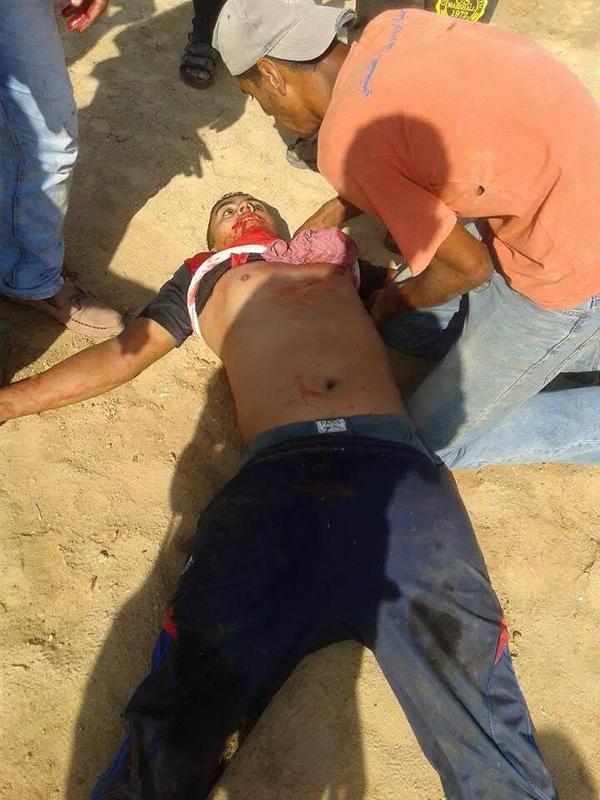
Mohammad AlRaqab, 15 y o, shot dead by #Israeli Forces at the eastern borders of #Gaza. #IntifadaAlAqsa: image via Said Shoaib / Gaza @saidshouib, 9 October 2015
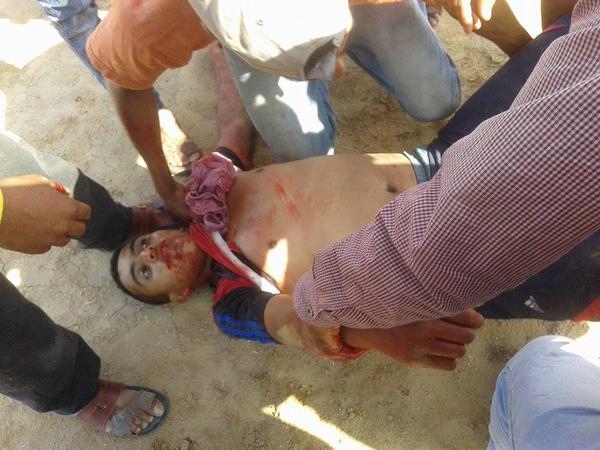
Mohammad AlRaqab, 15 y o, shot dead by #Israeli Forces at the eastern borders of #Gaza. #IntifadaAlAqsa: image via Said Shoaib / Gaza @saidshouib, 9 October 2015

UPDATE: Gaza Ministry of Health identifies 15-year-old Muhammad al-Raqeb as one of the 4 killed in #Gaza: image via Ma'an News Agency @Ma'an News Agency, 9 October 2015

UPDATE: Gaza Ministry of Health identifies 15-year-old Muhammad al-Raqeb as one of the 4 killed in #Gaza: image via Ma'an News Agency @Ma'an News Agency, 9 October 2015

UPDATE: Gaza Ministry of Health identifies 15-year-old Muhammad al-Raqeb as one of the 4 killed in #Gaza: image via Ma'an News Agency @Ma'an News Agency, 9 October 2015
Gaza stands with Jerusalem. 9 injuries reported so far in clashes with IOF east of #Gaza's Shujaiya: image via Belal Dabour - Gaza @Belalmd12, 9 October 2015
saying goodbye
Yahia Hassan says goodbye to 2-y-o daughter Rahaf, killed along w/ his pregnant wife Nur in Israeli airstrike #Gaza: image via Ben White @benabyad, 11 October 2015

2 deaths "Noor Hassan and her little child" in 1st hours of morning as a result of Israeli warplanes bombing on #Gaza: image via Dr. Bassel AbuWarda @DrBaselAbuwarda, 11 October 2015
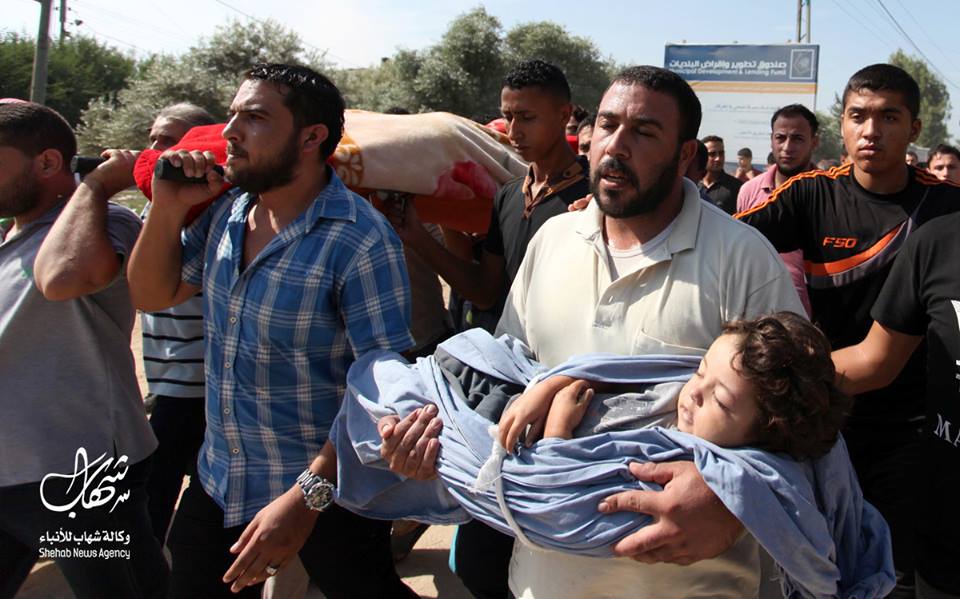
Rahaf Hassan, 3, Bombed to her death by Zionist Terrorist. Family has laid her so she can fly to the heavens #Gaza: image via Abbs Winston @ Abbs Winston, 11 October 2015
